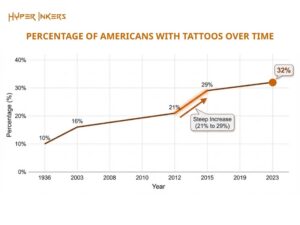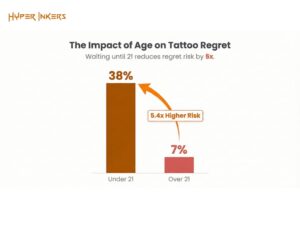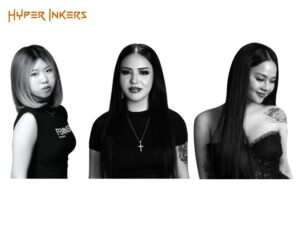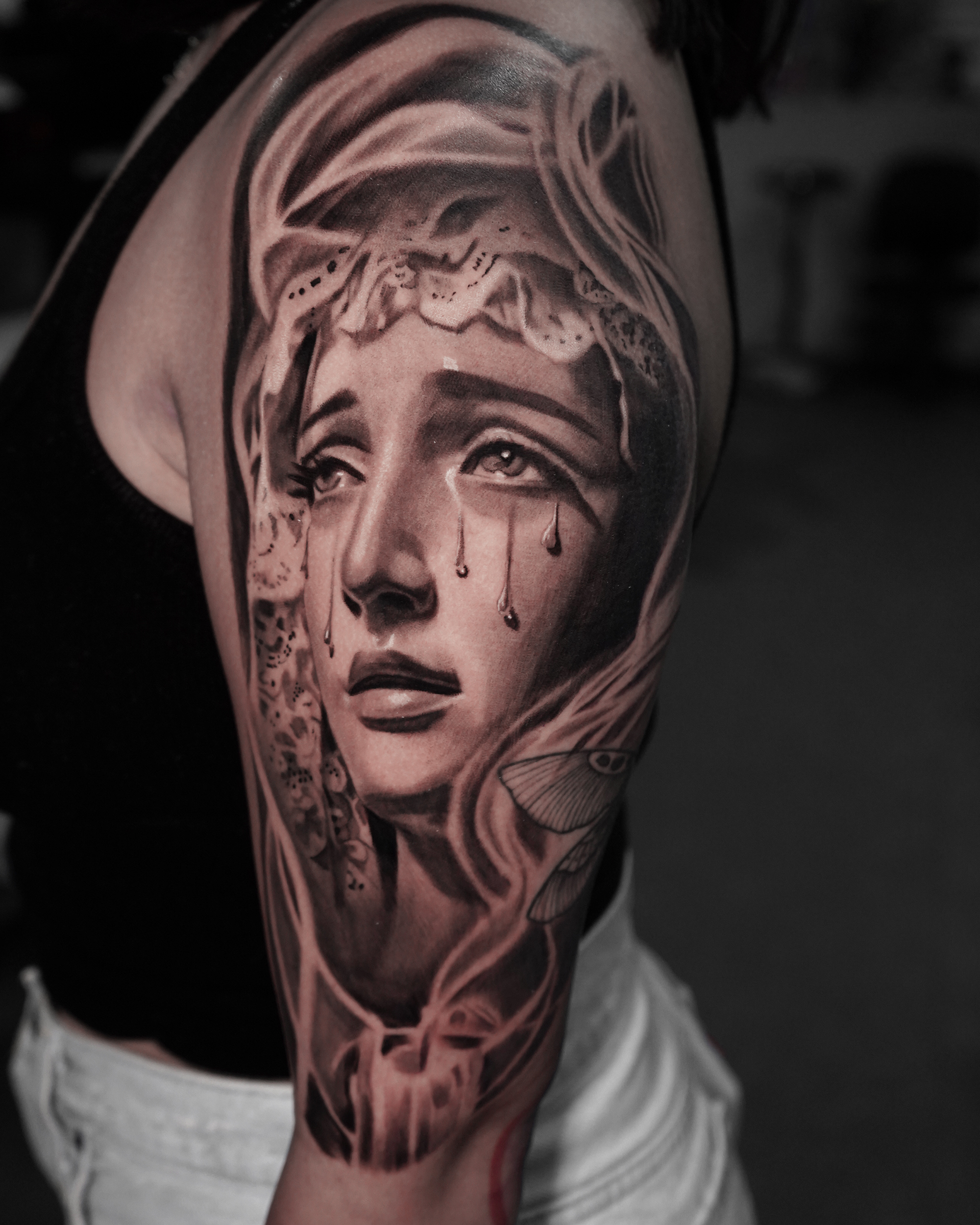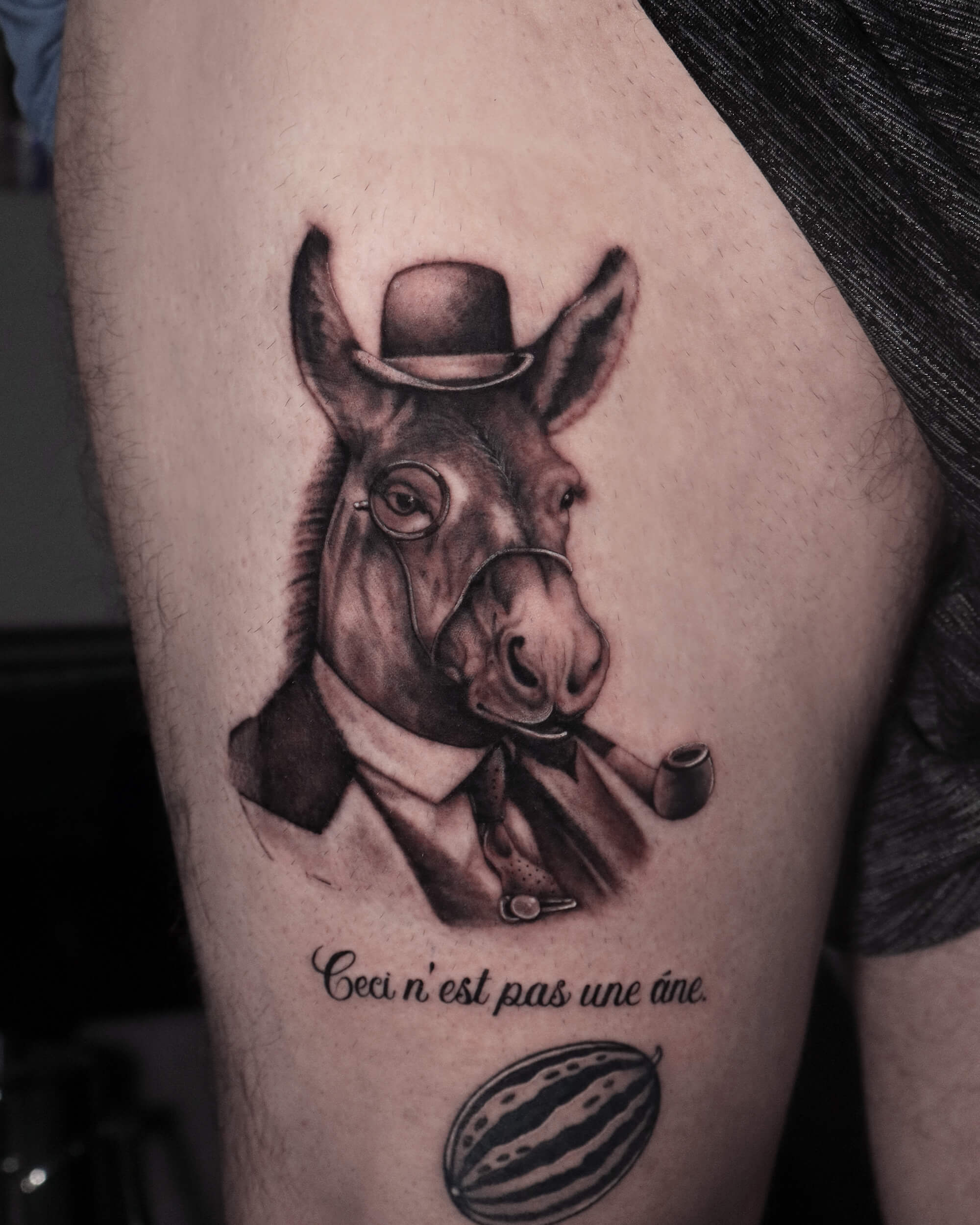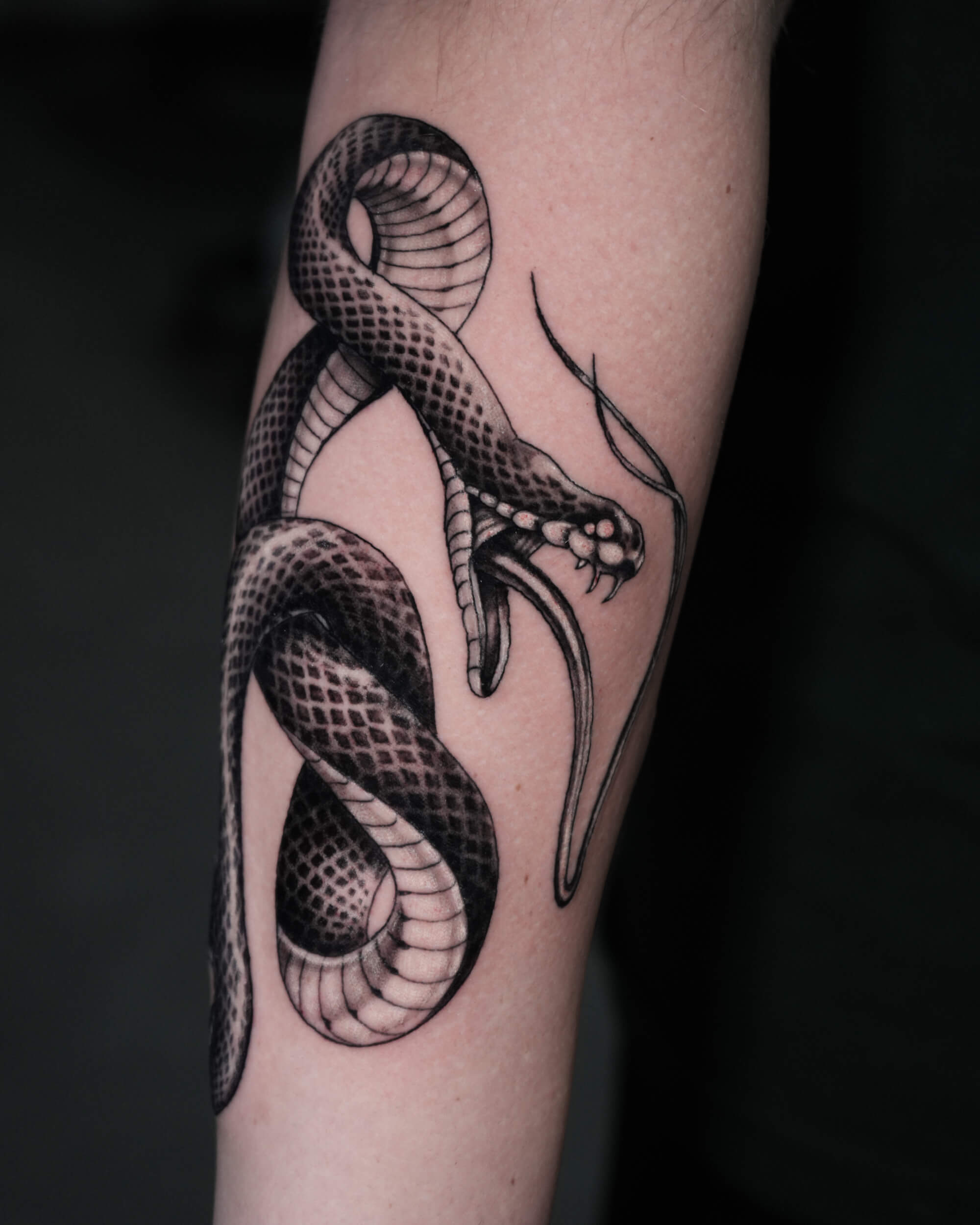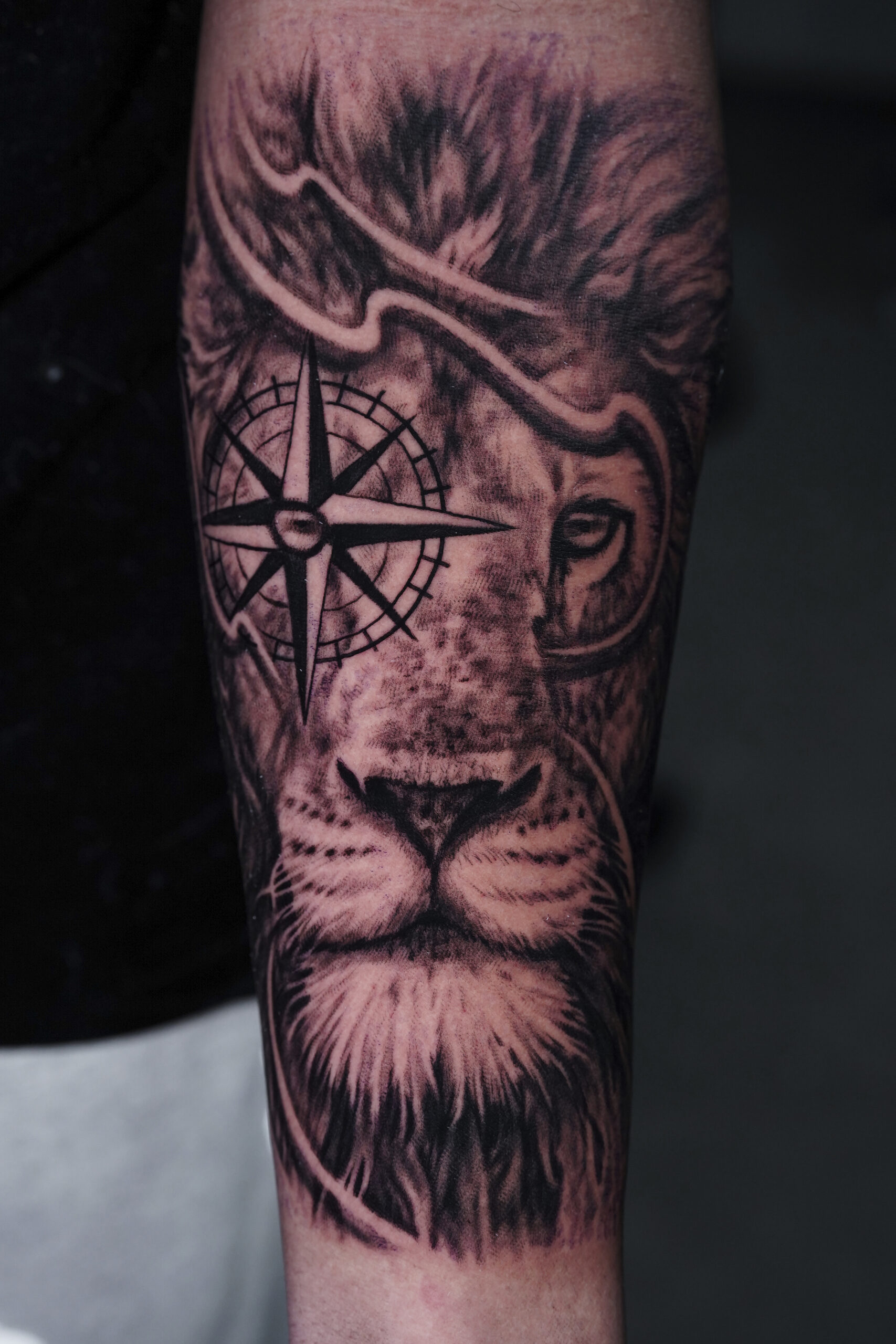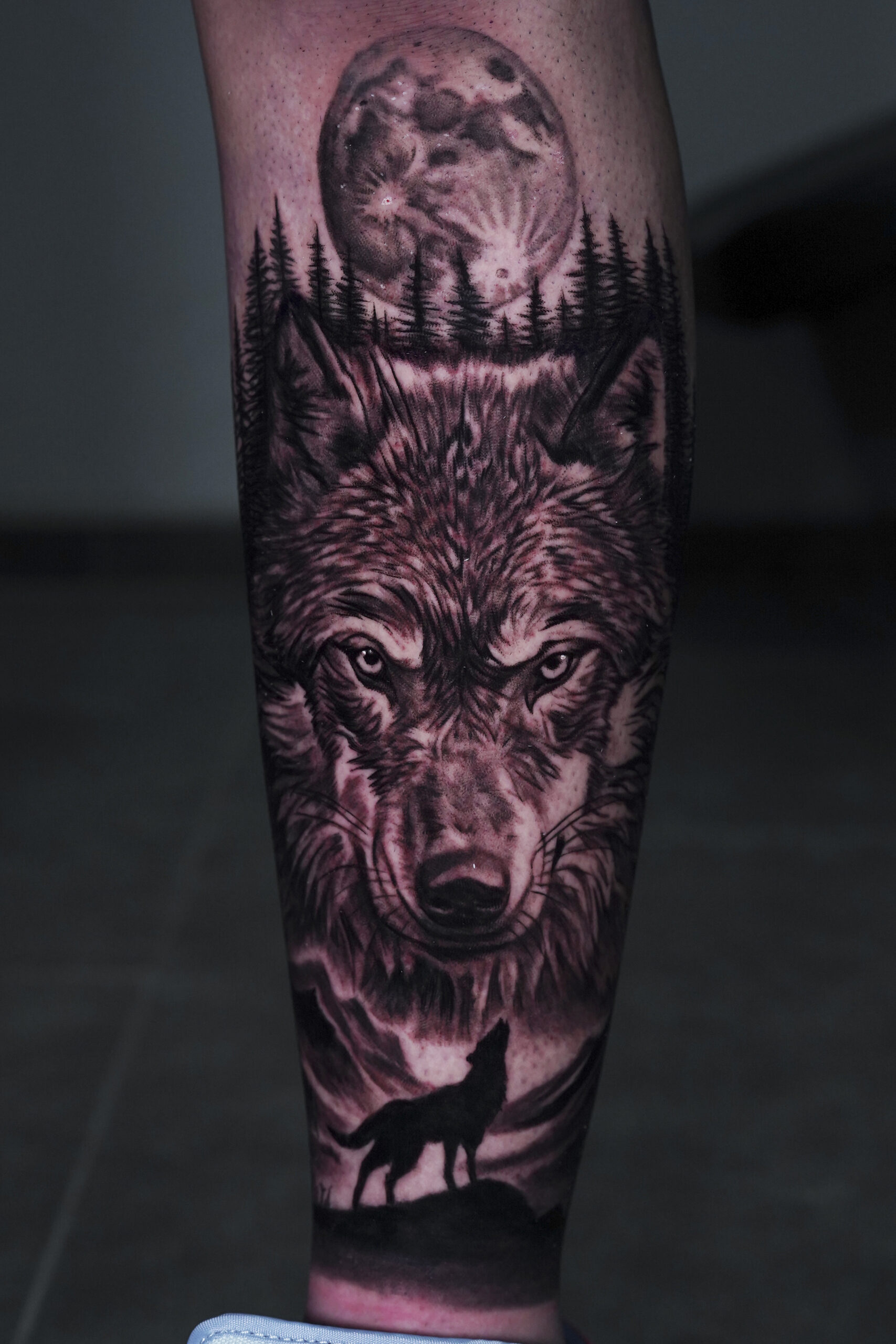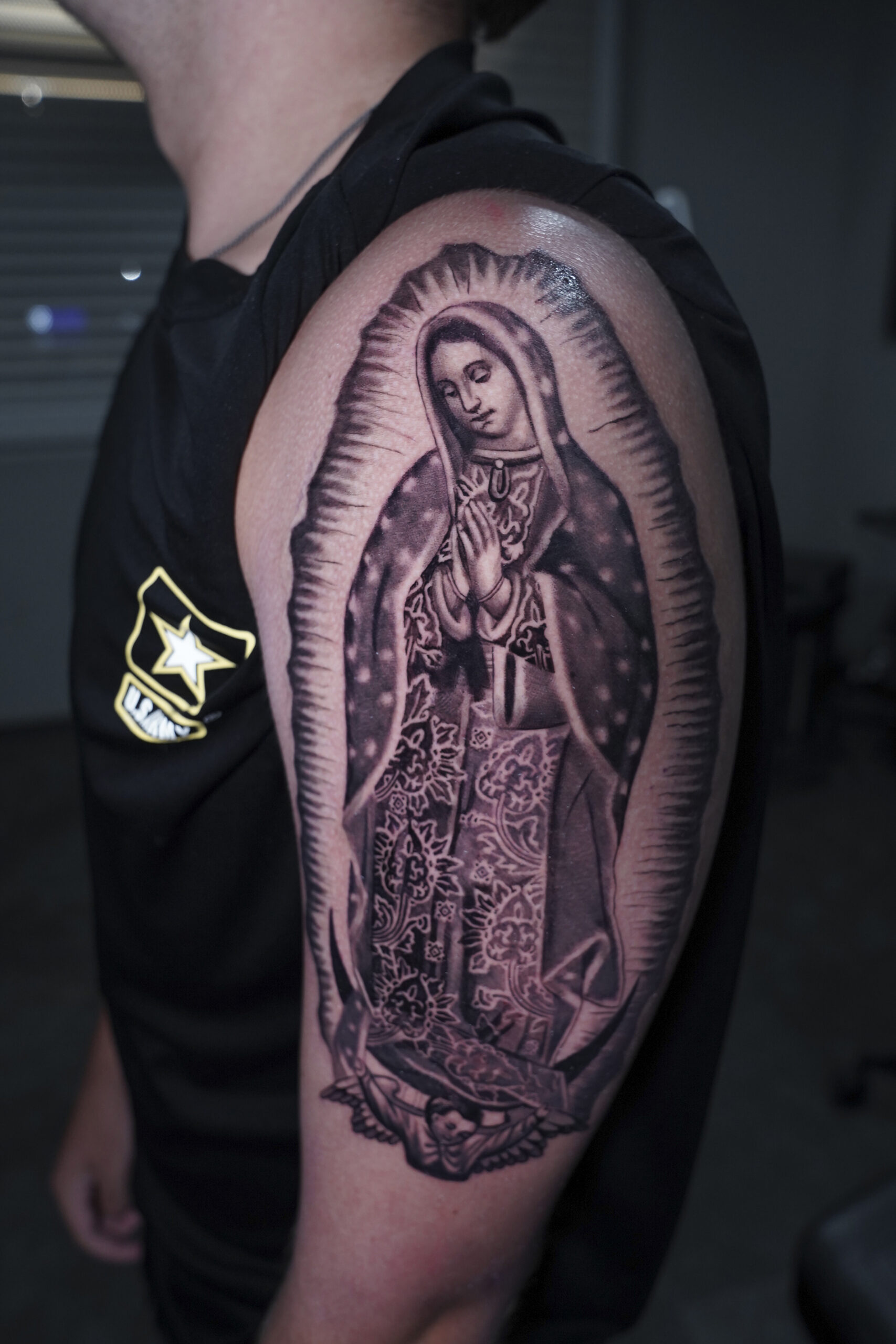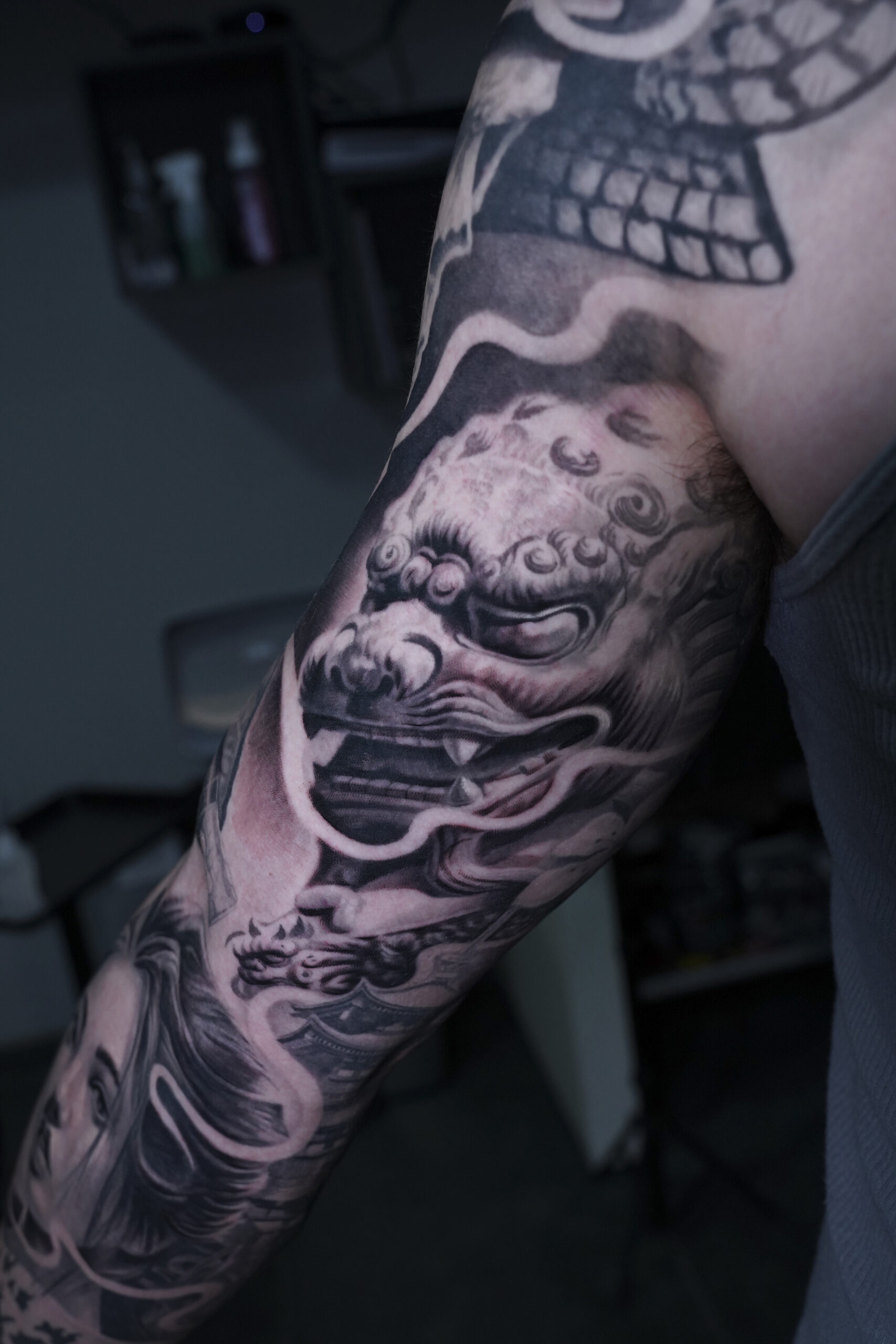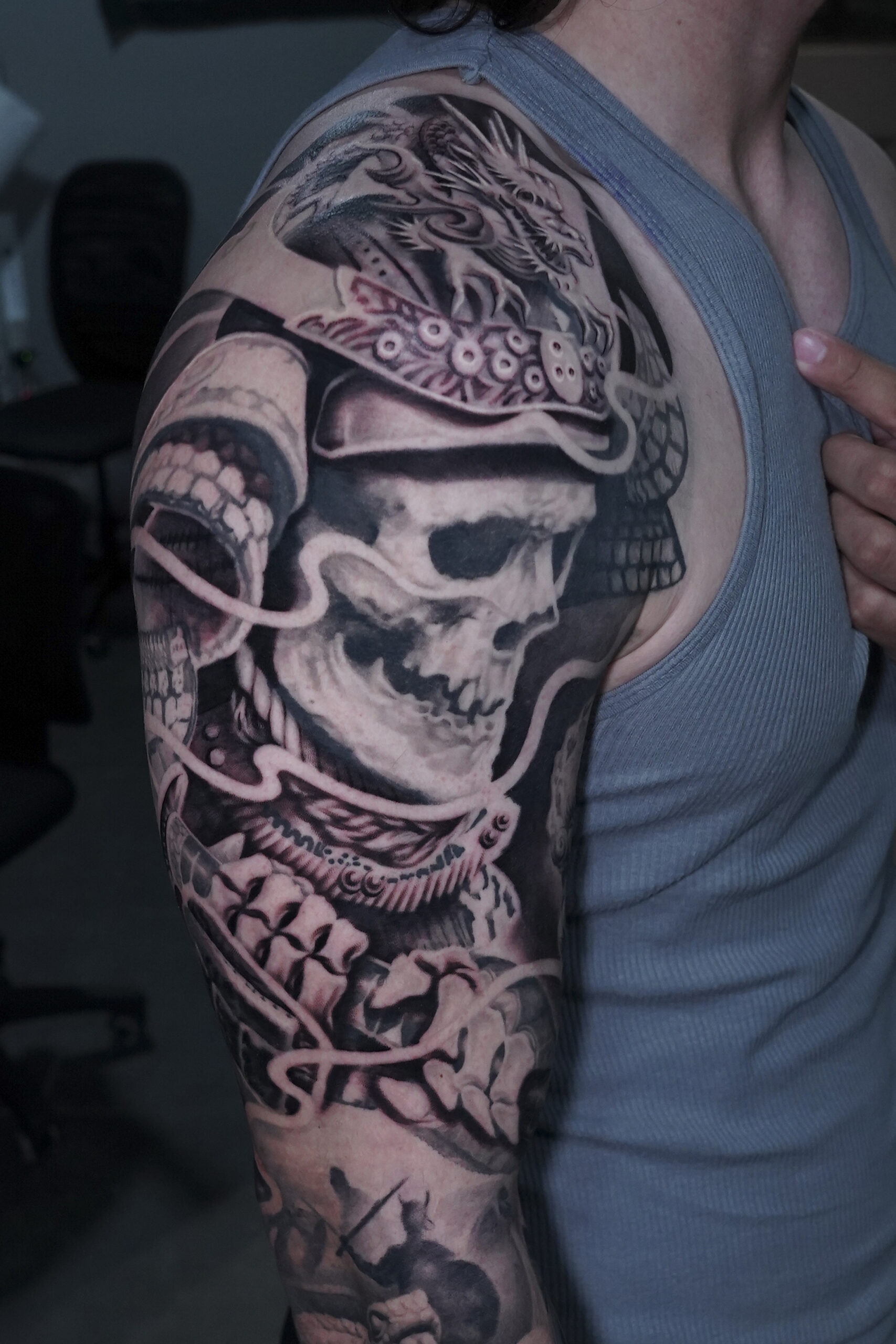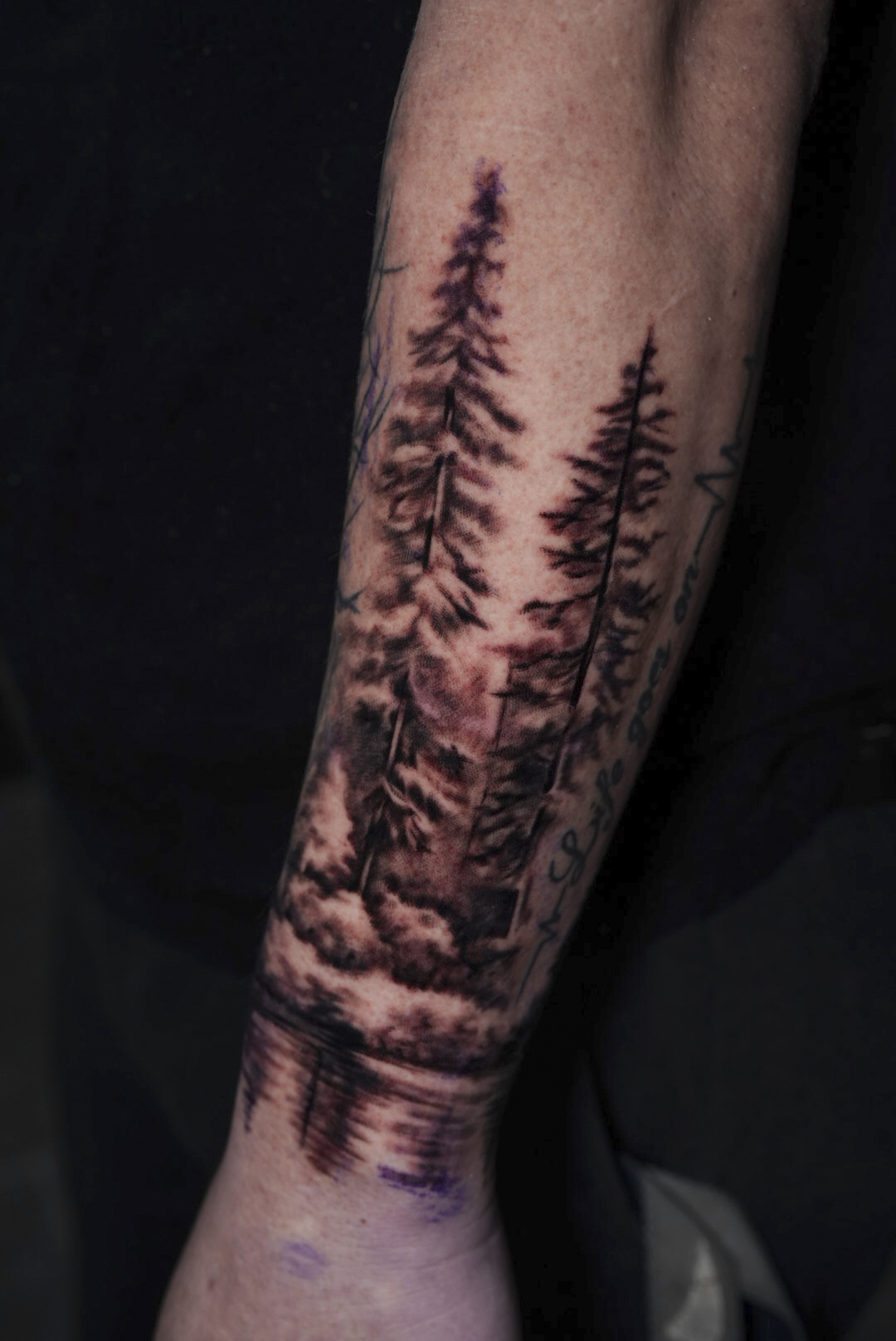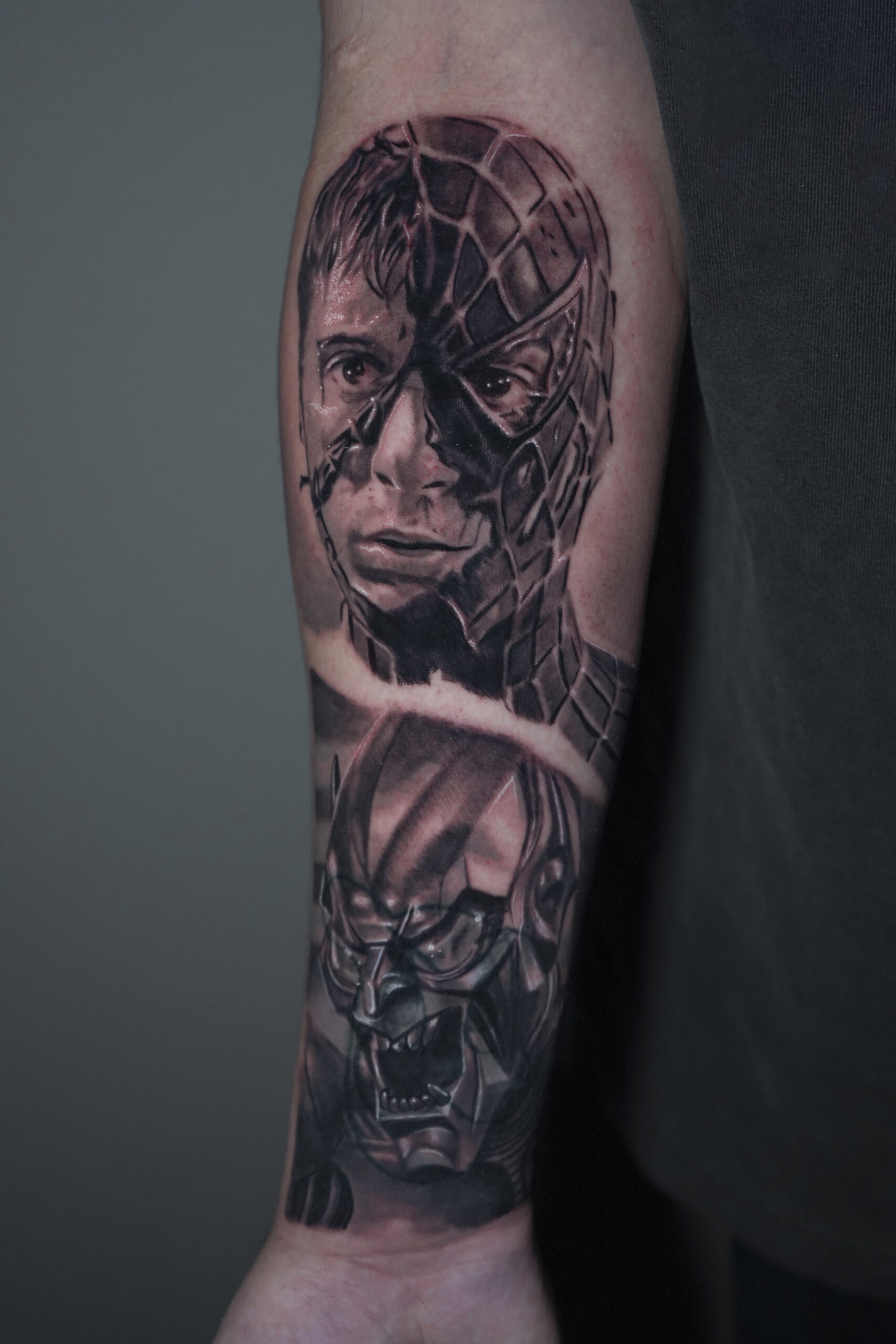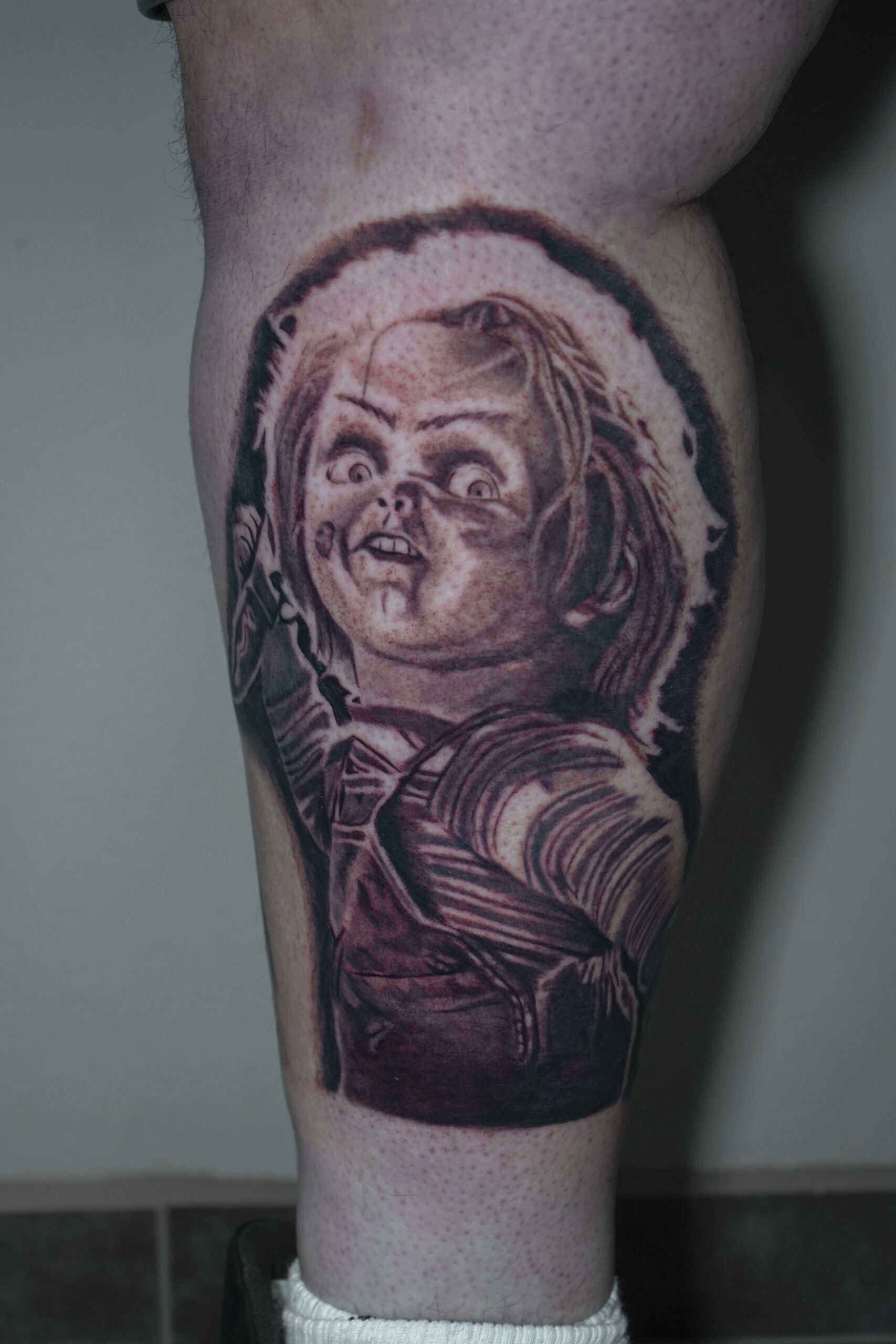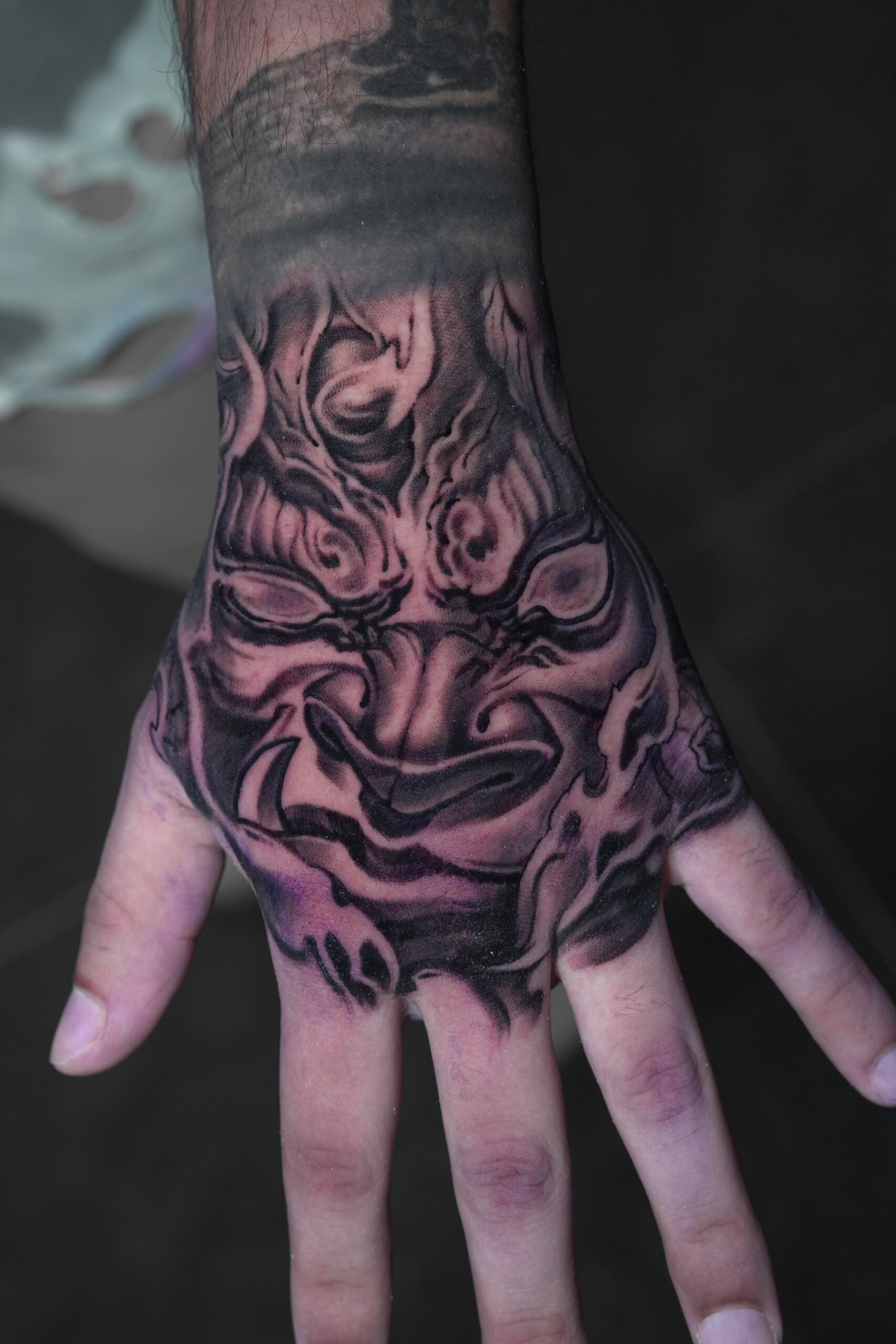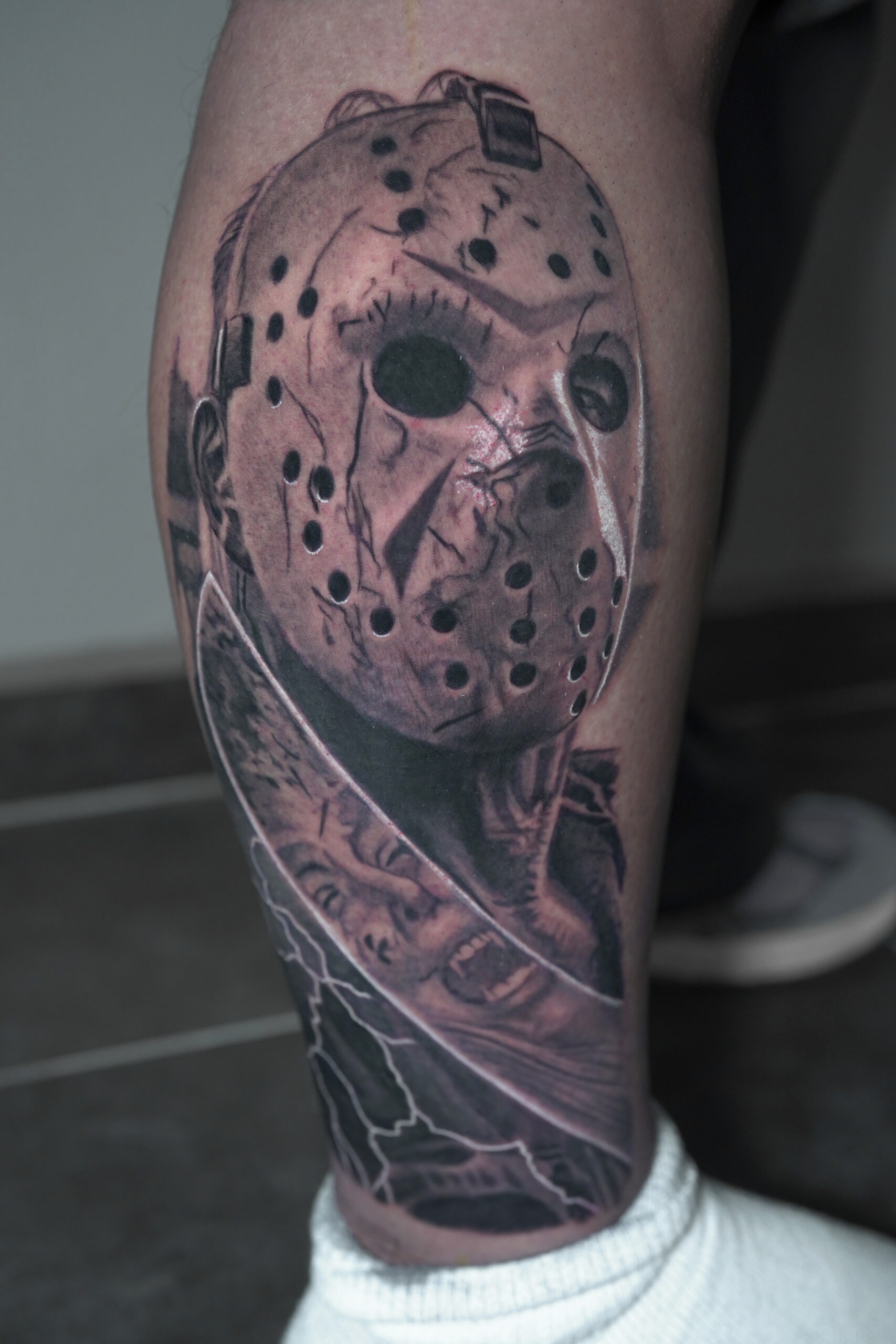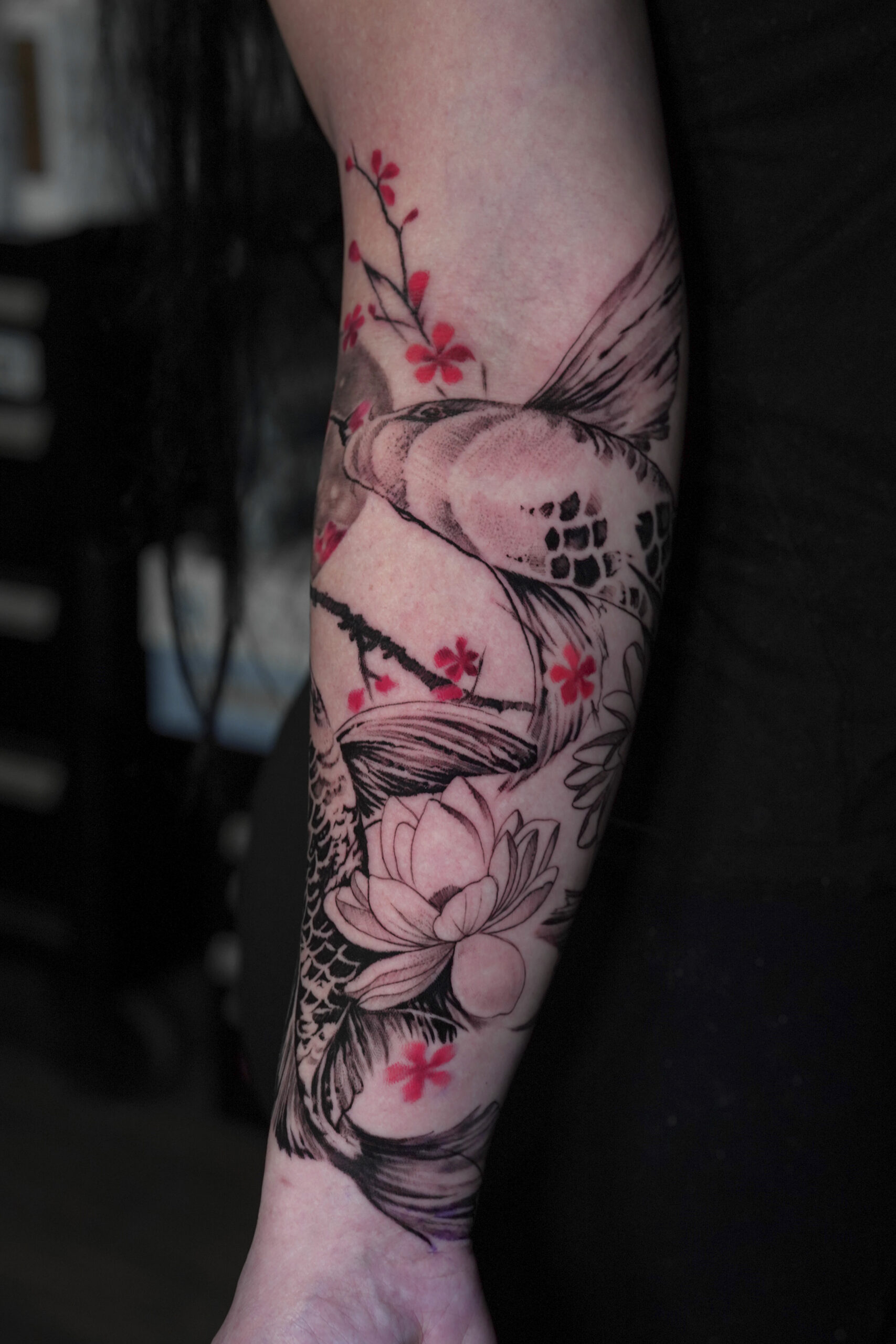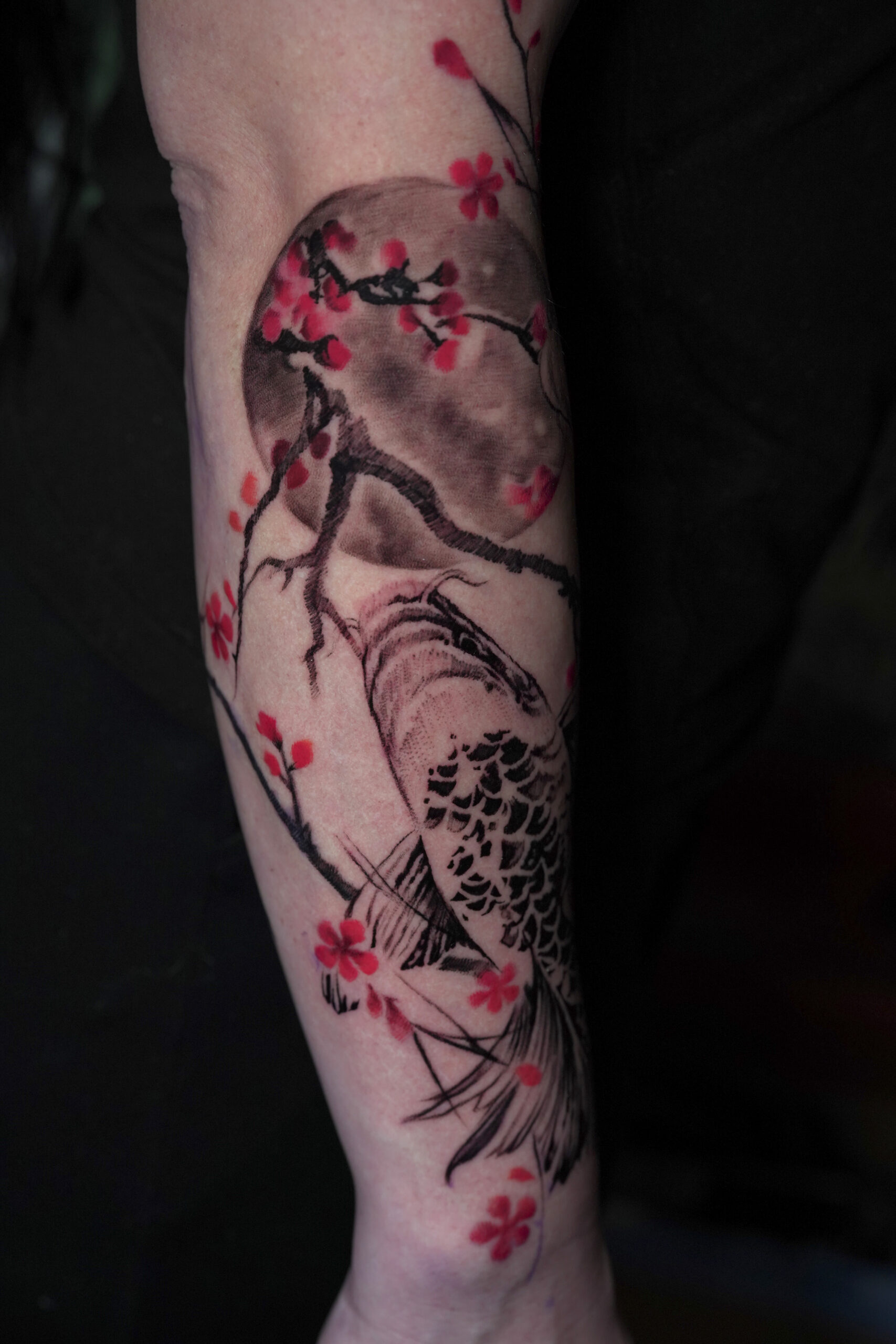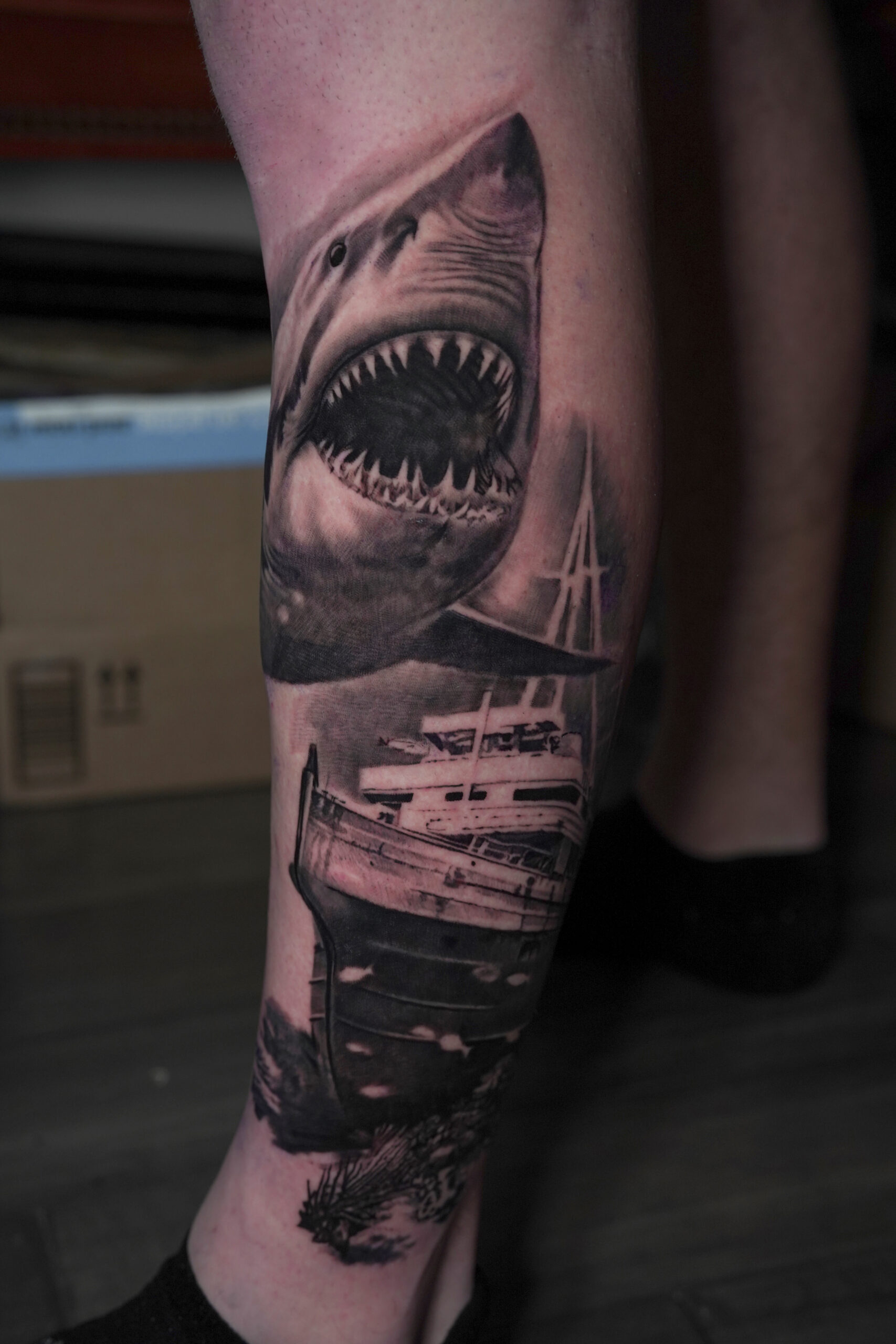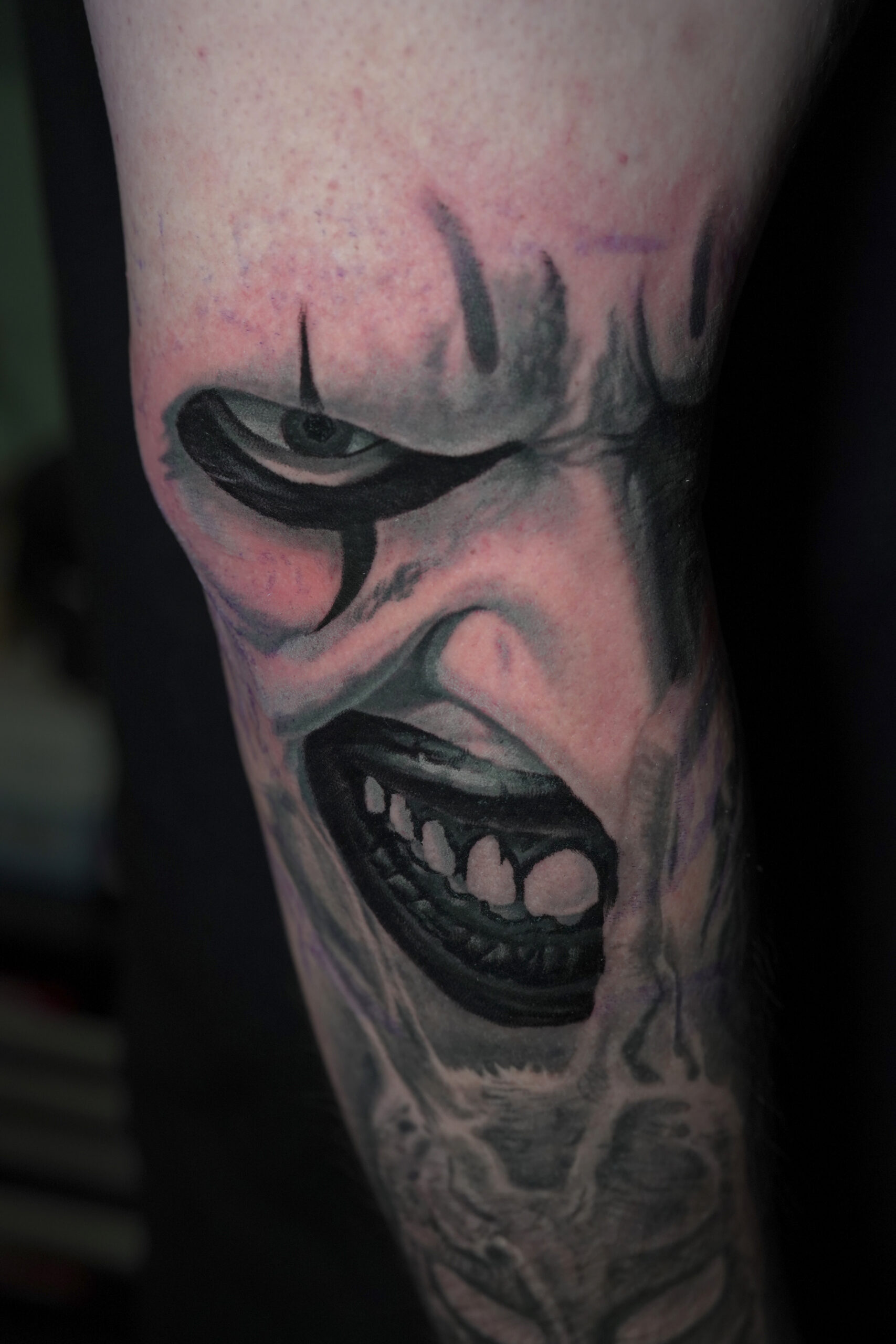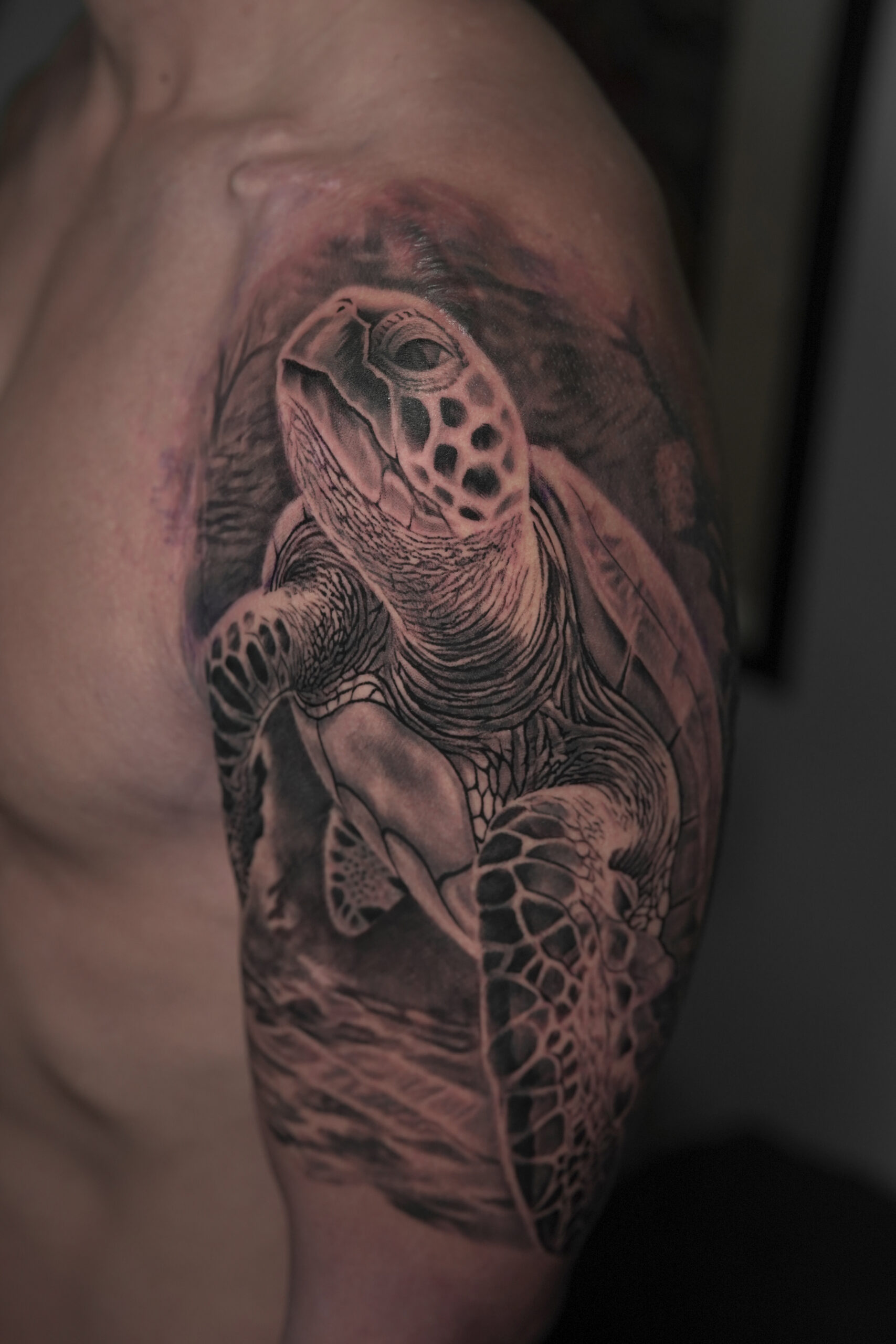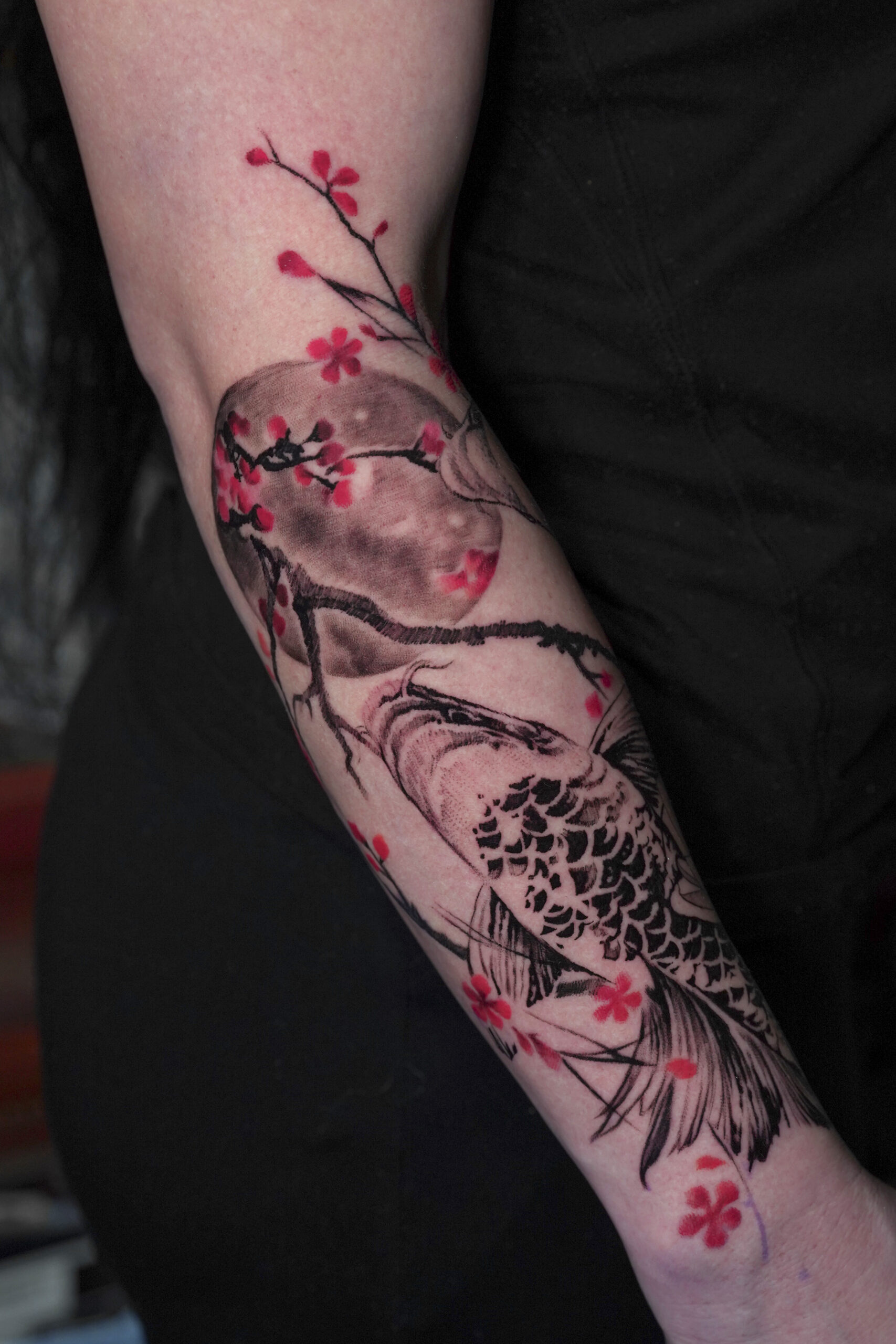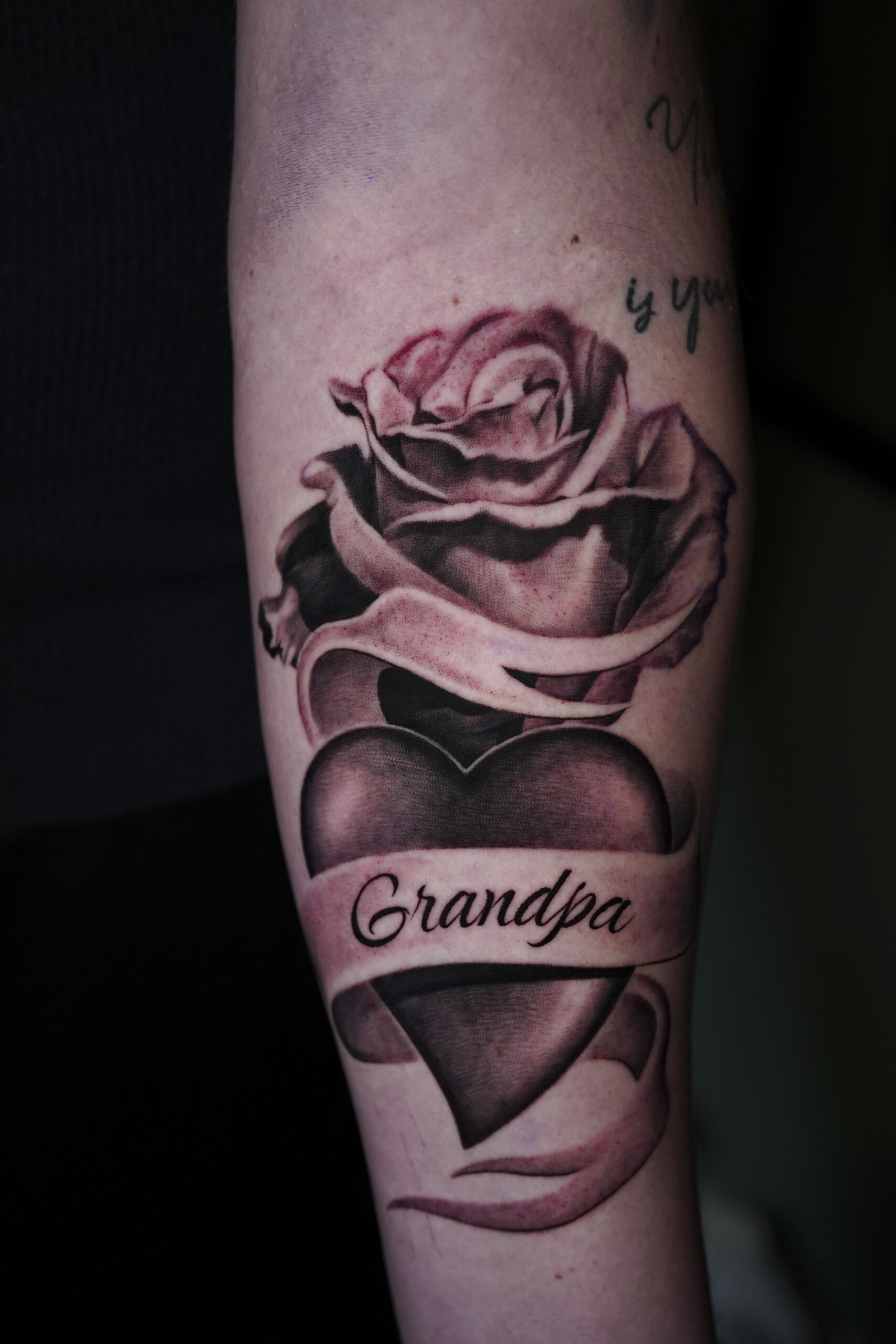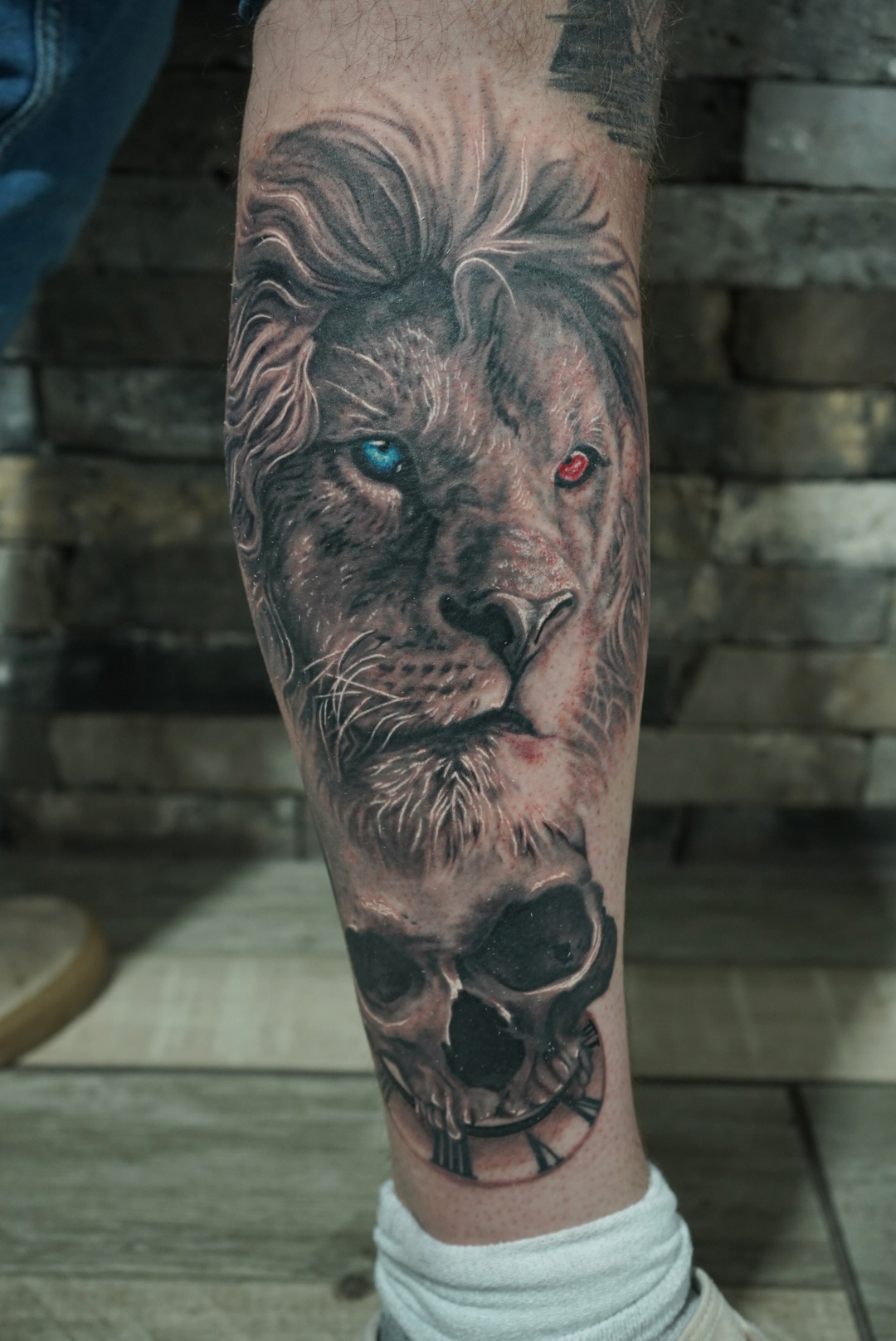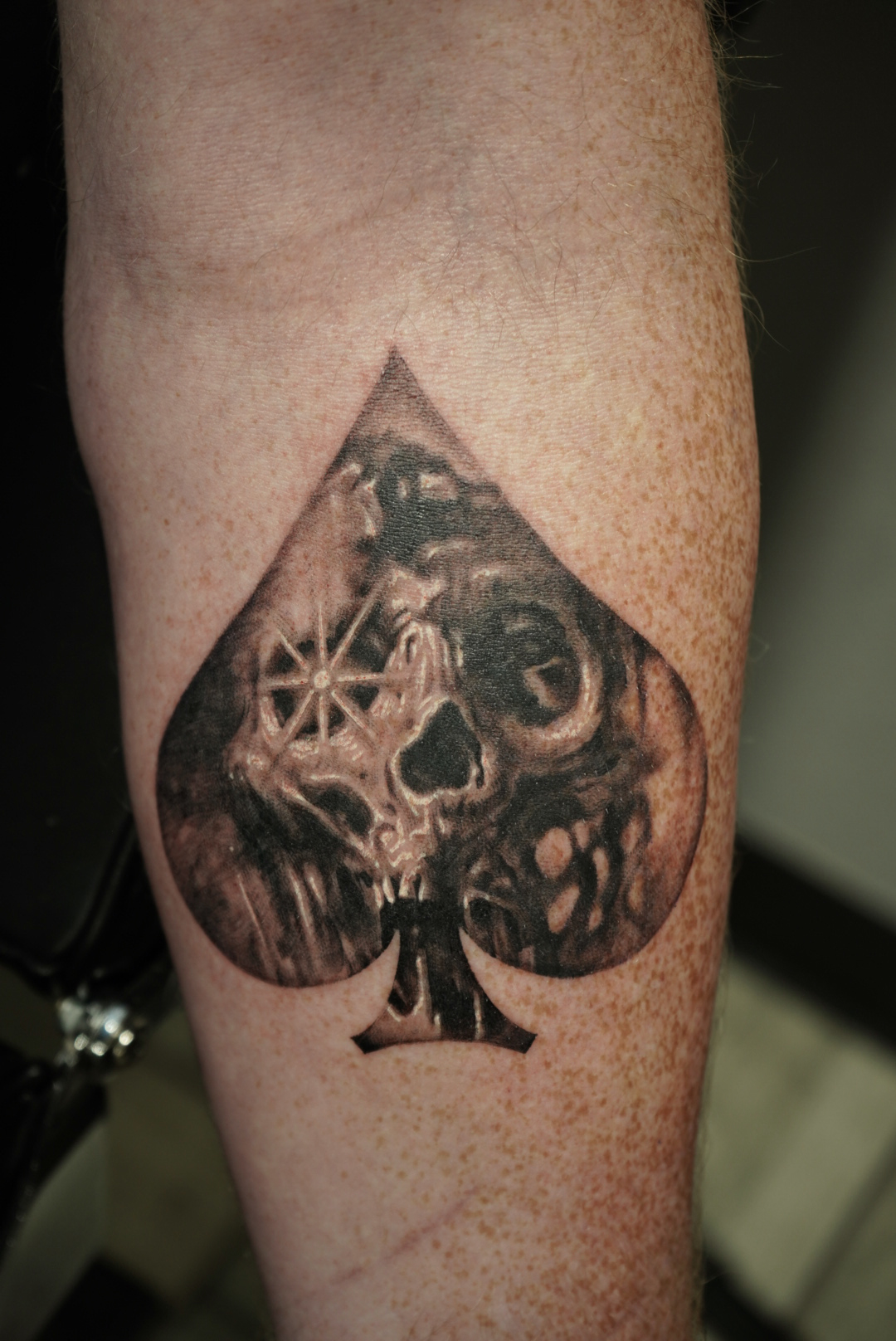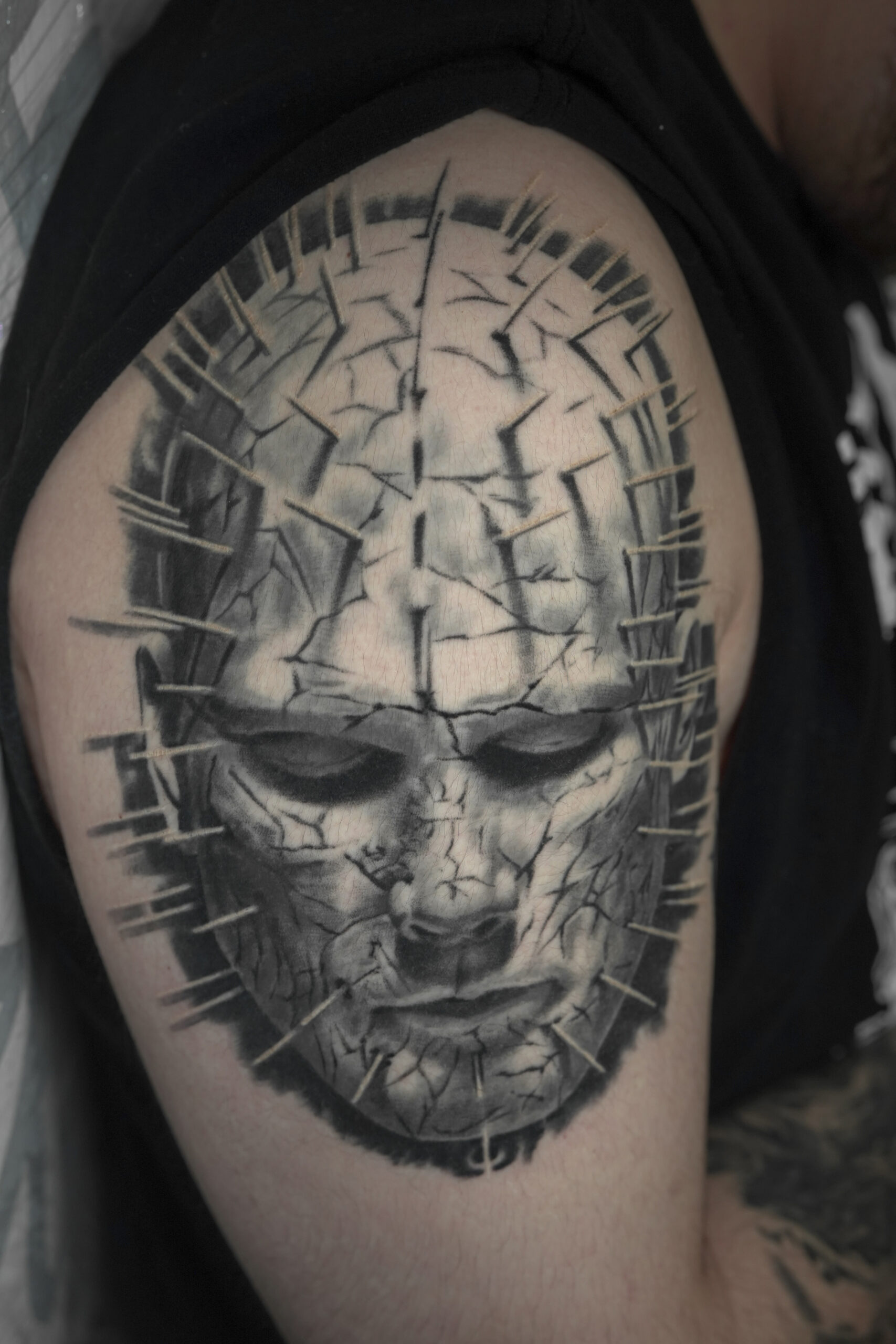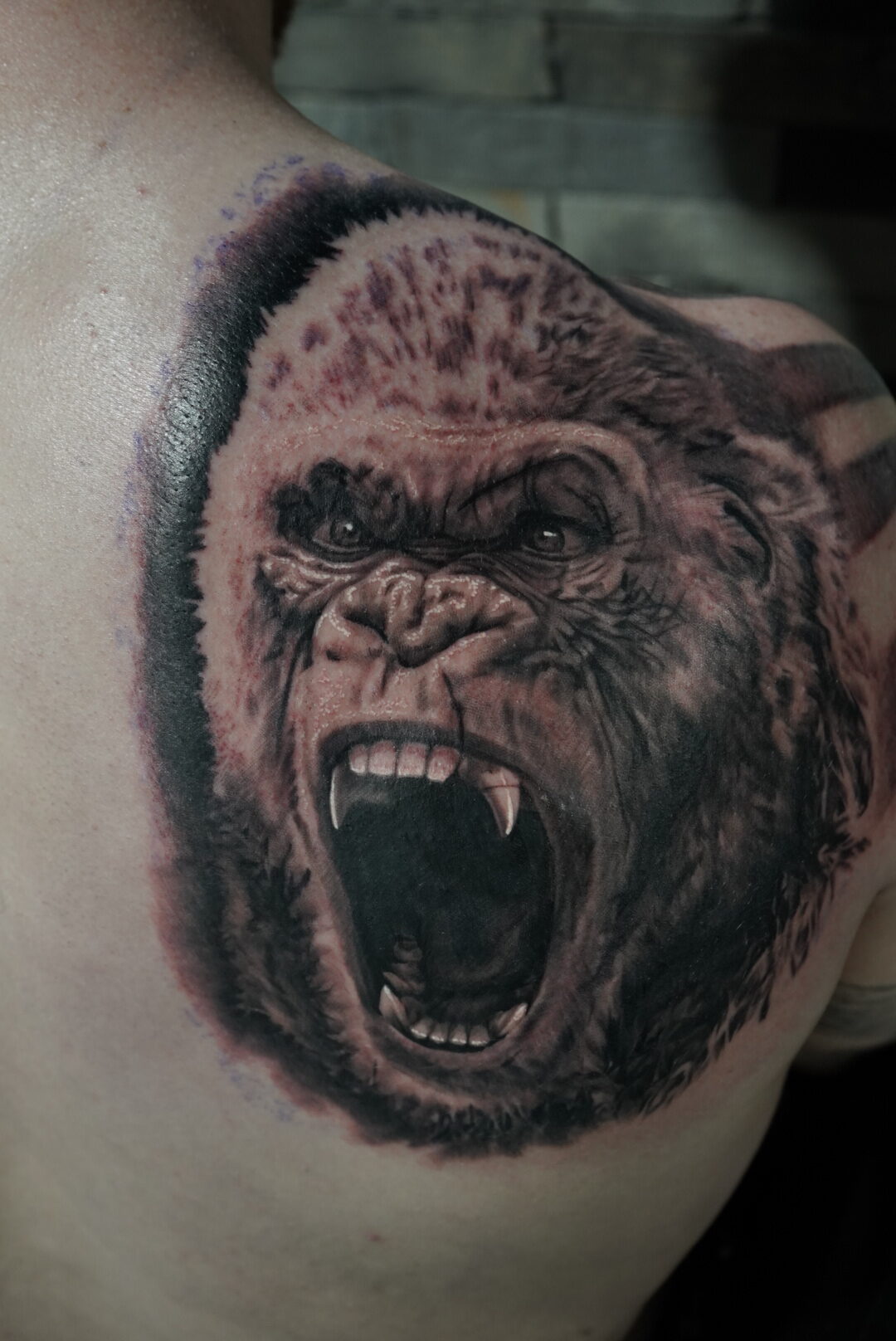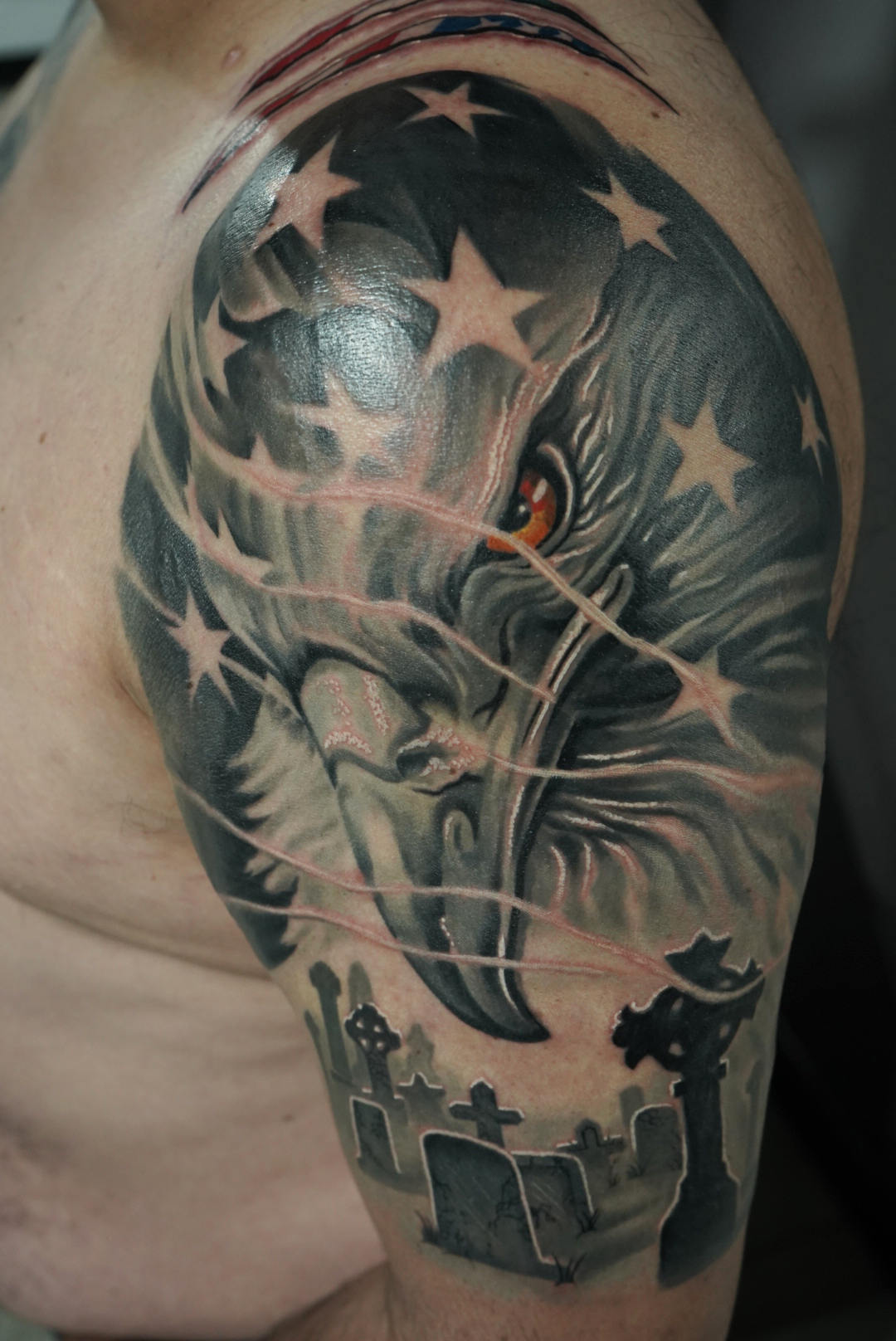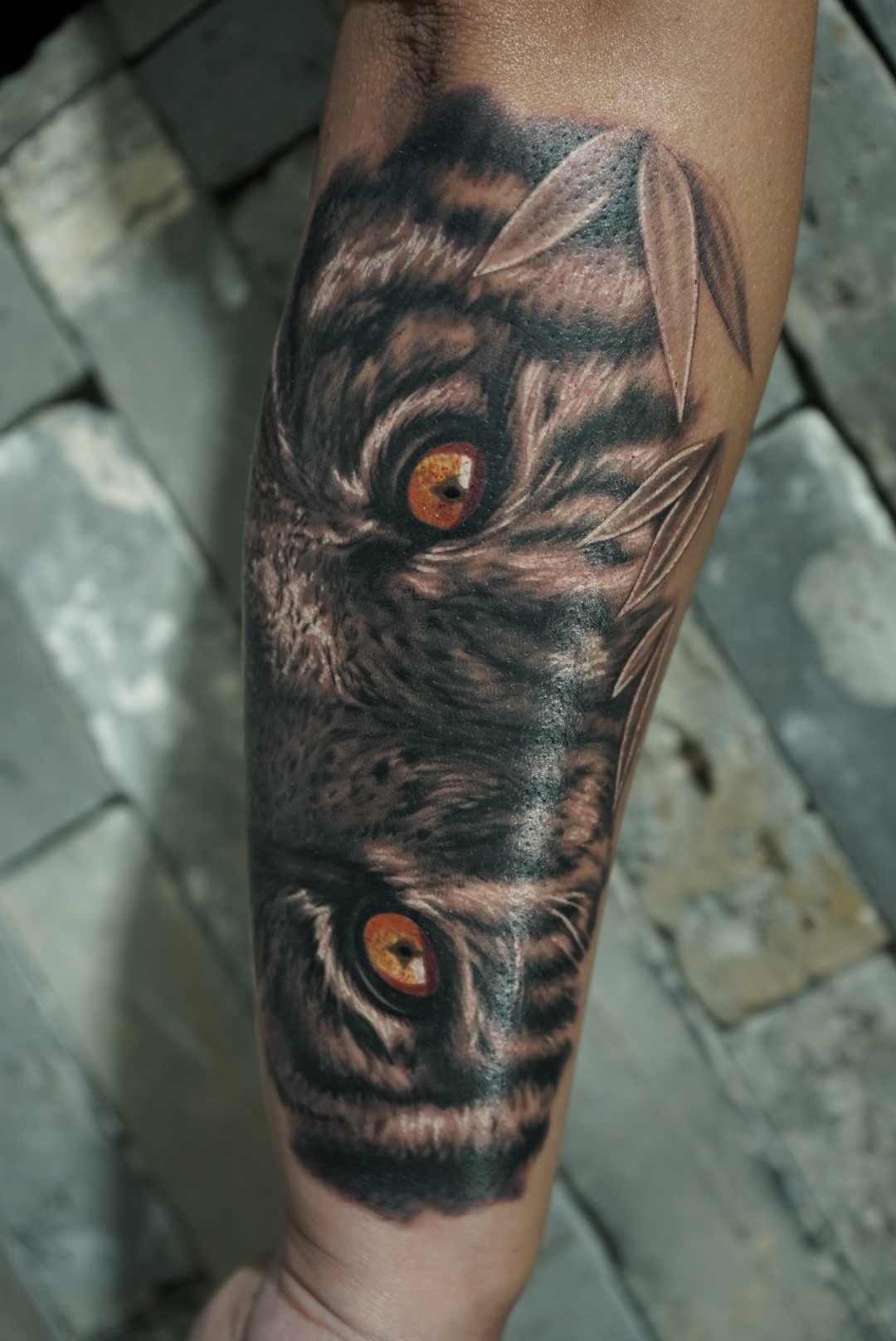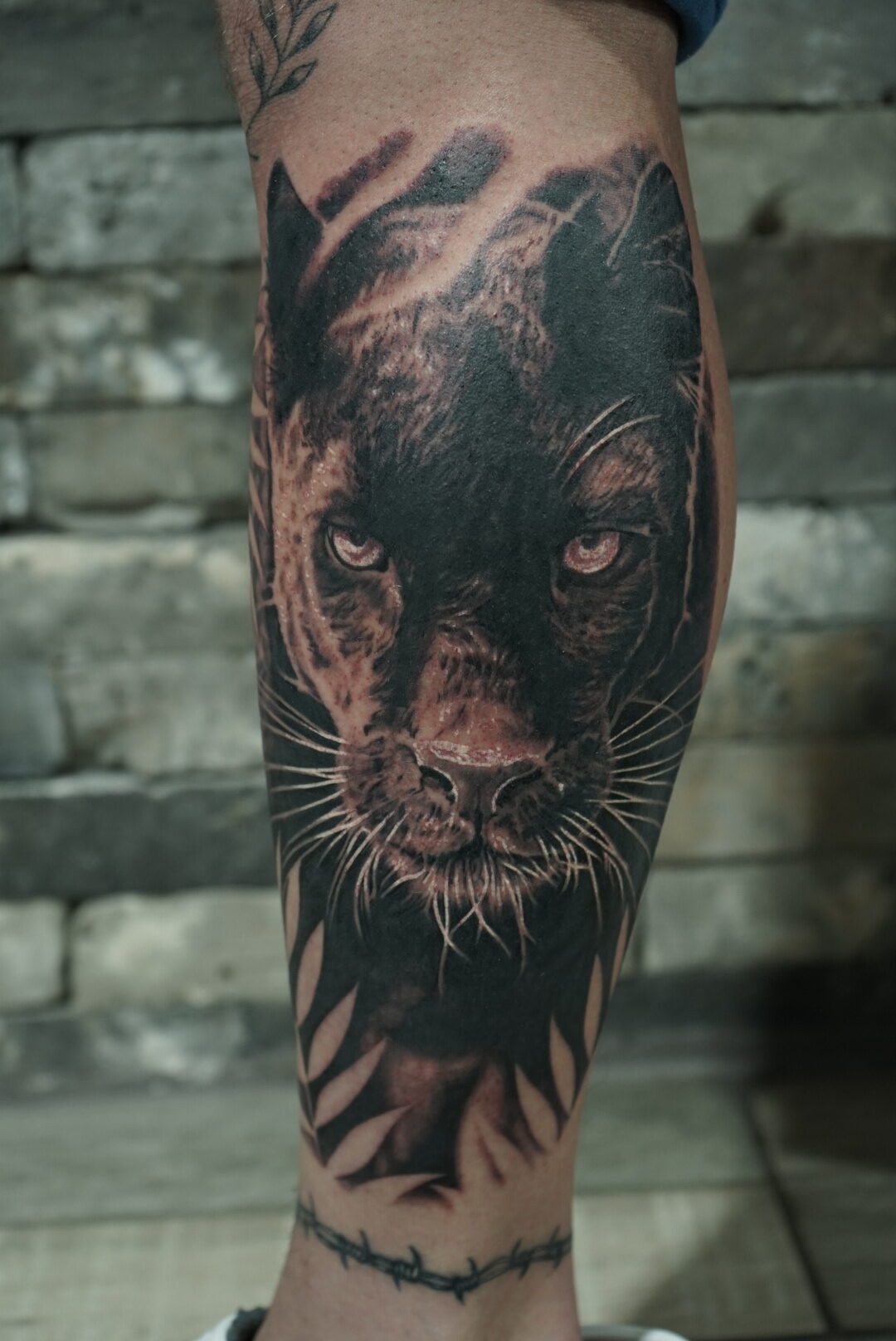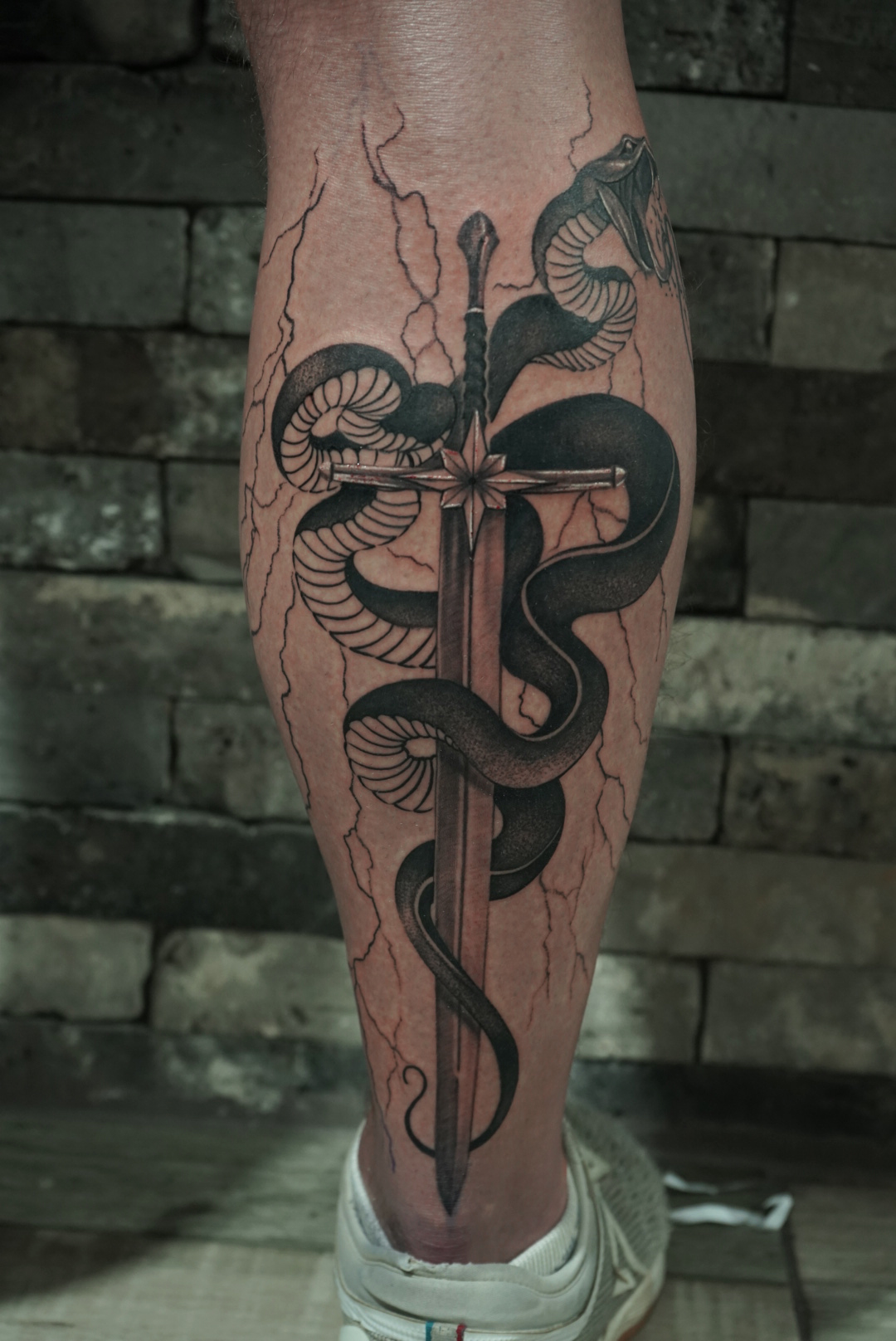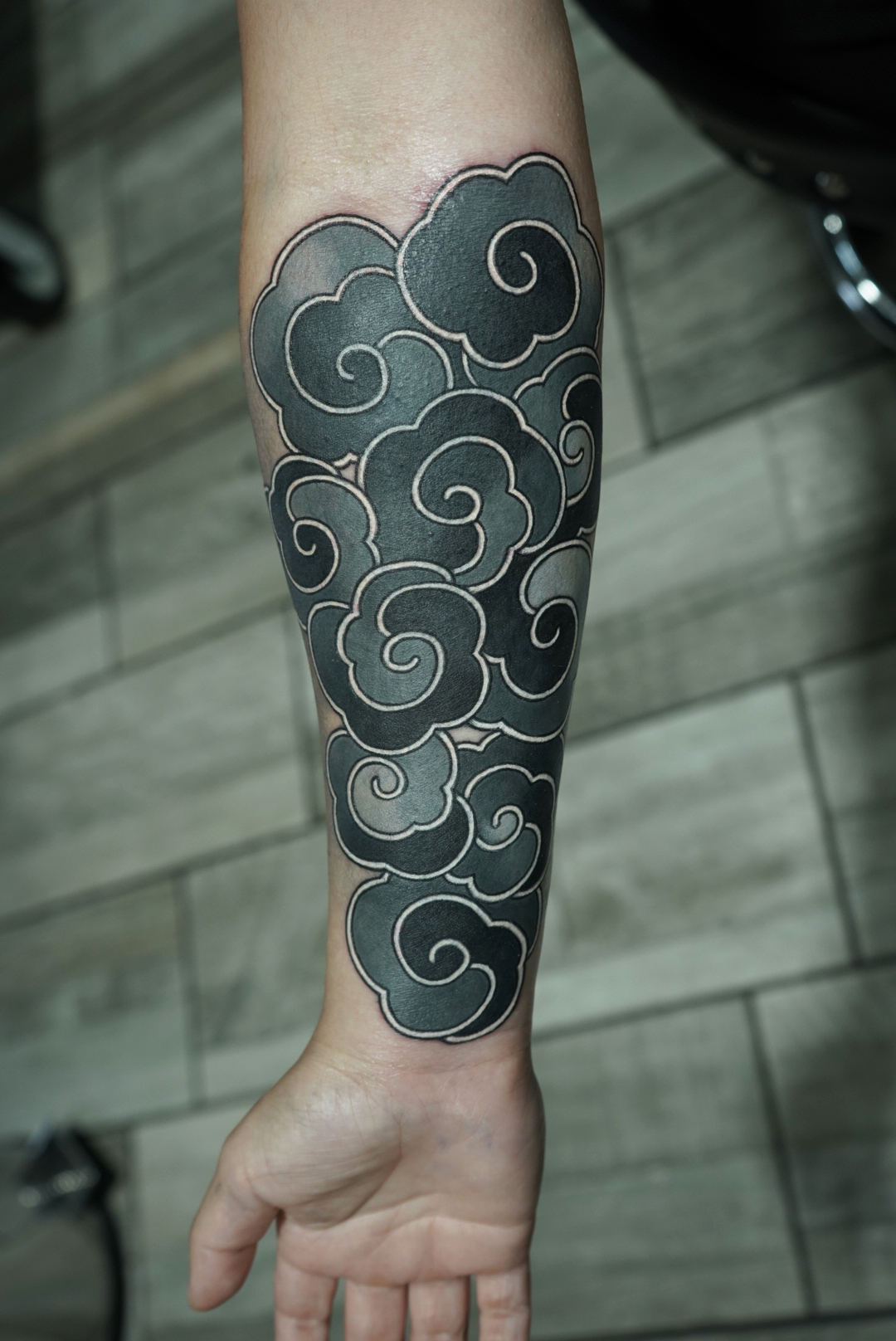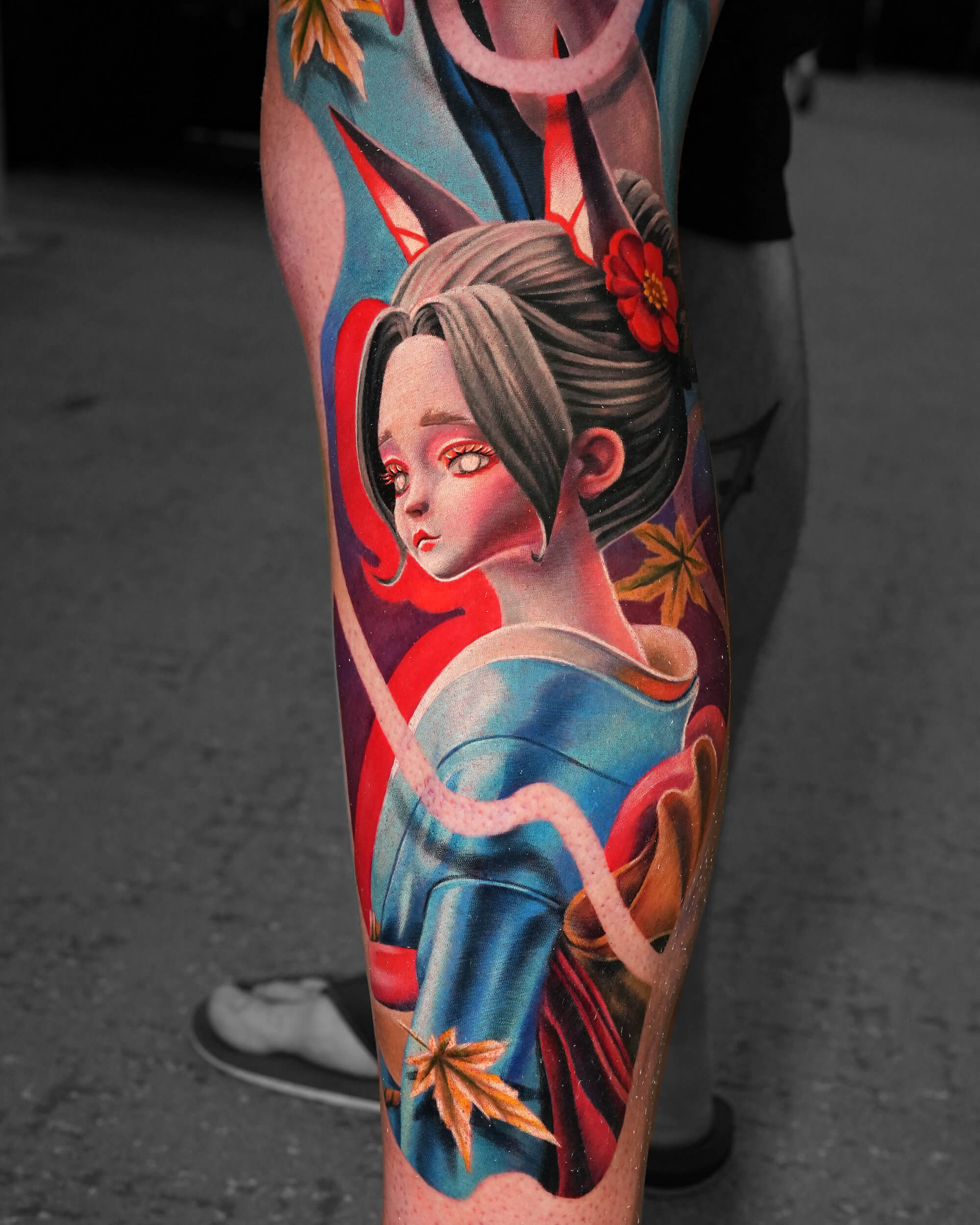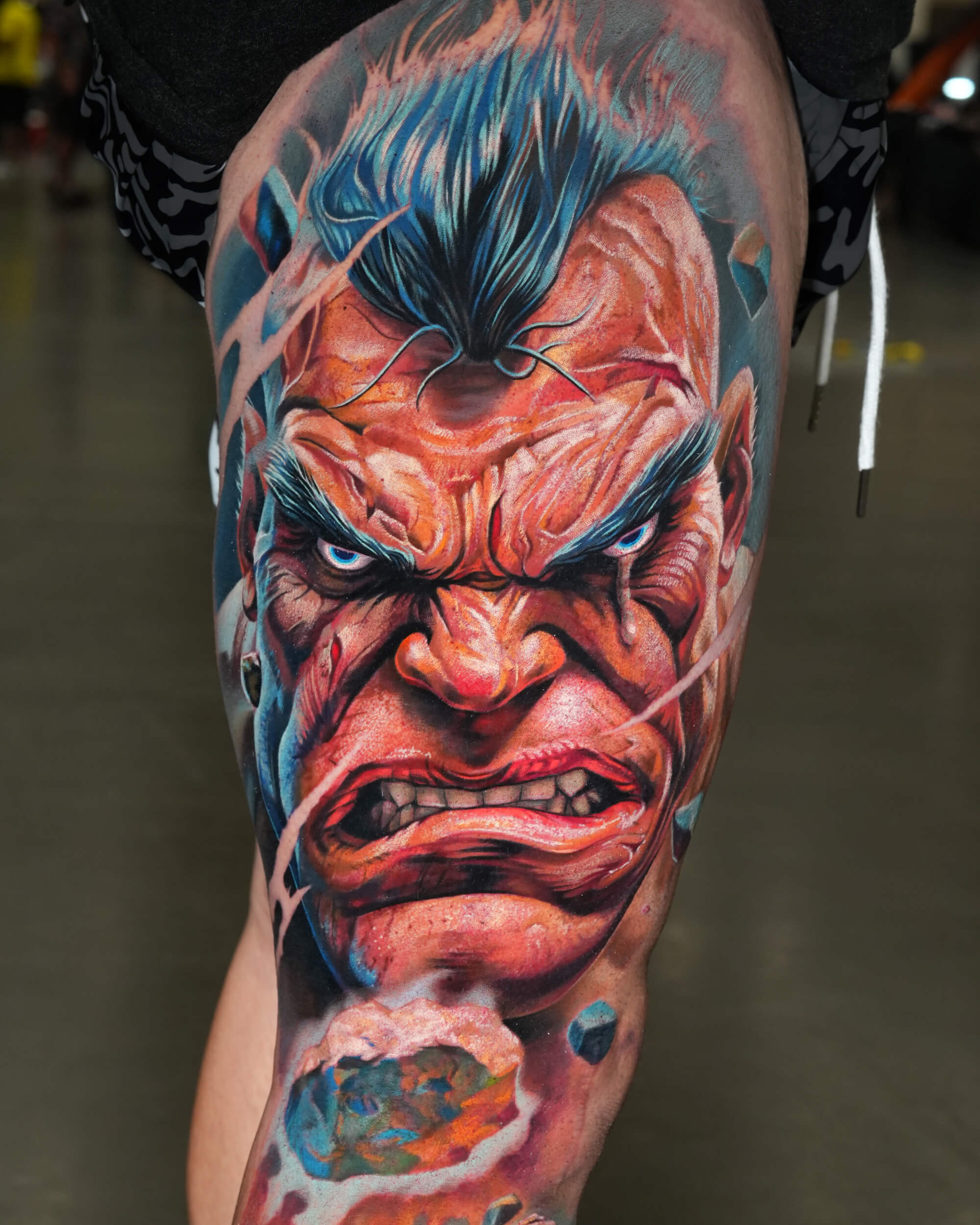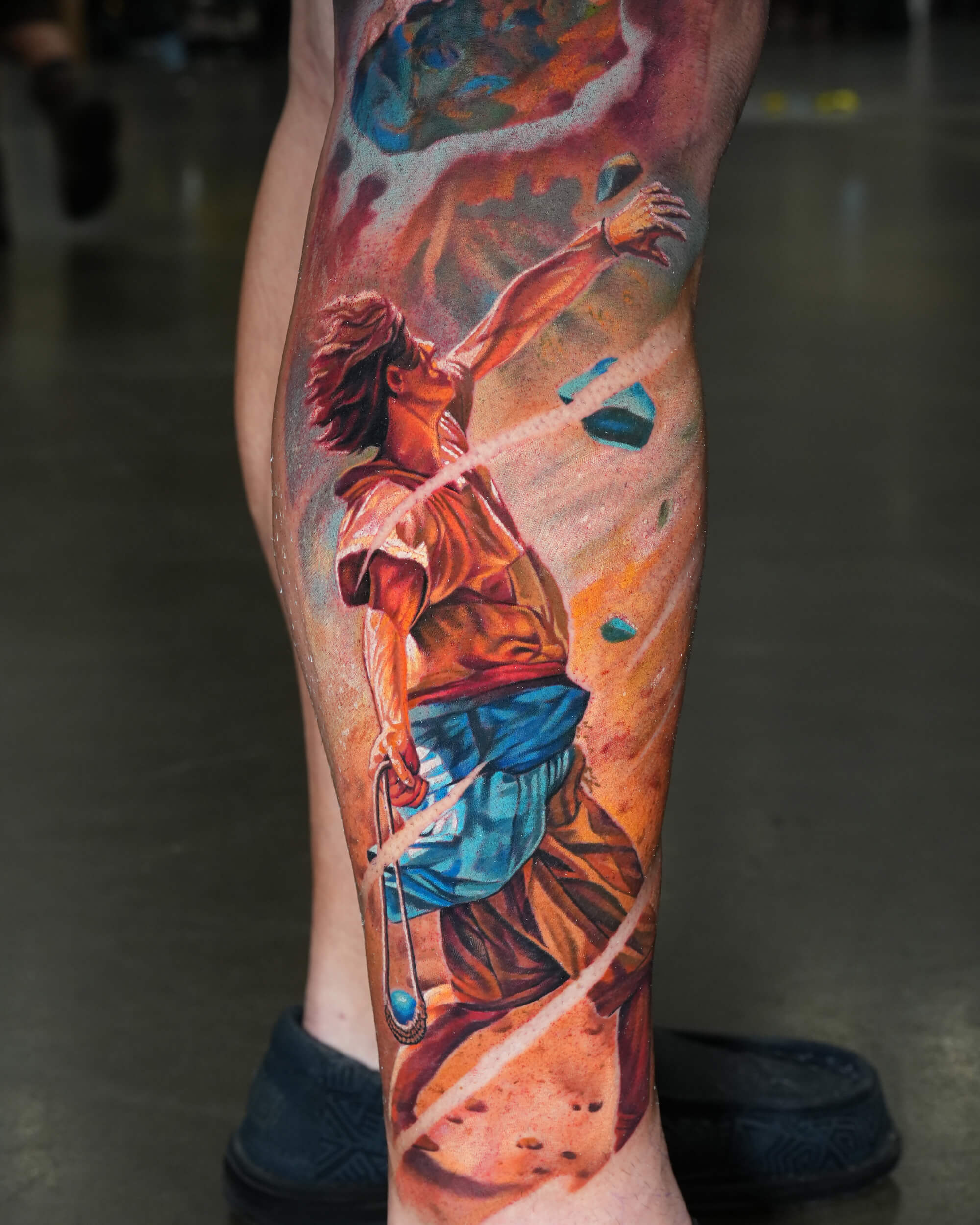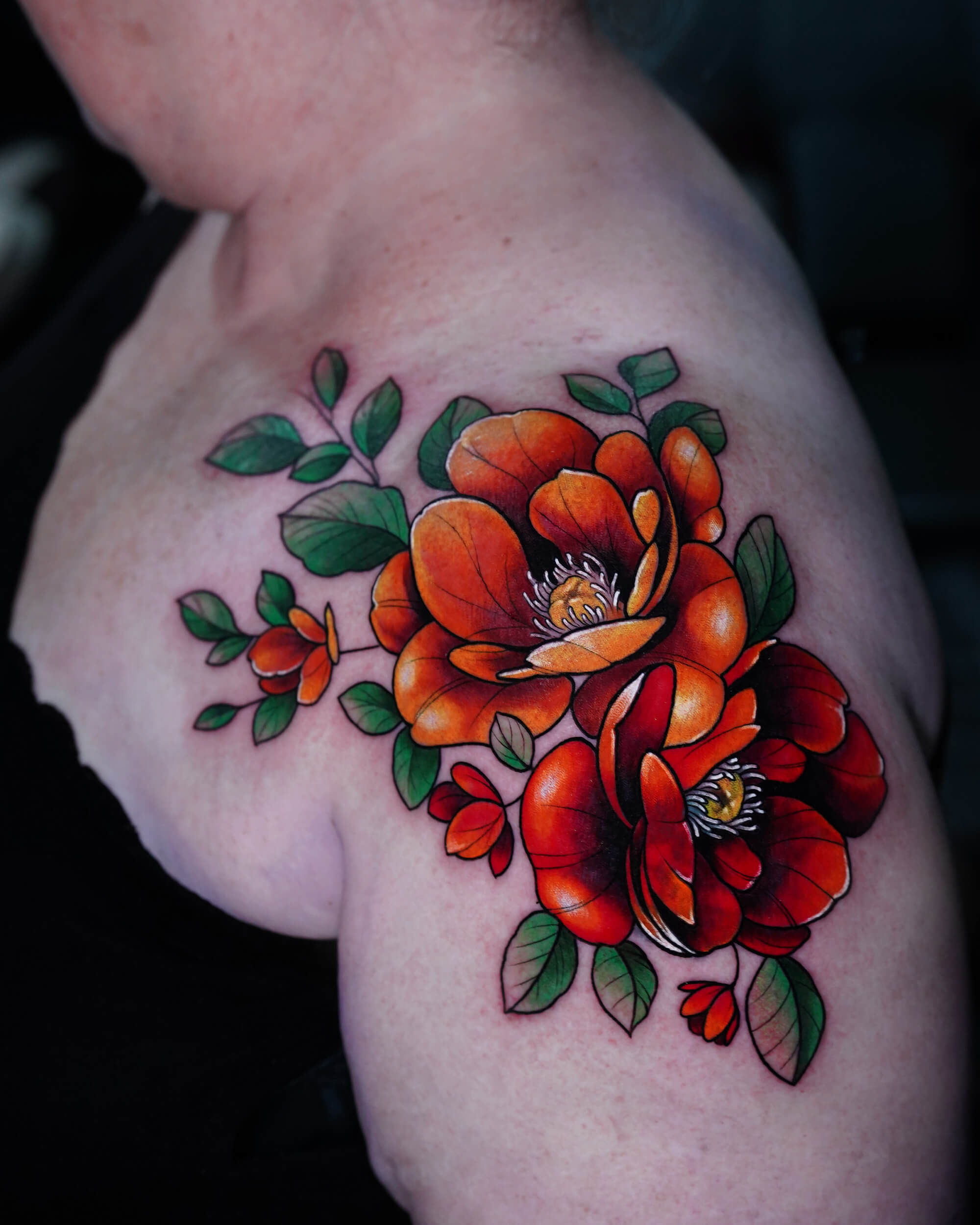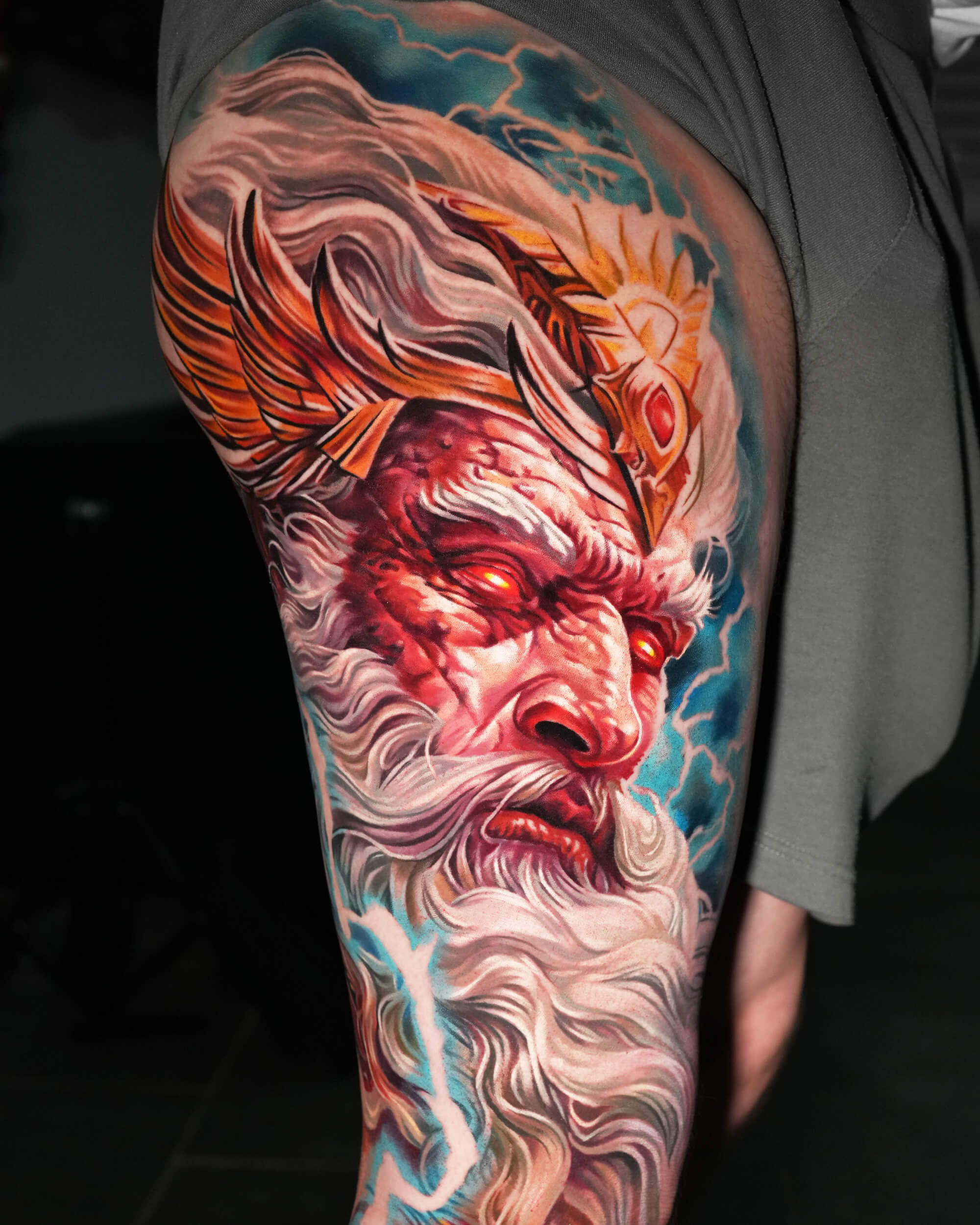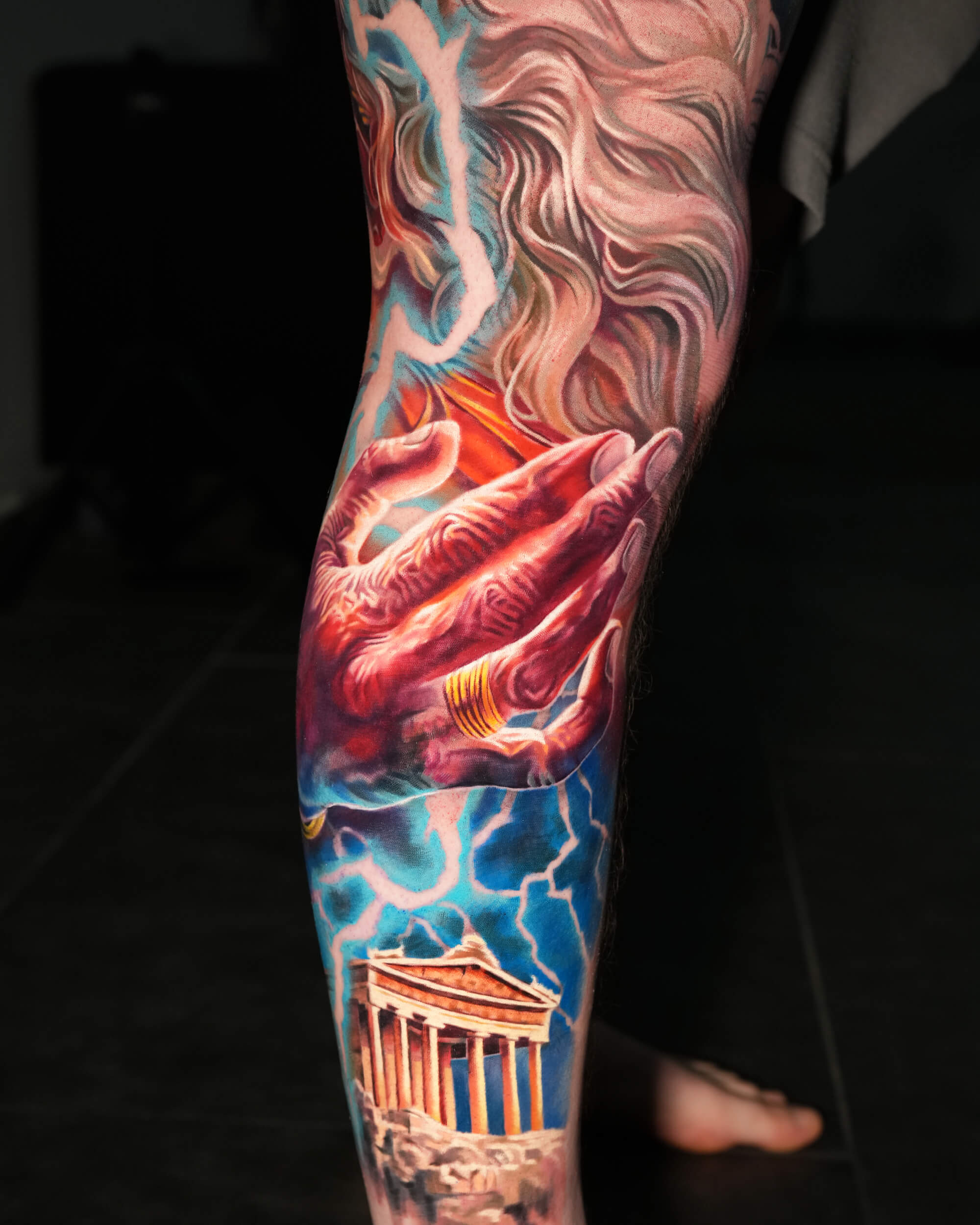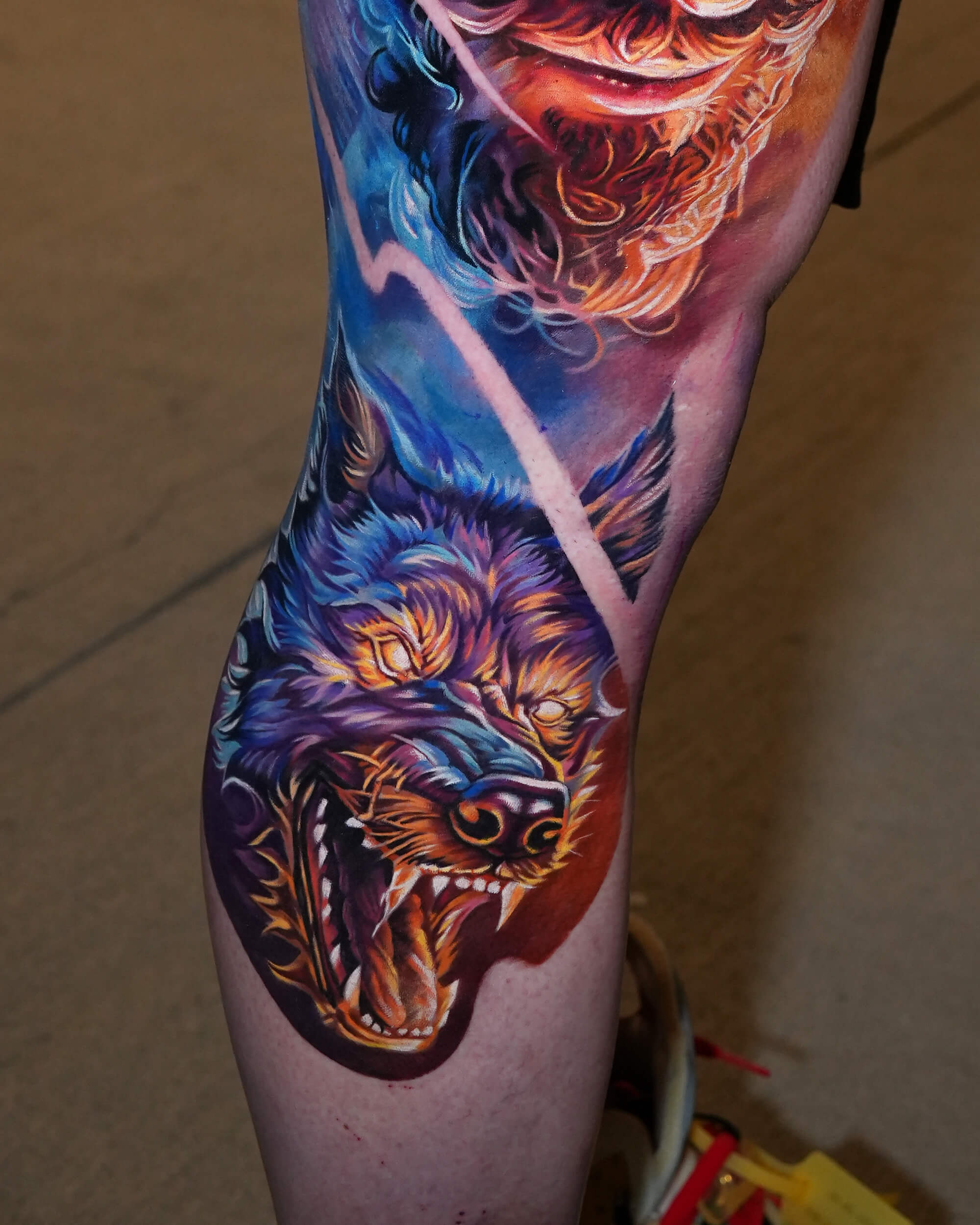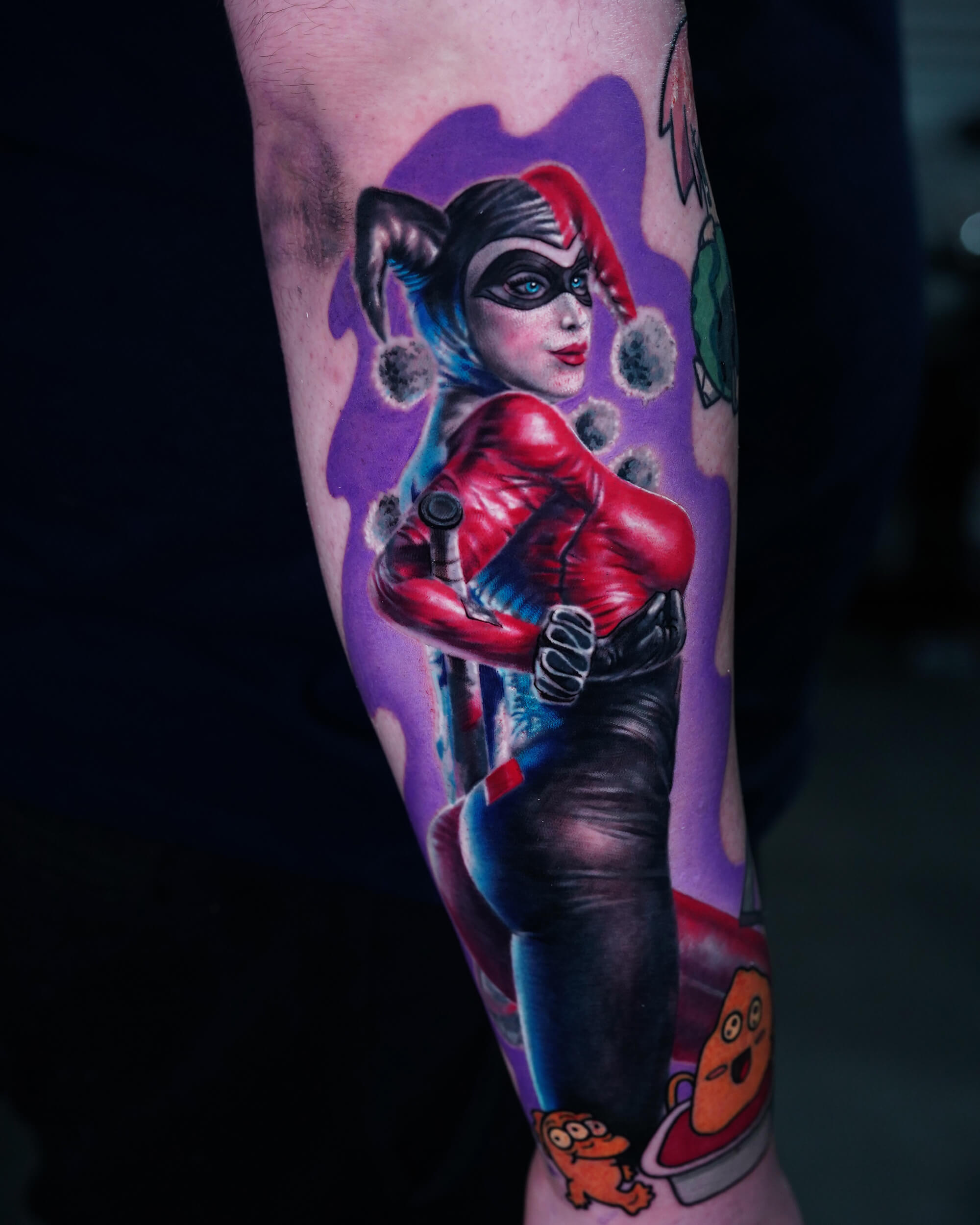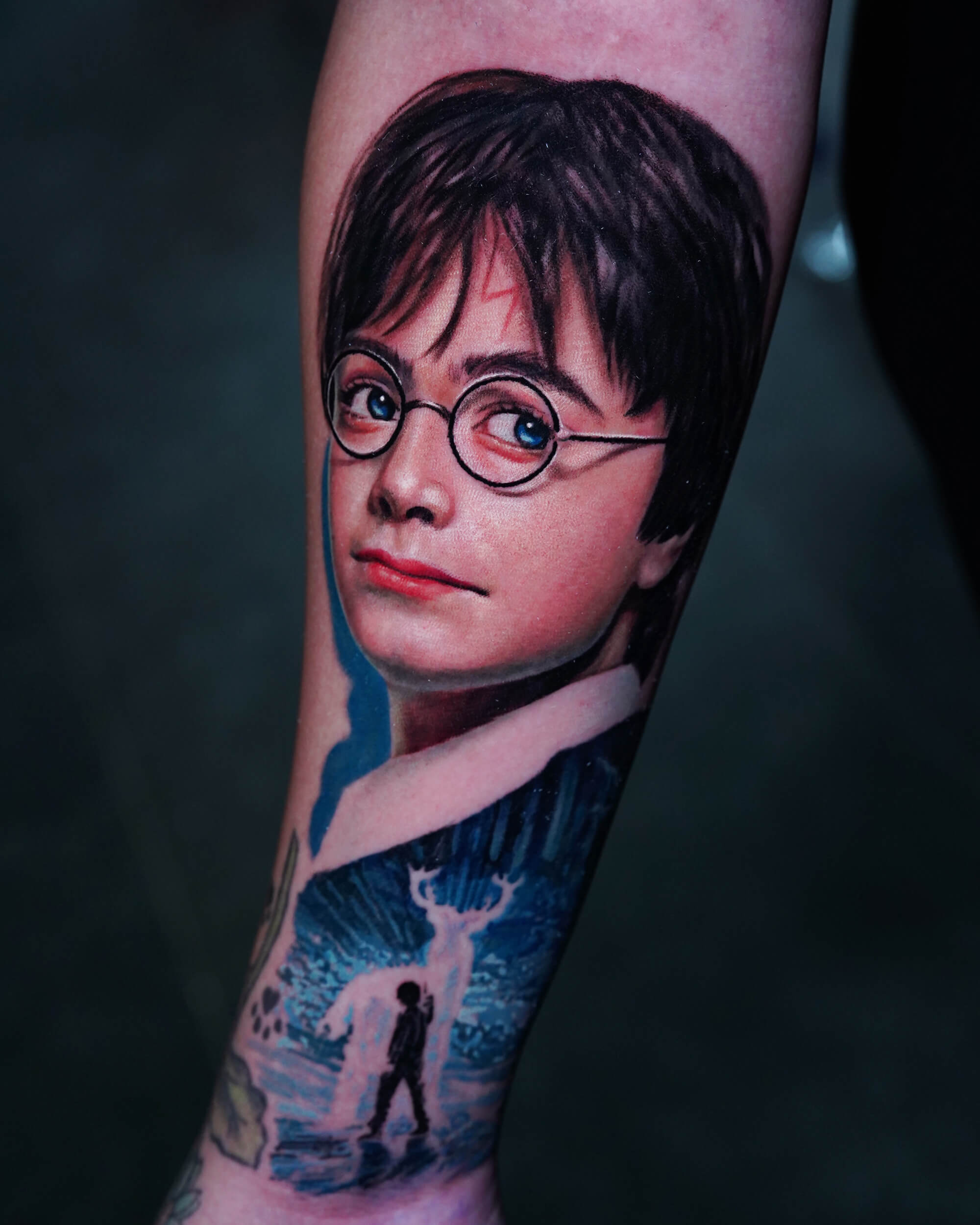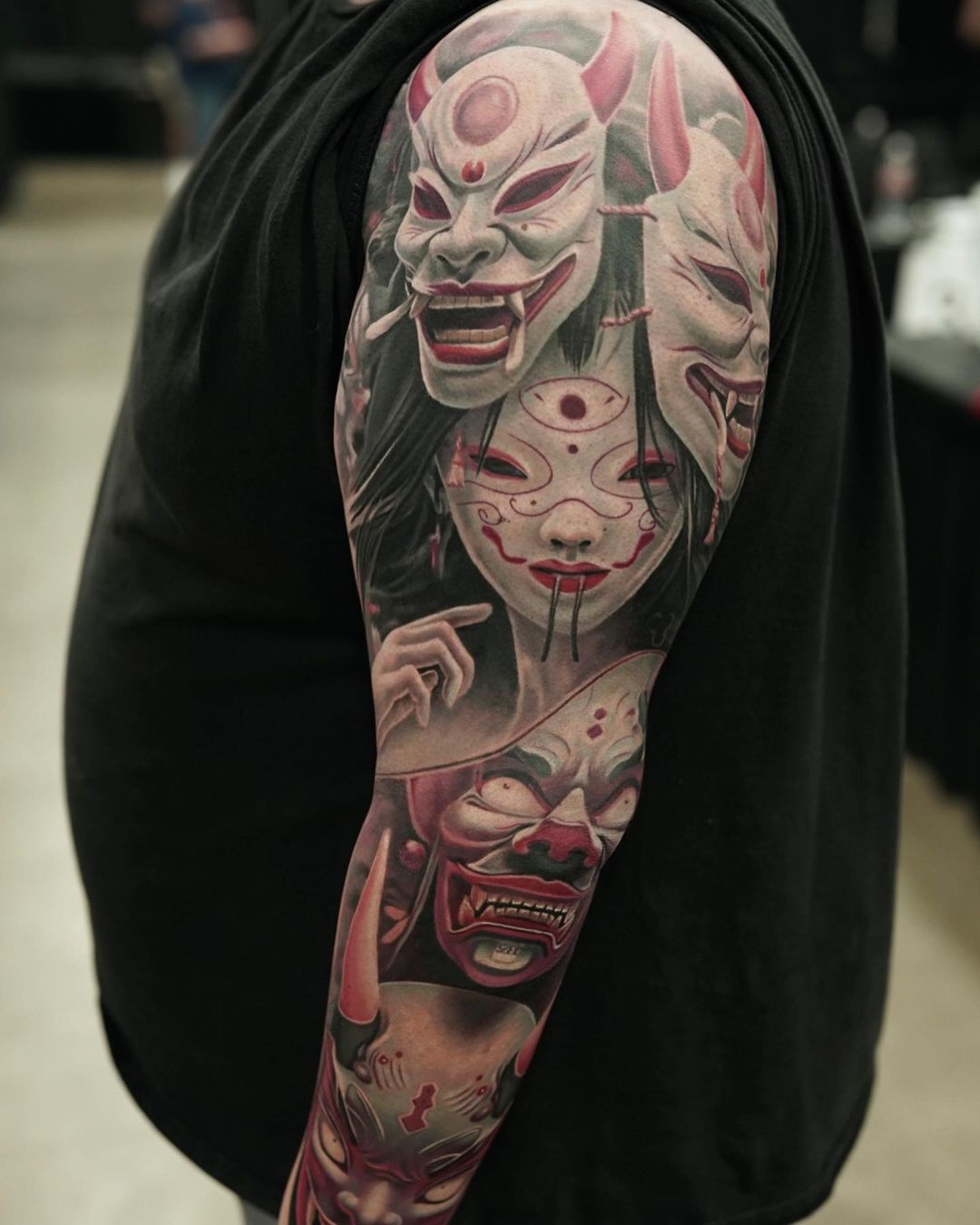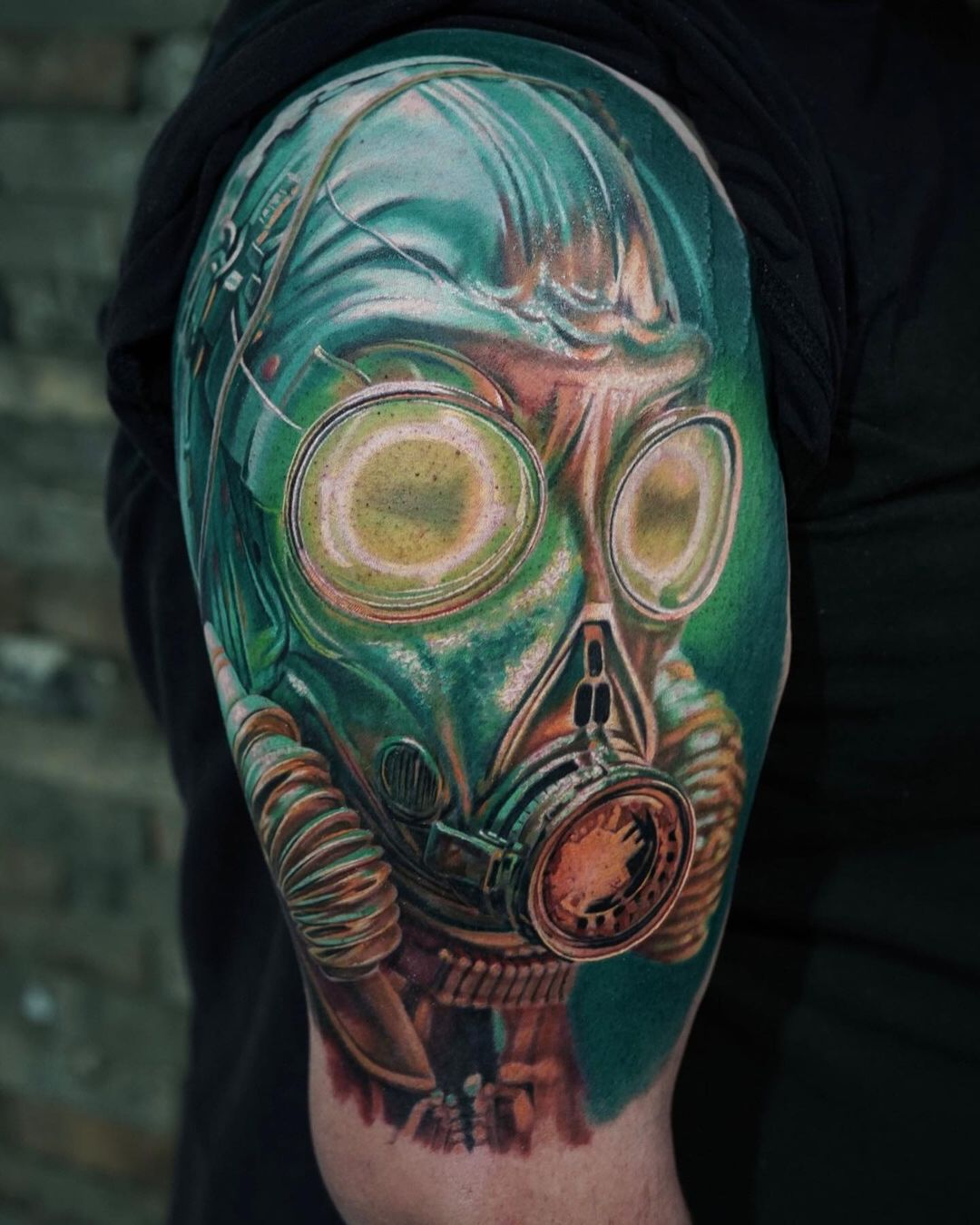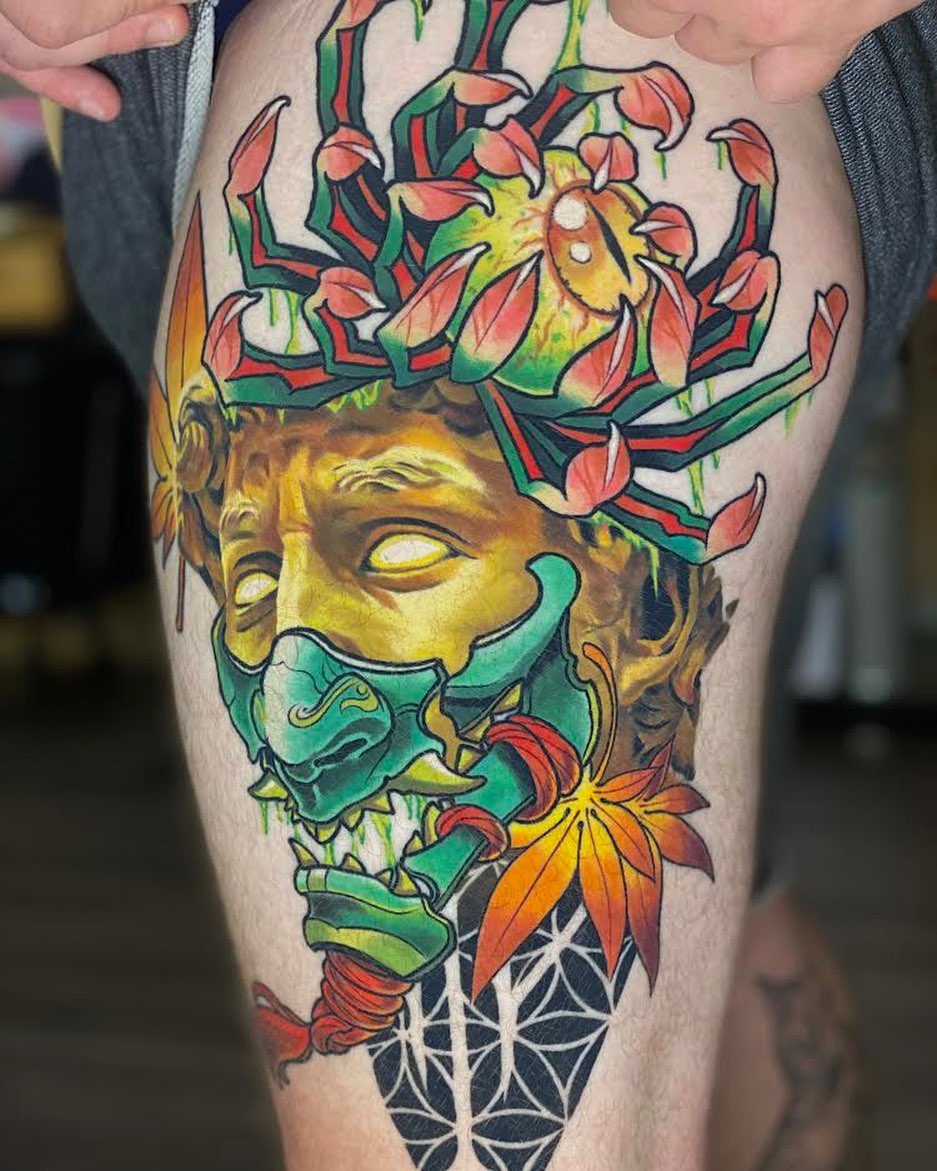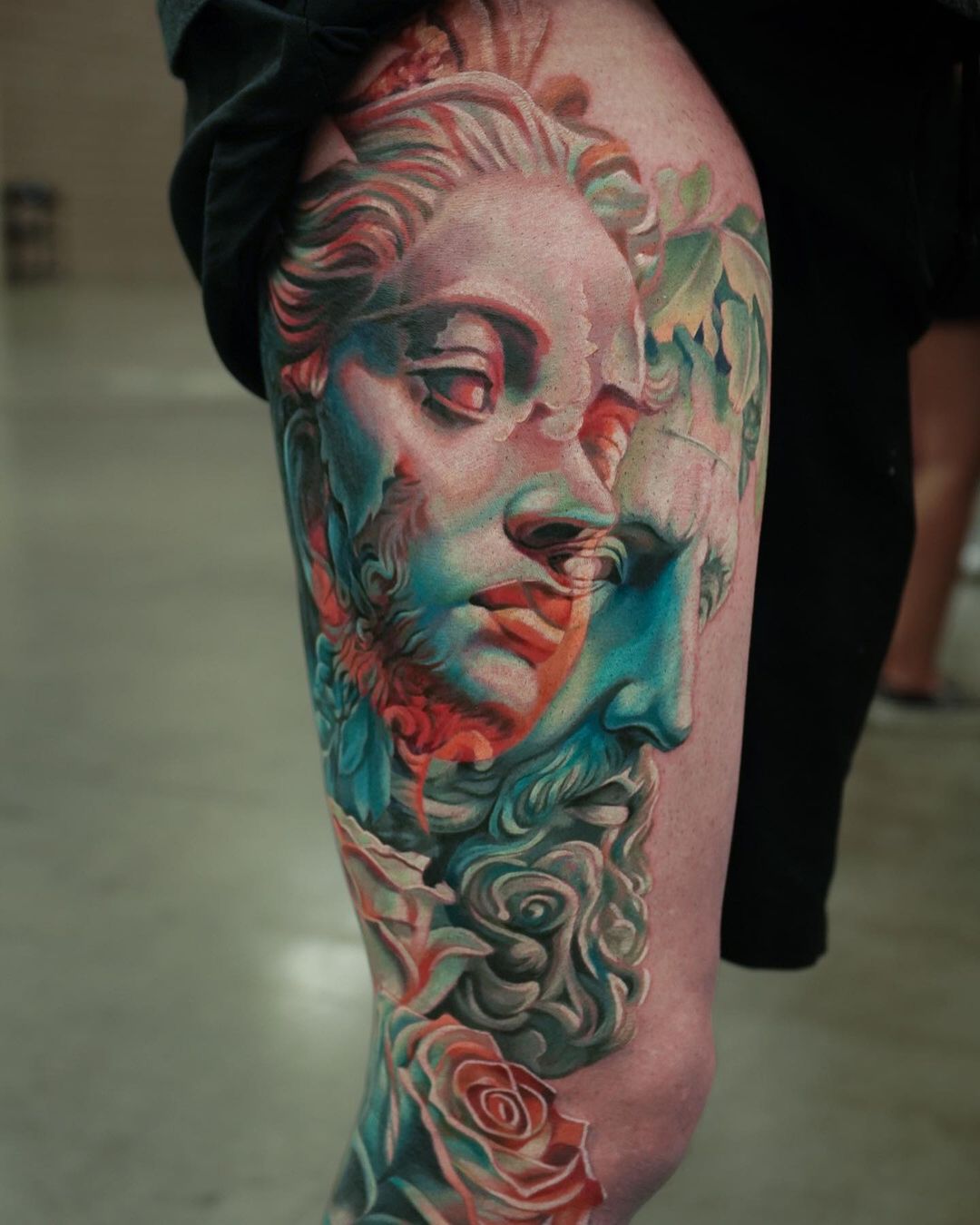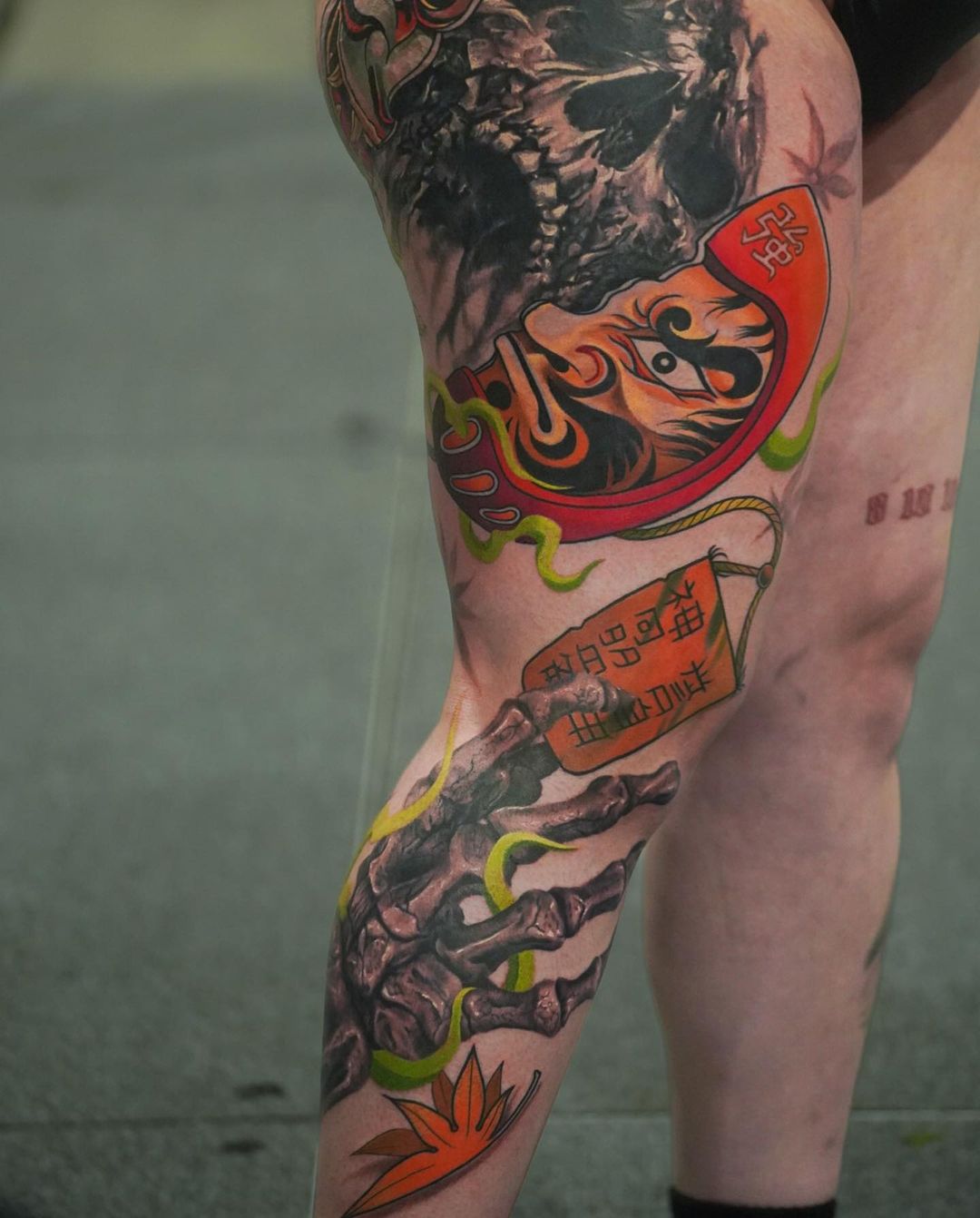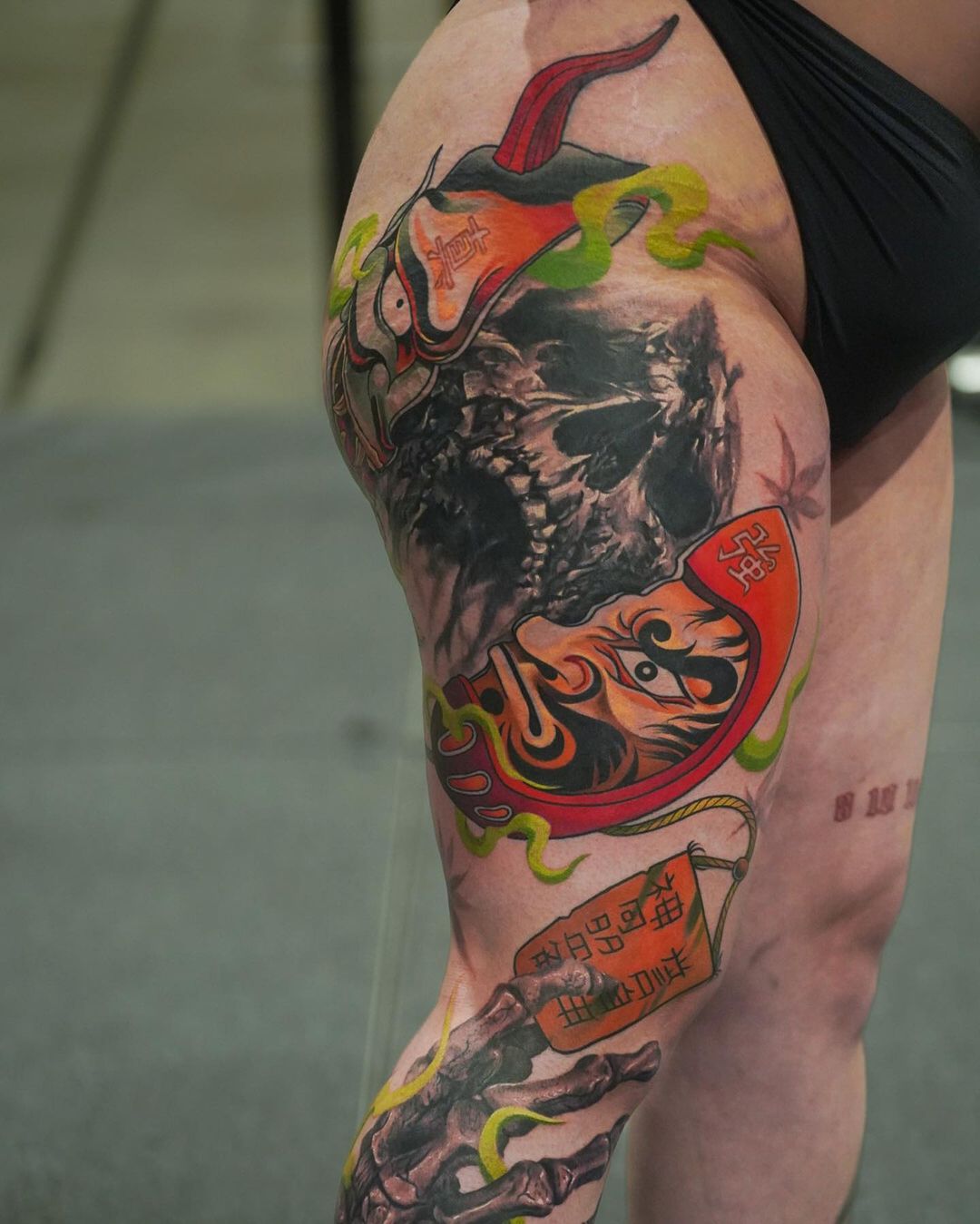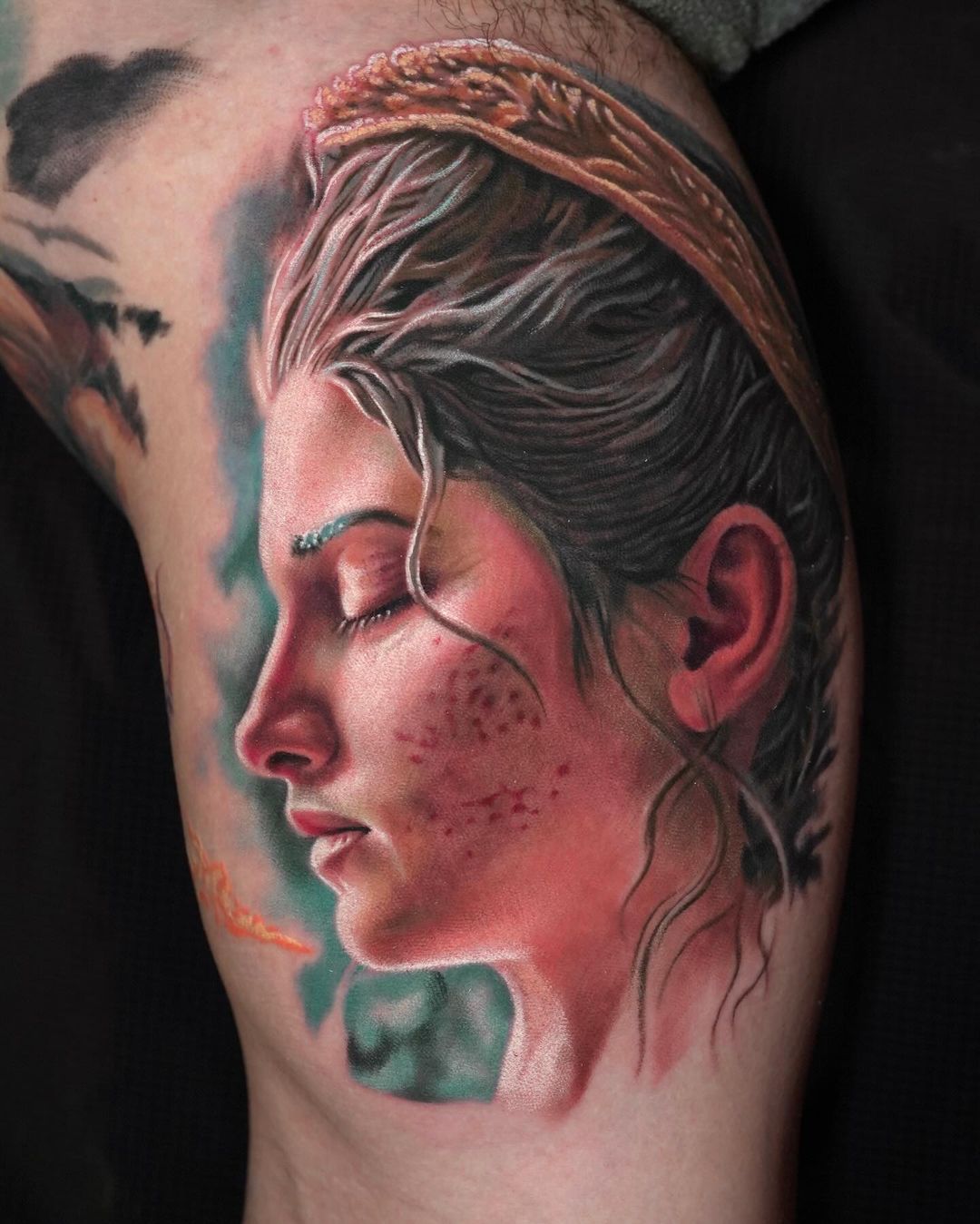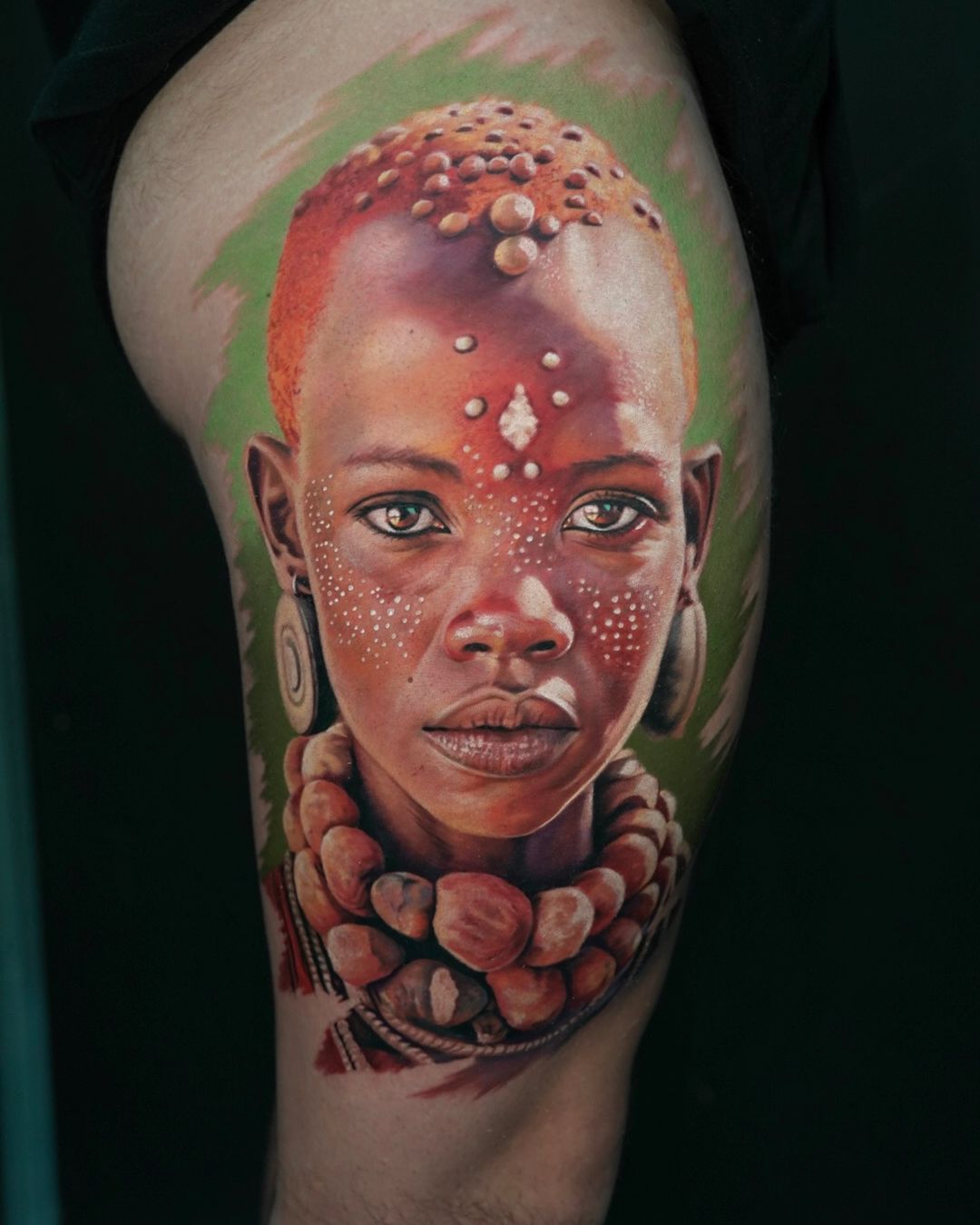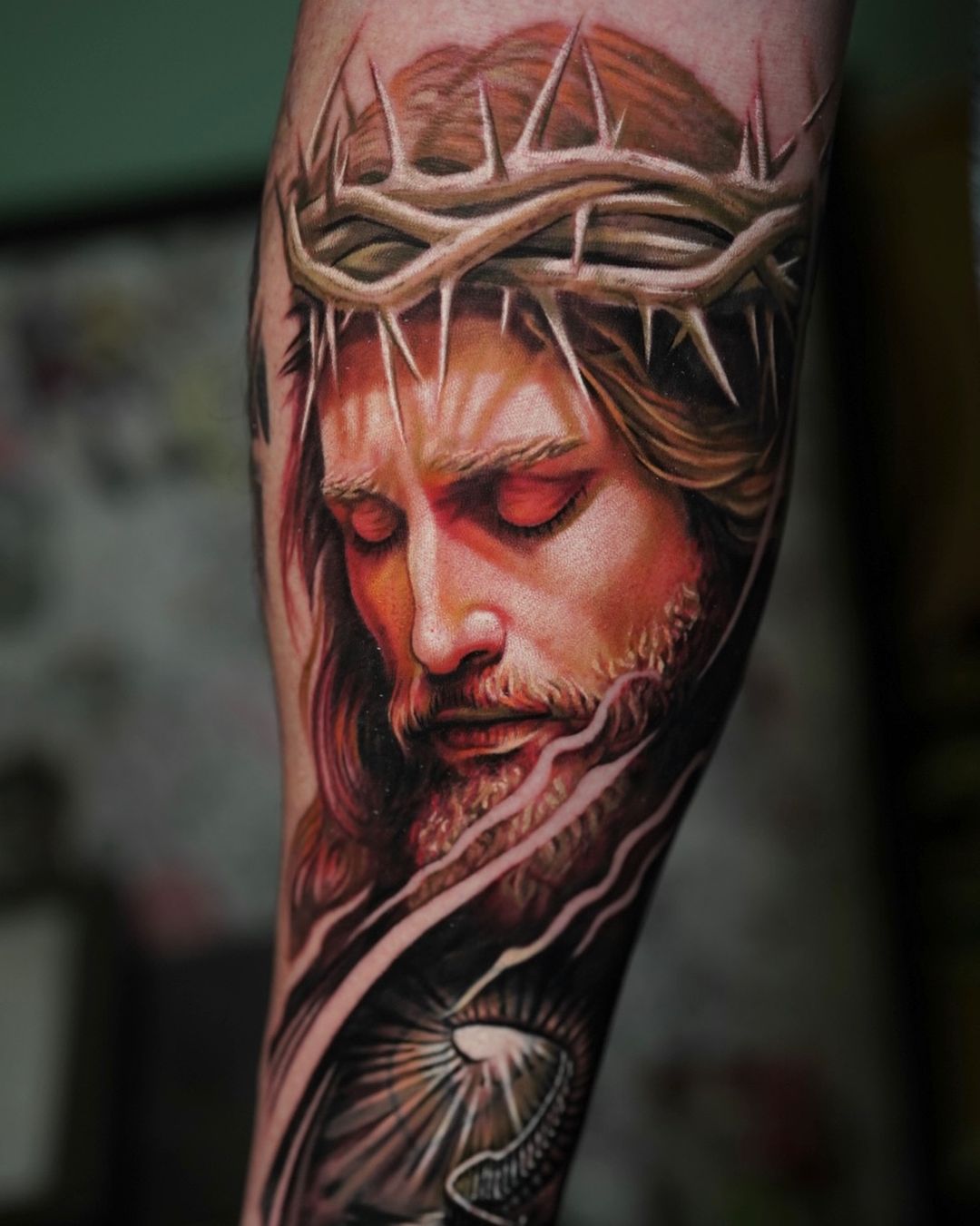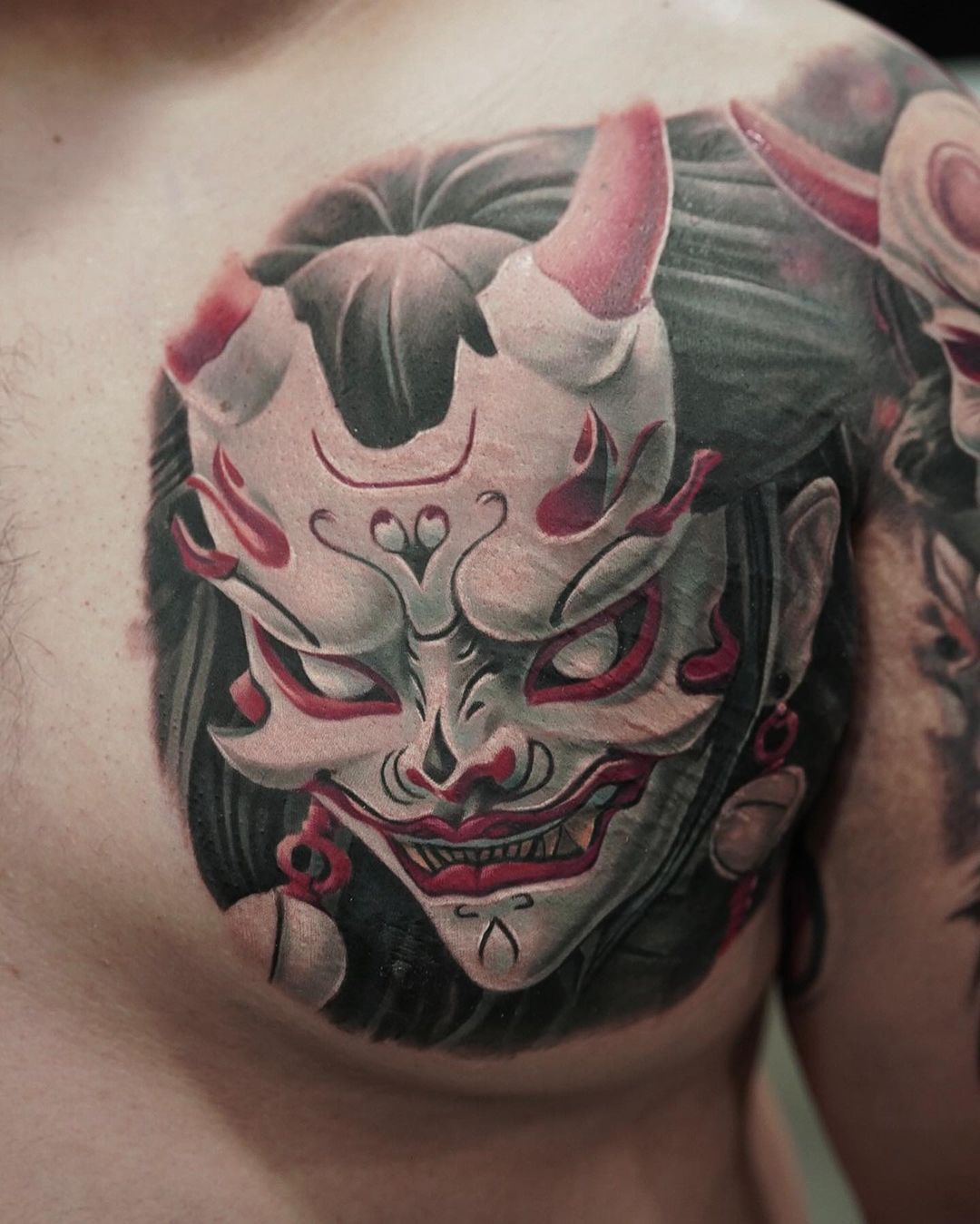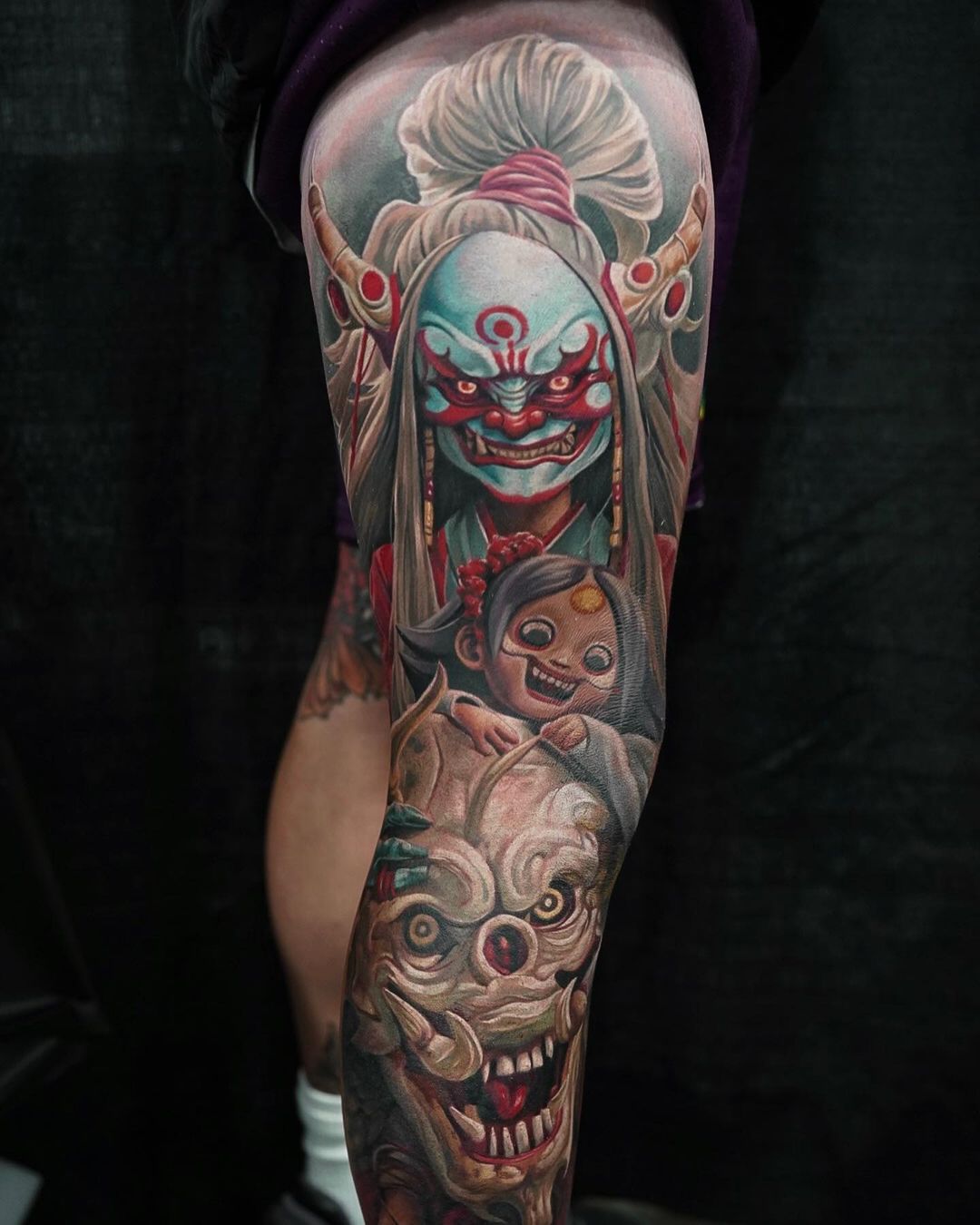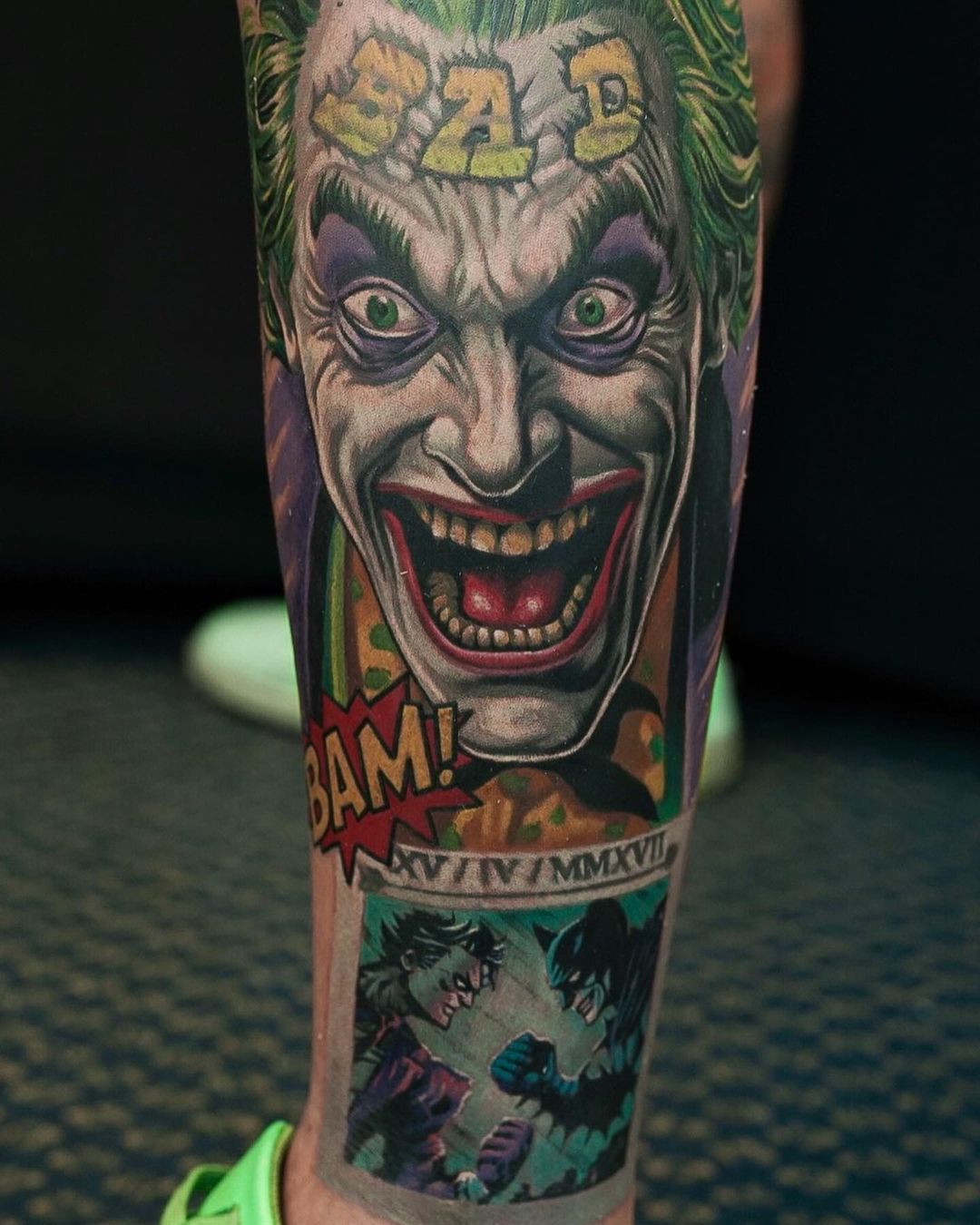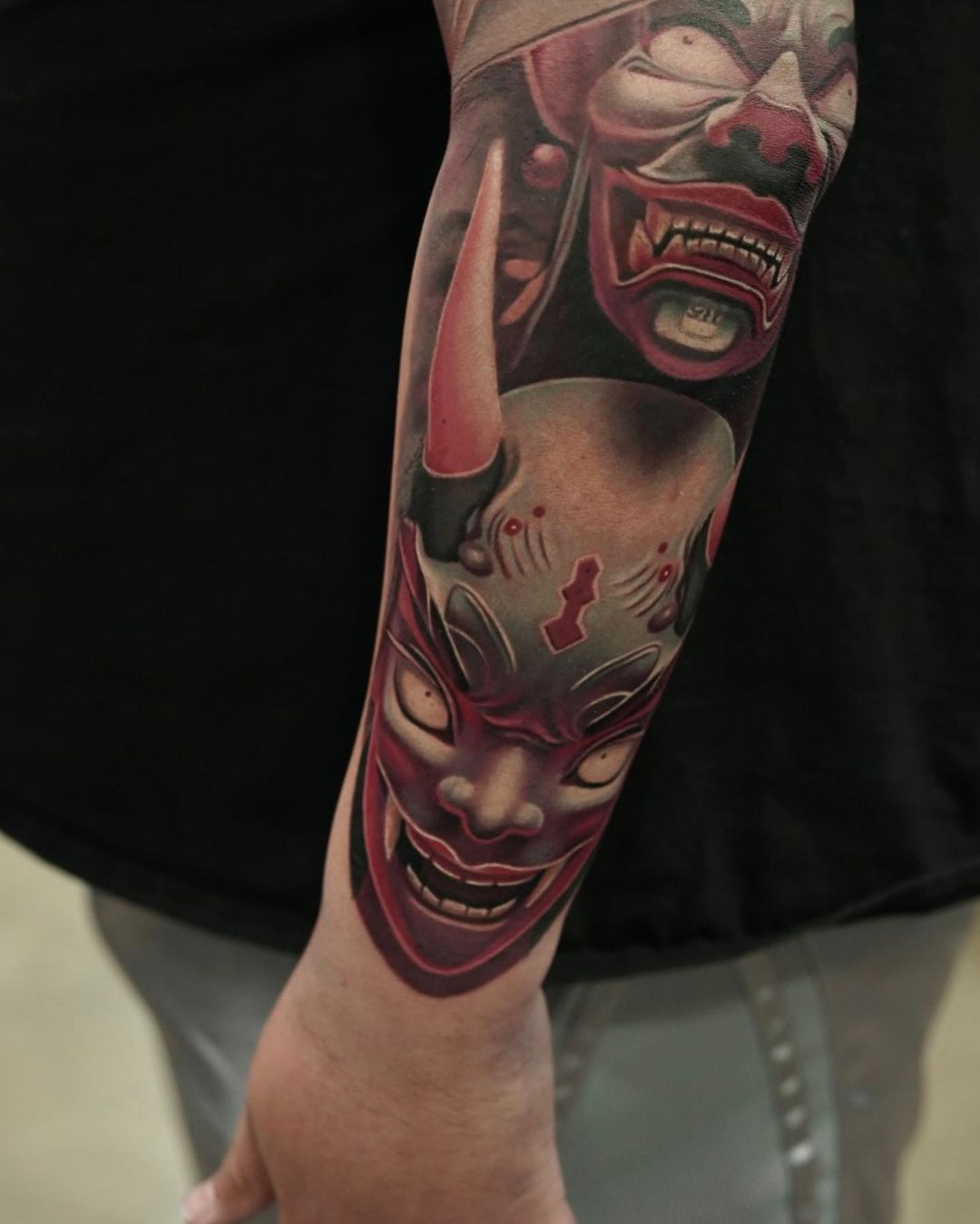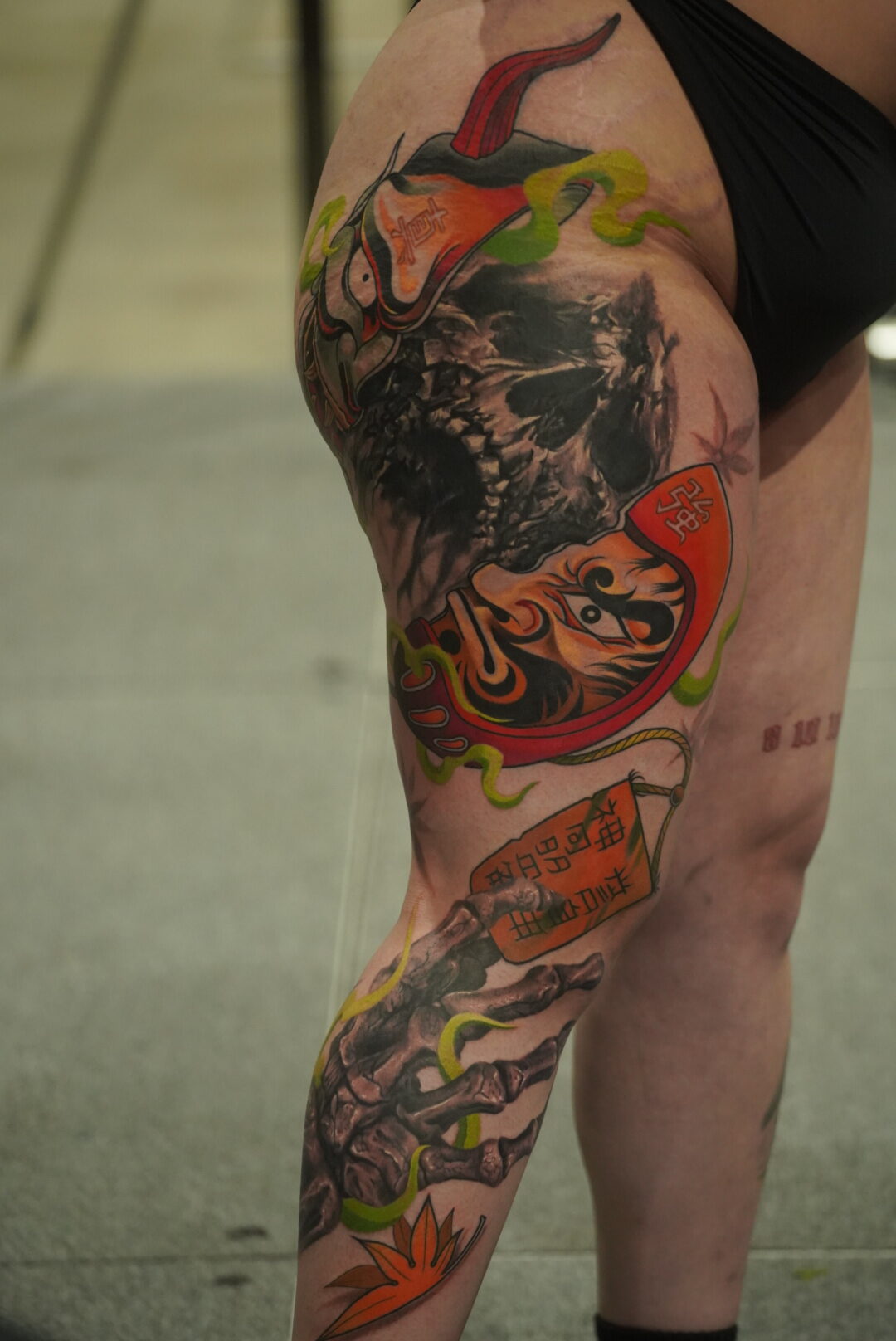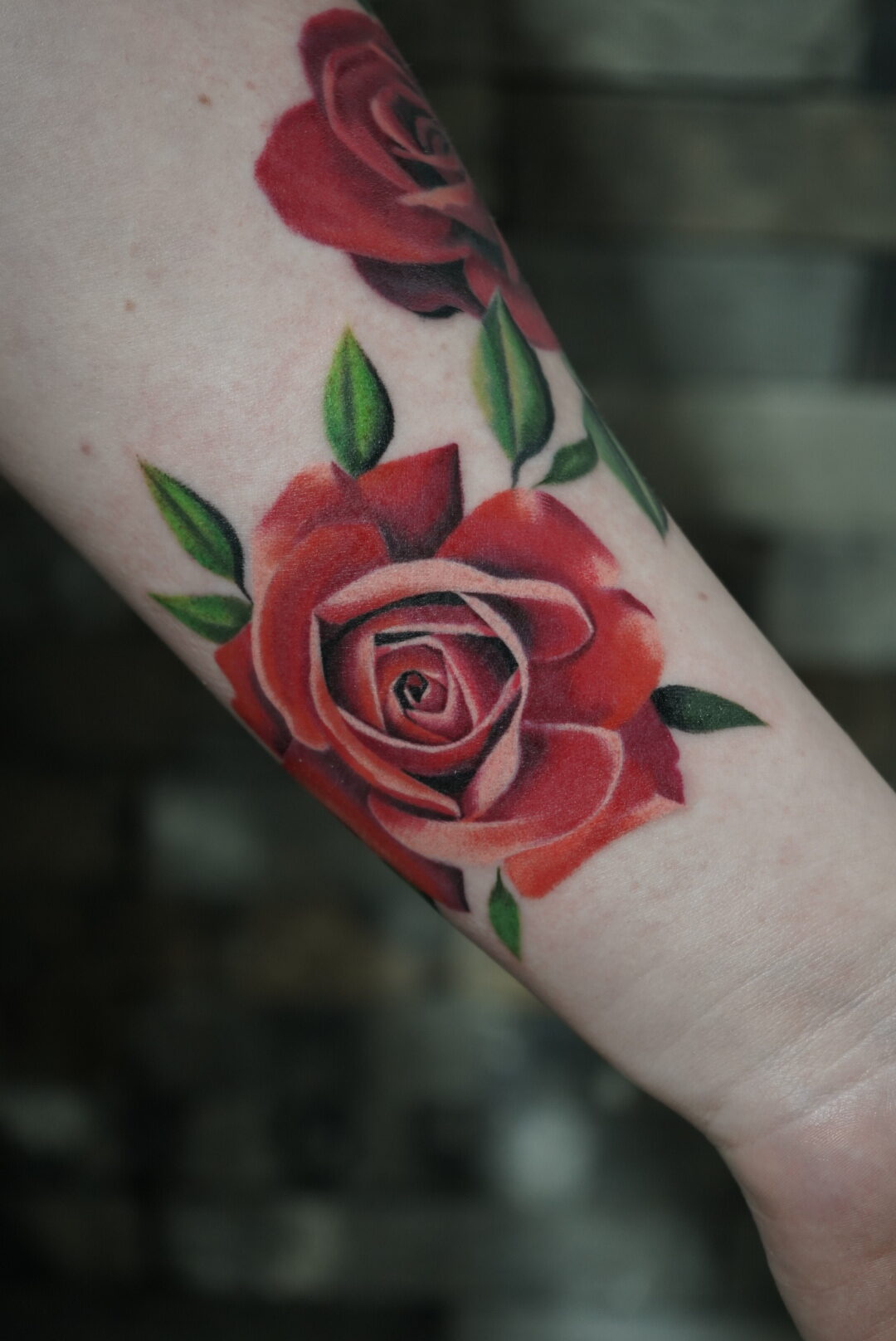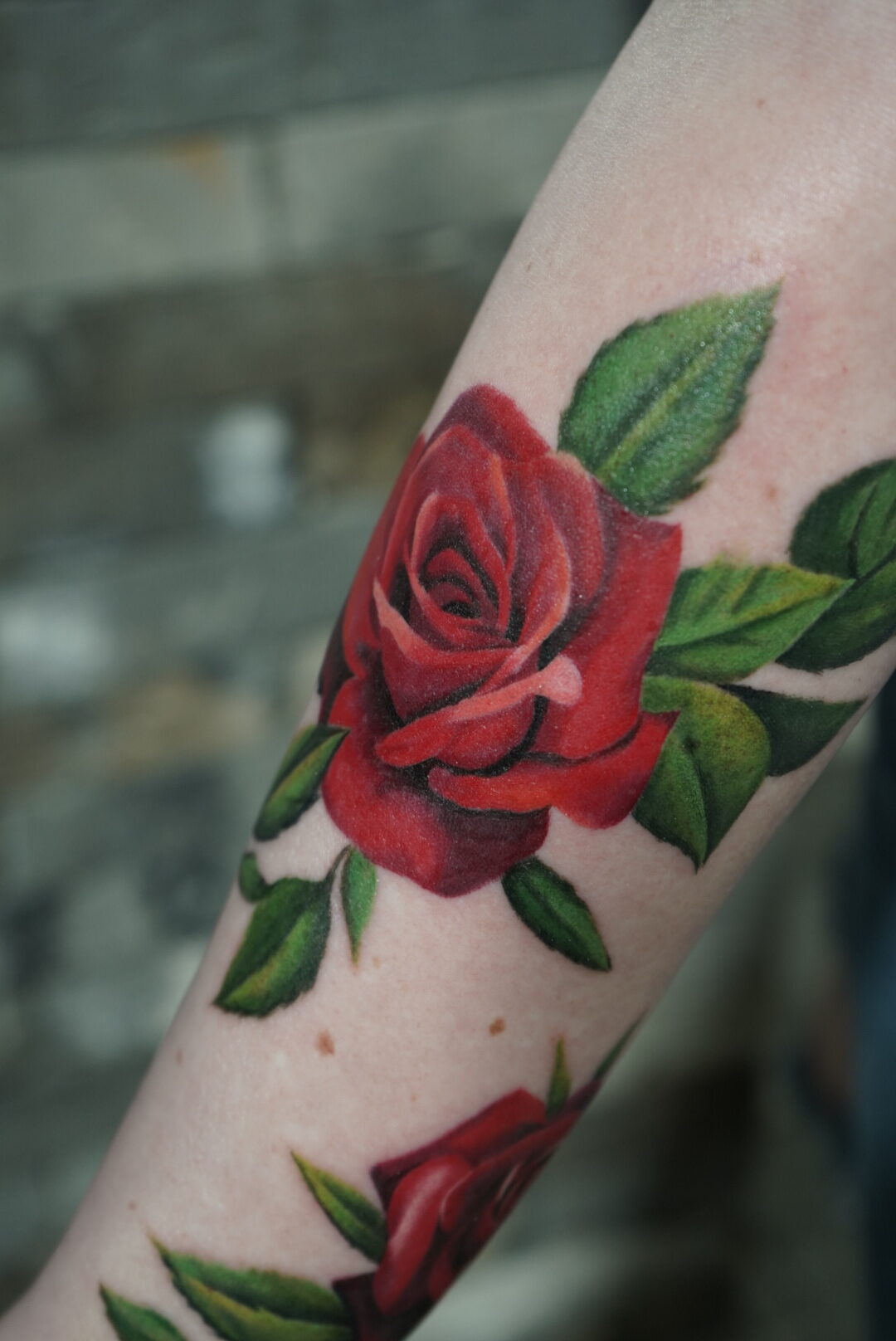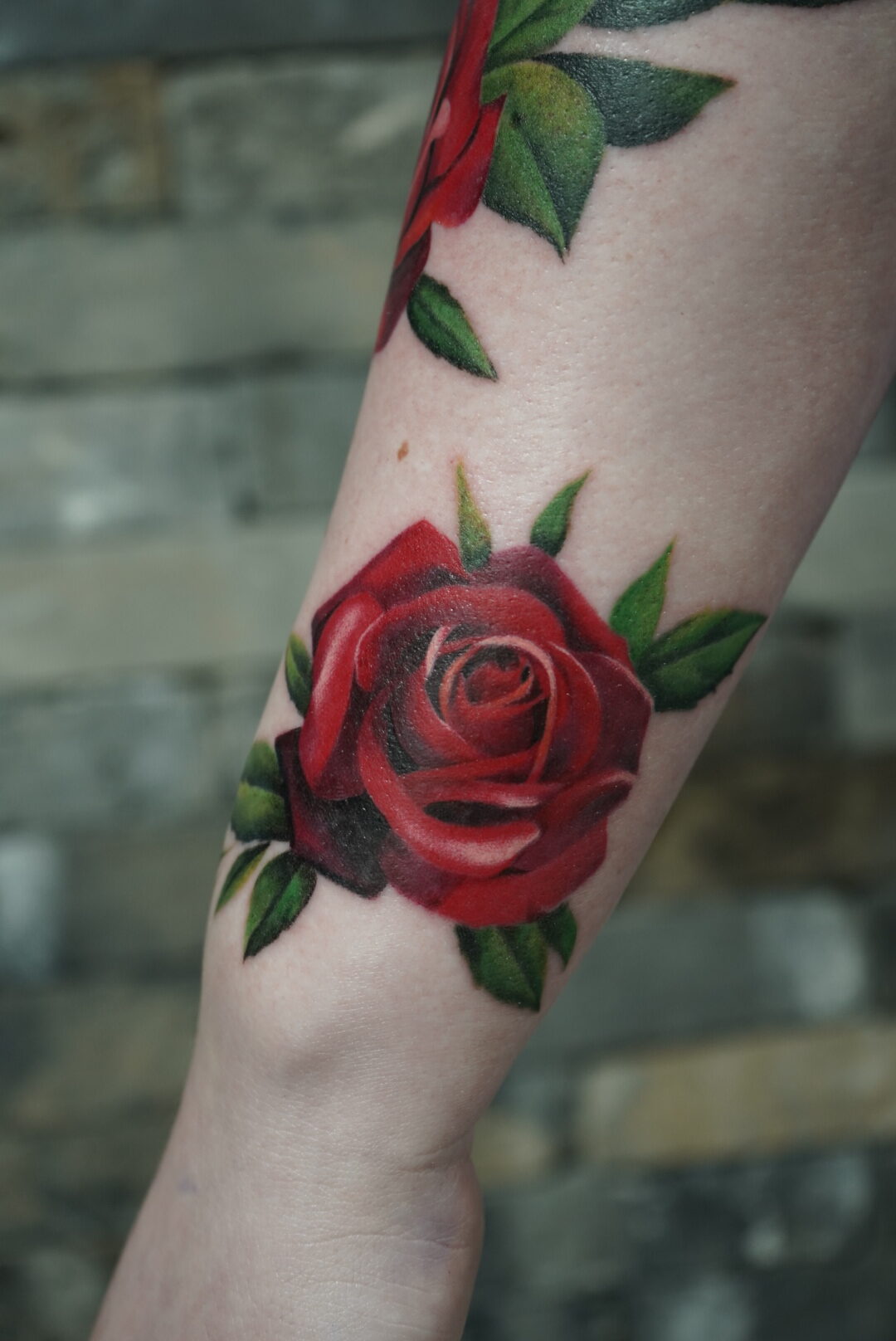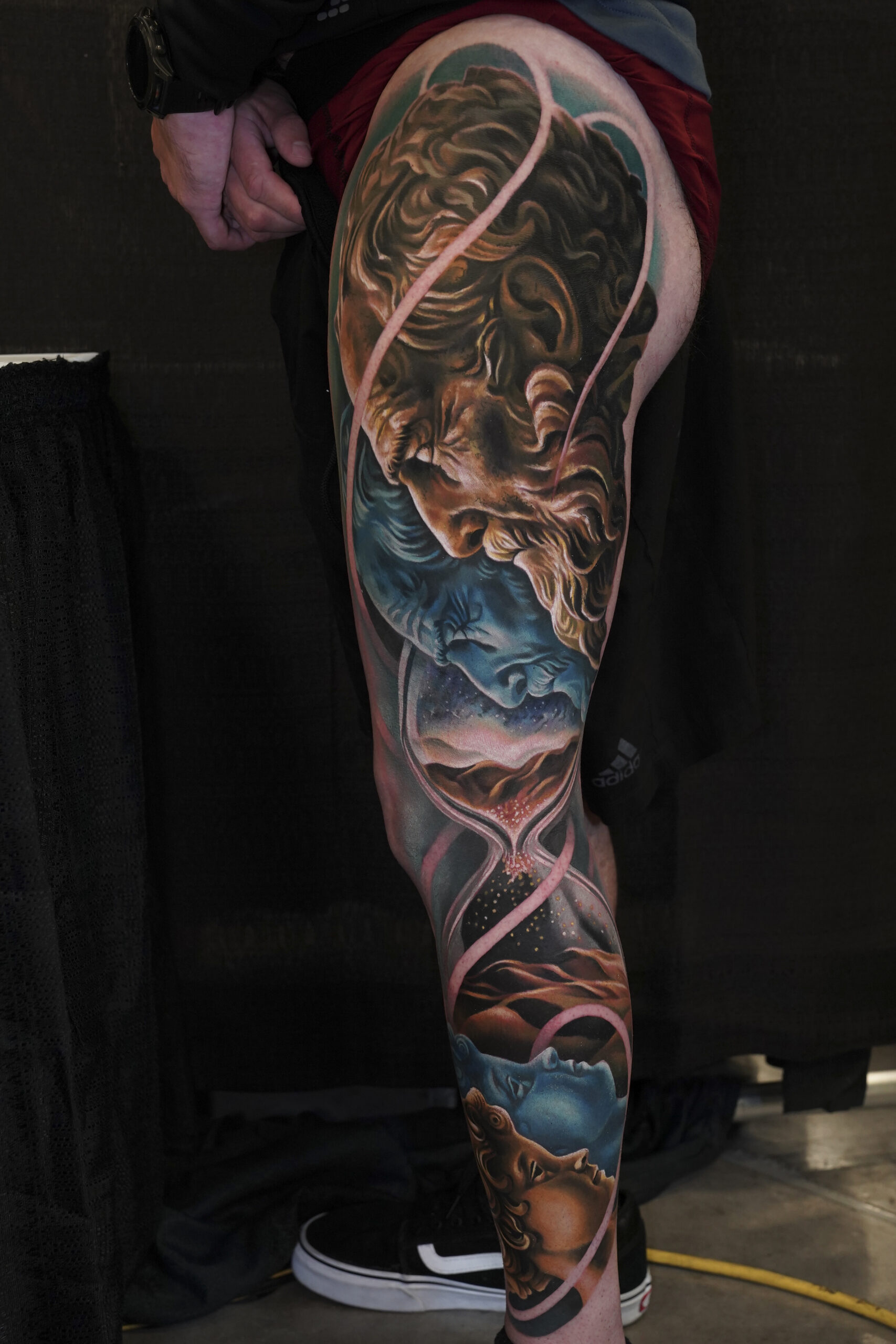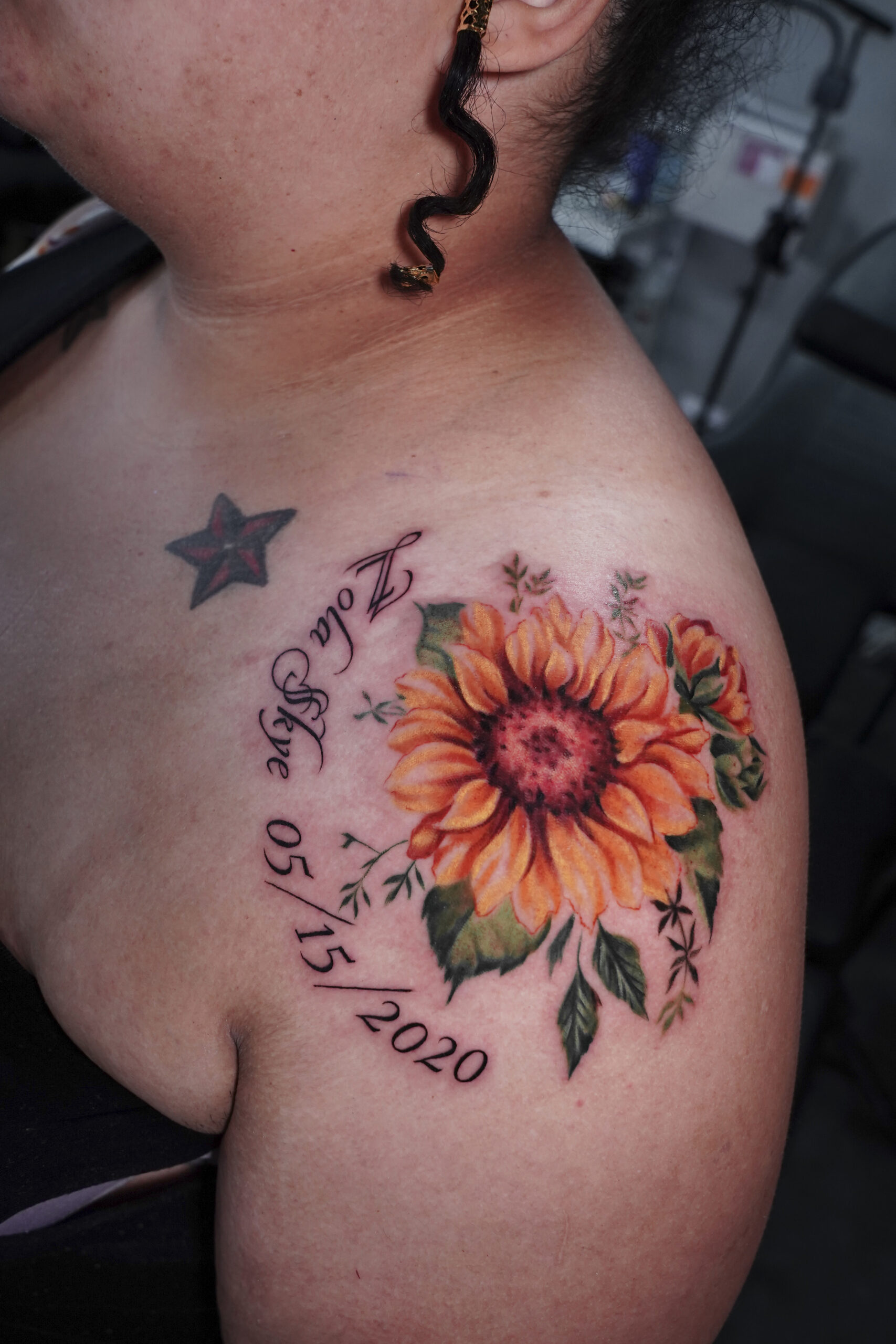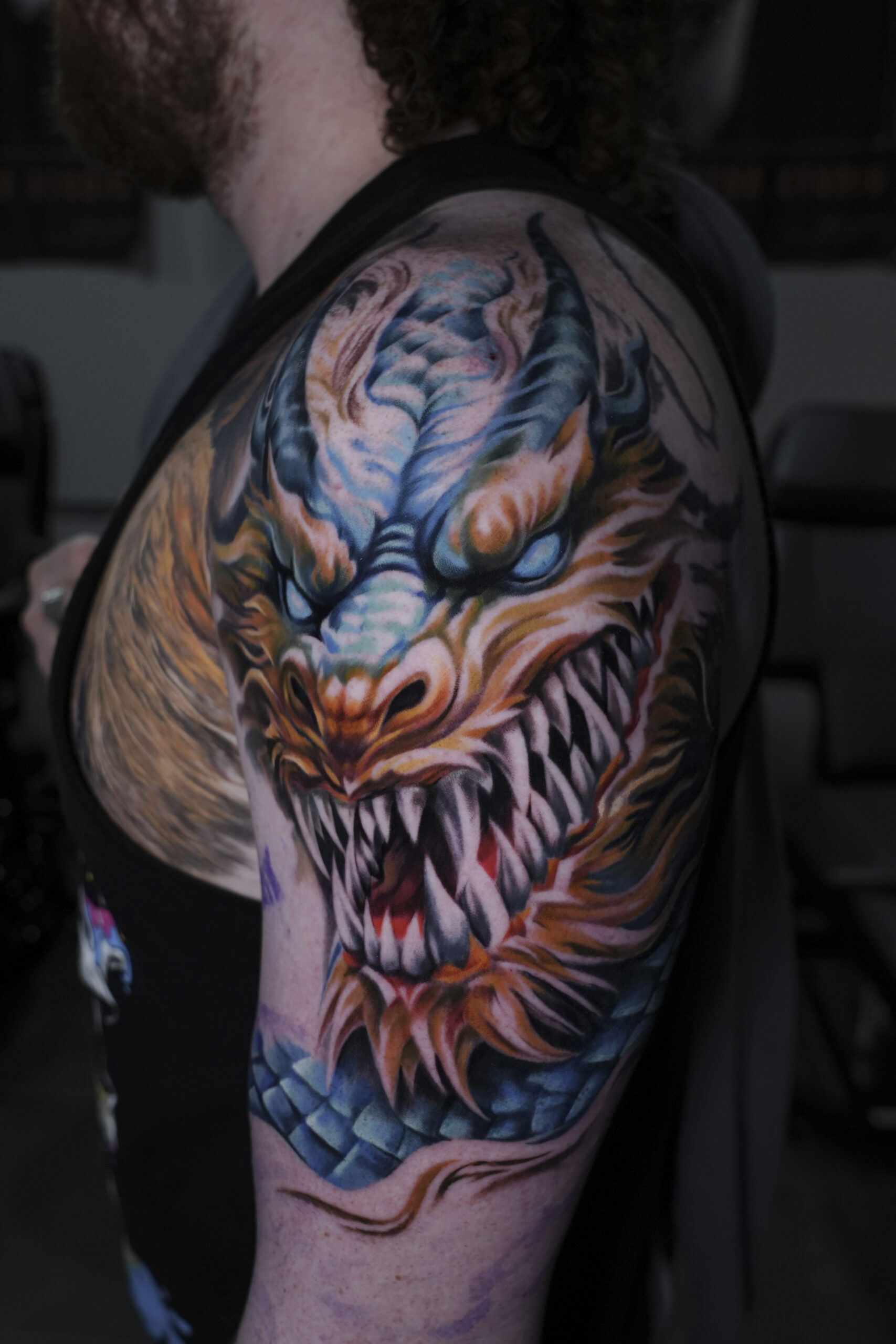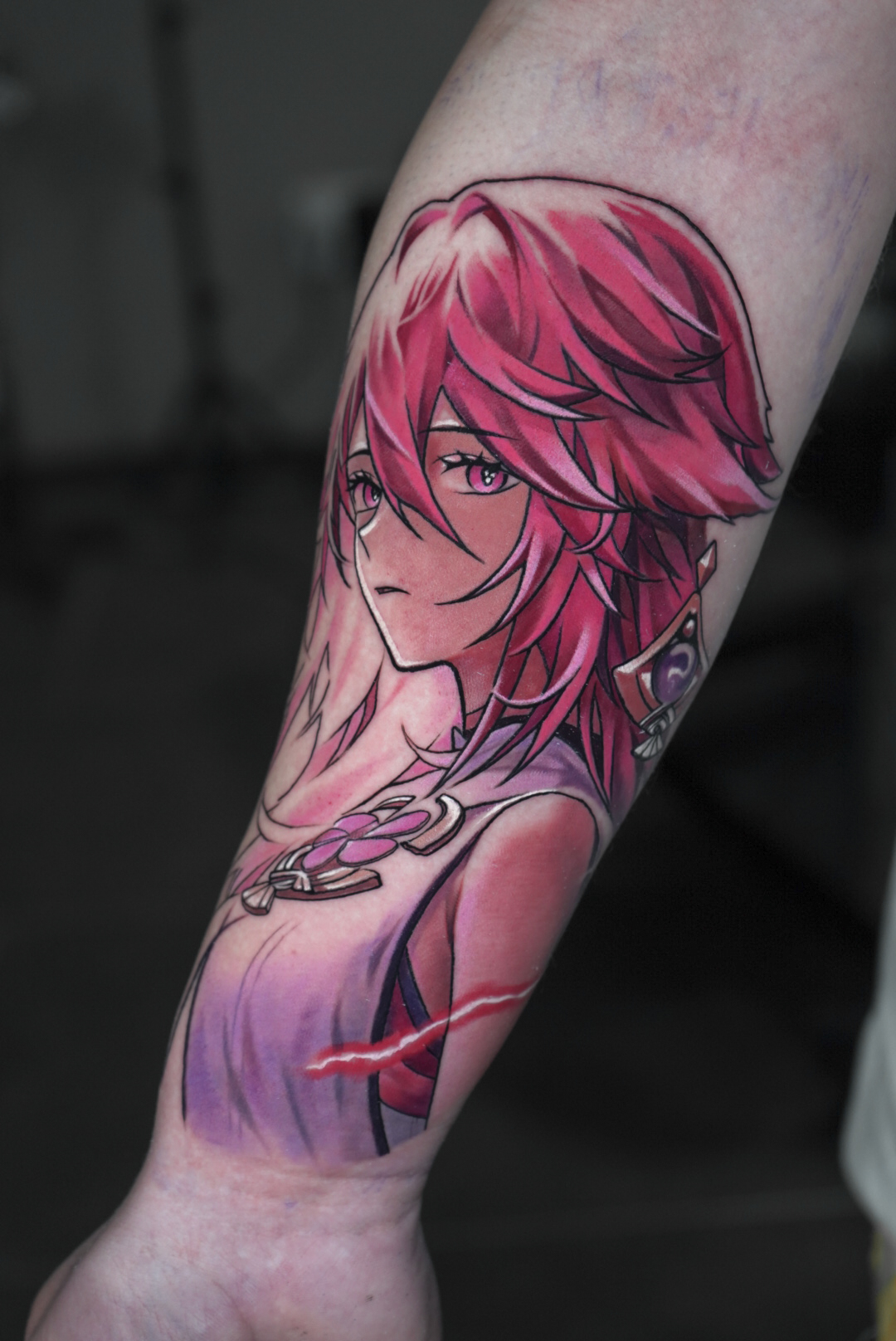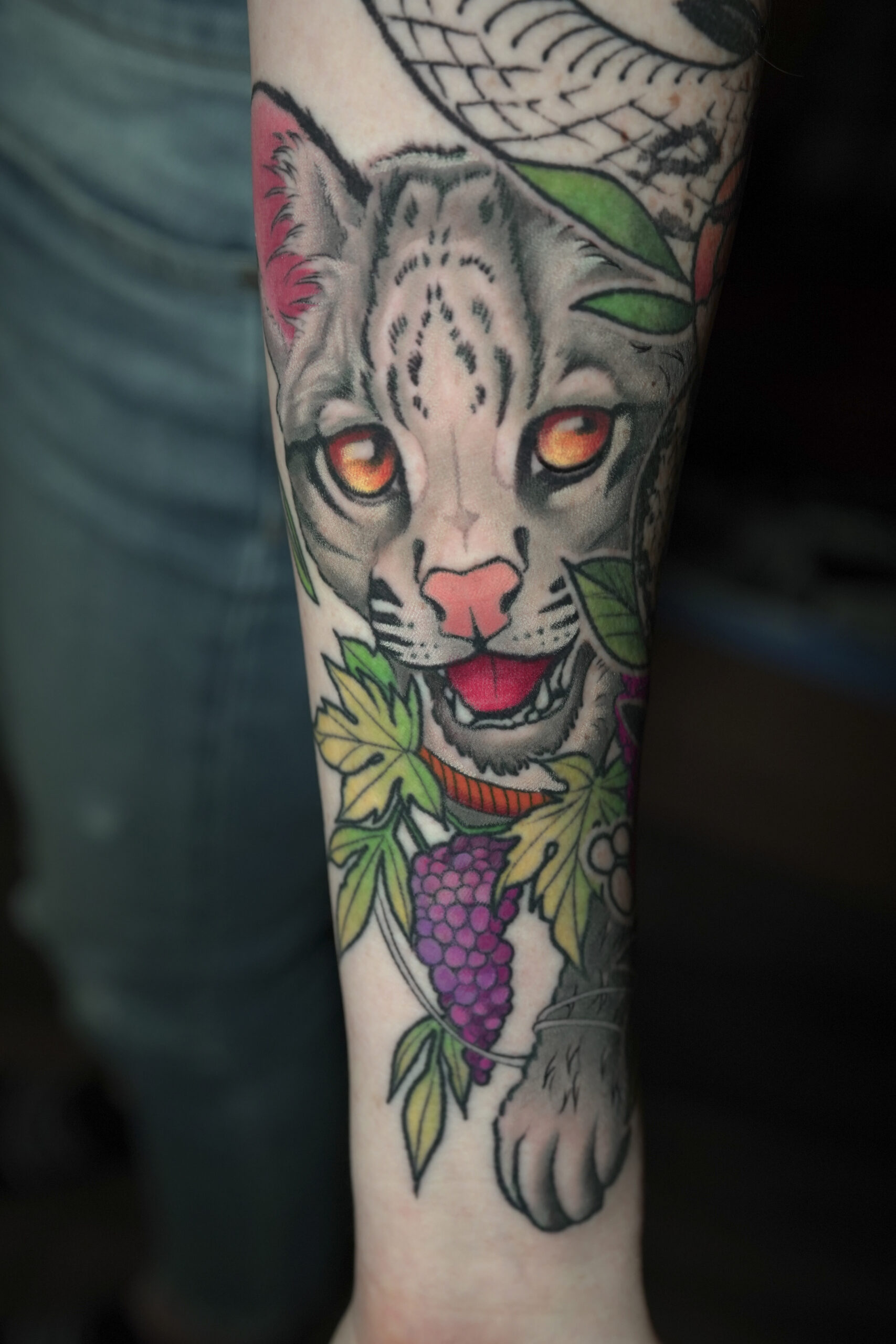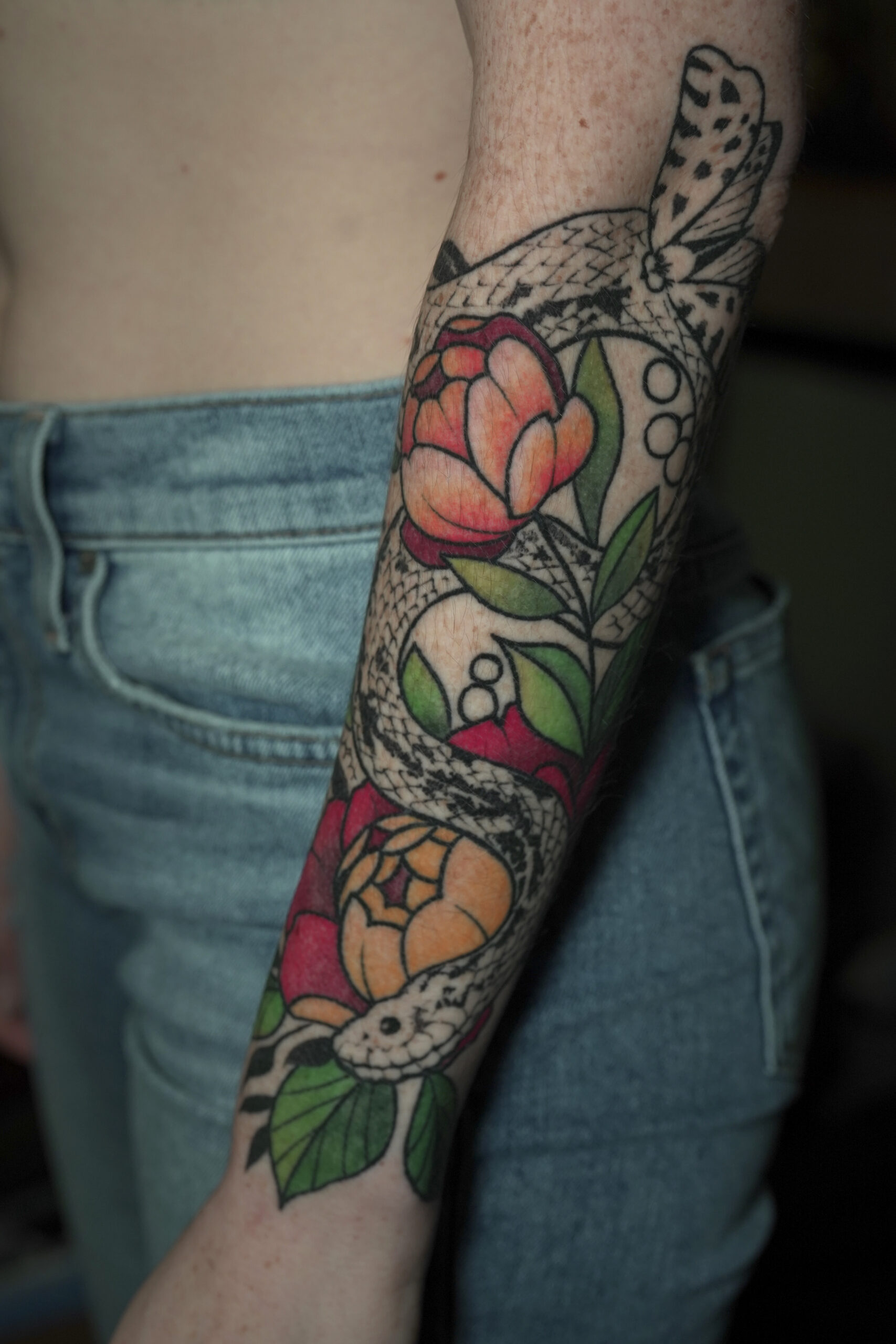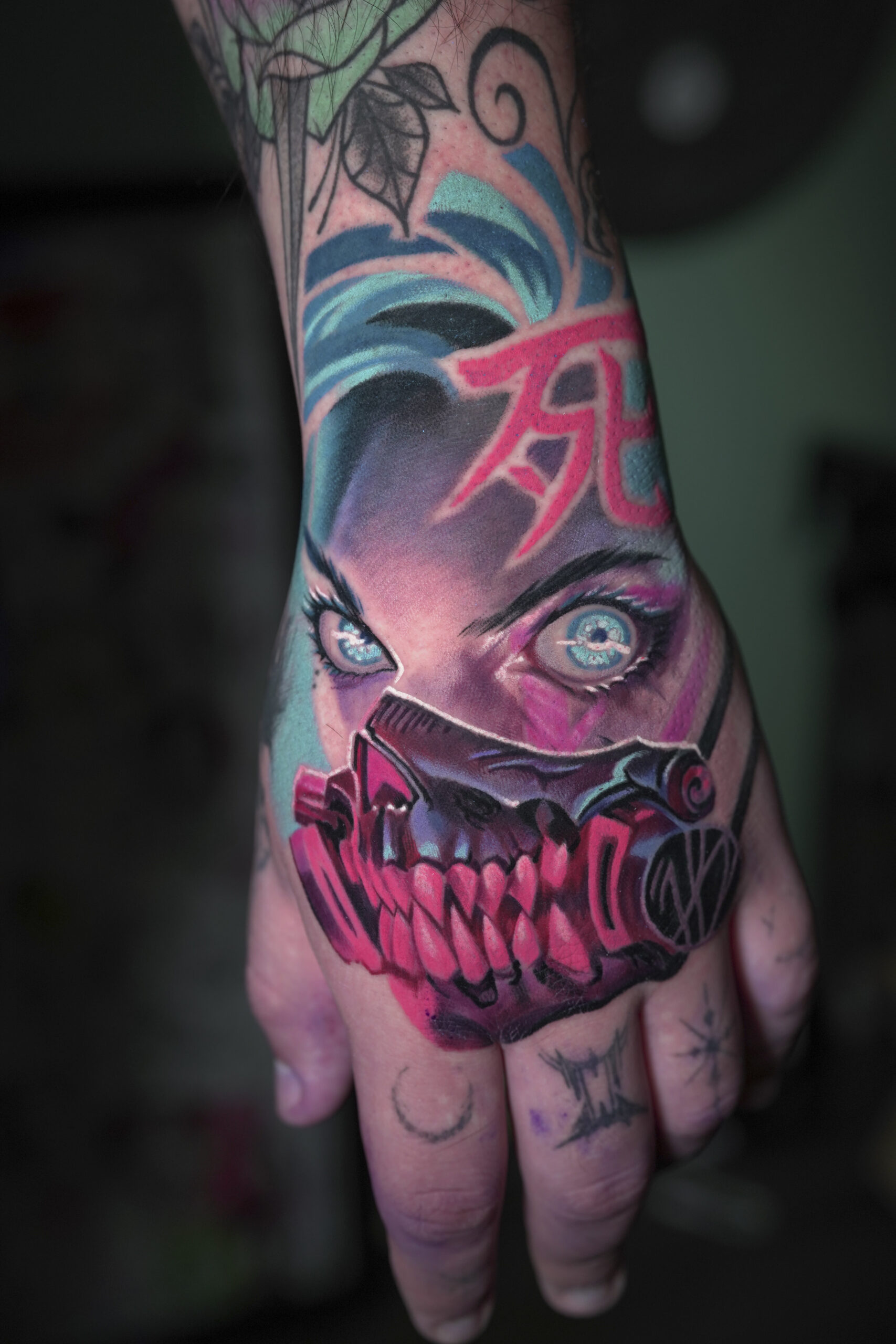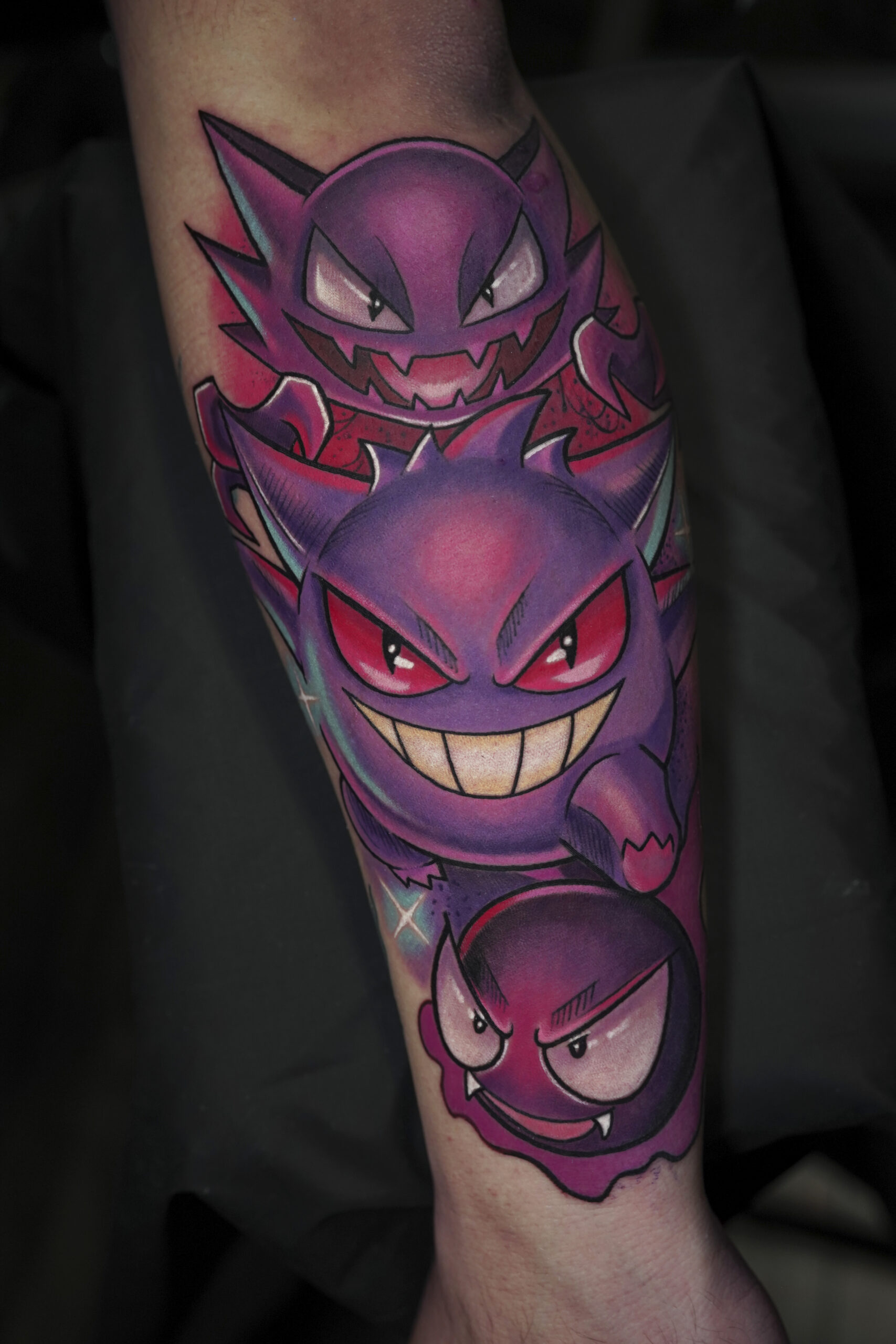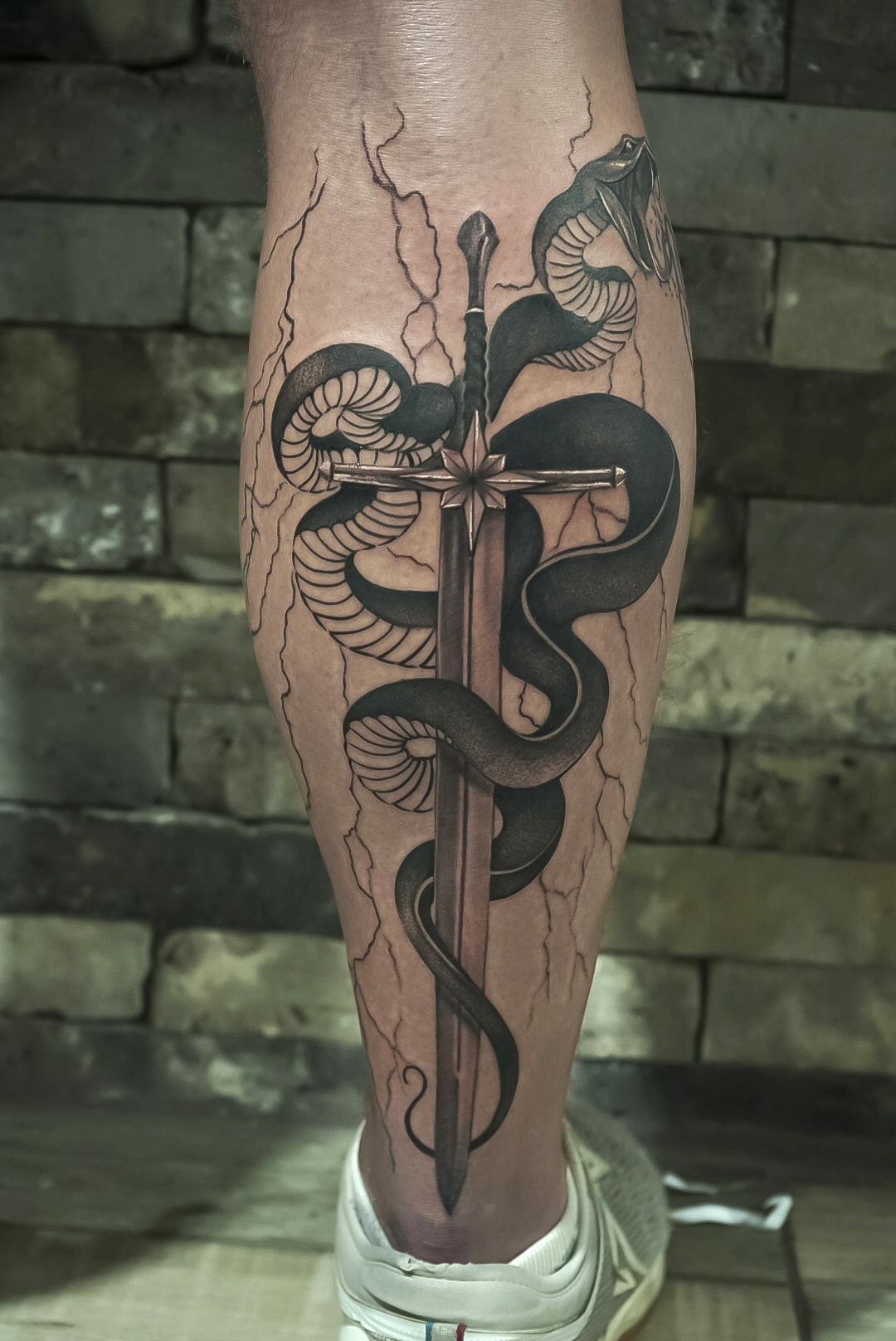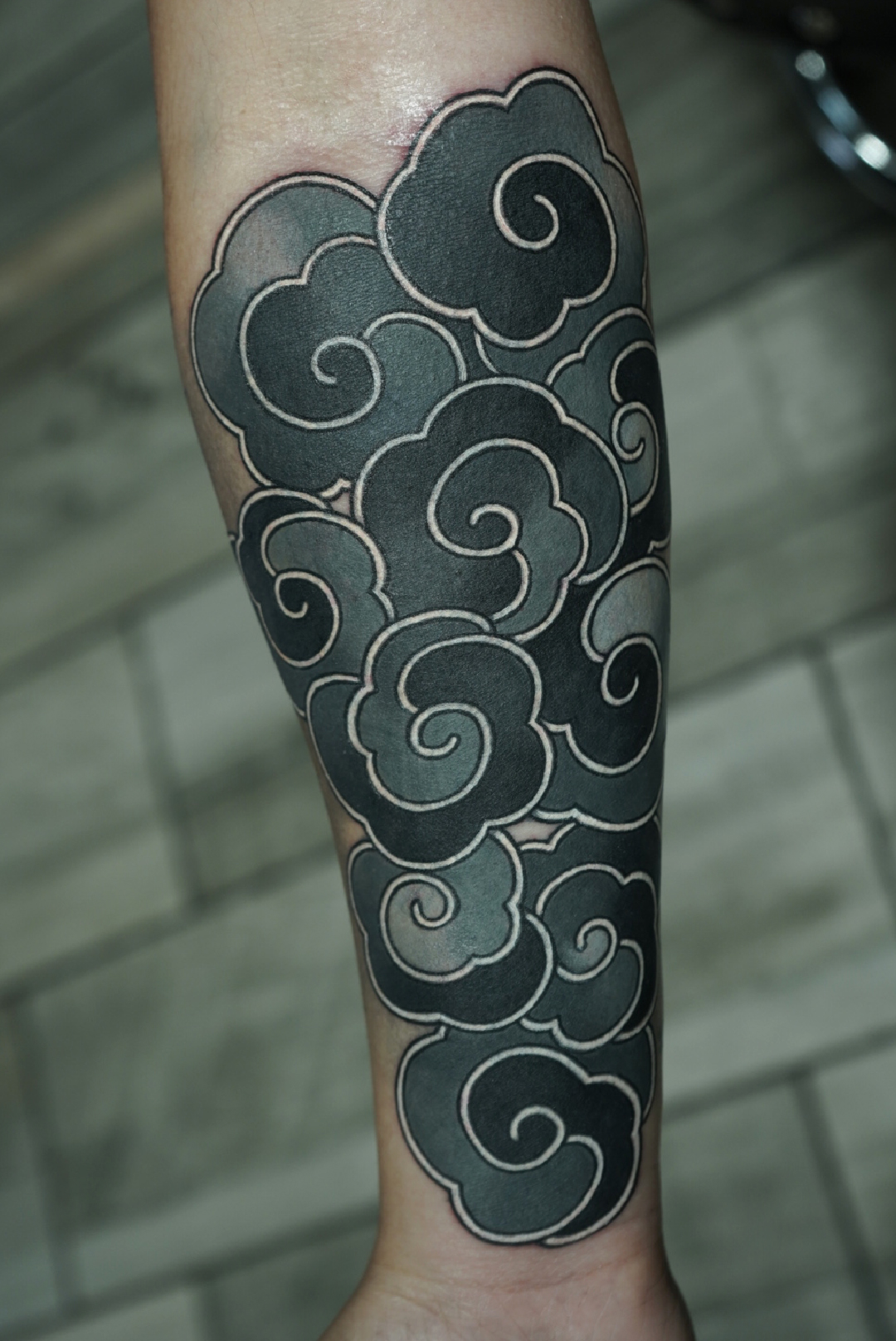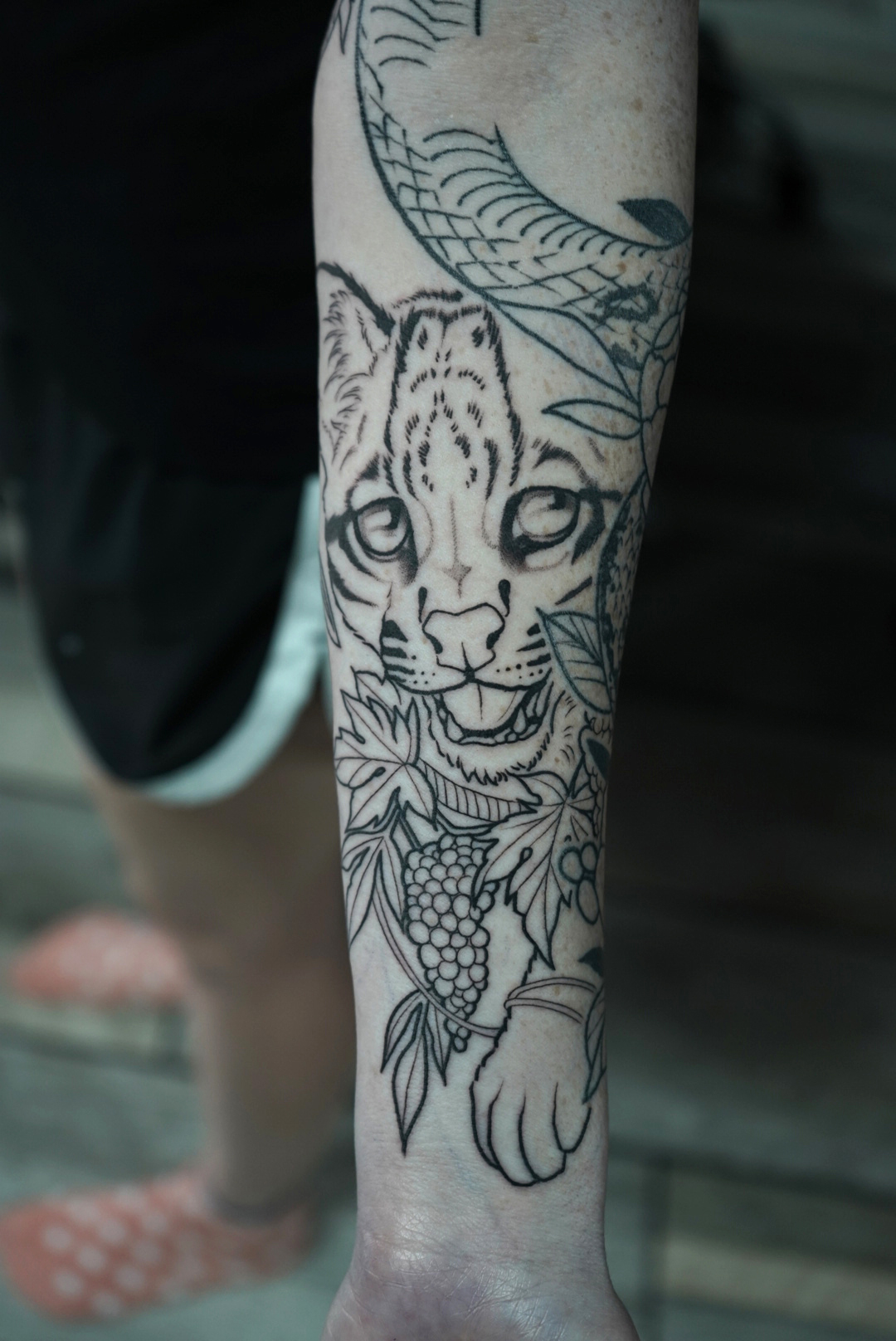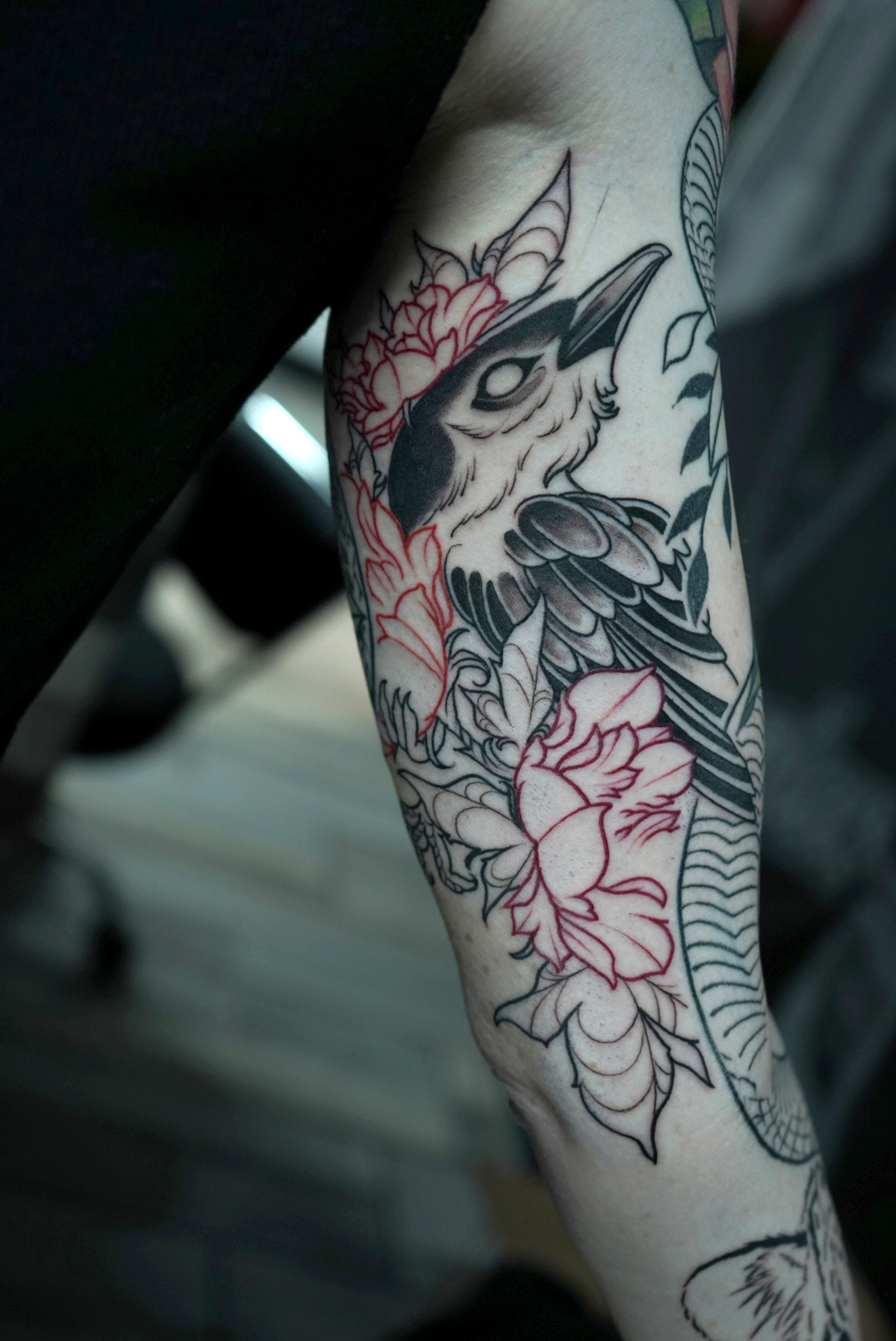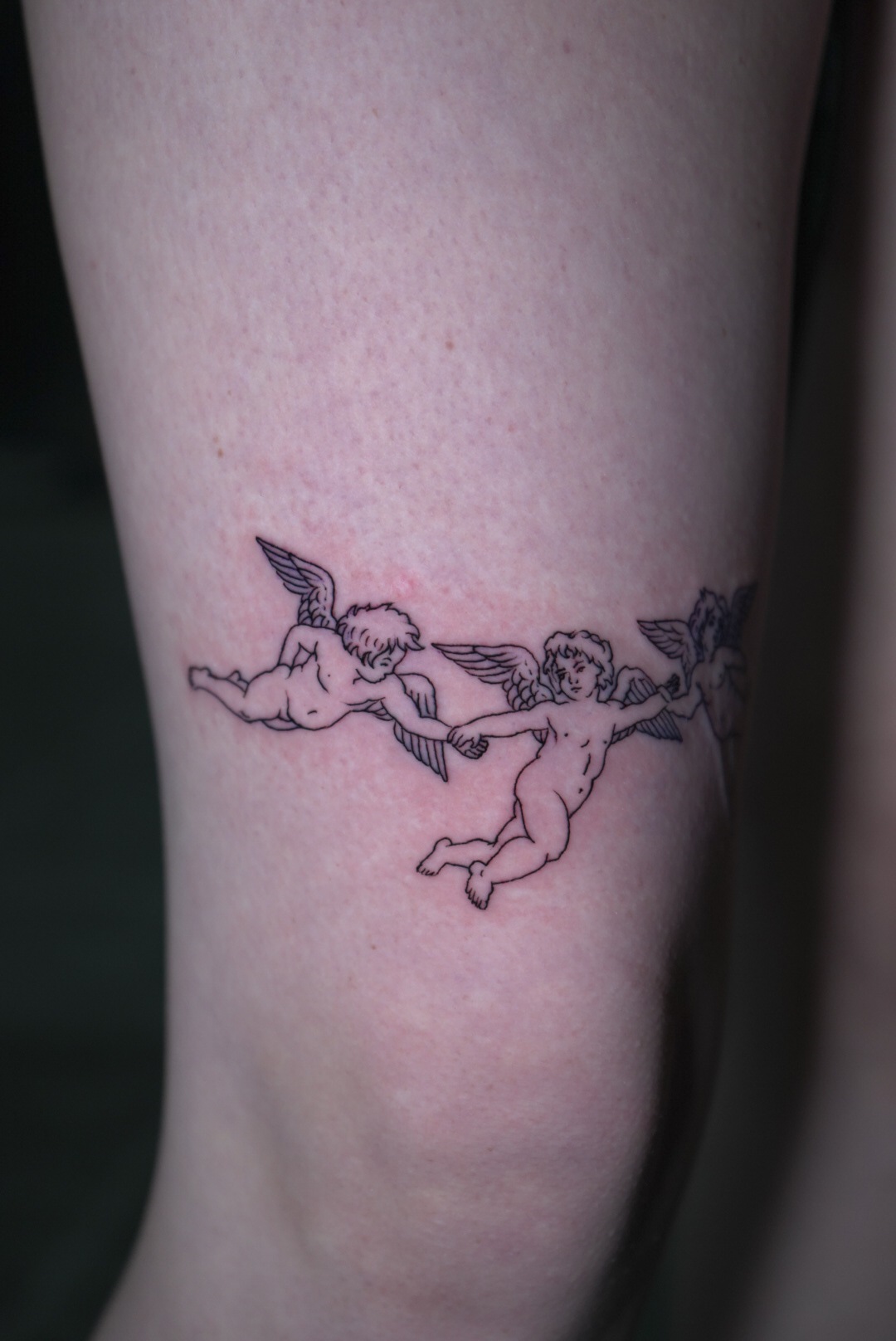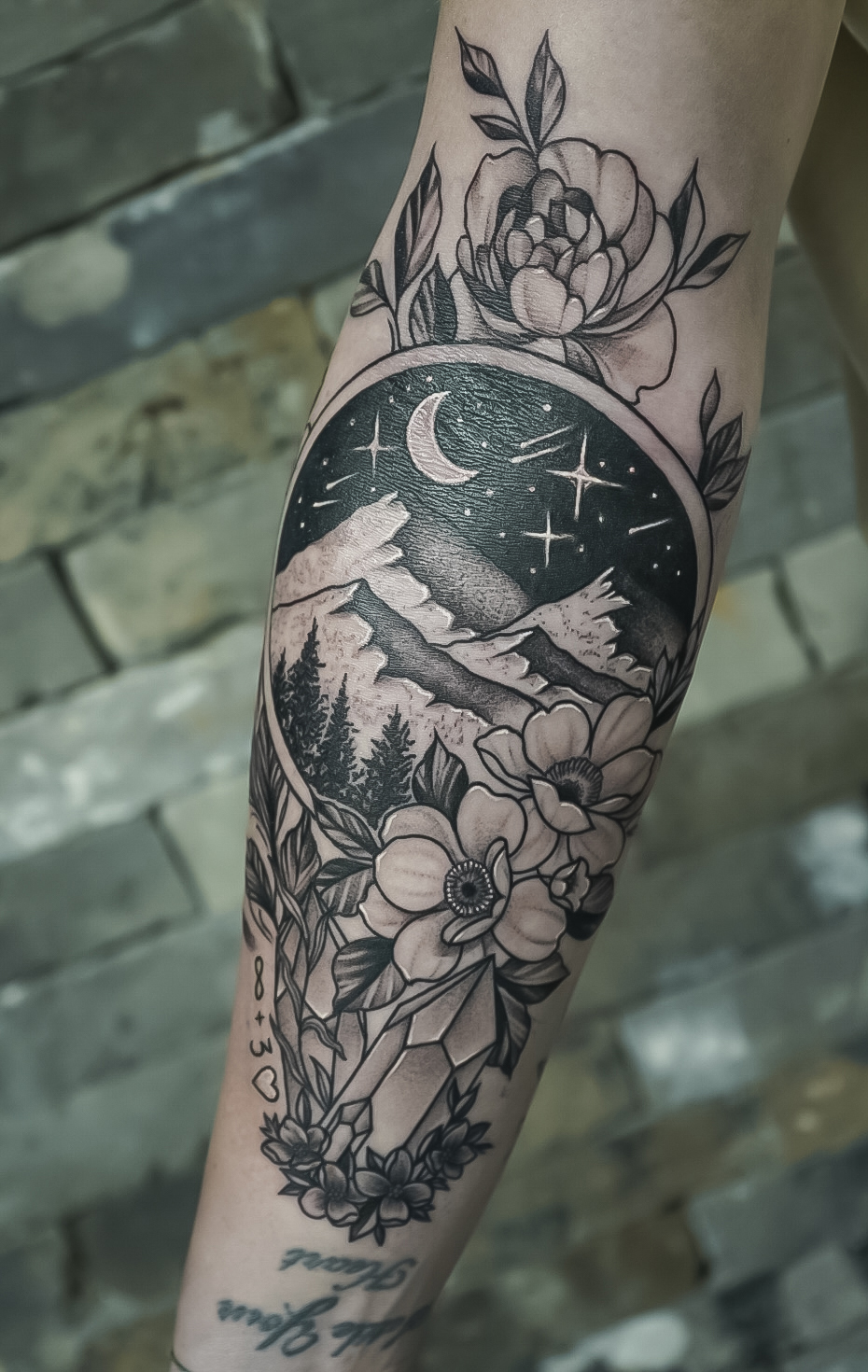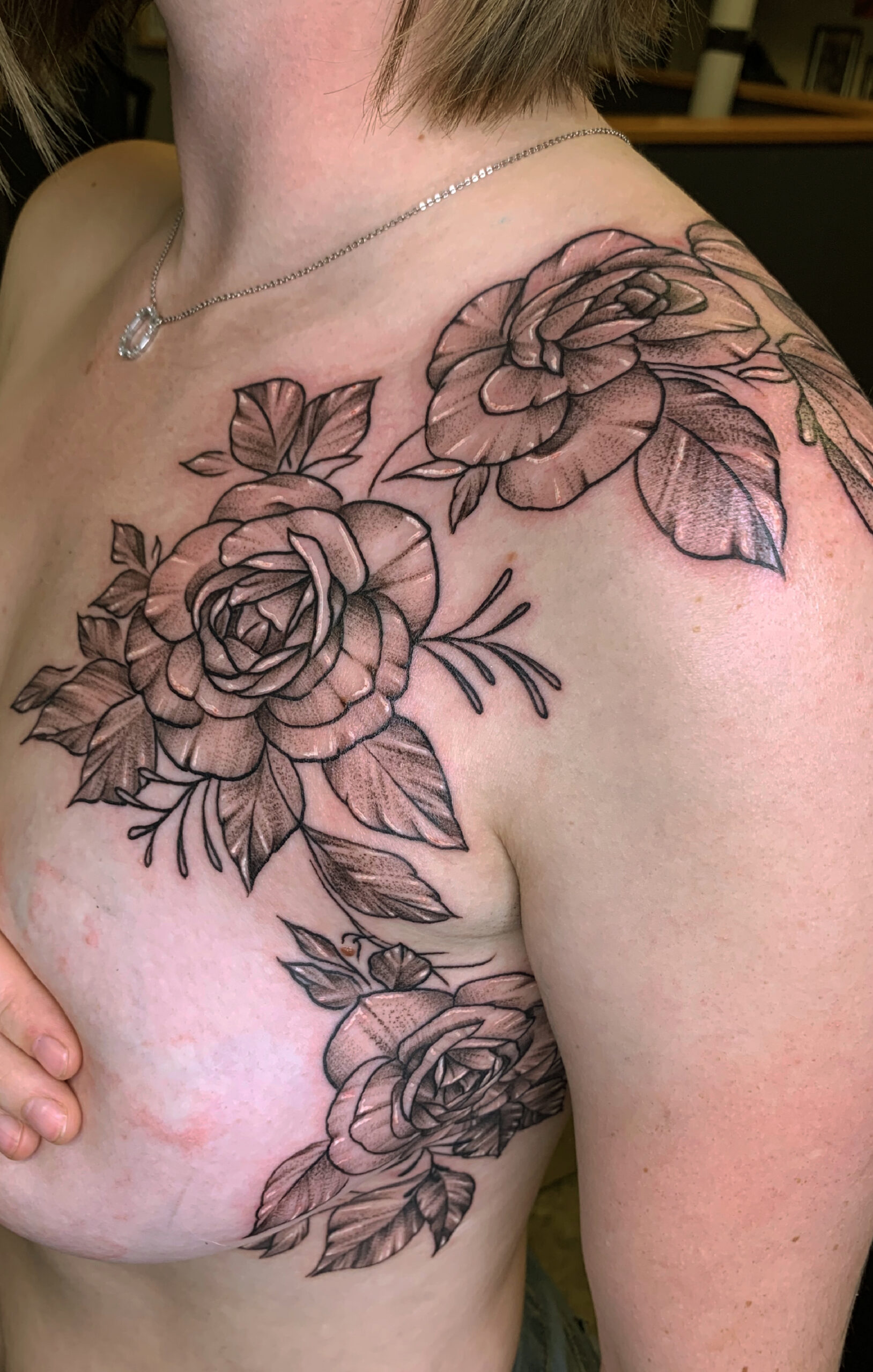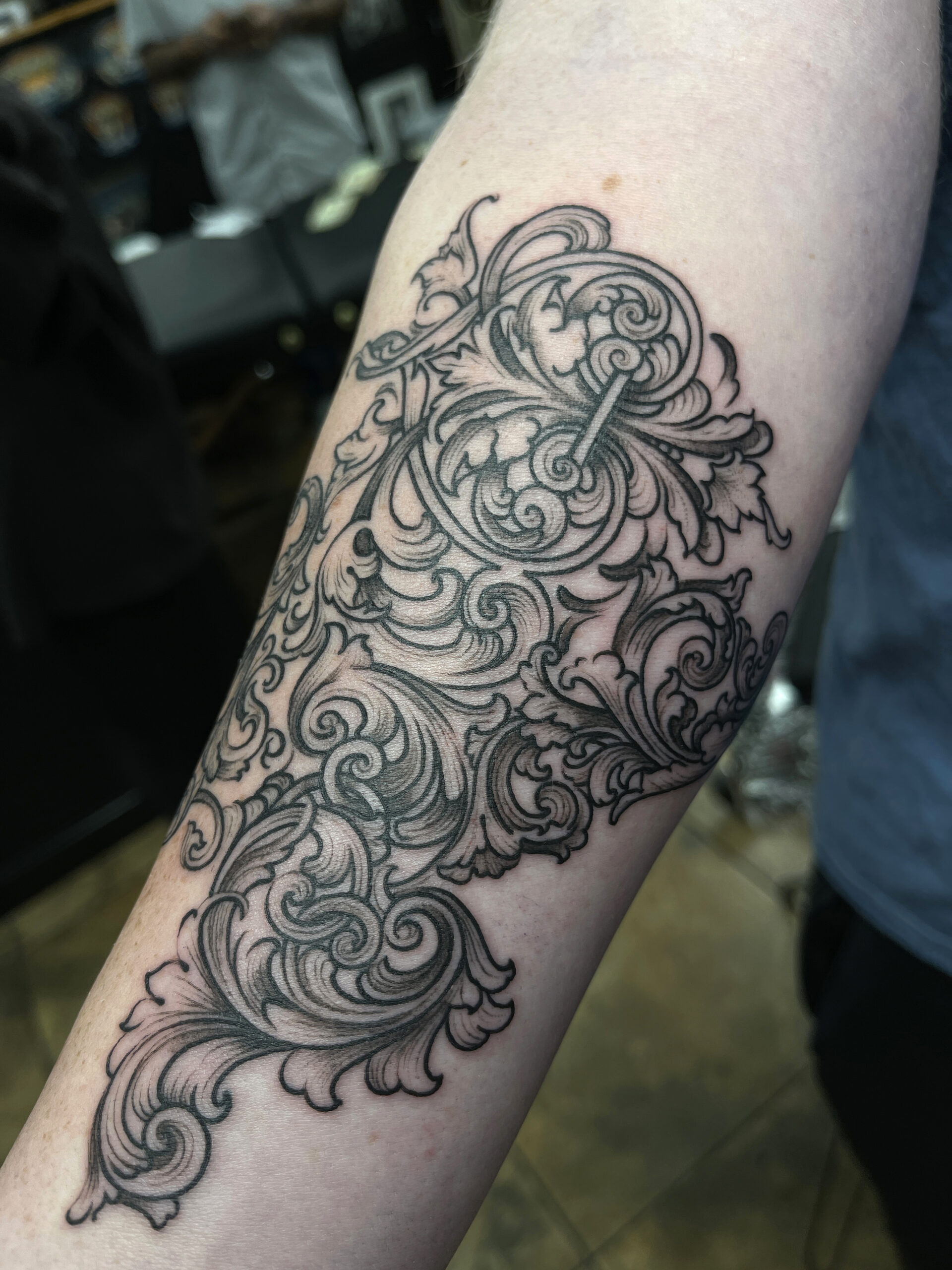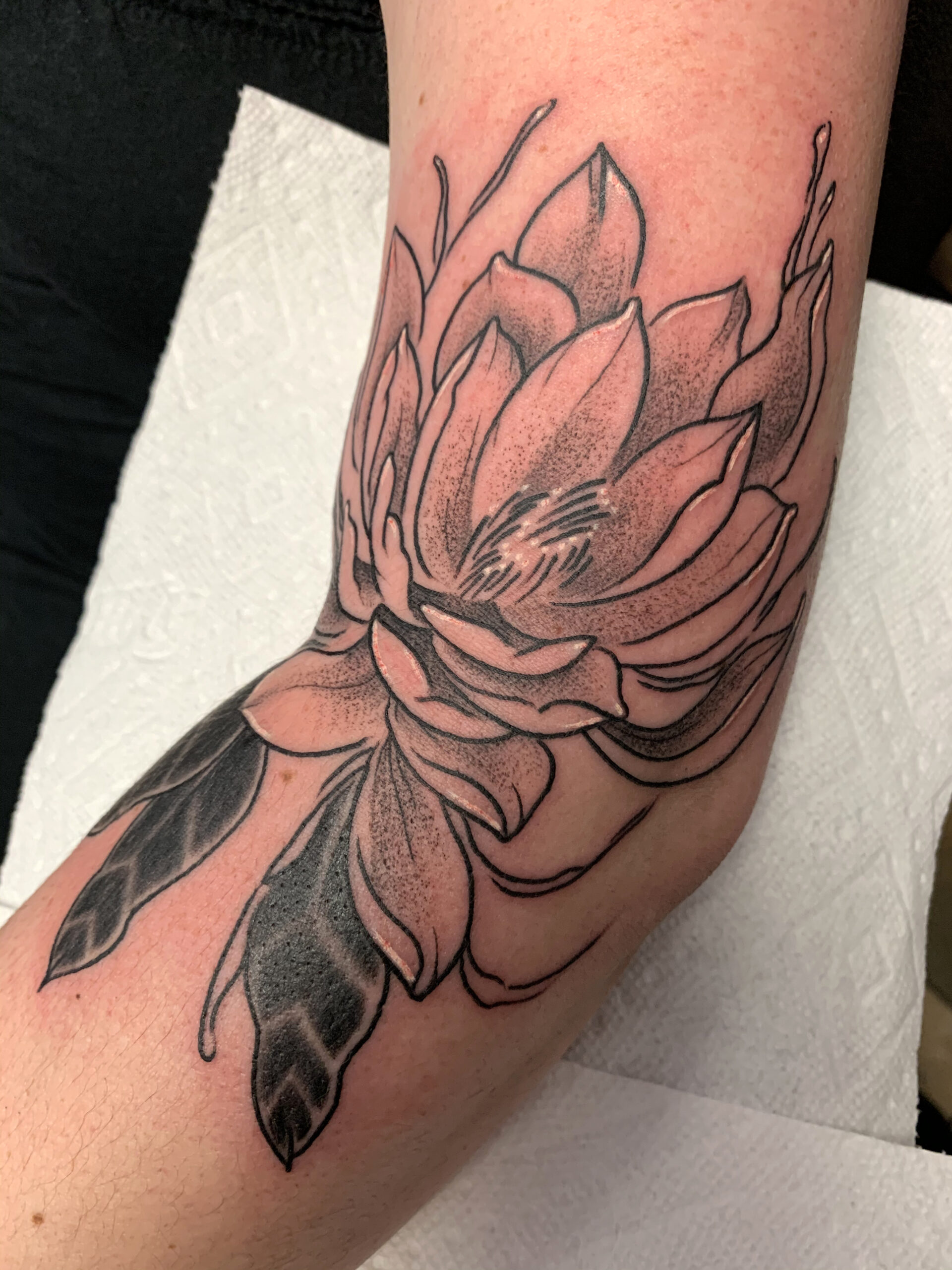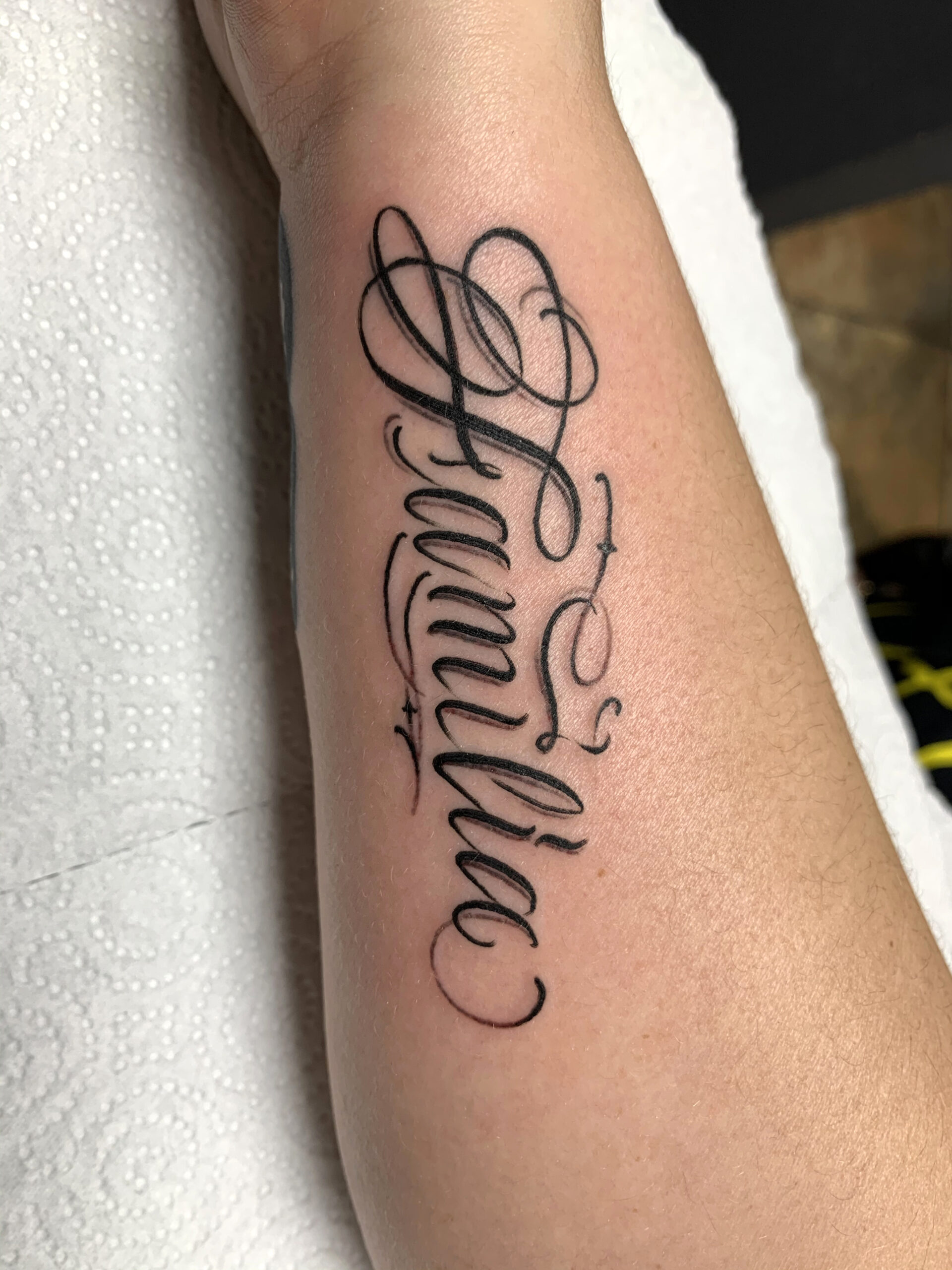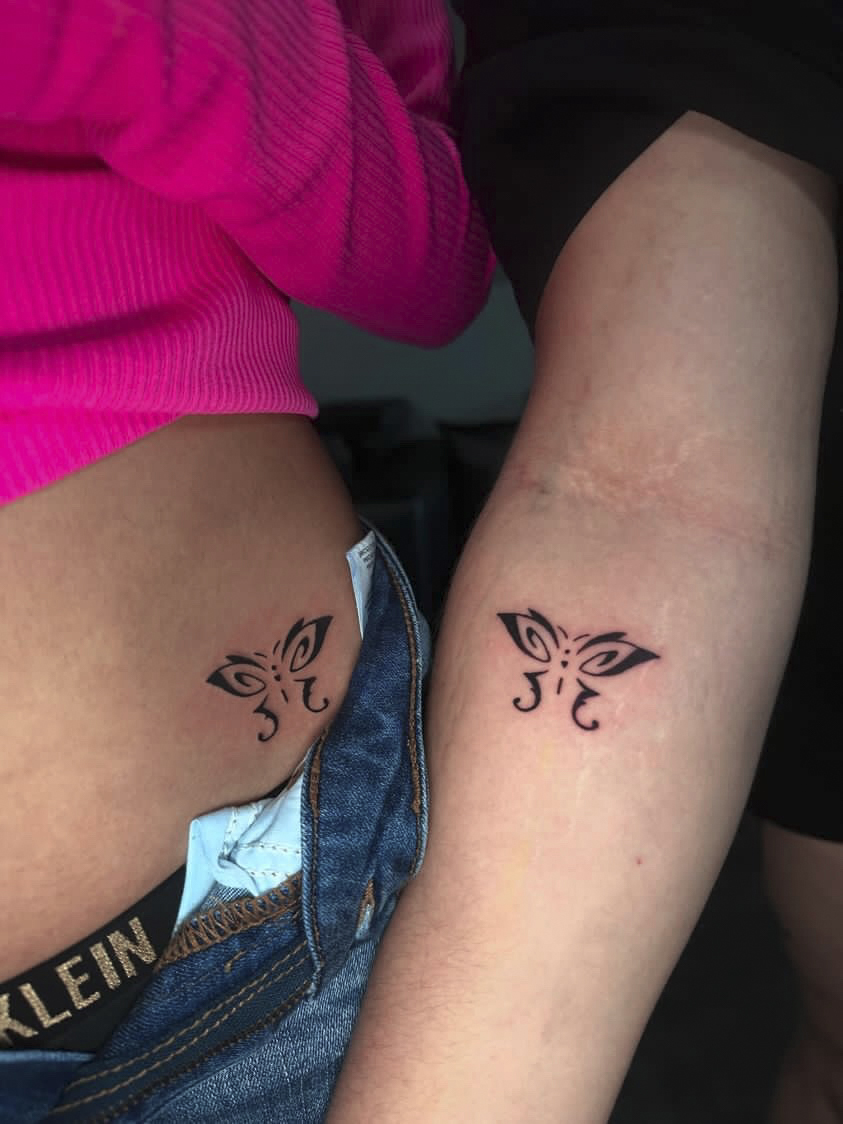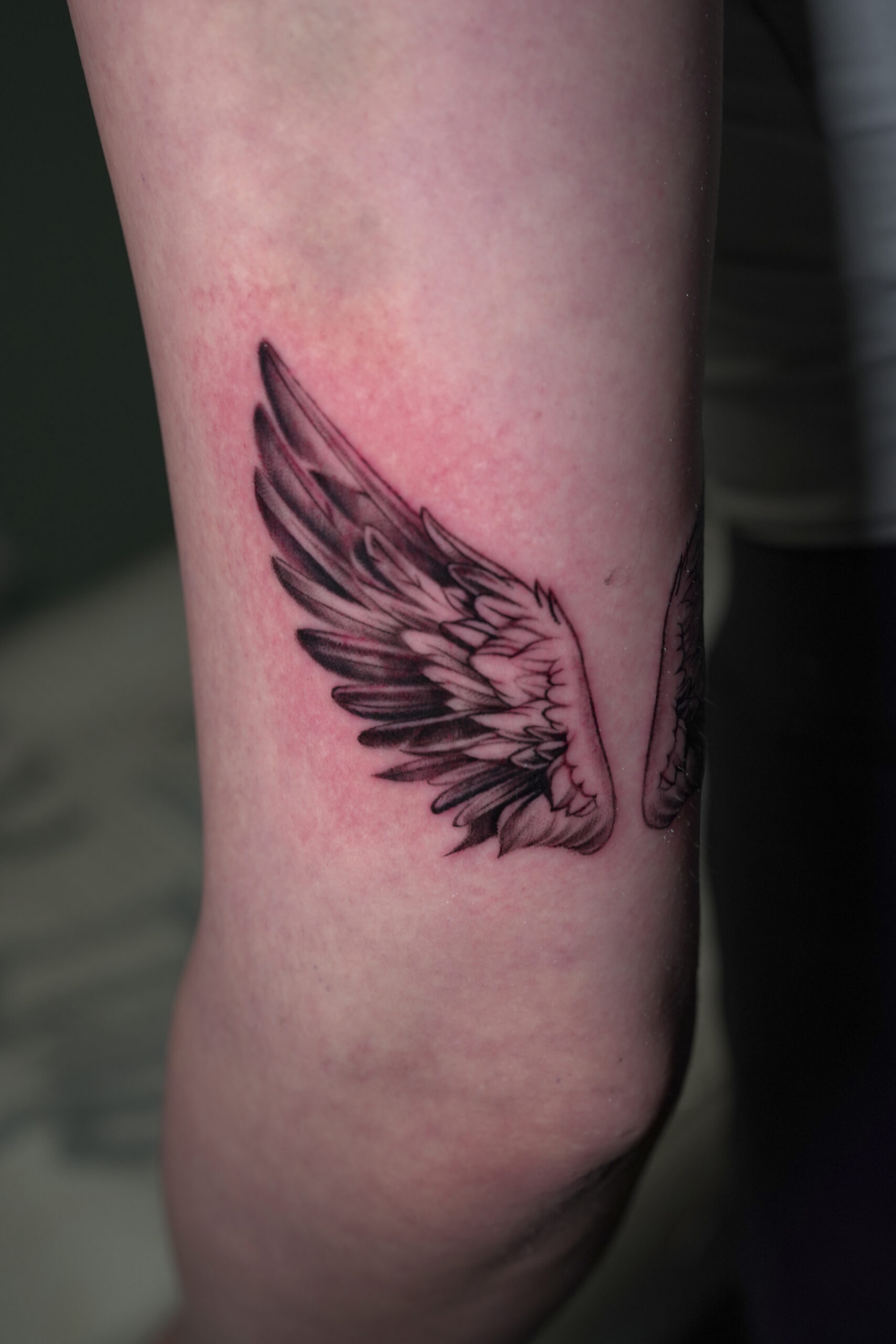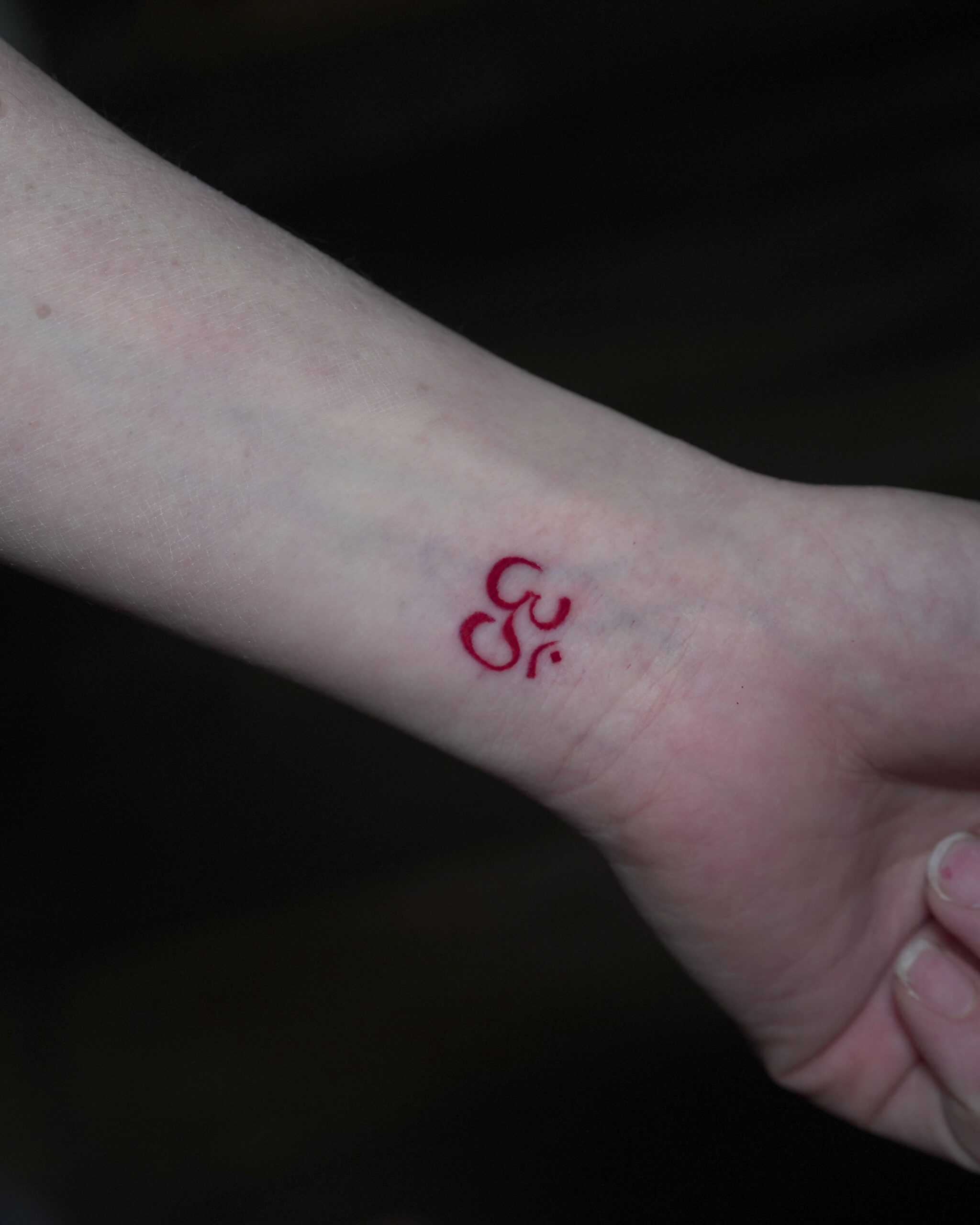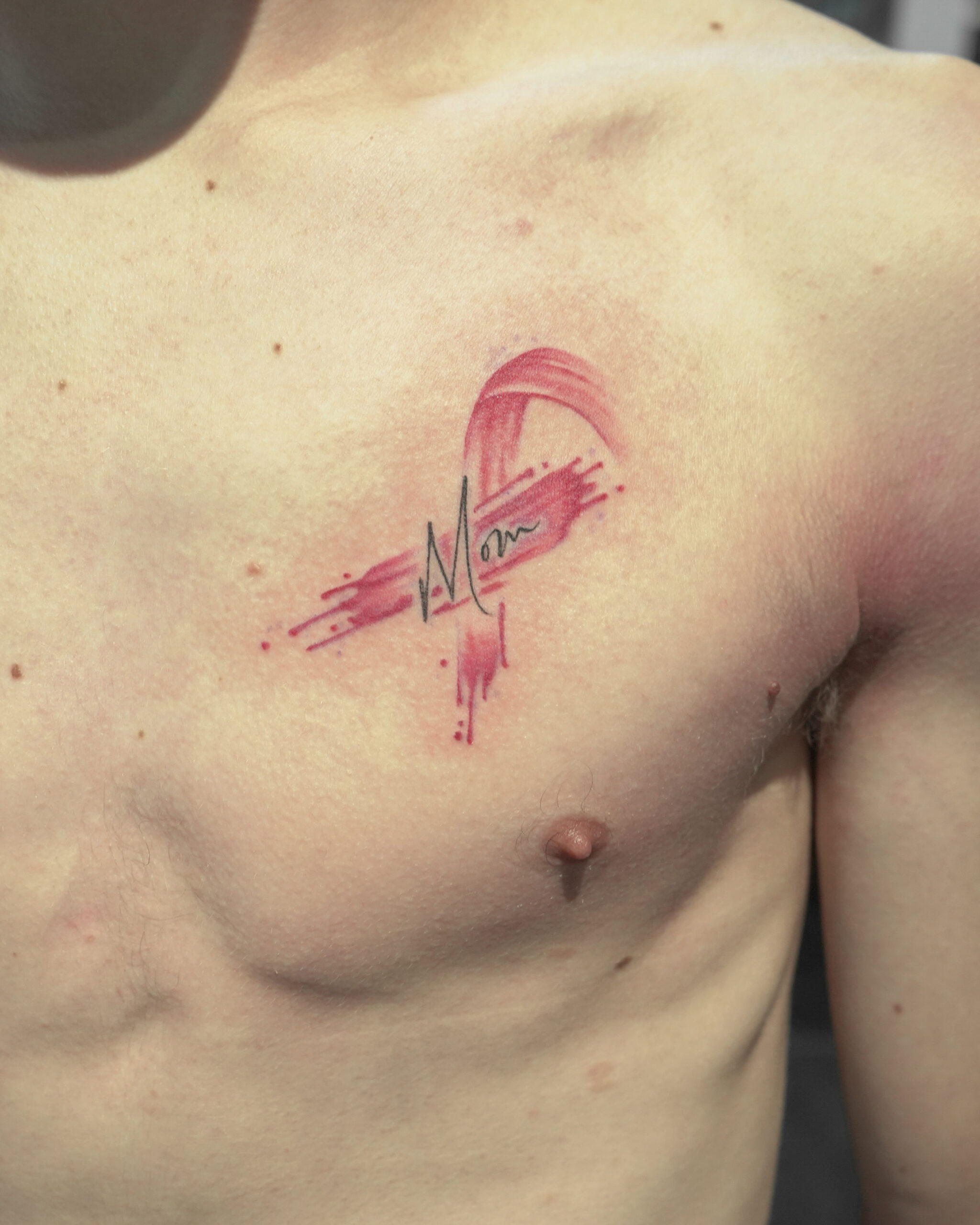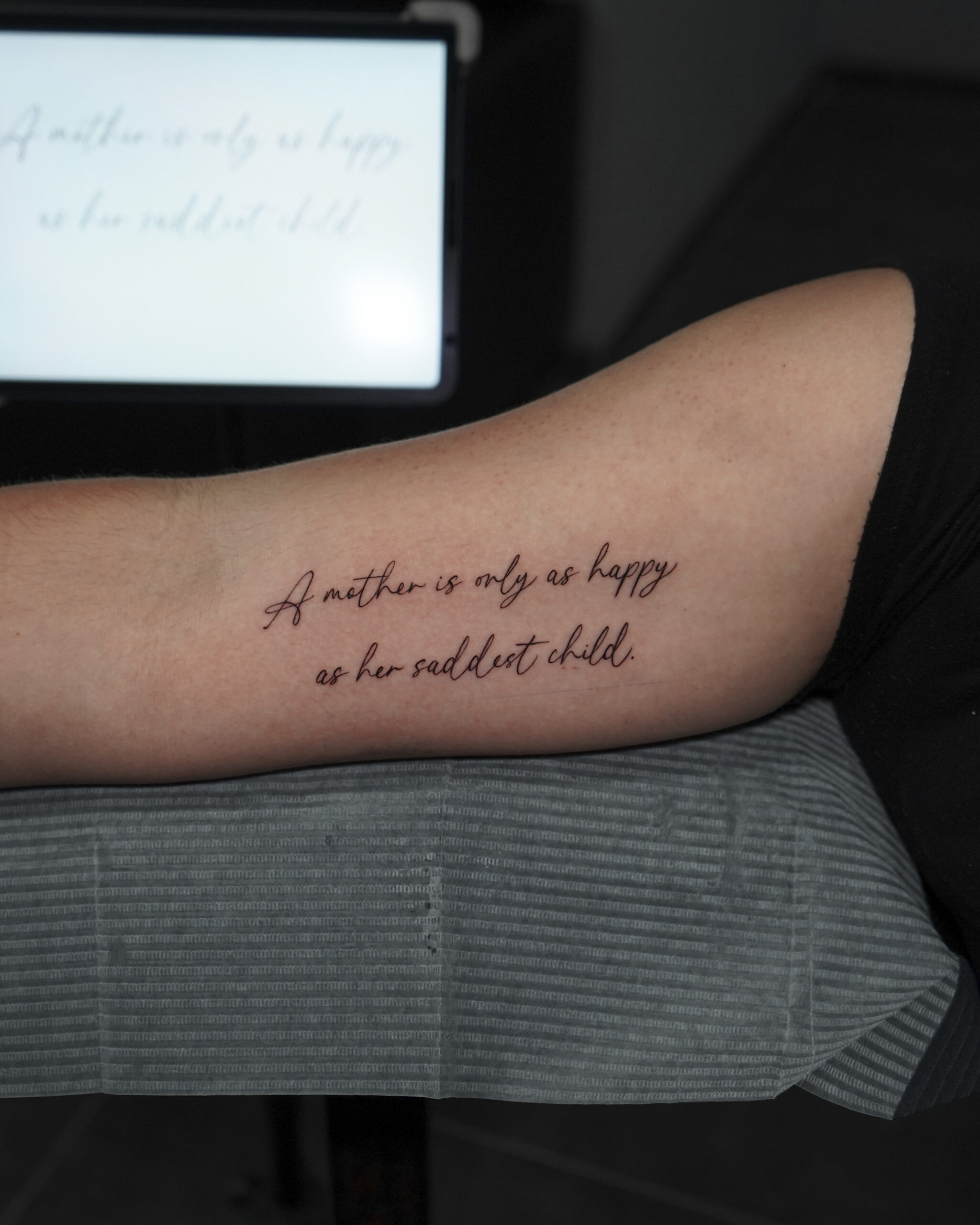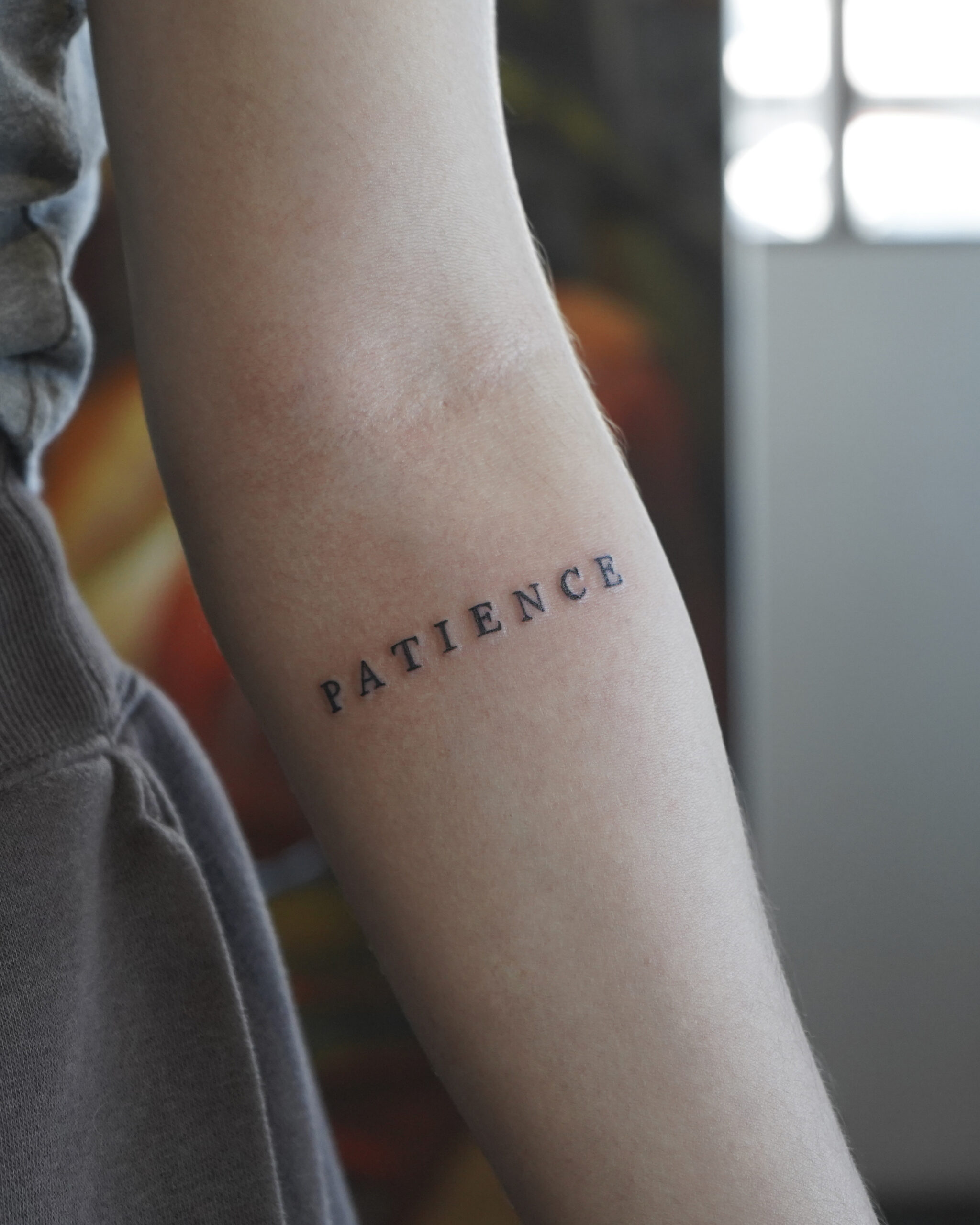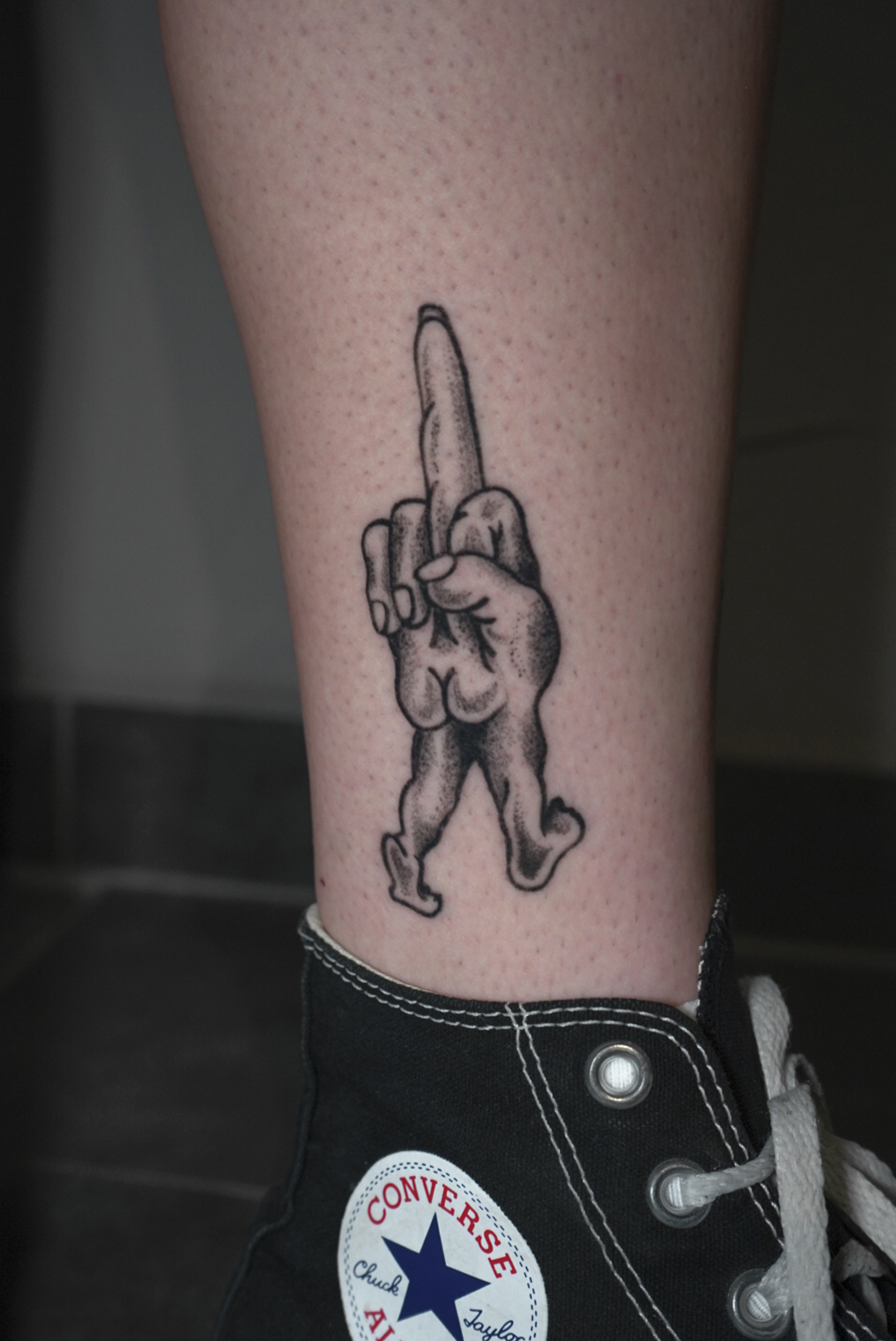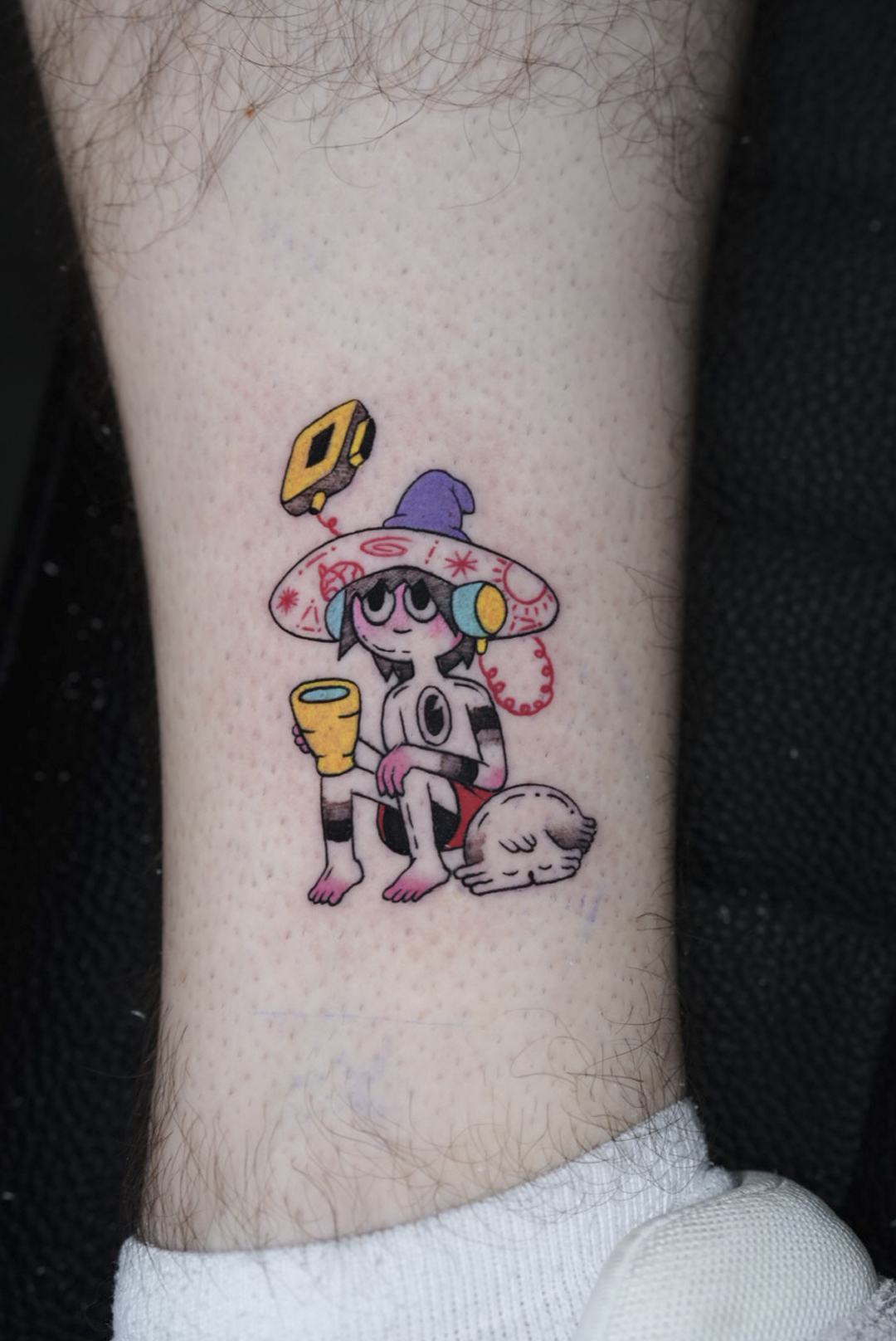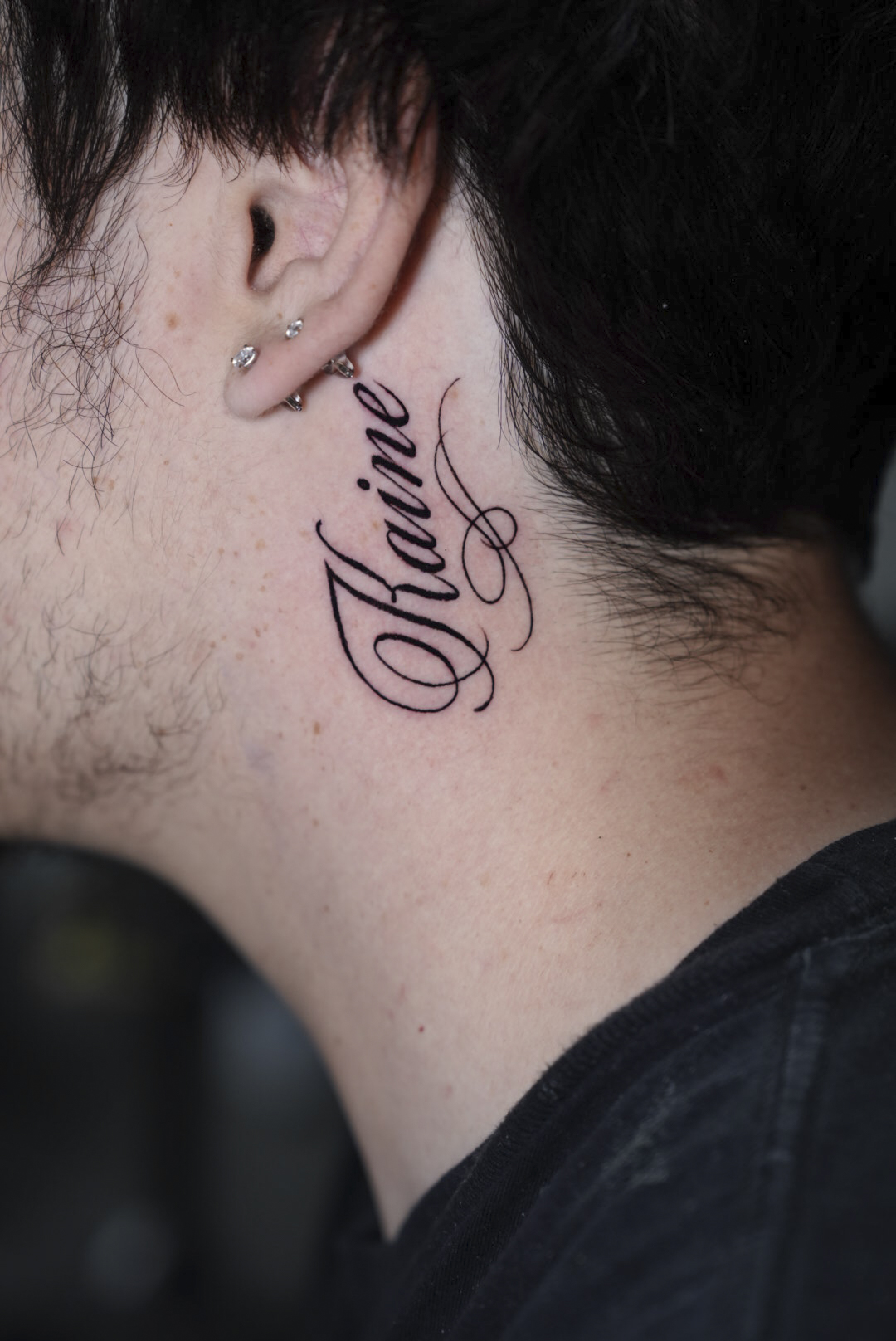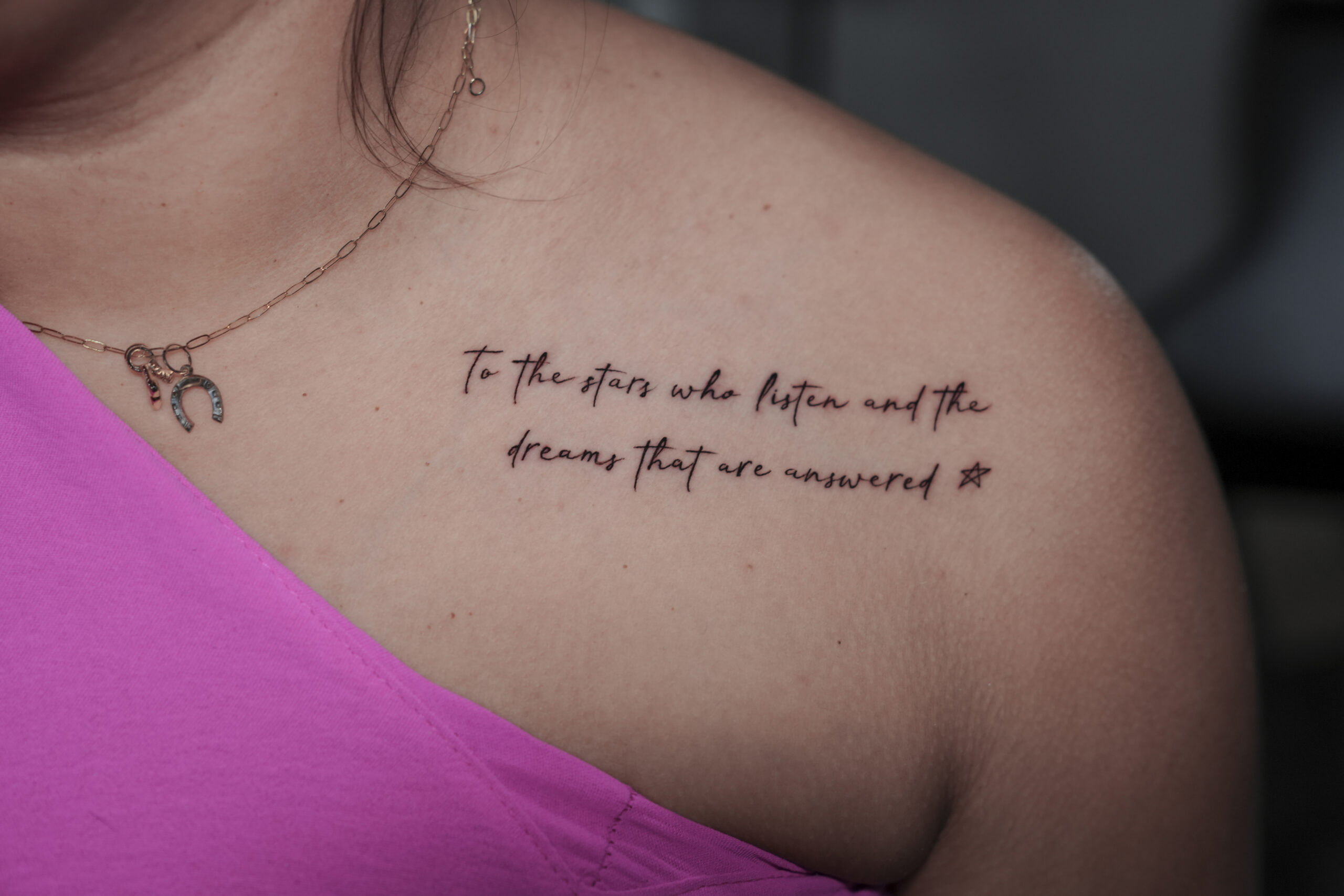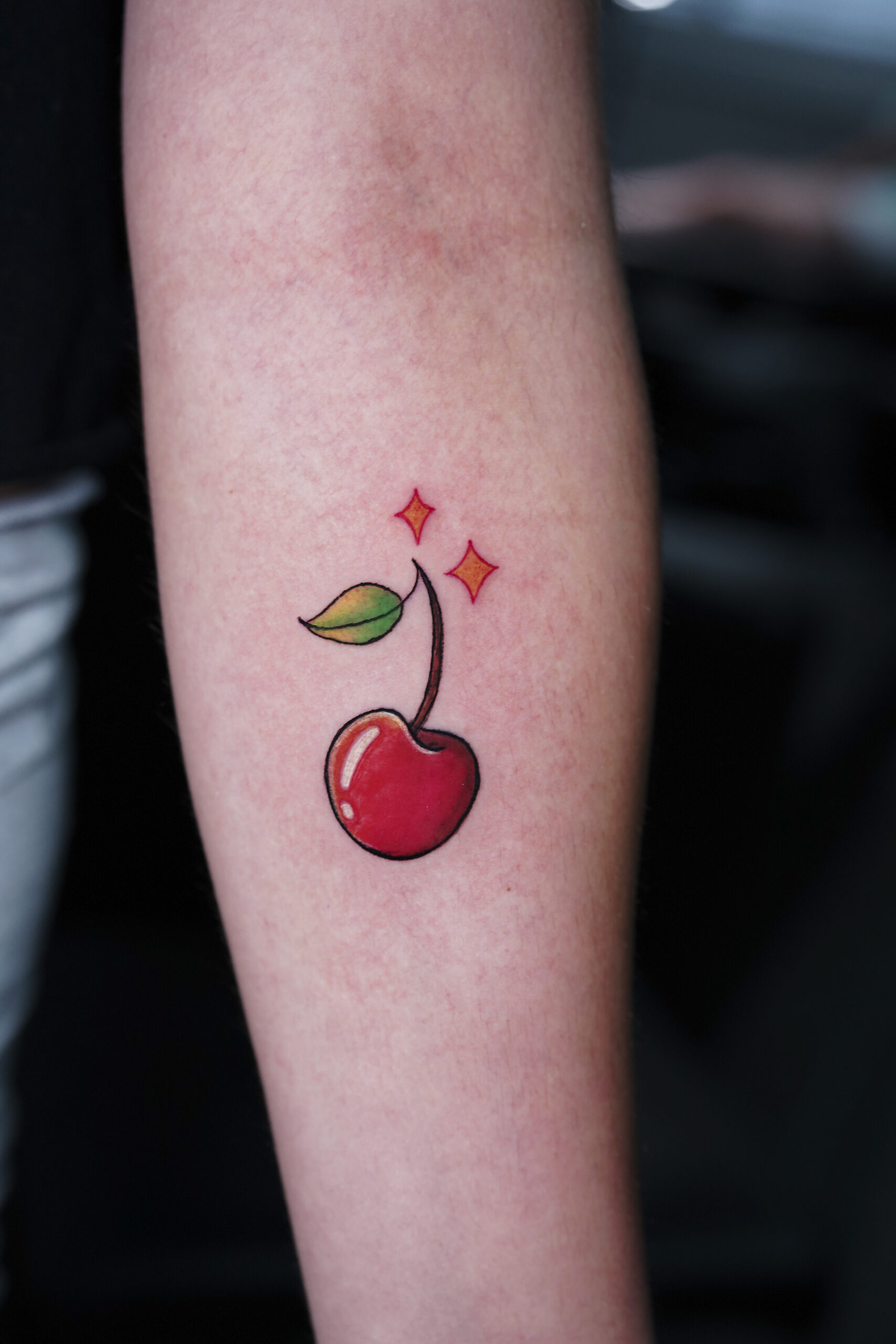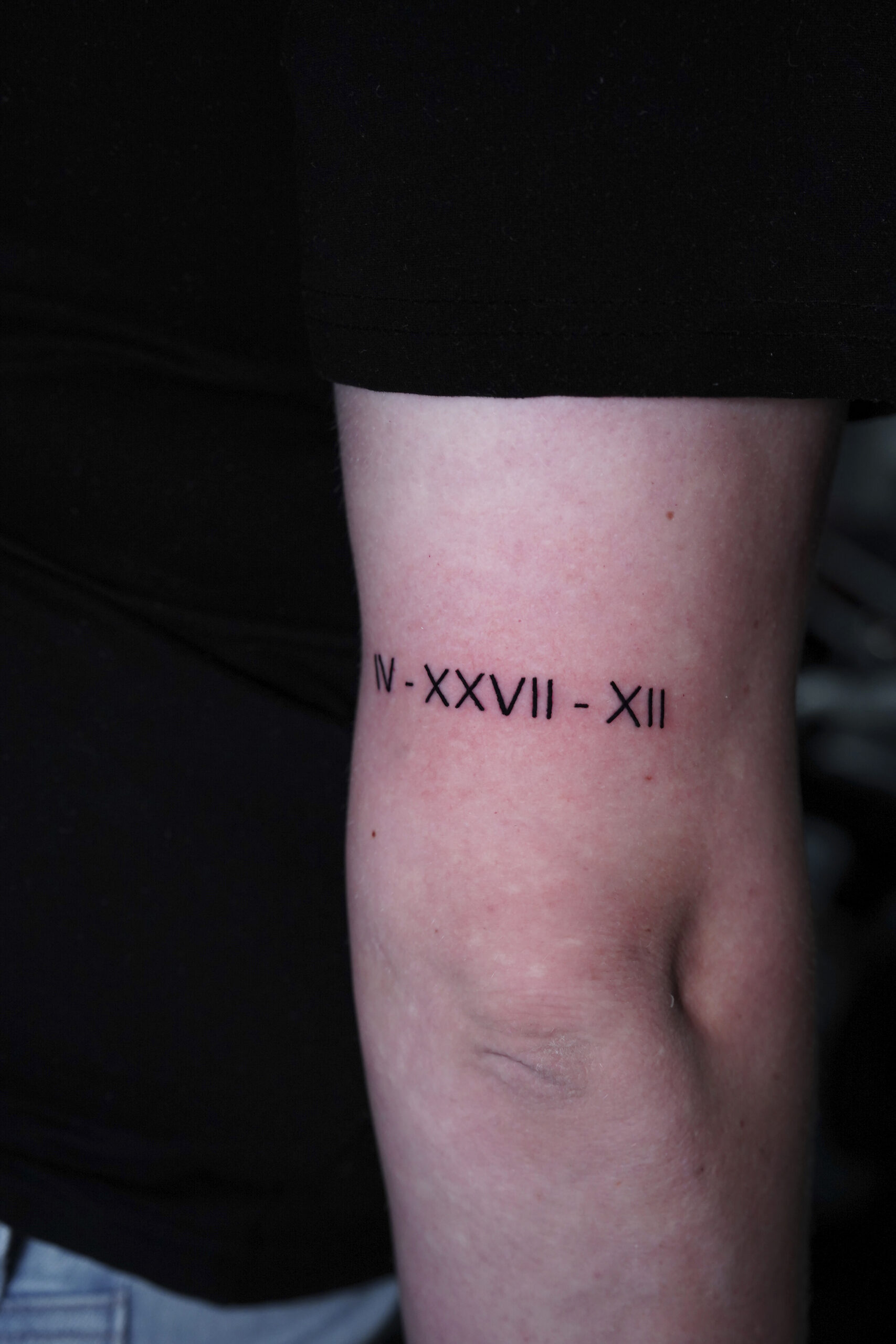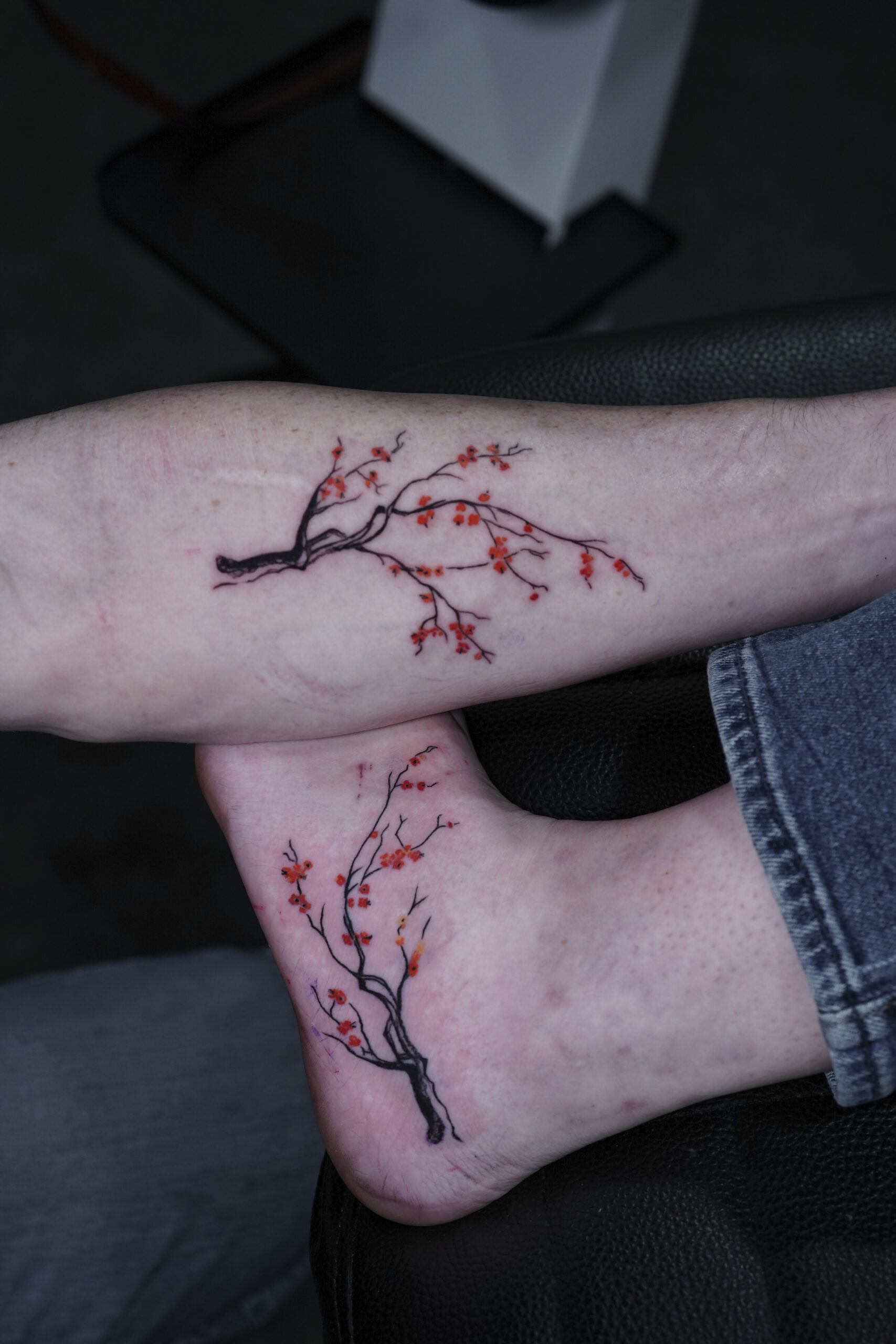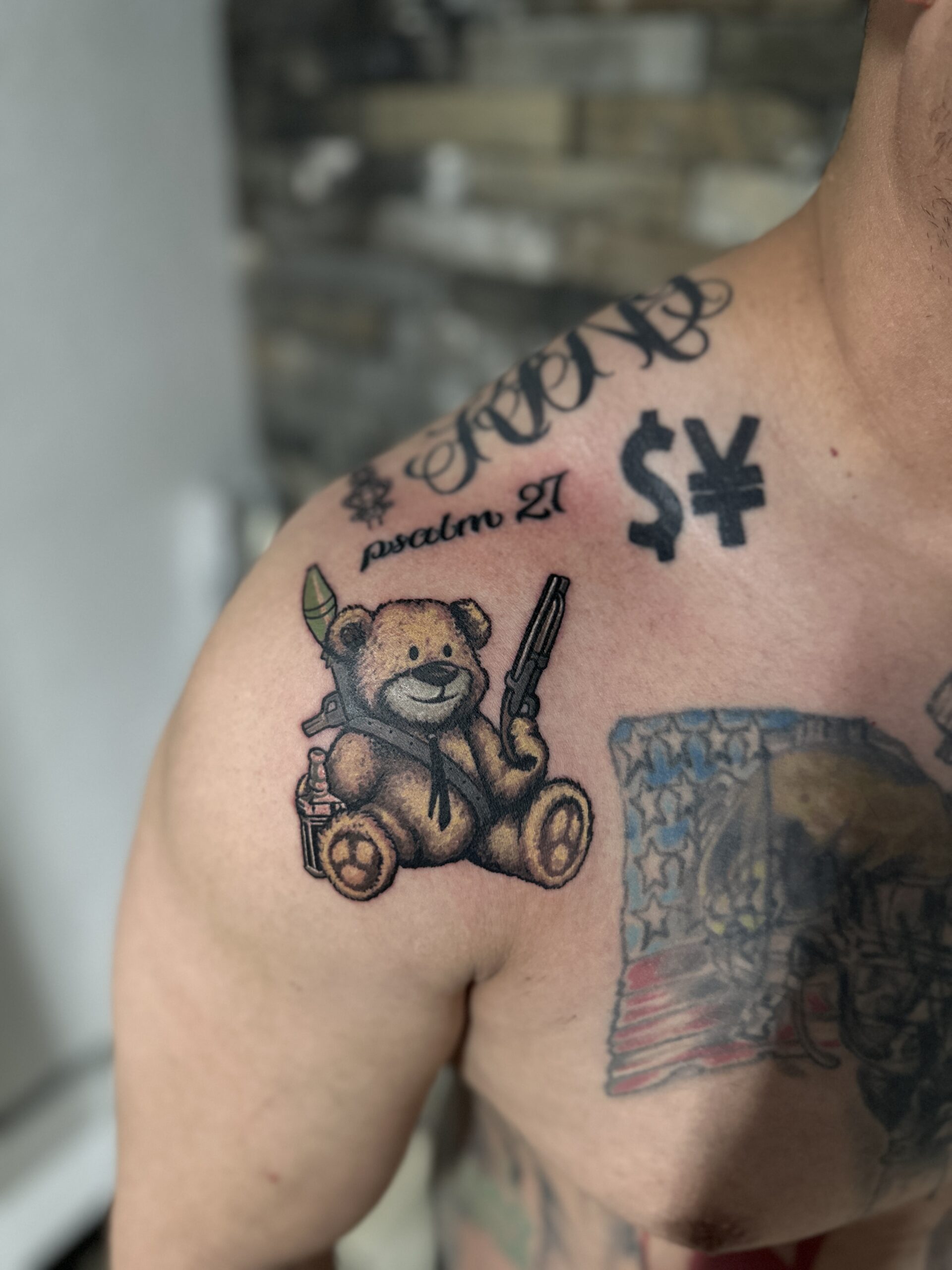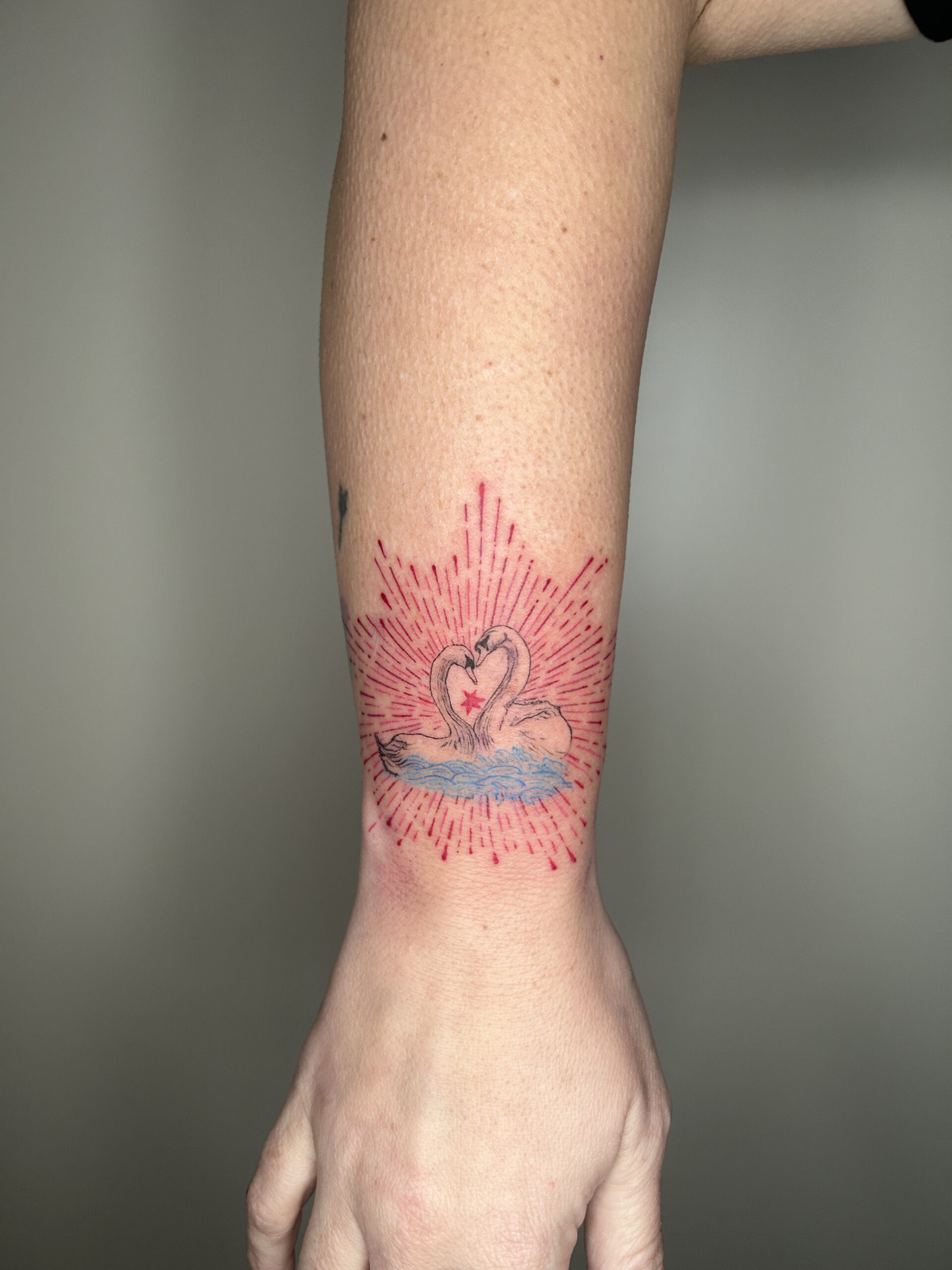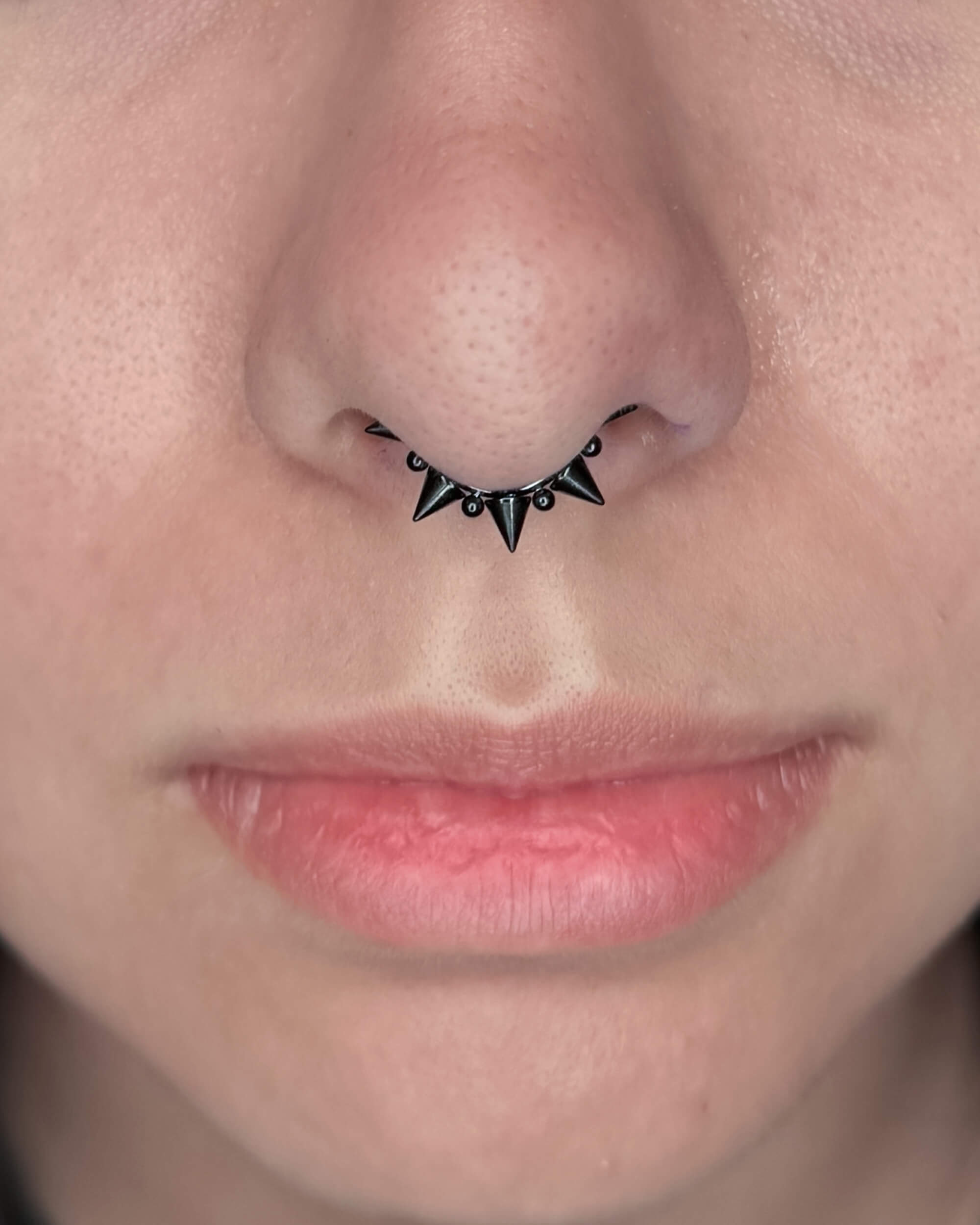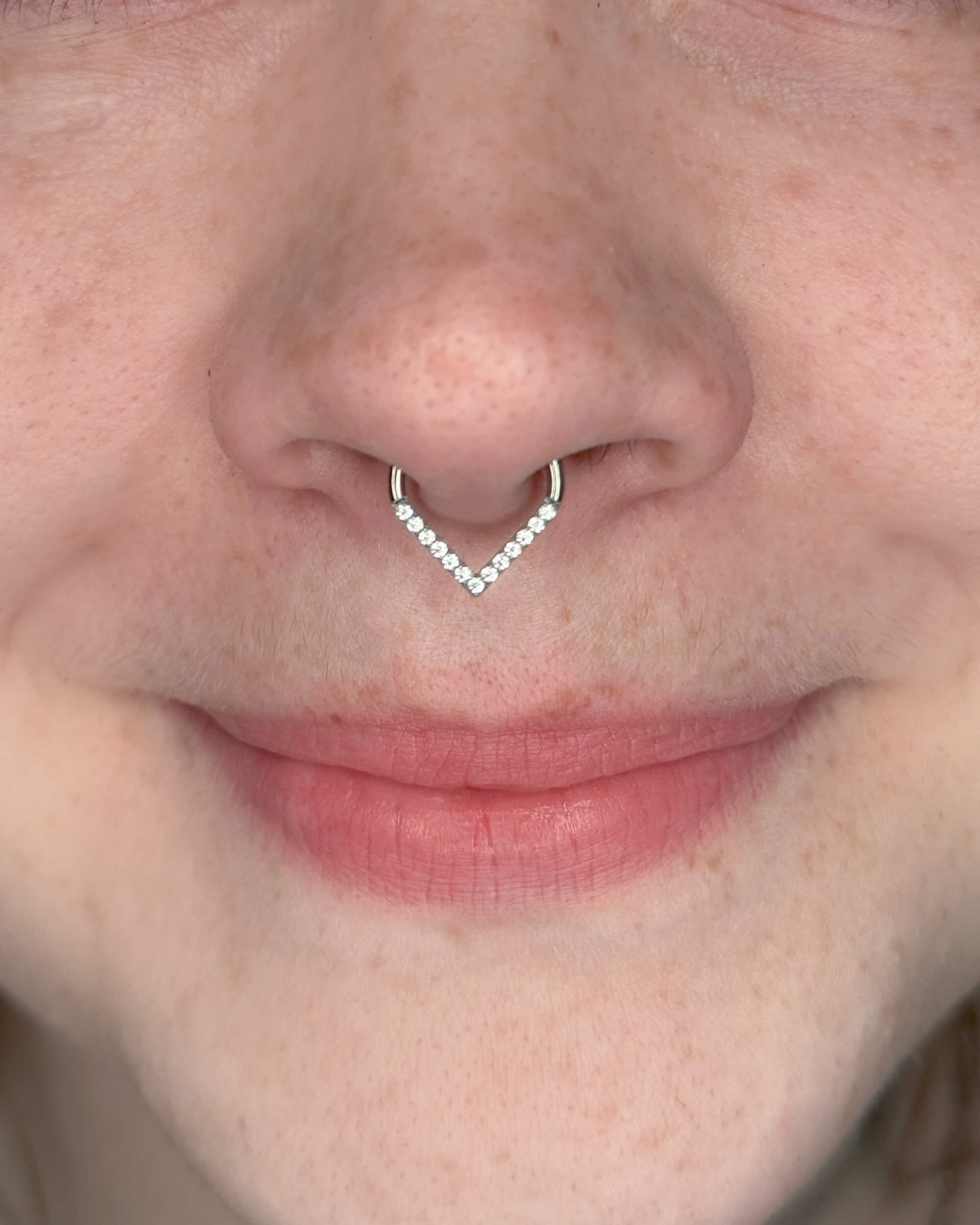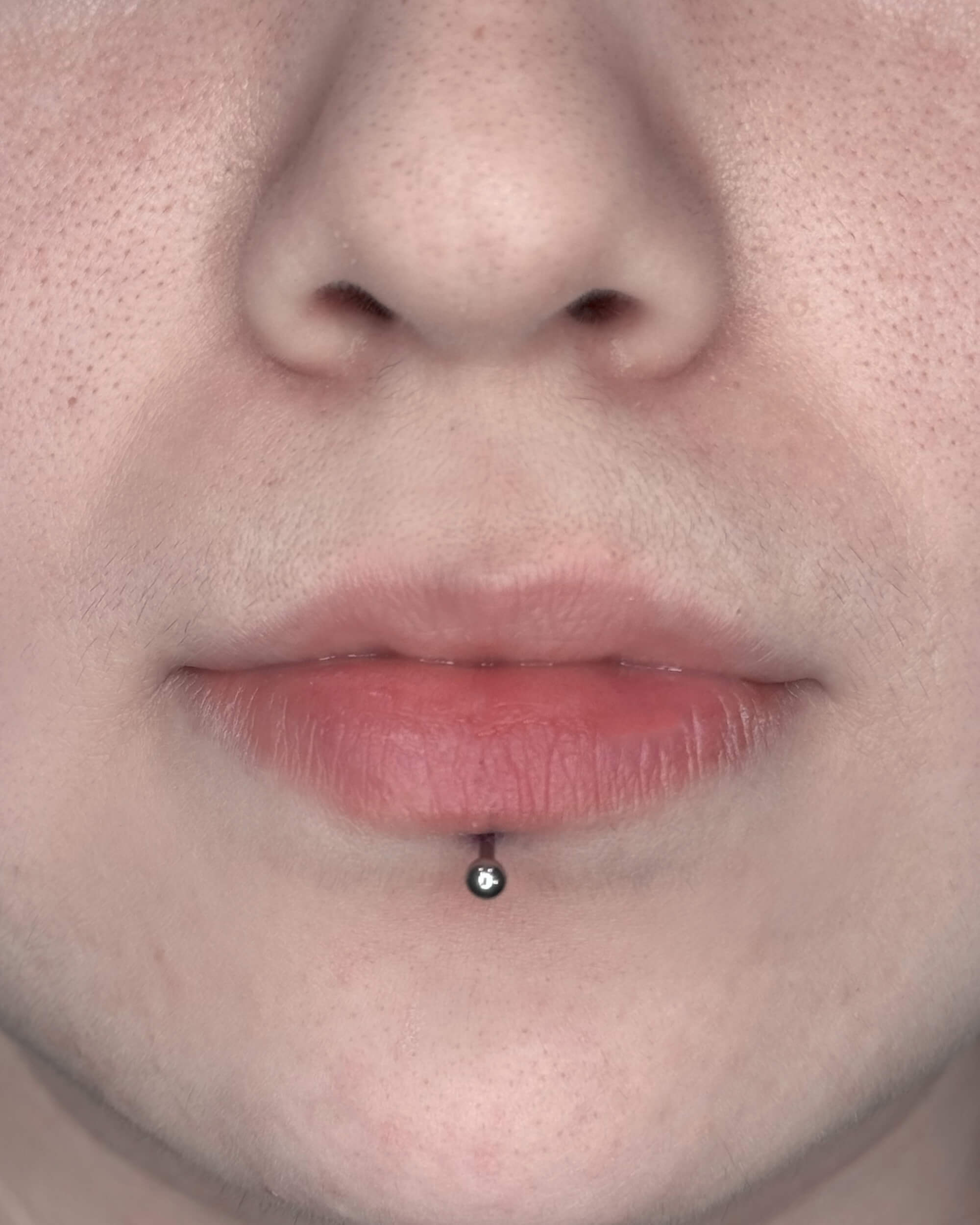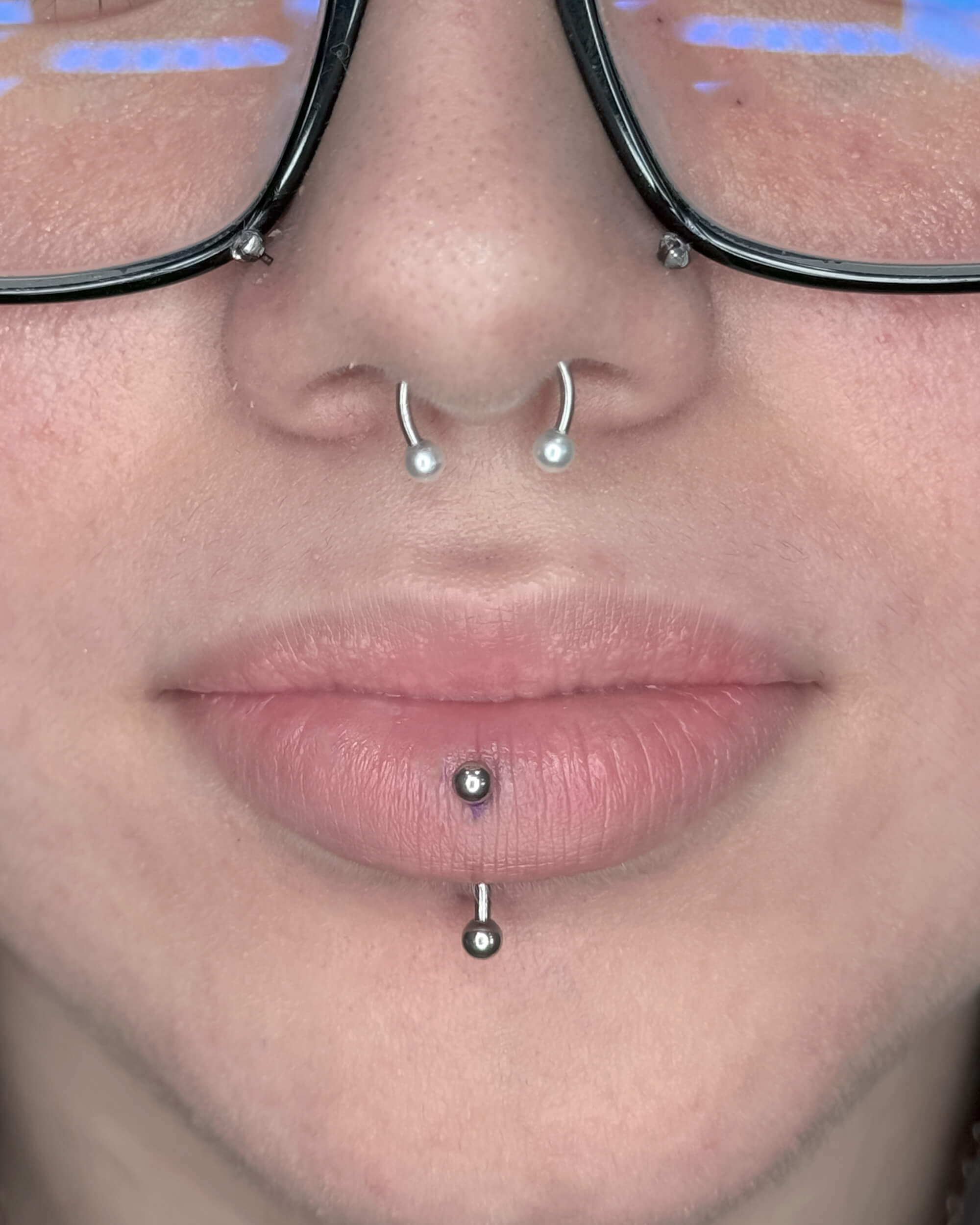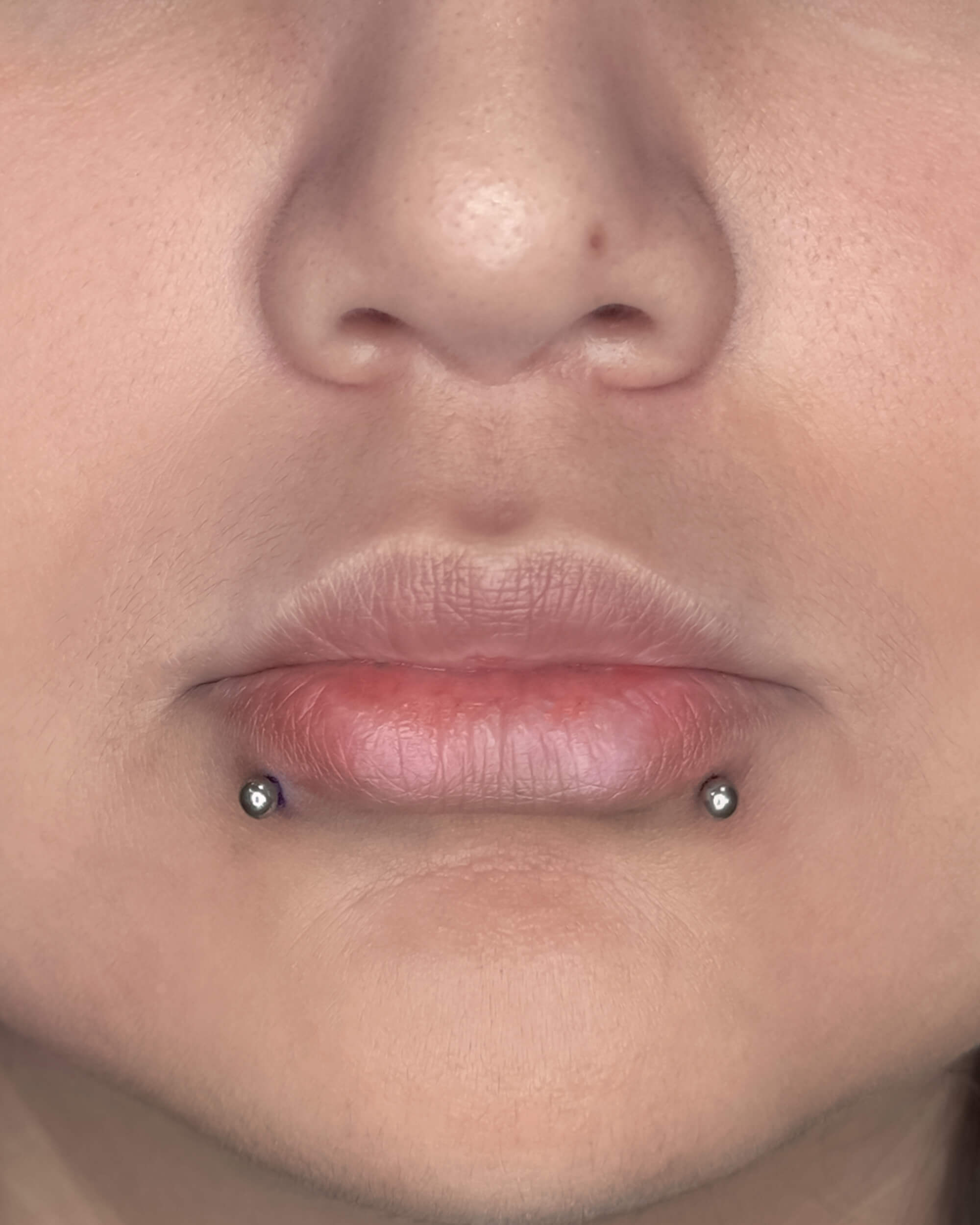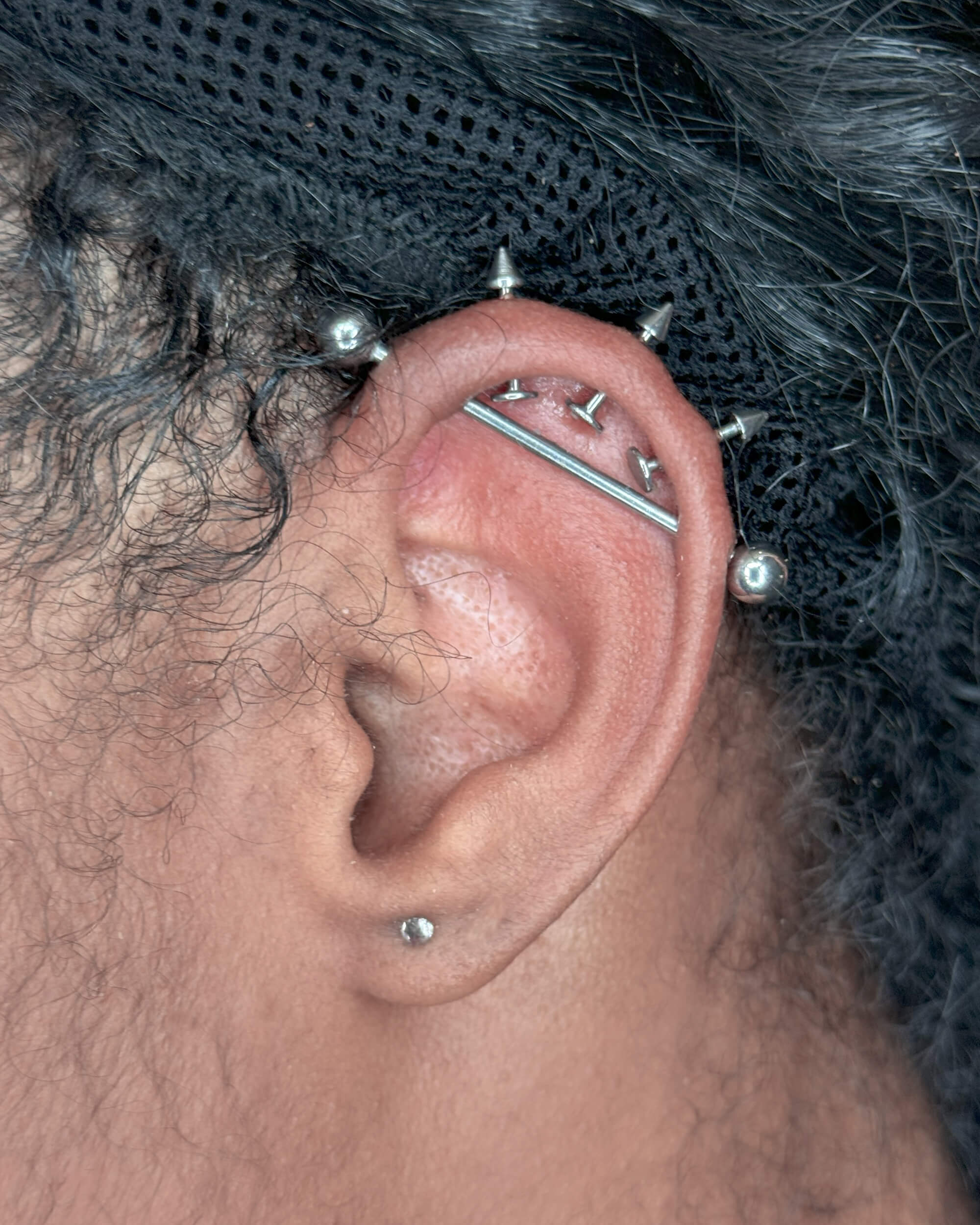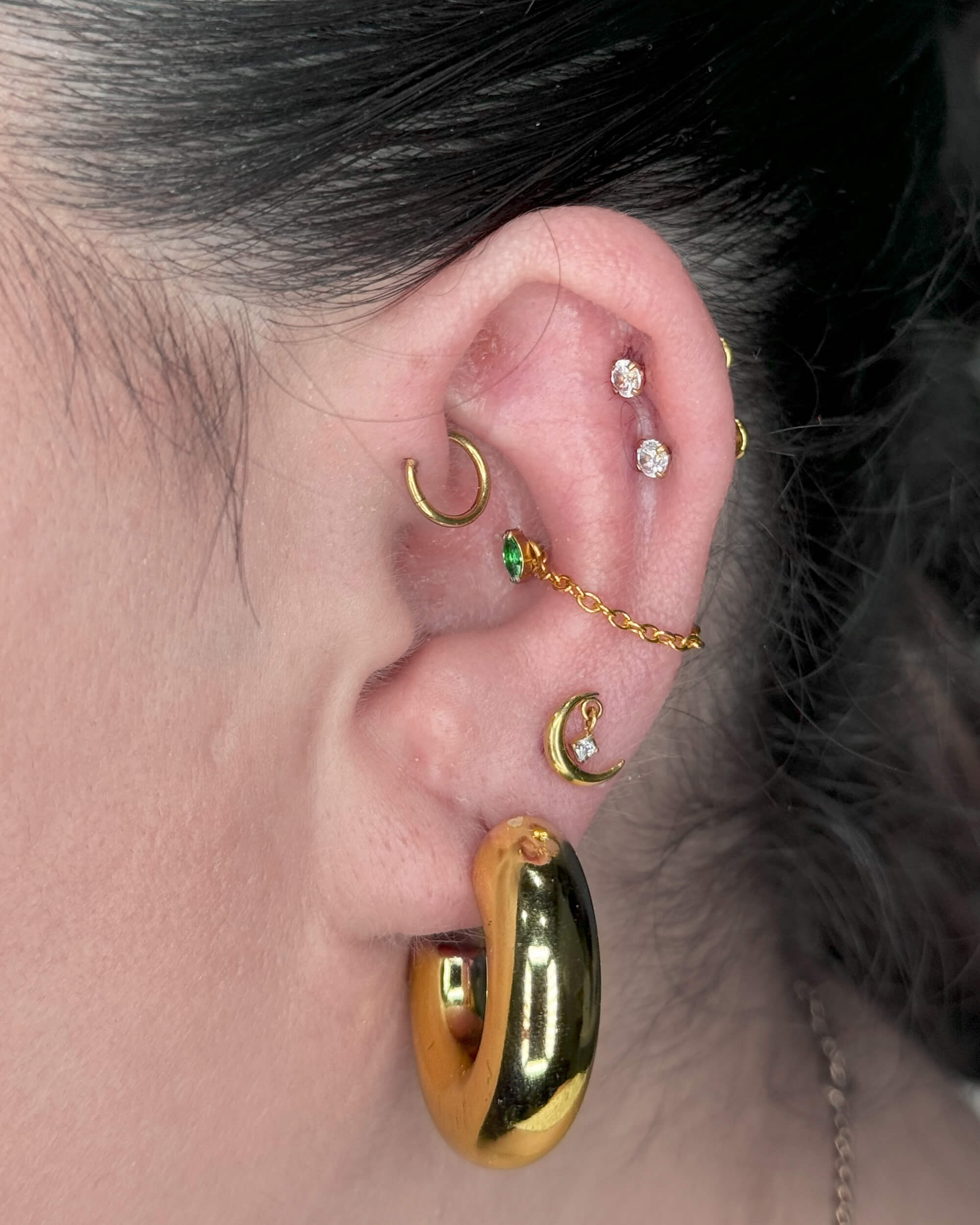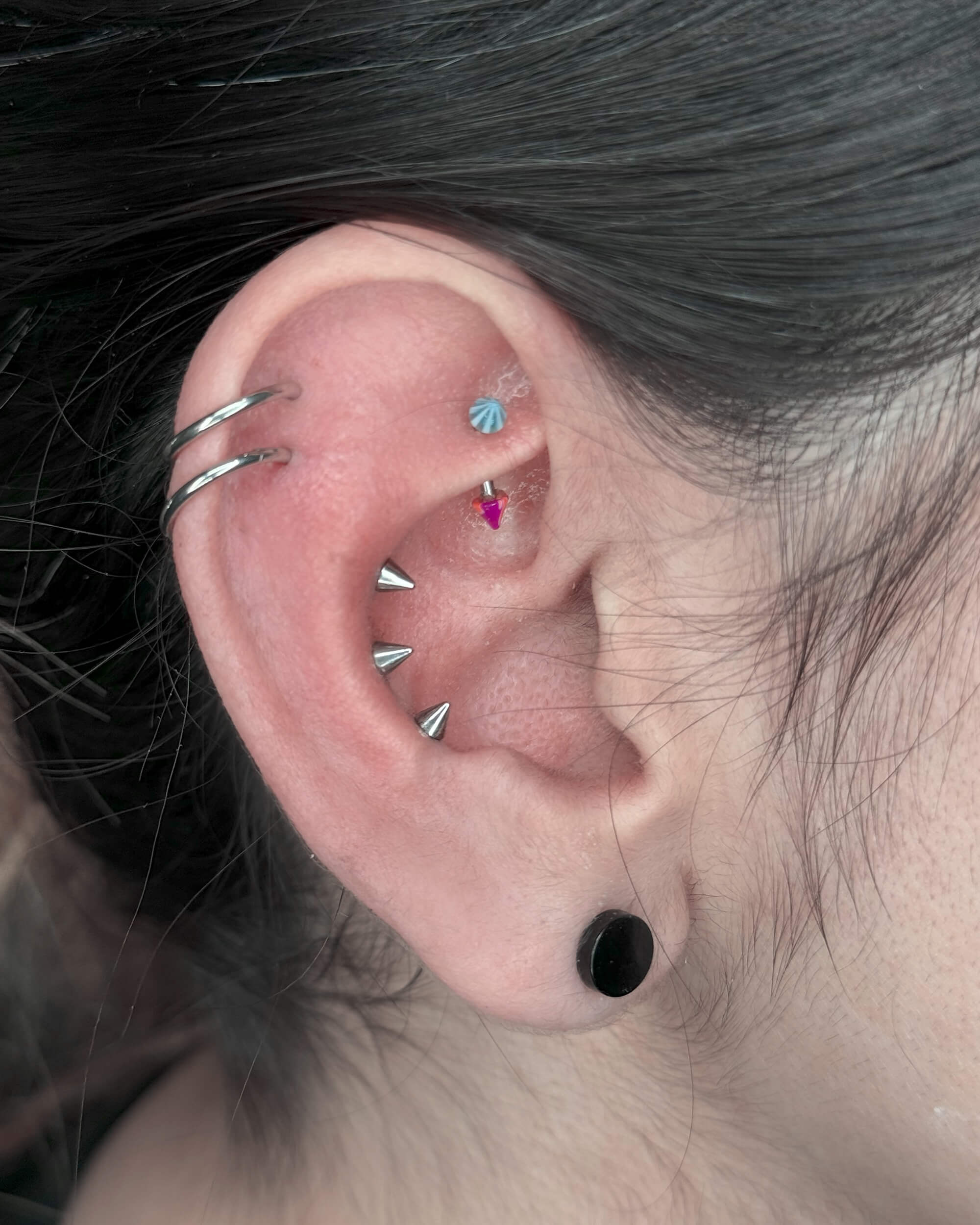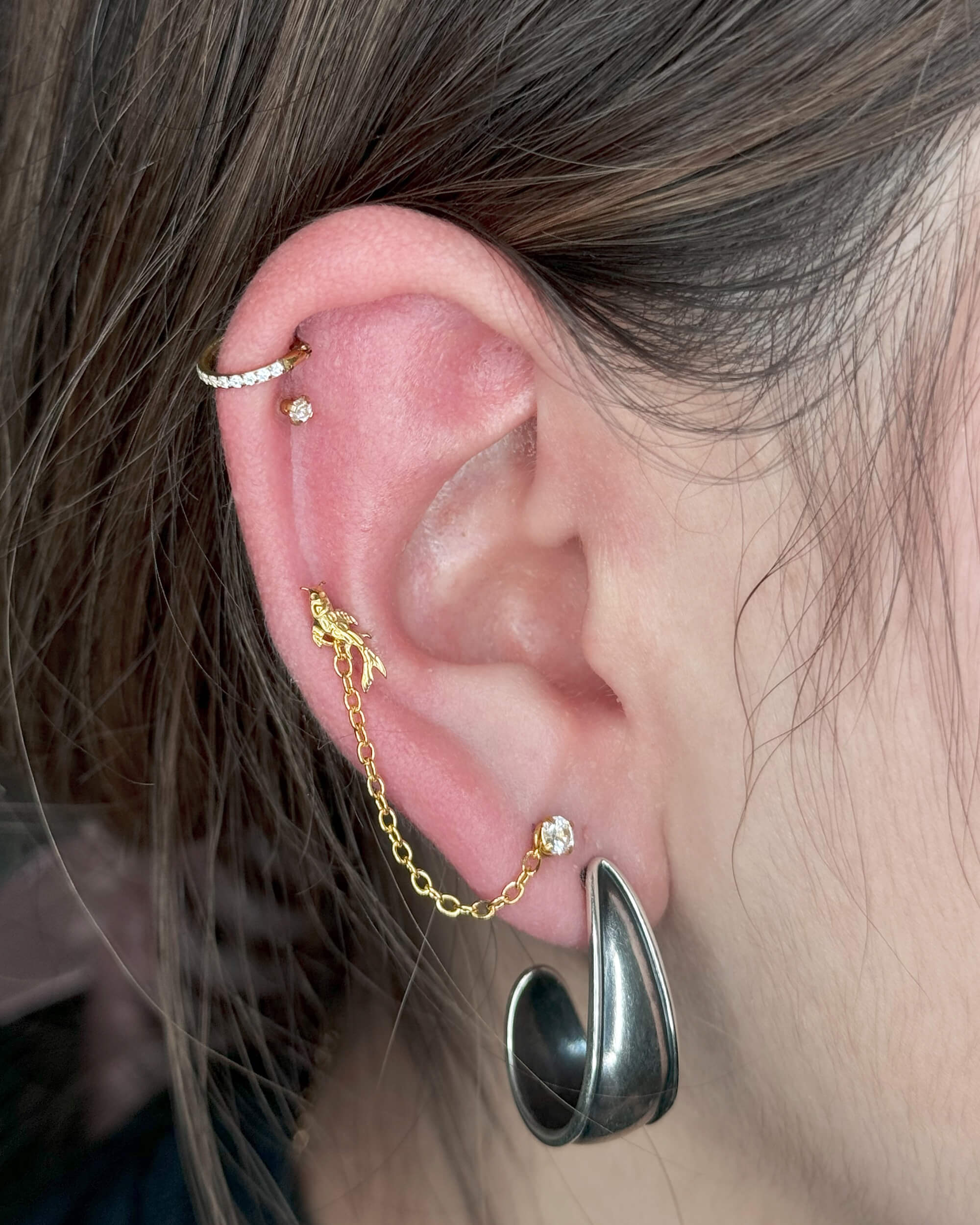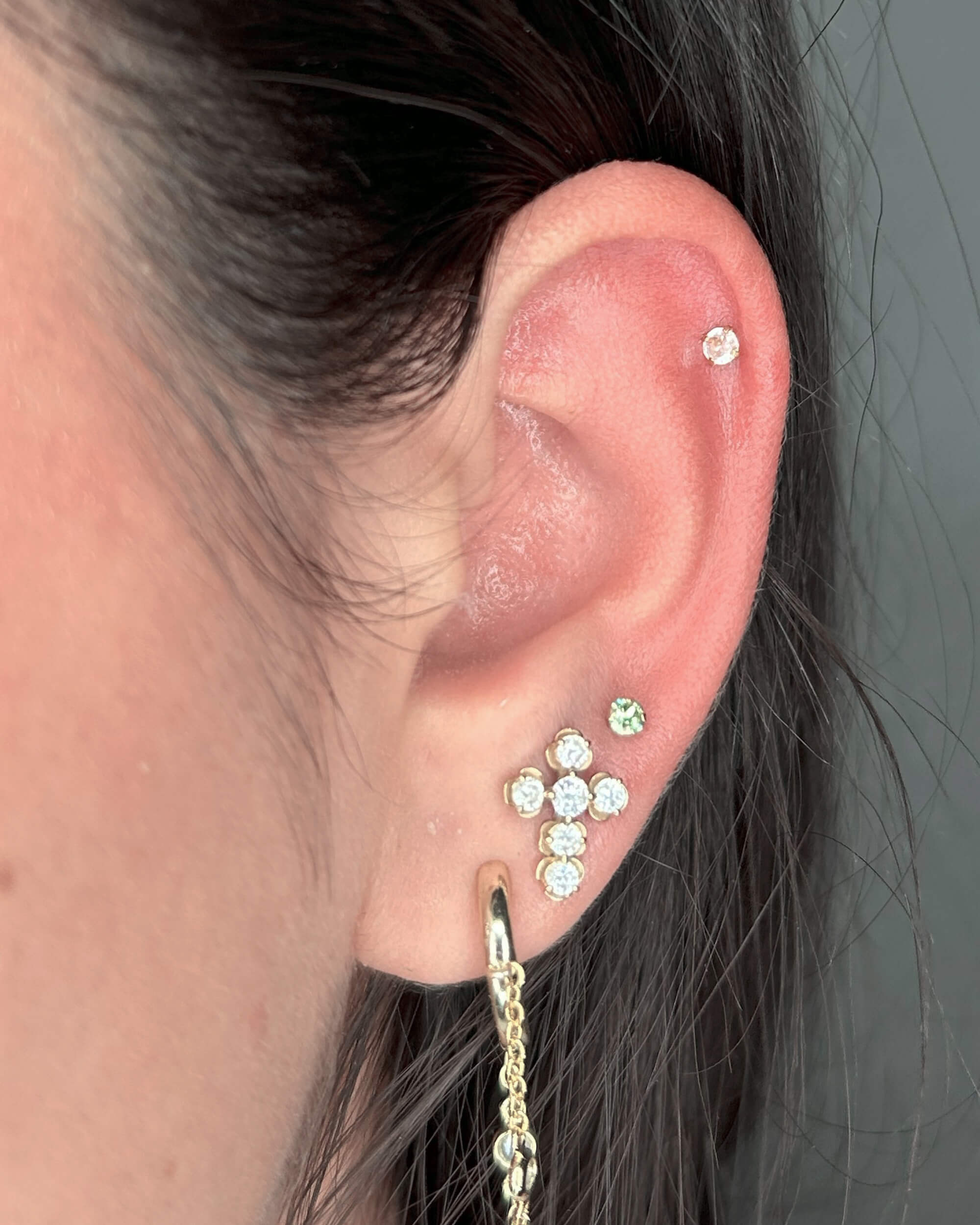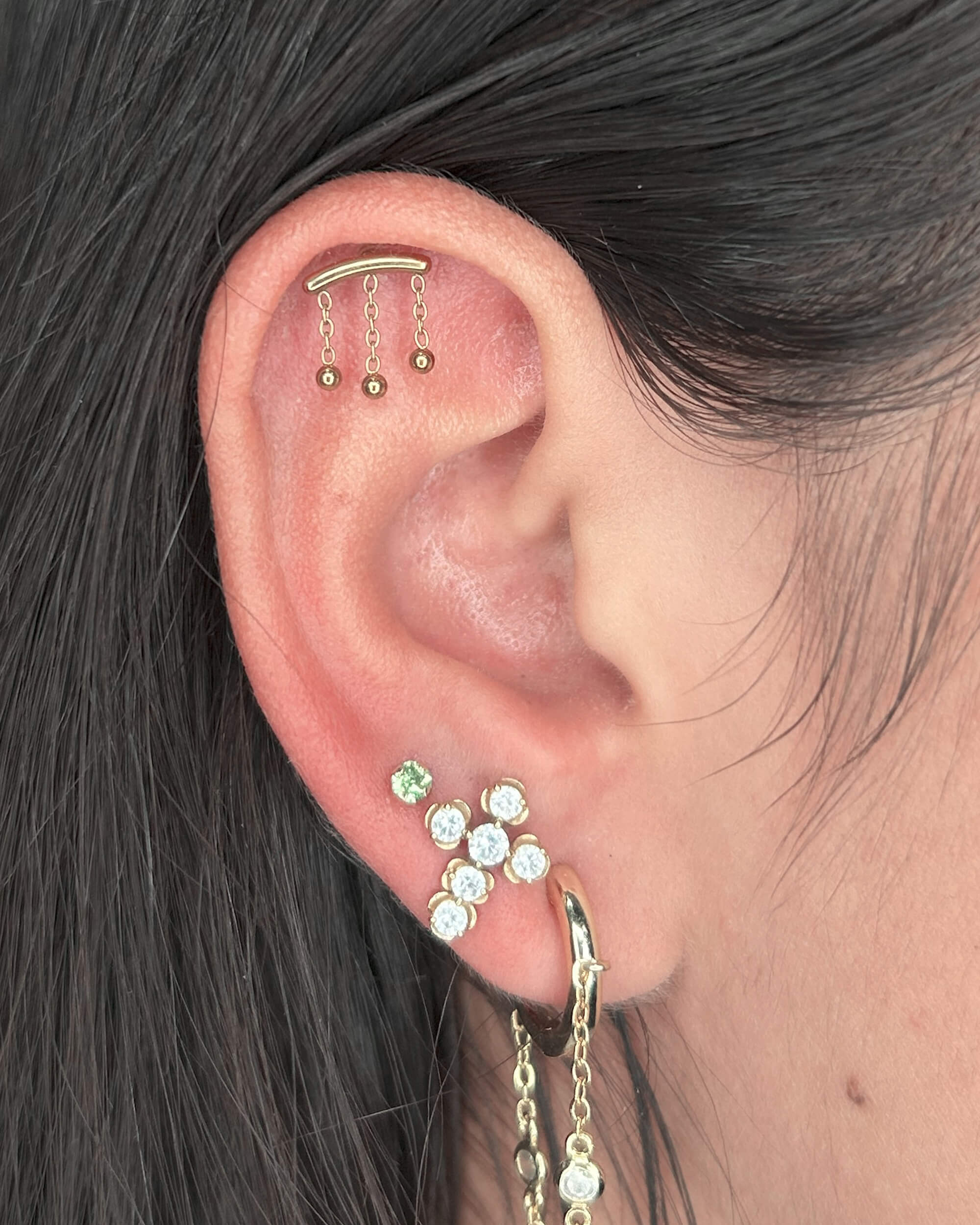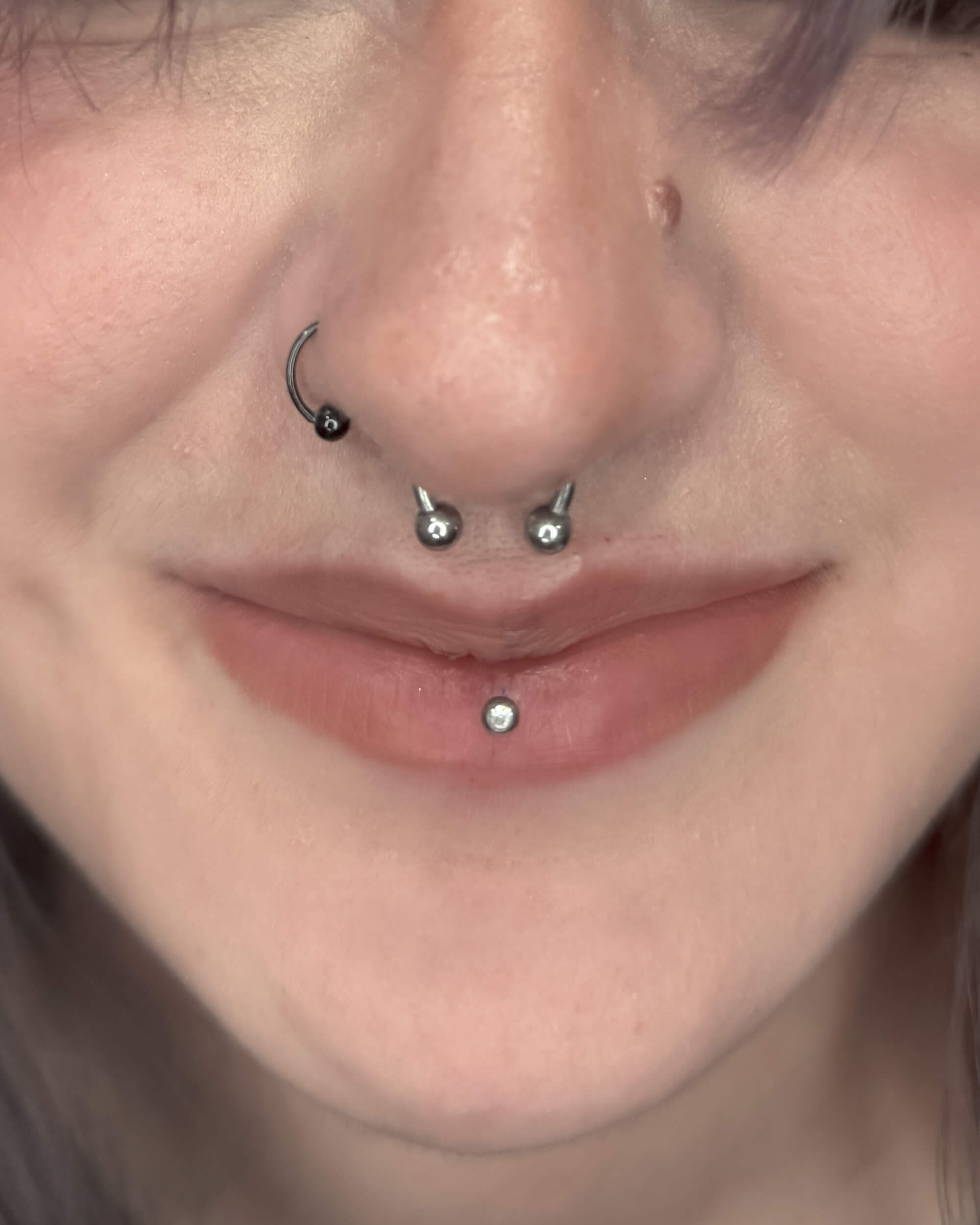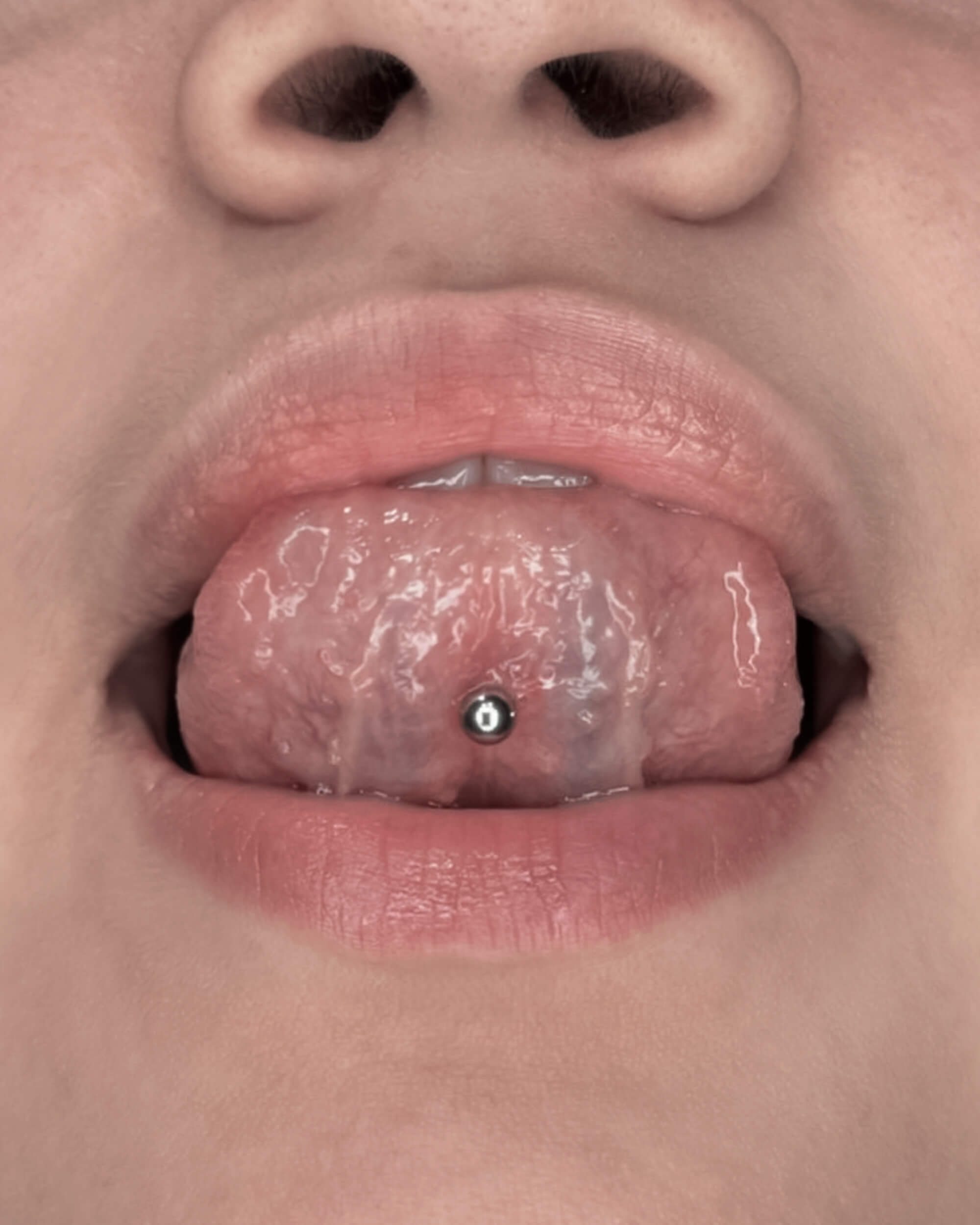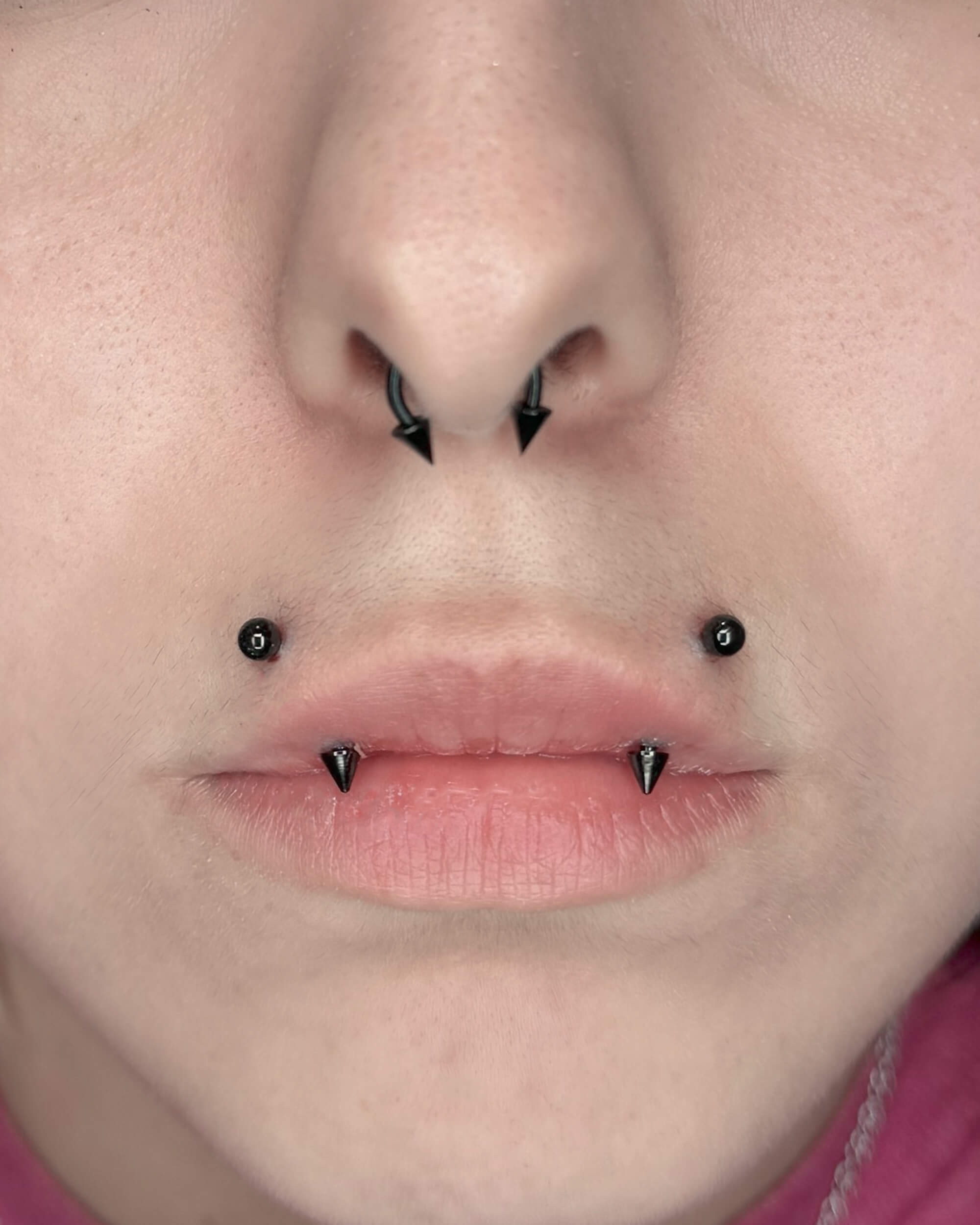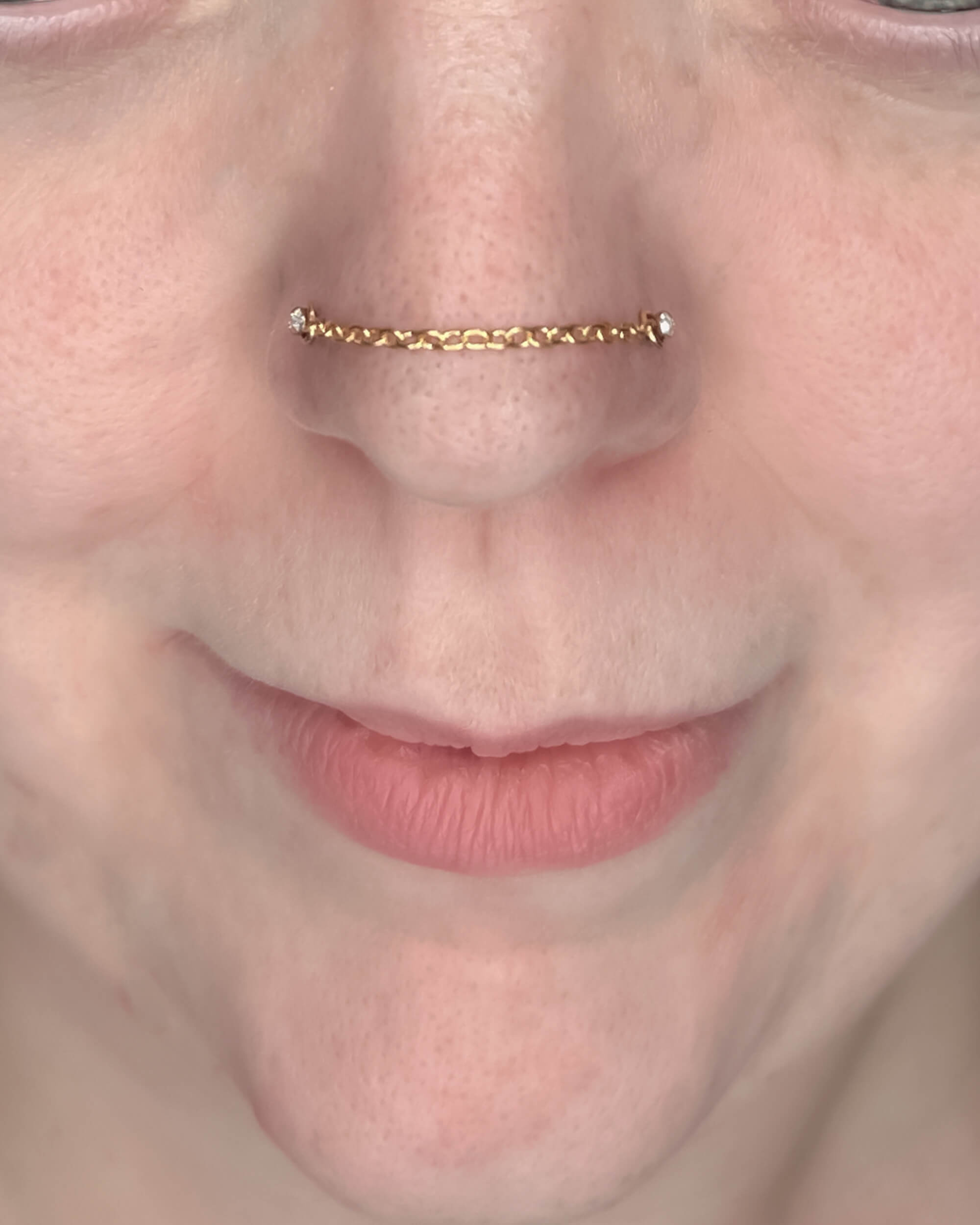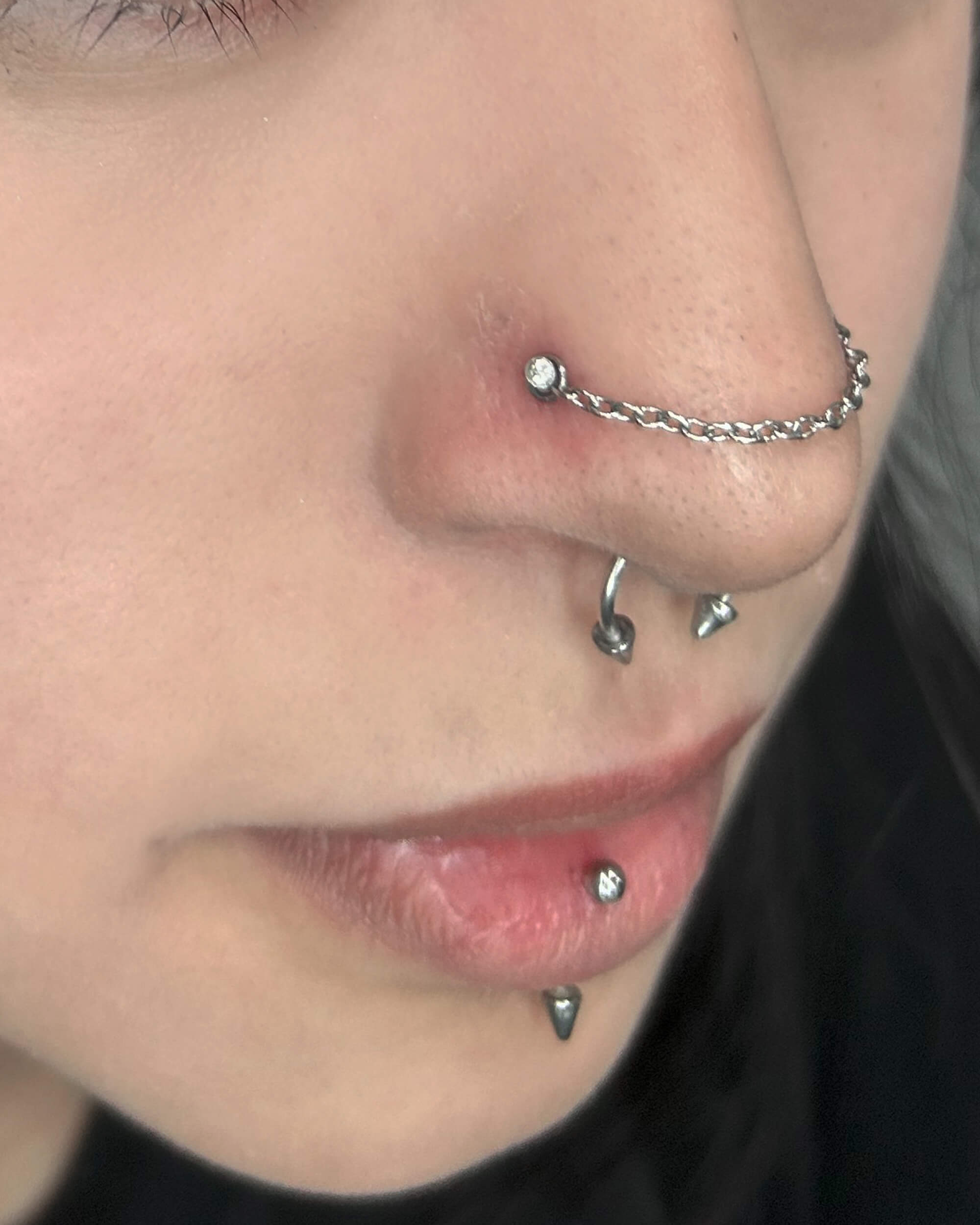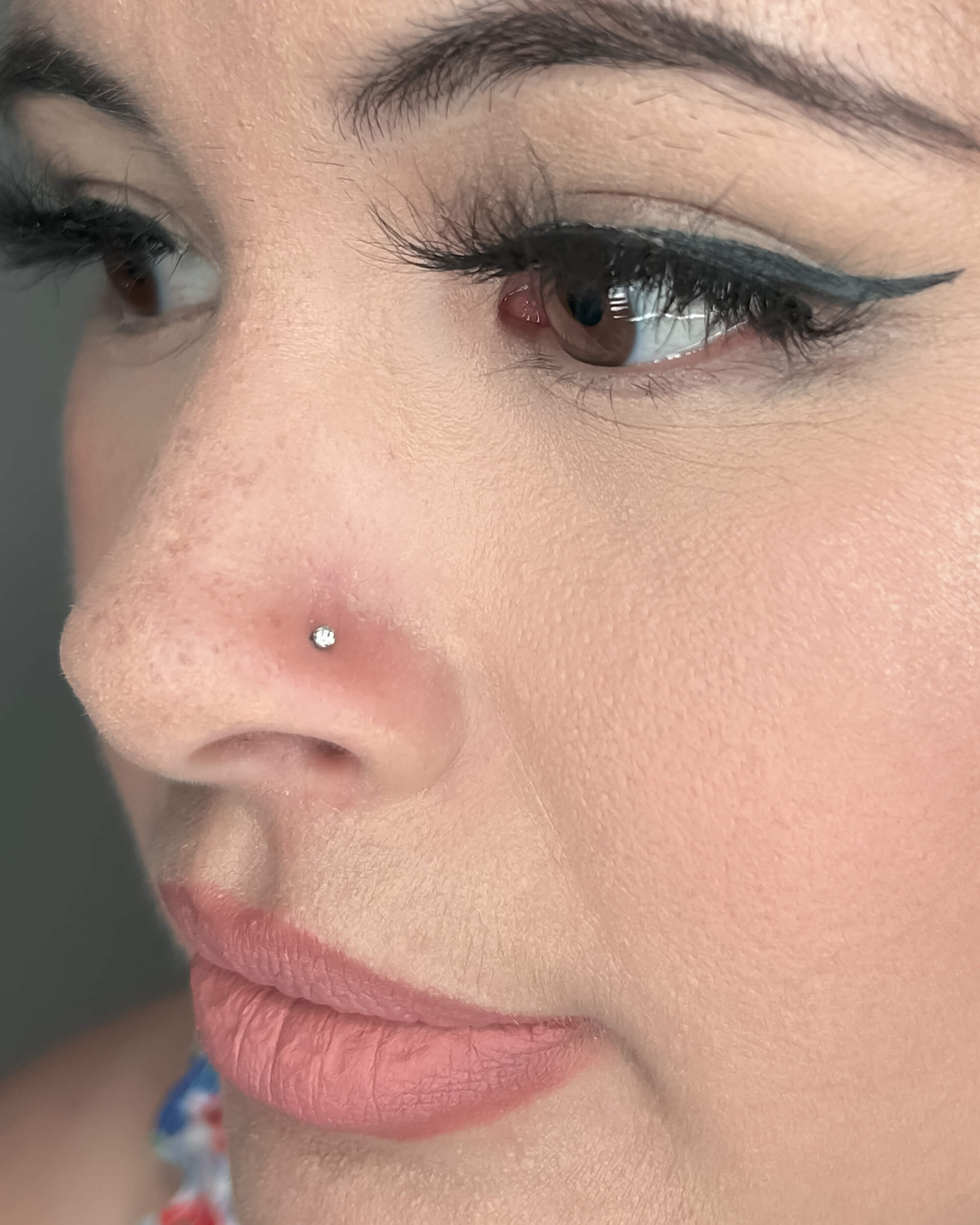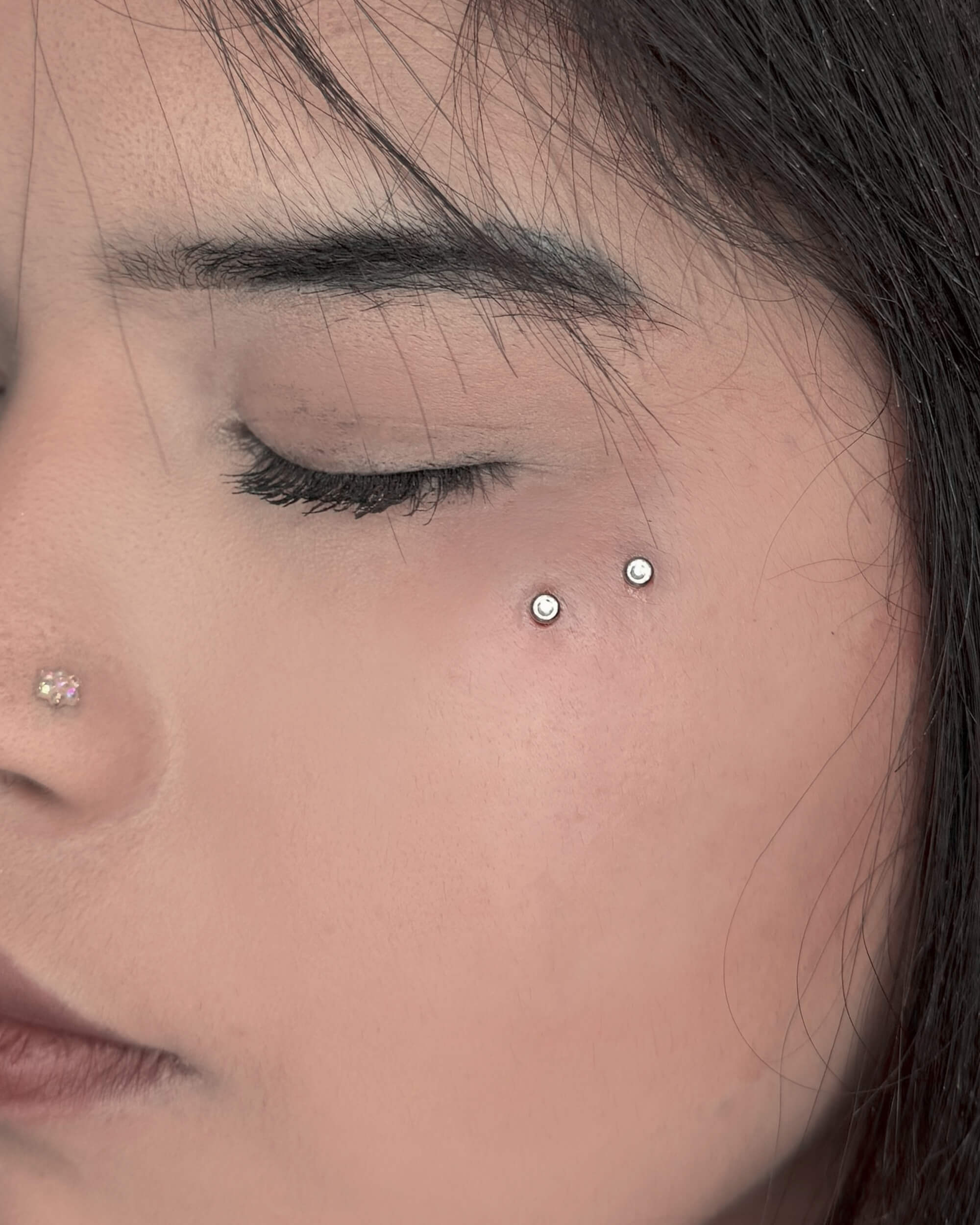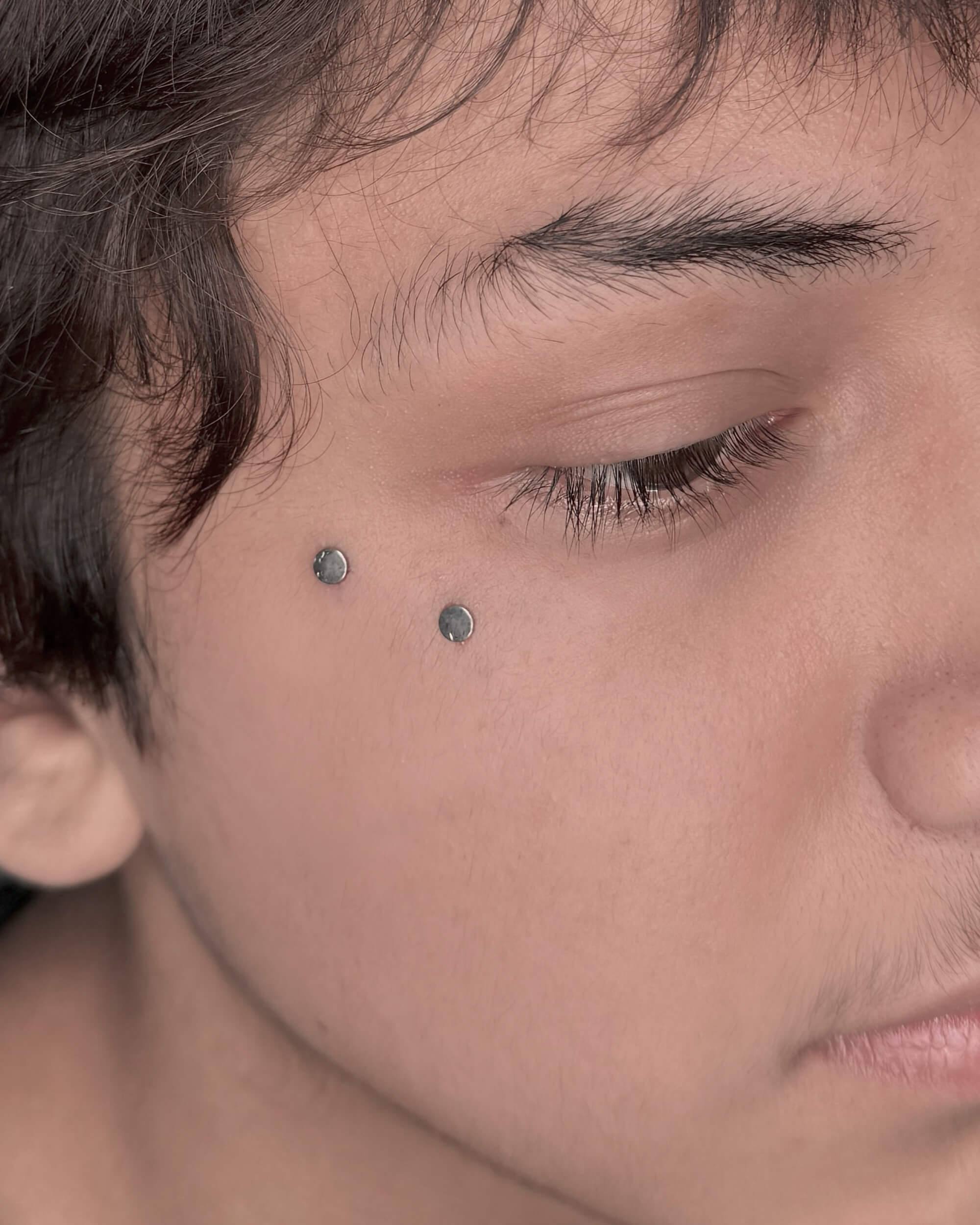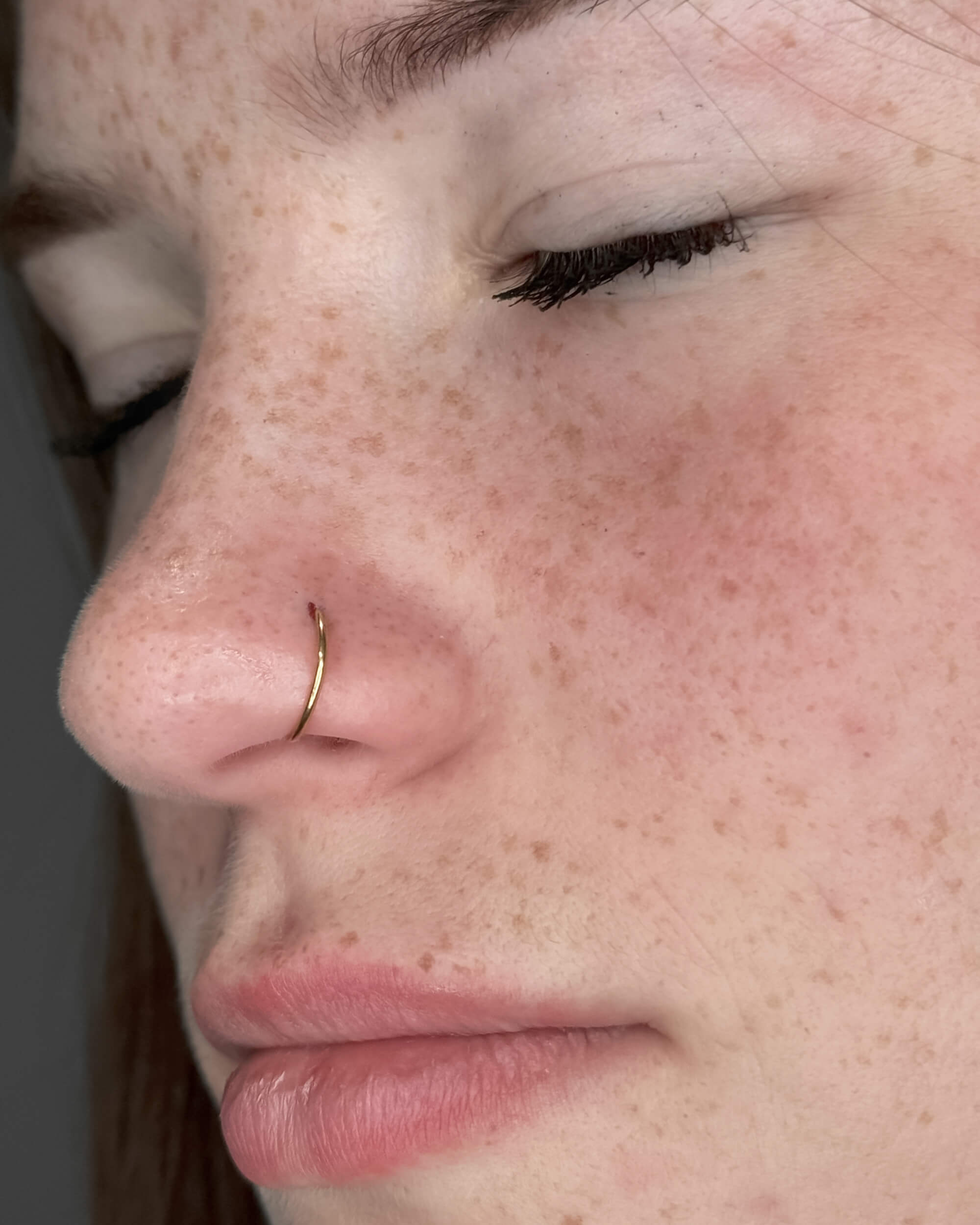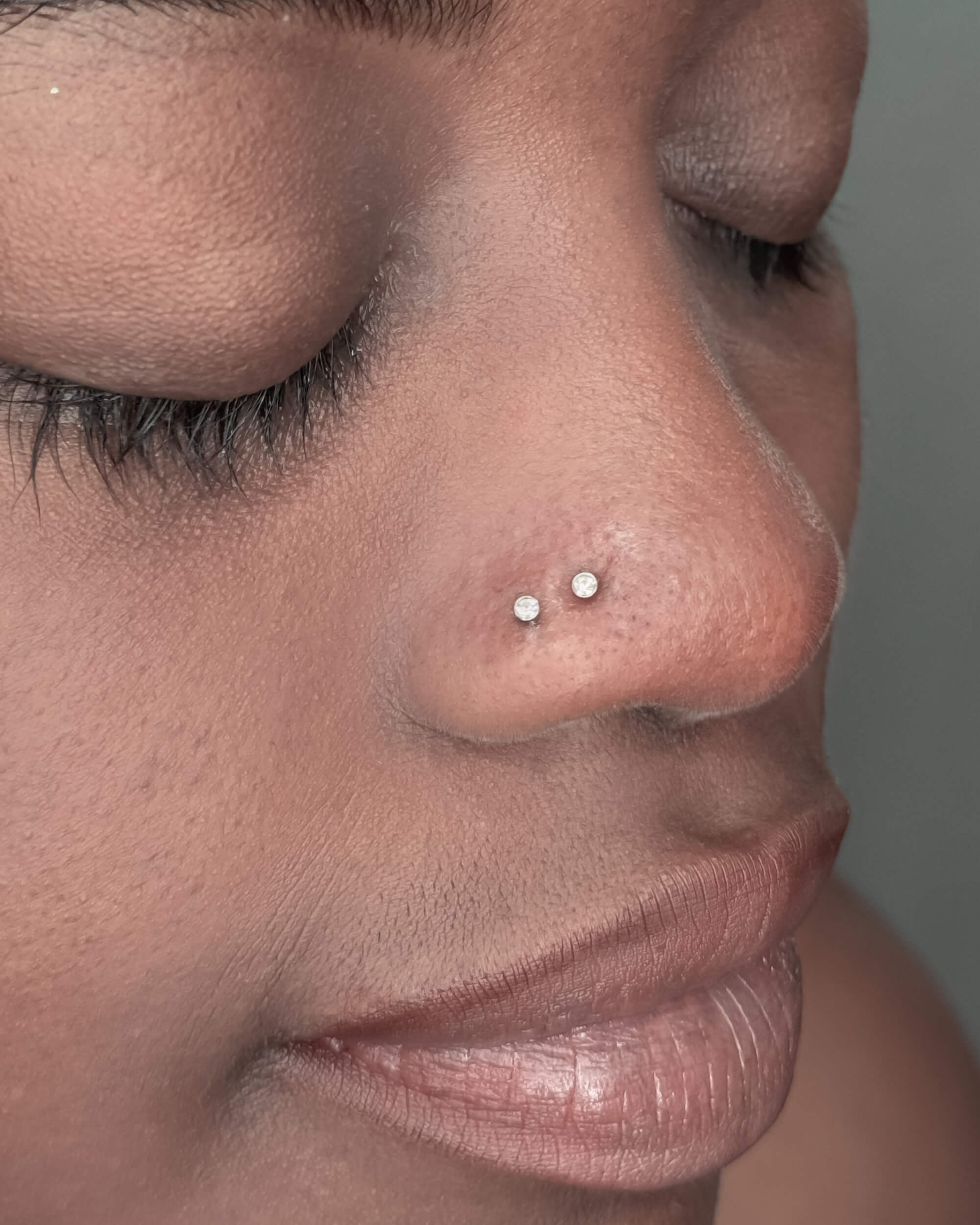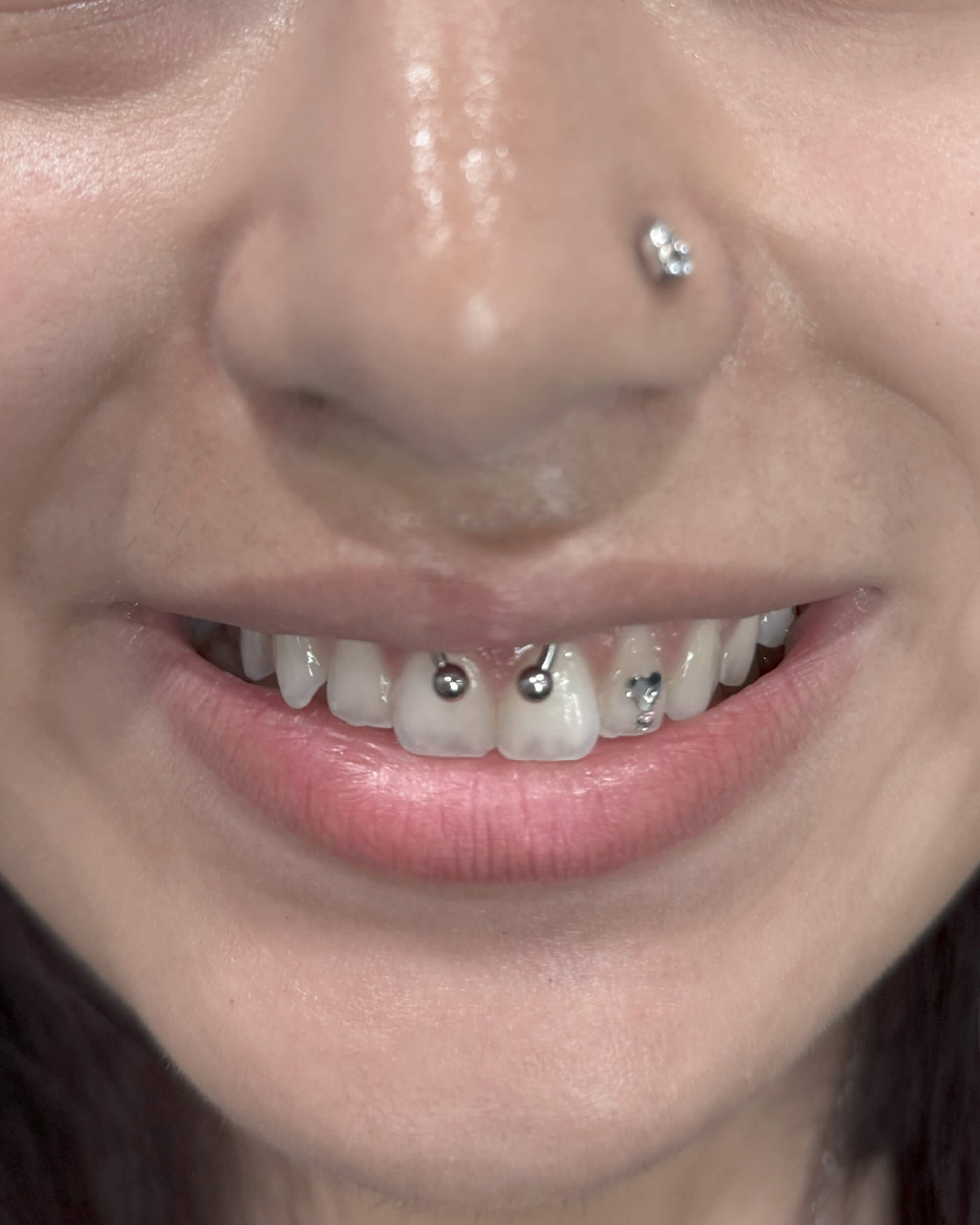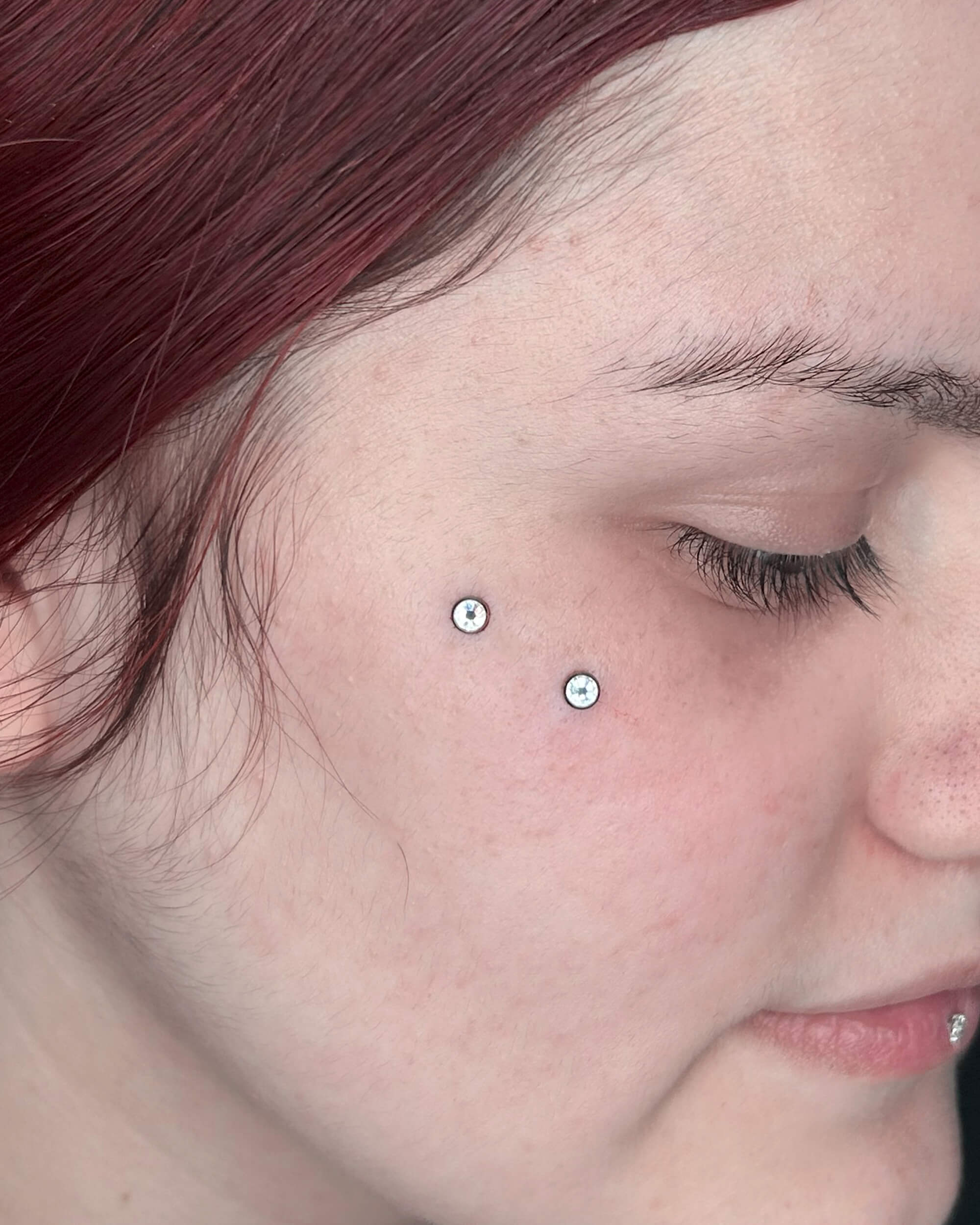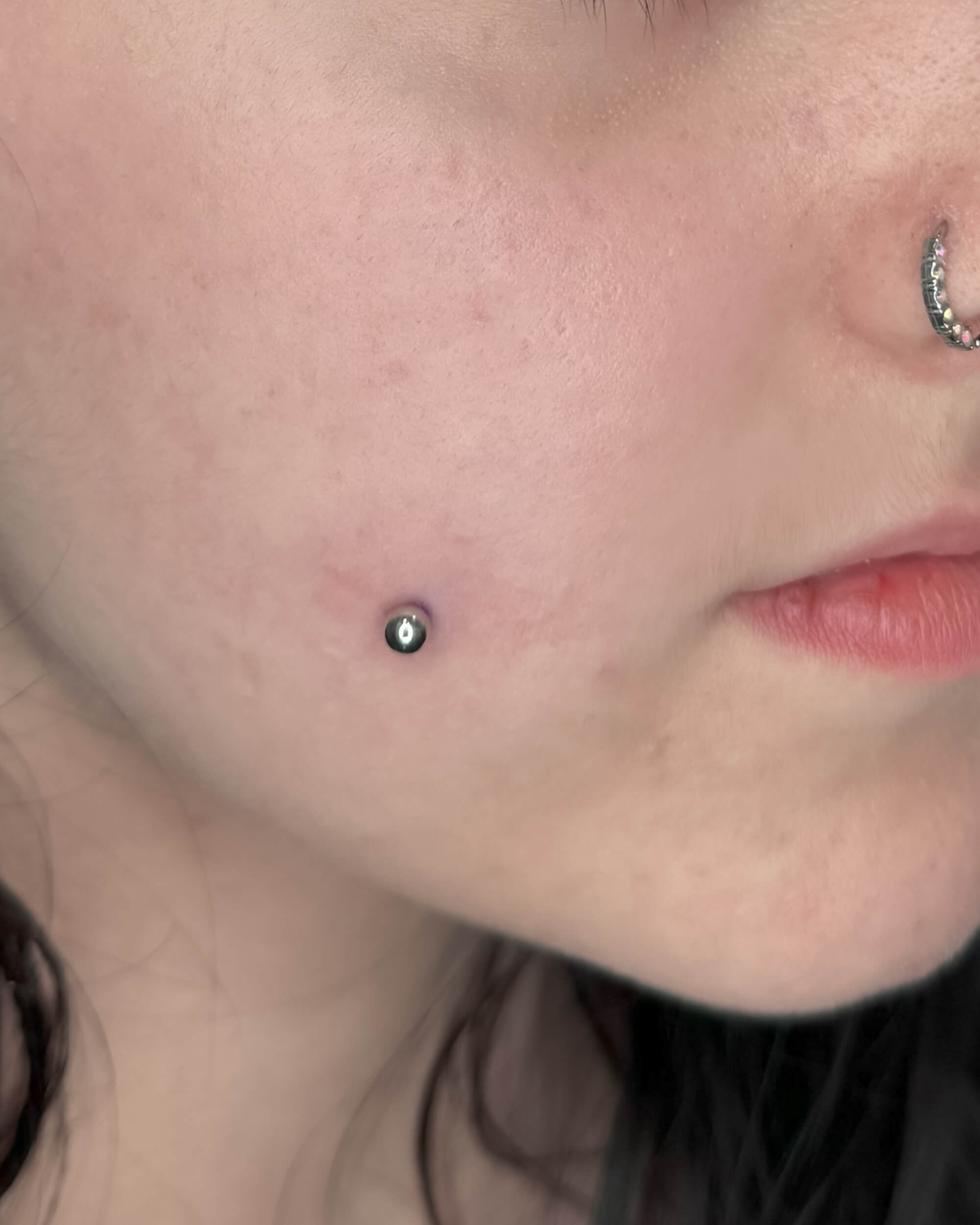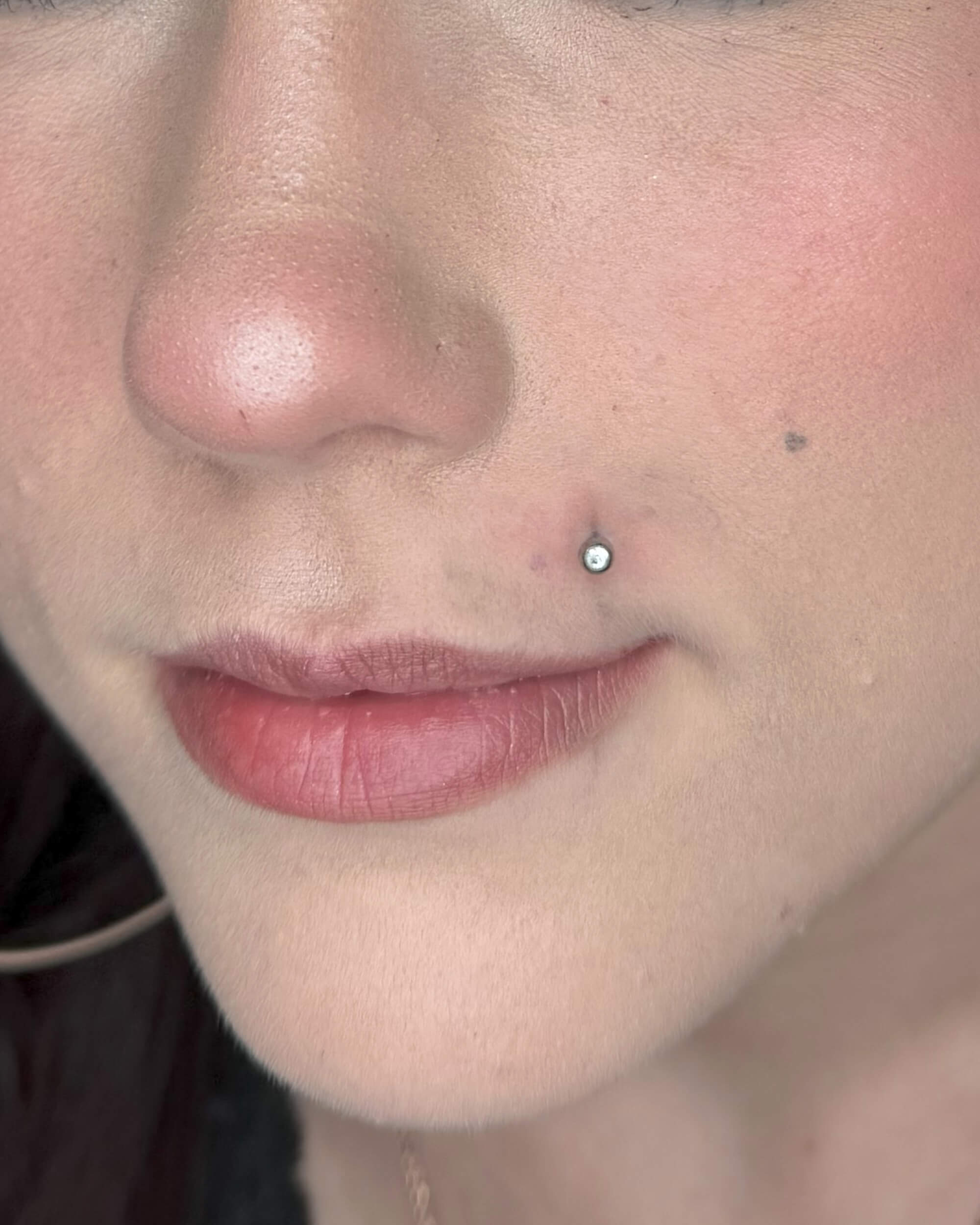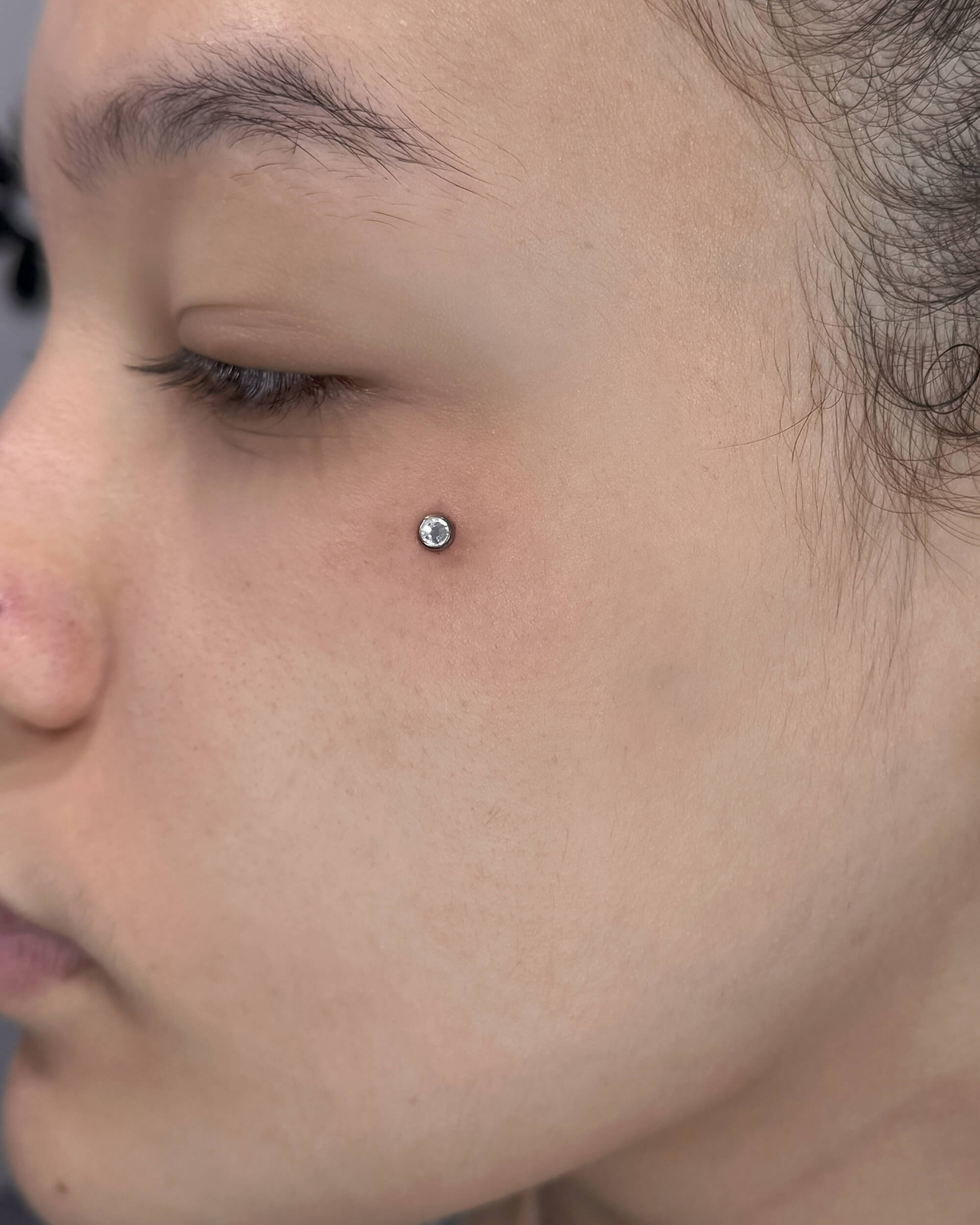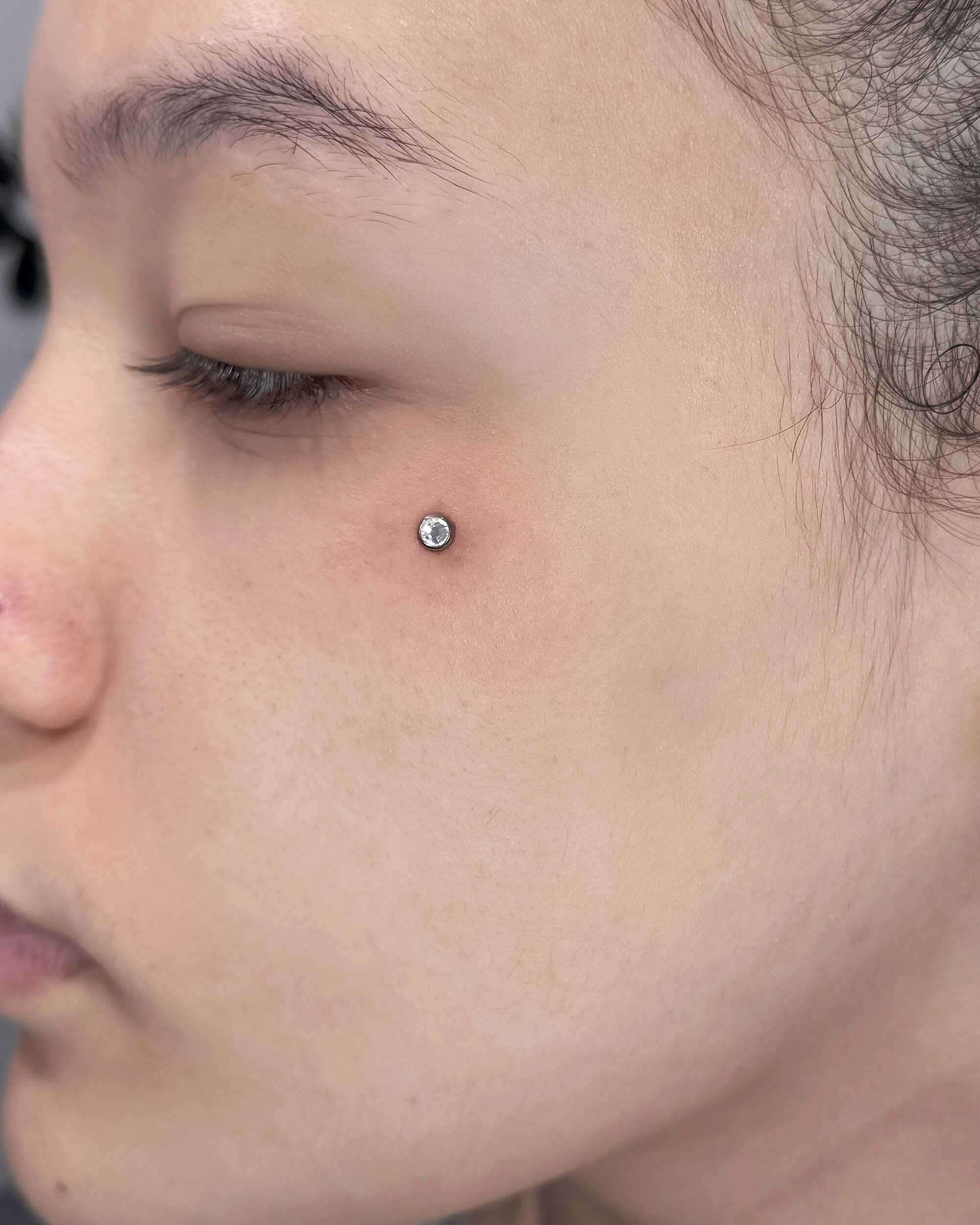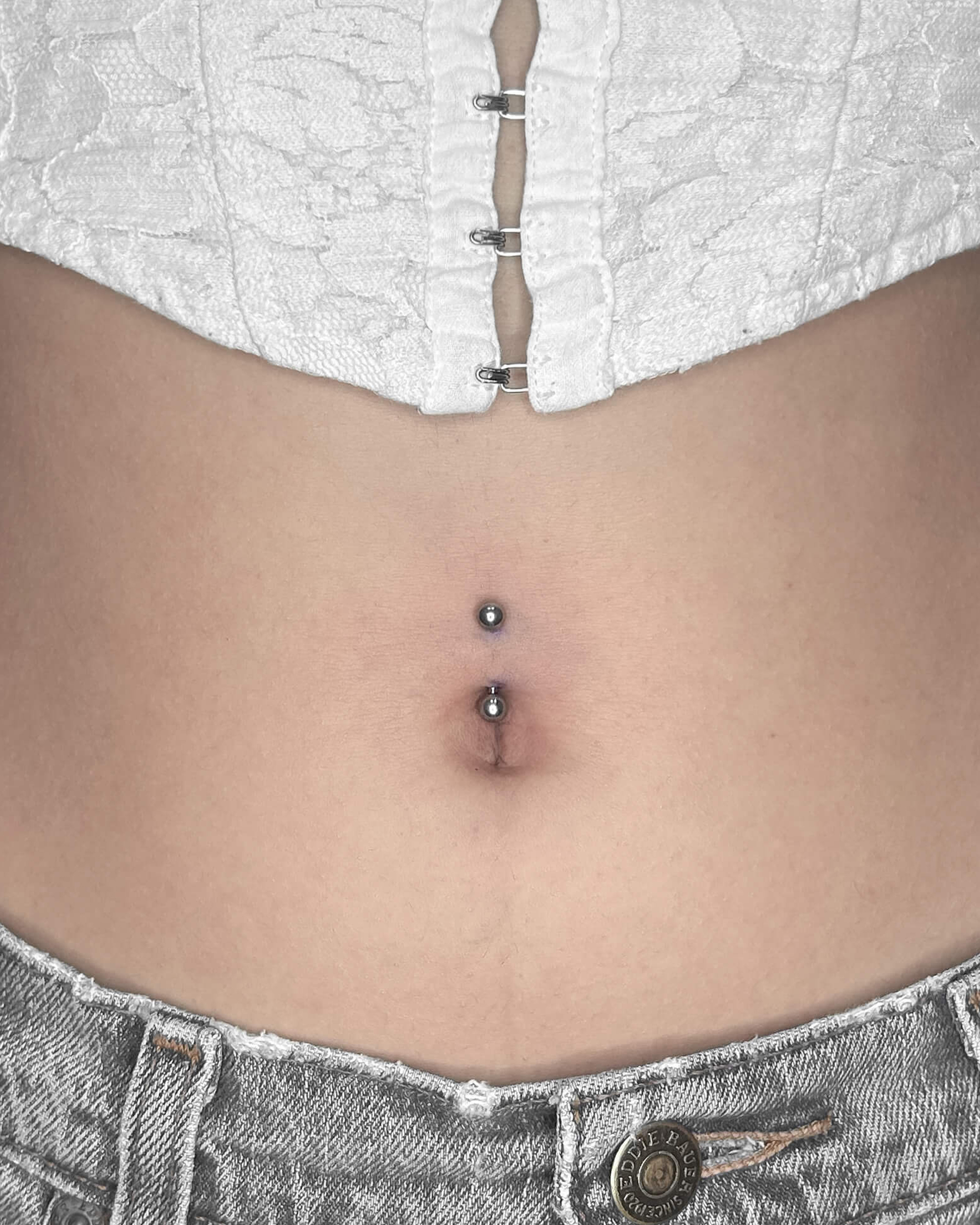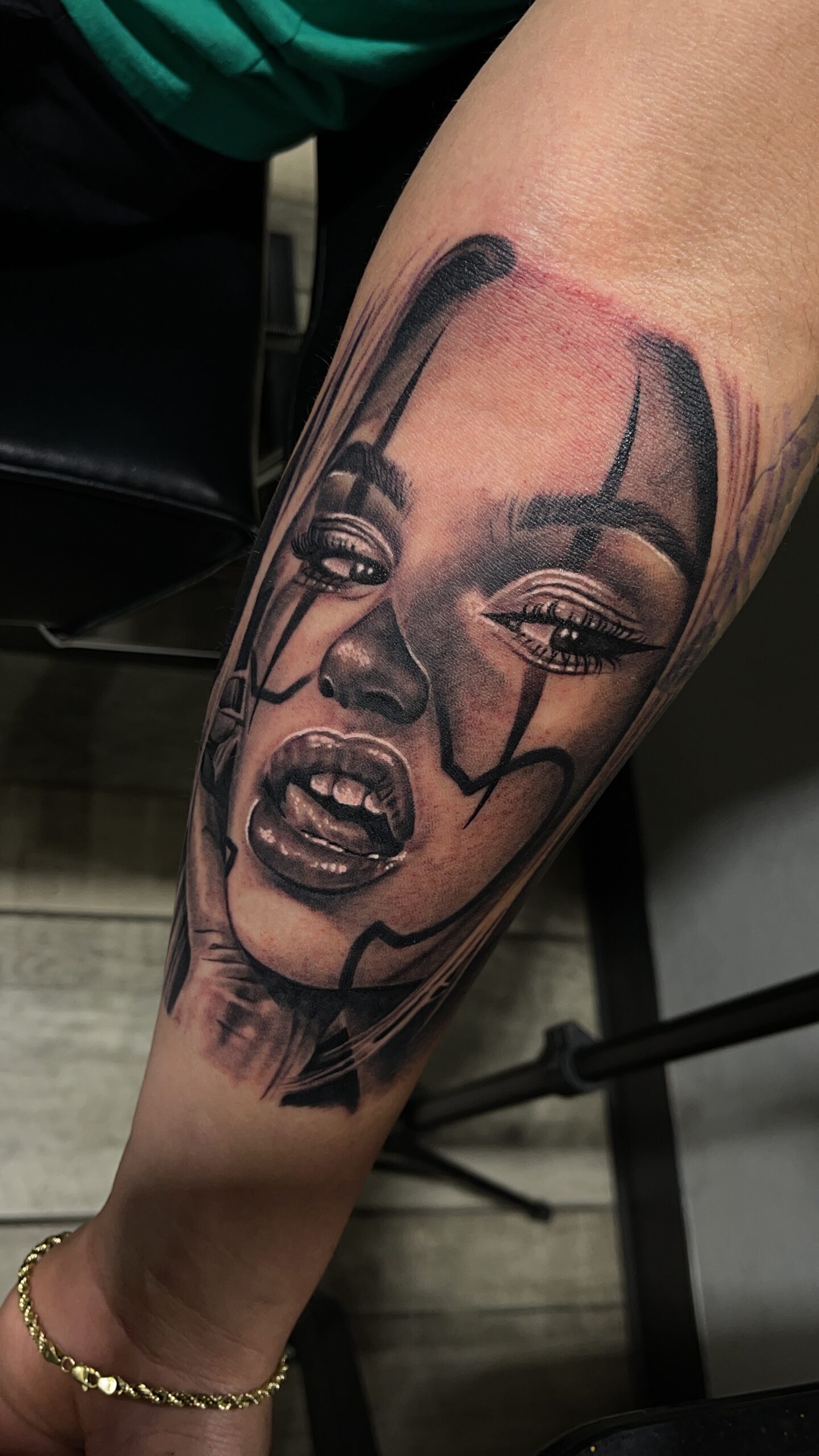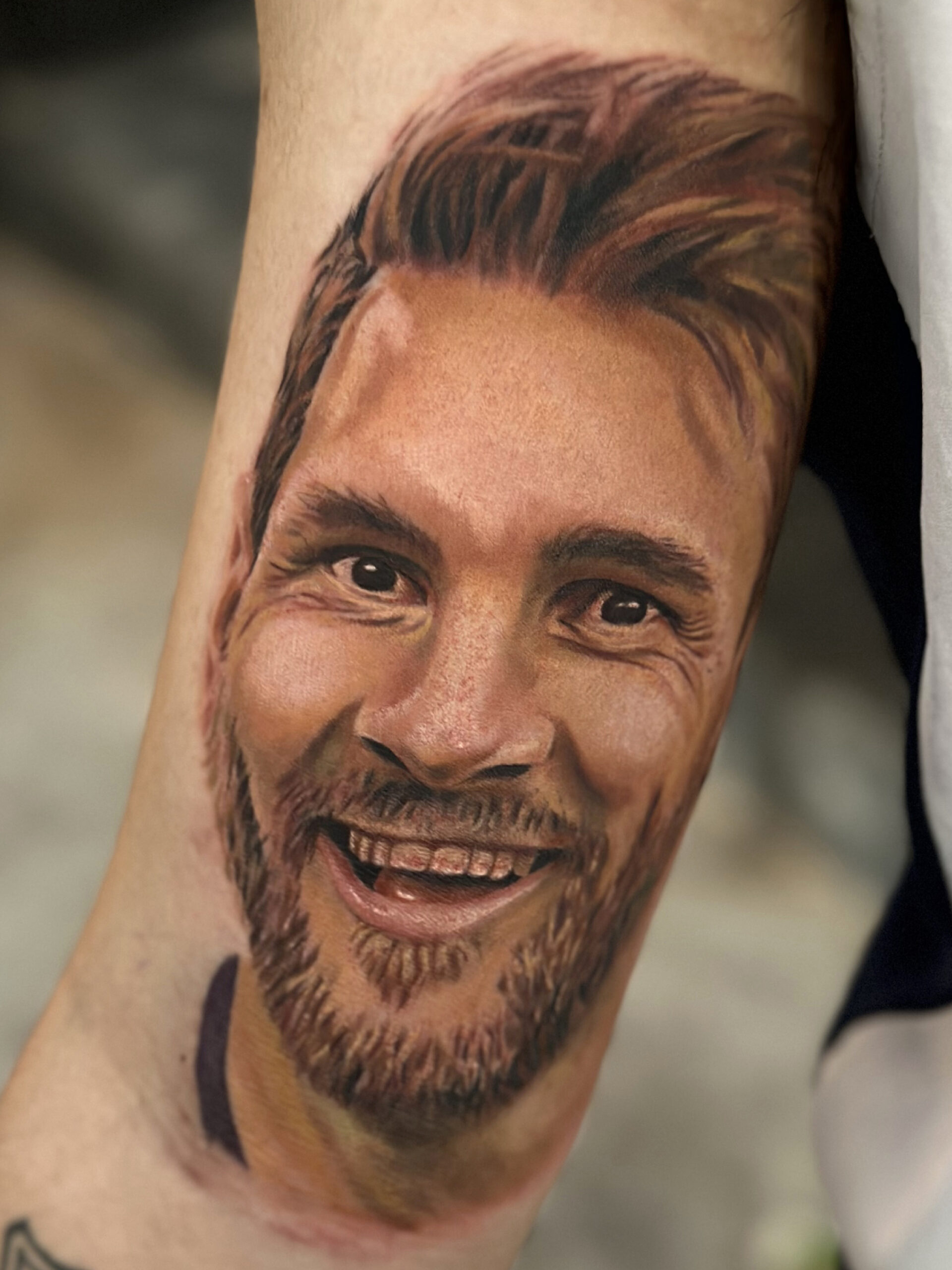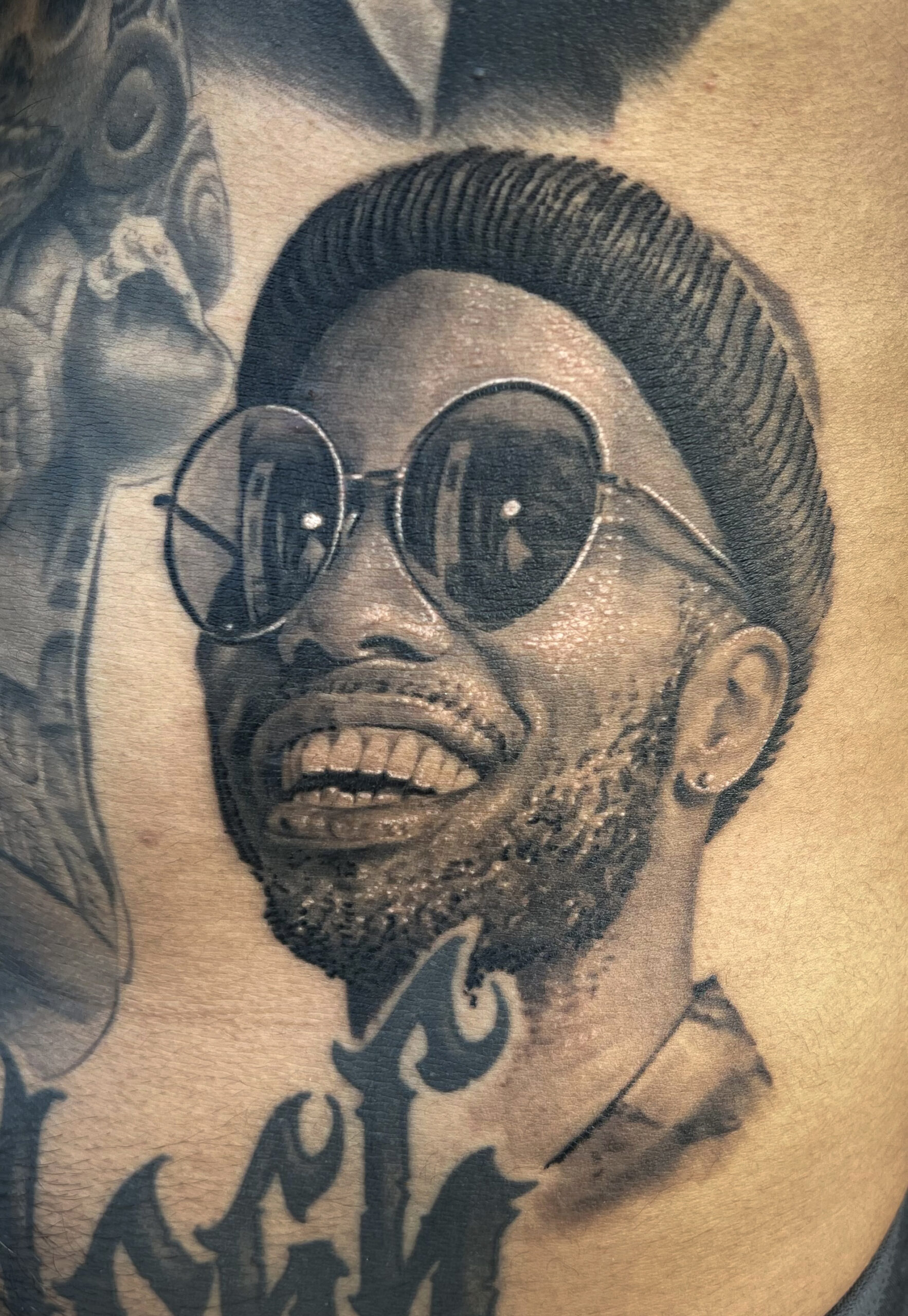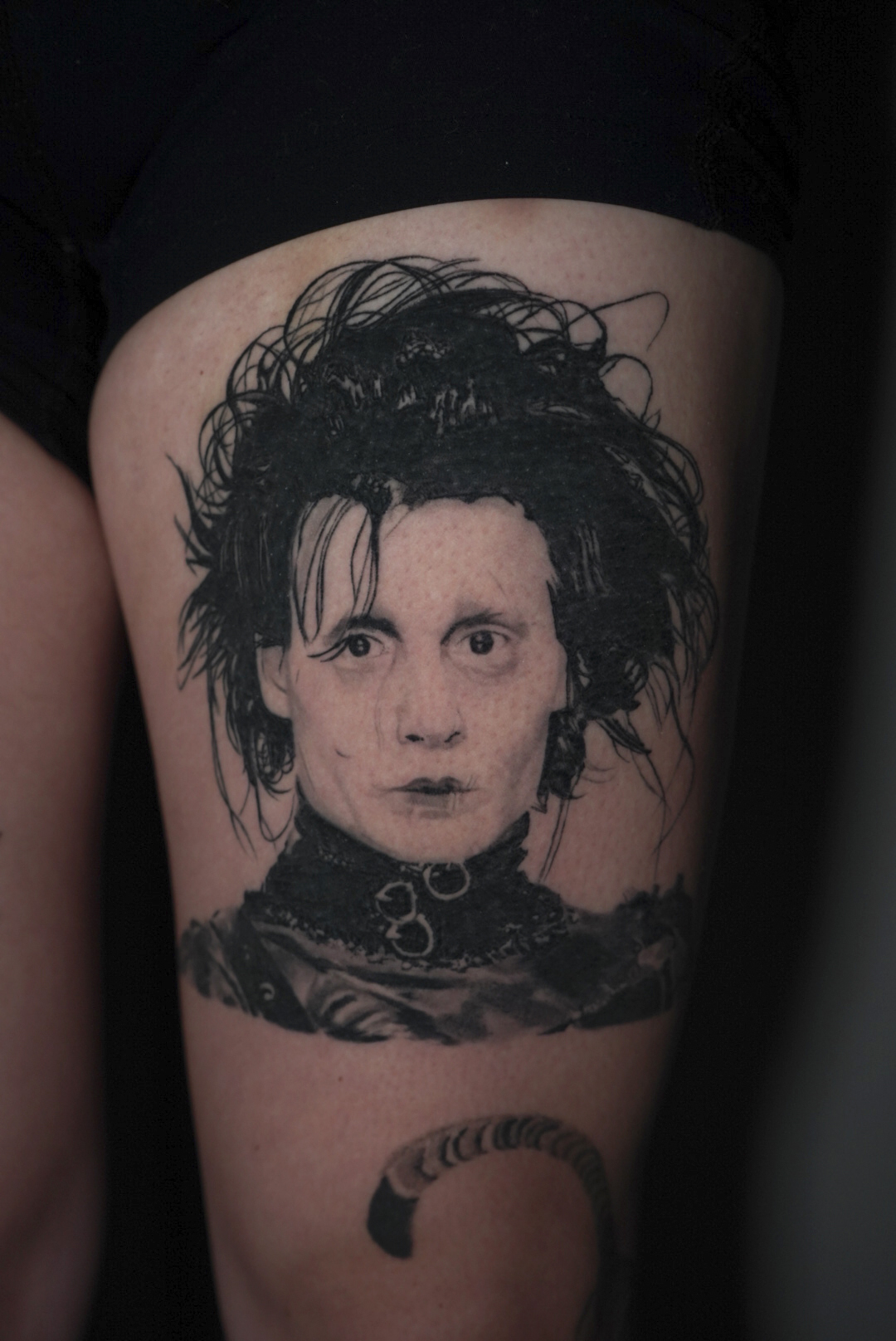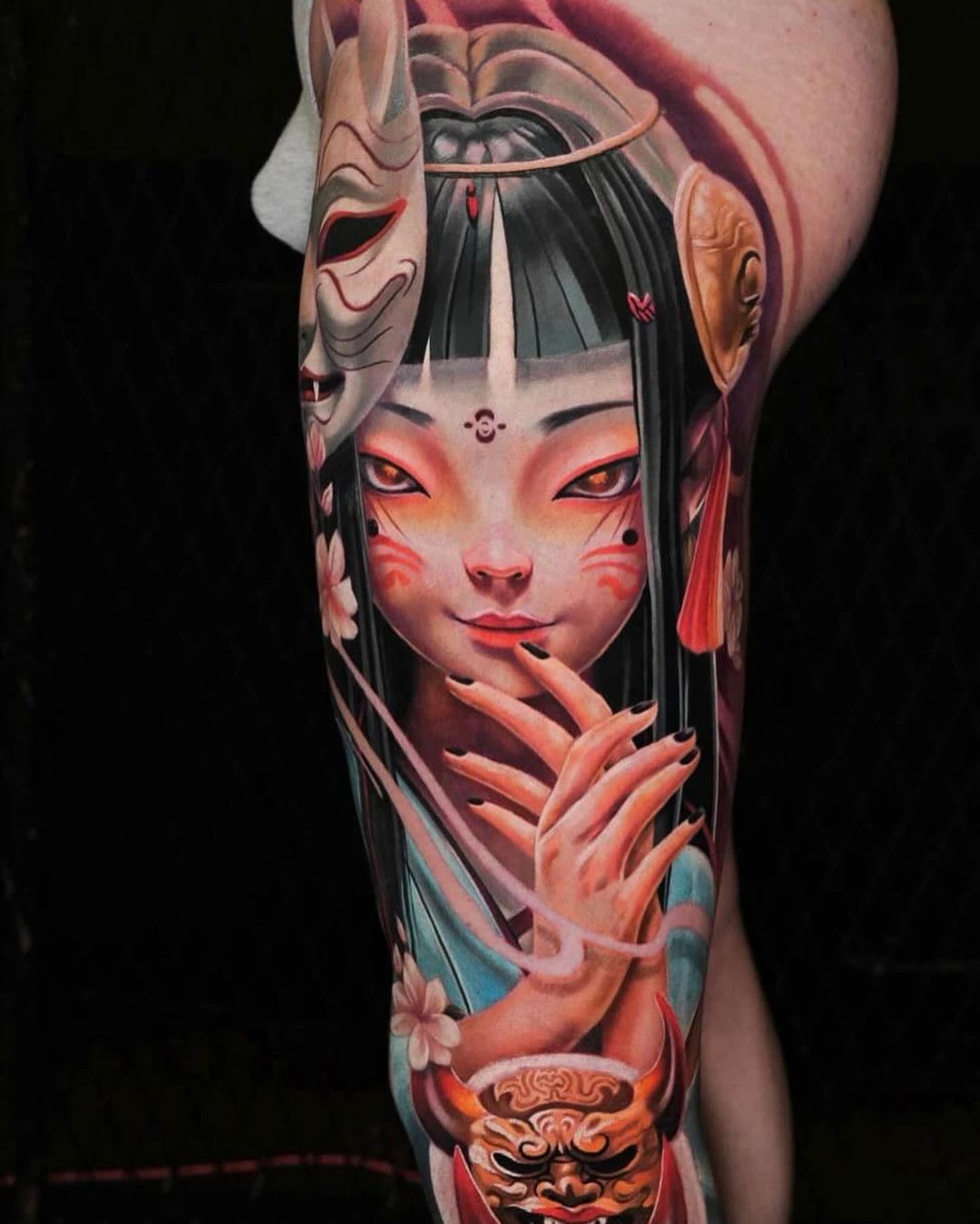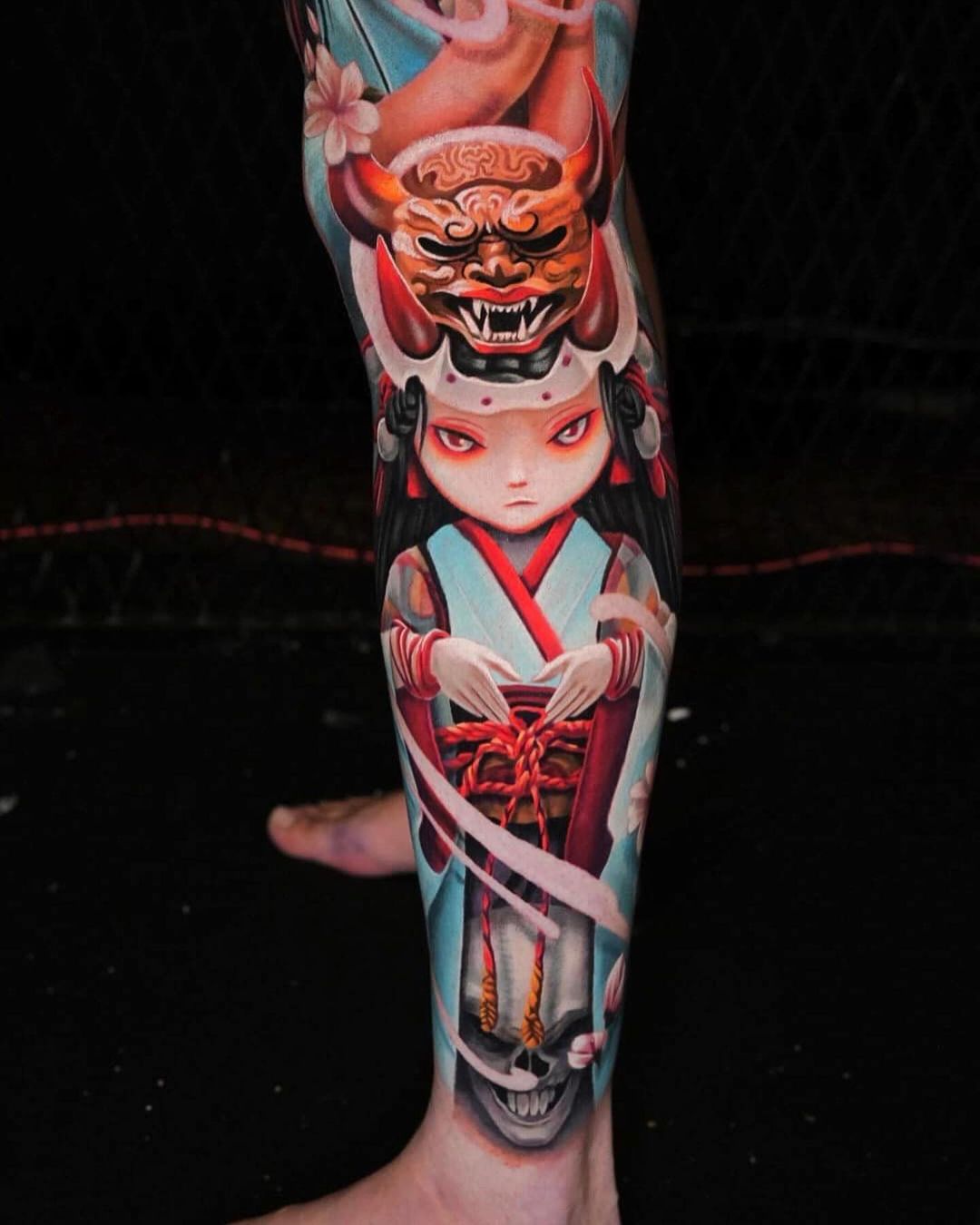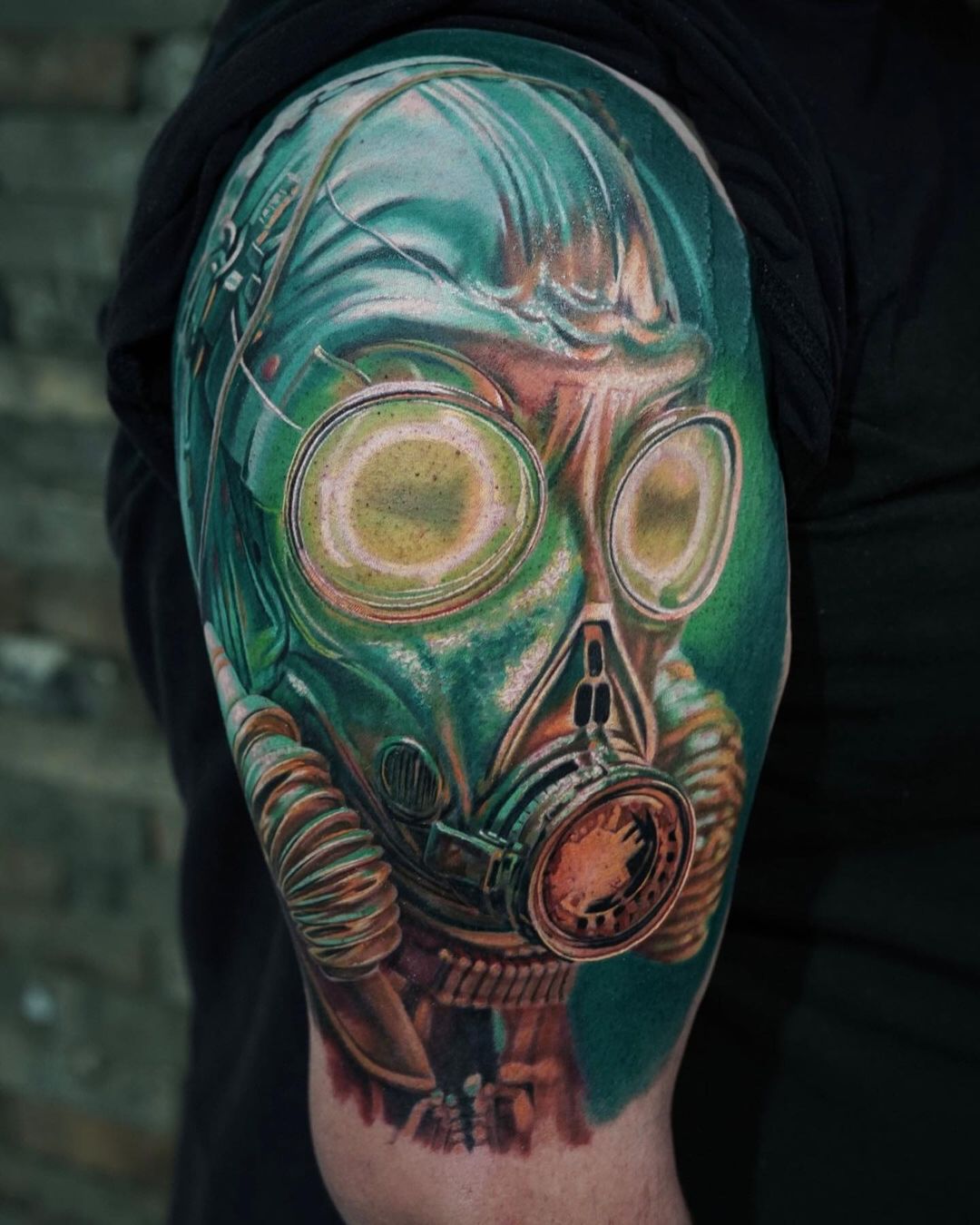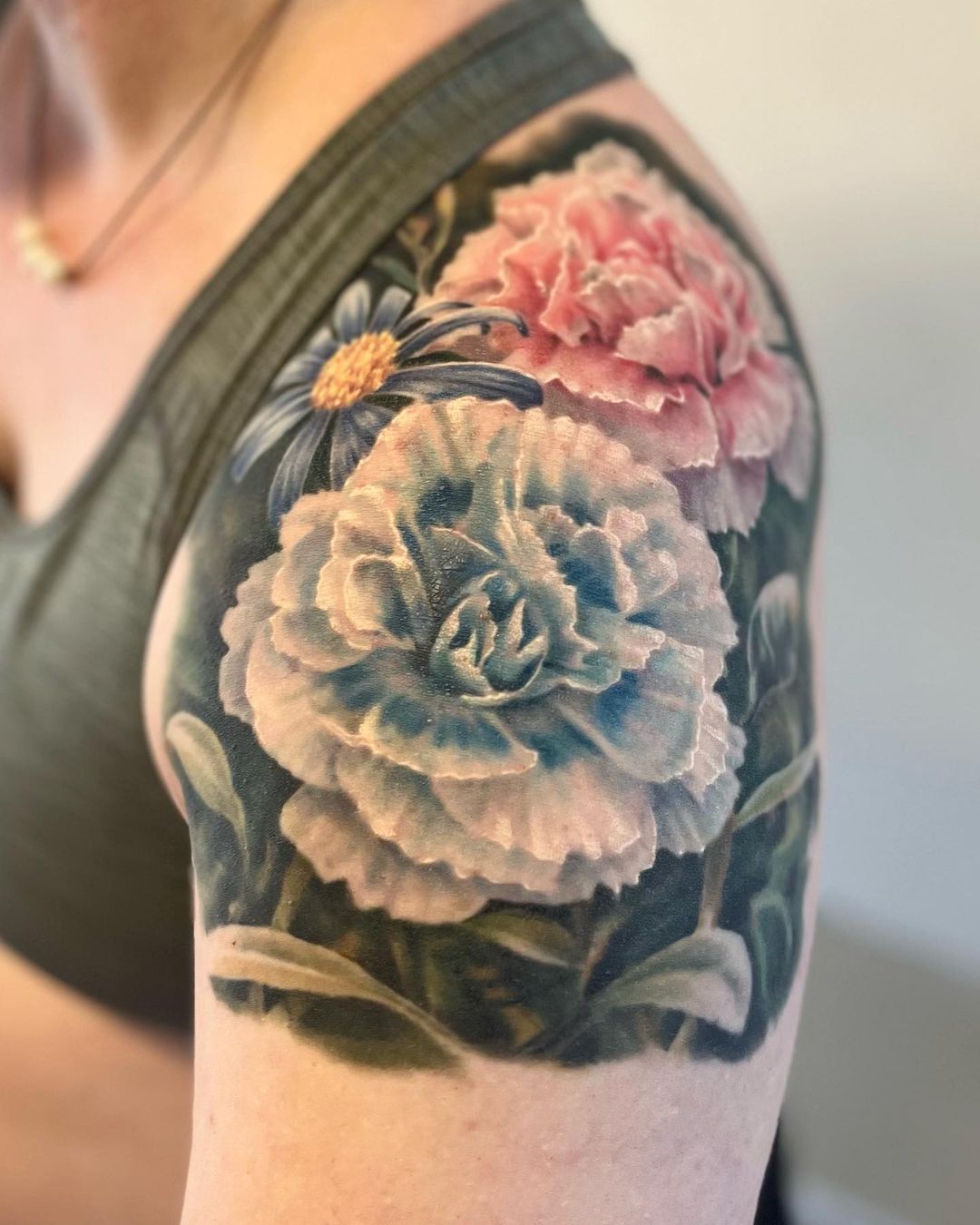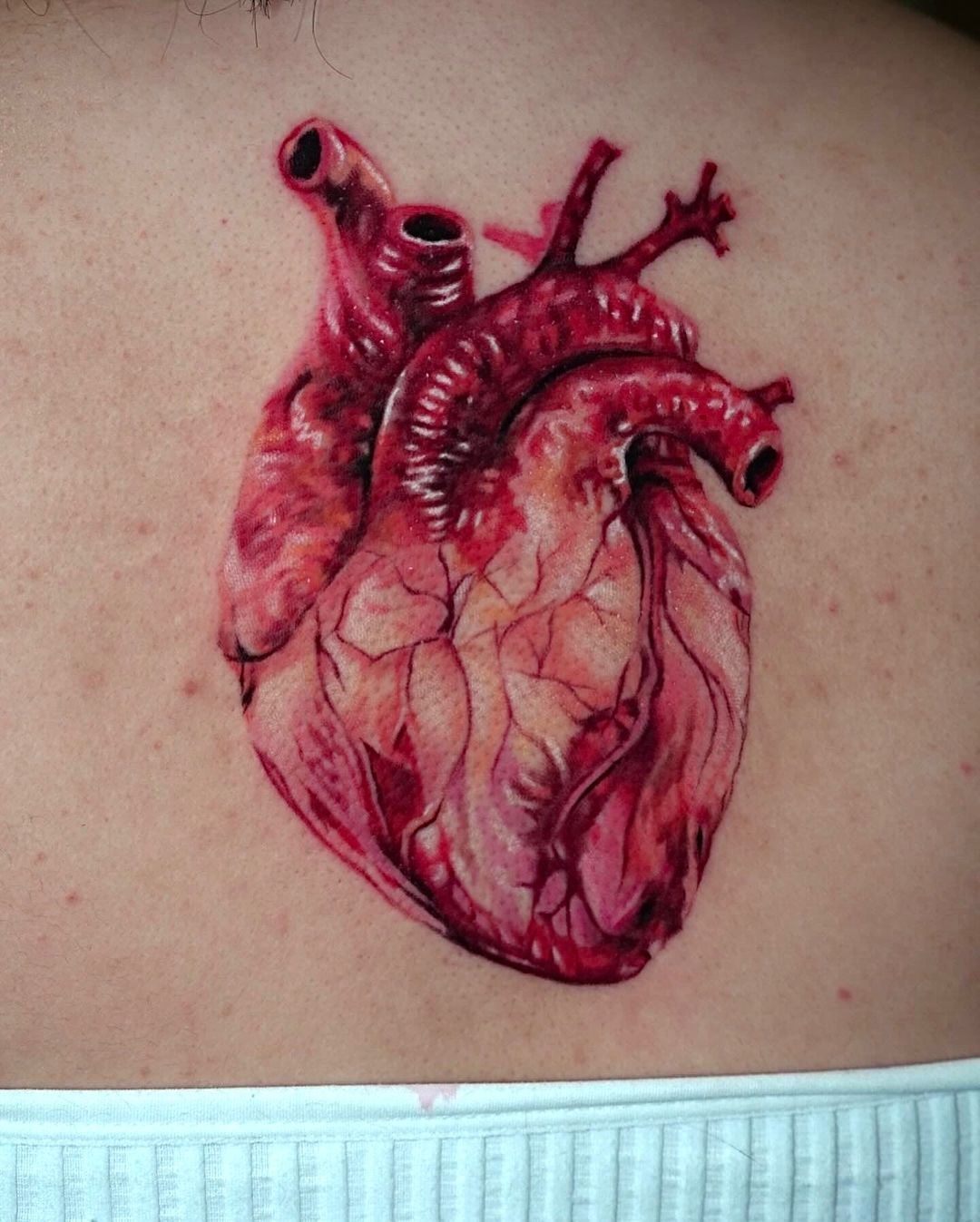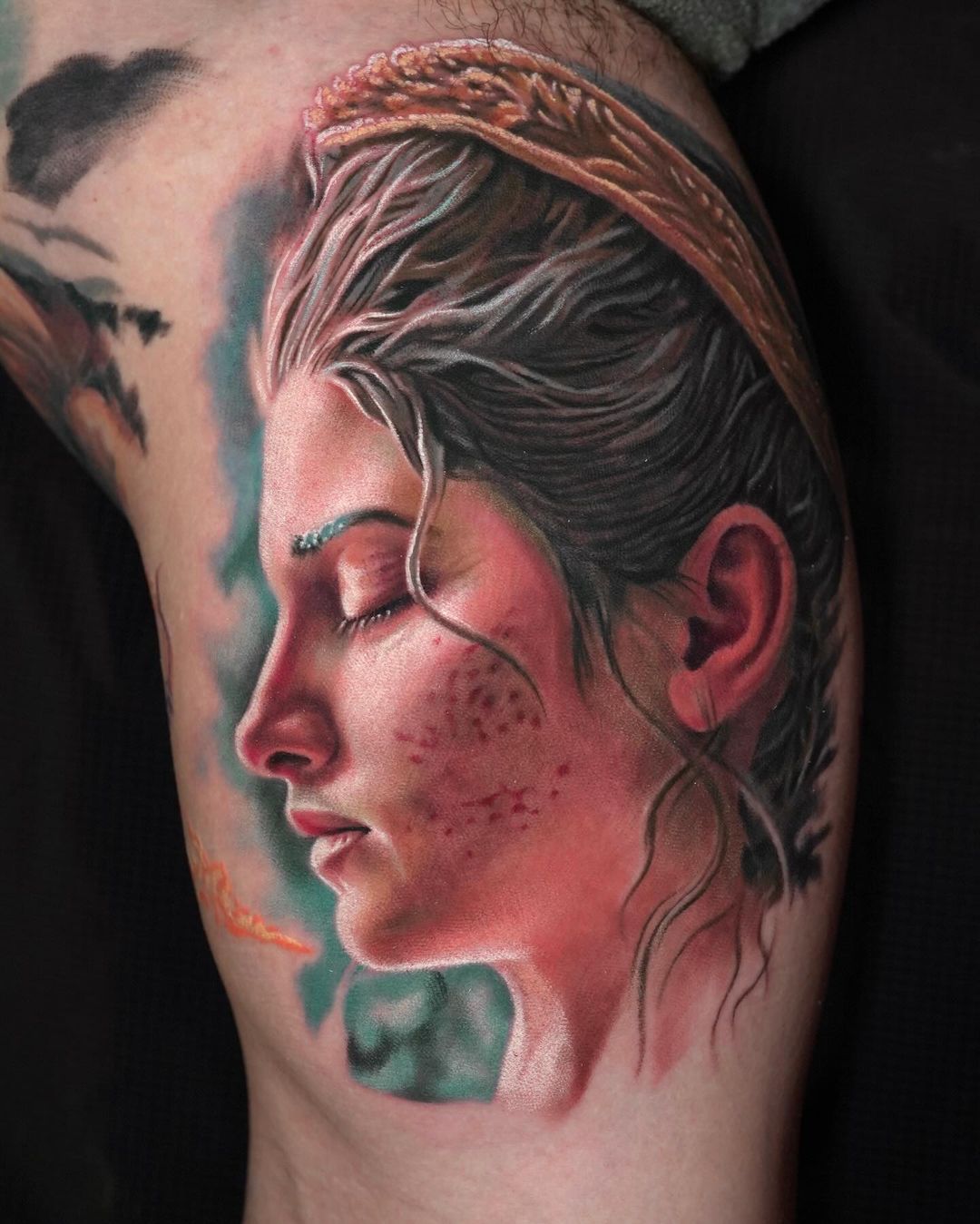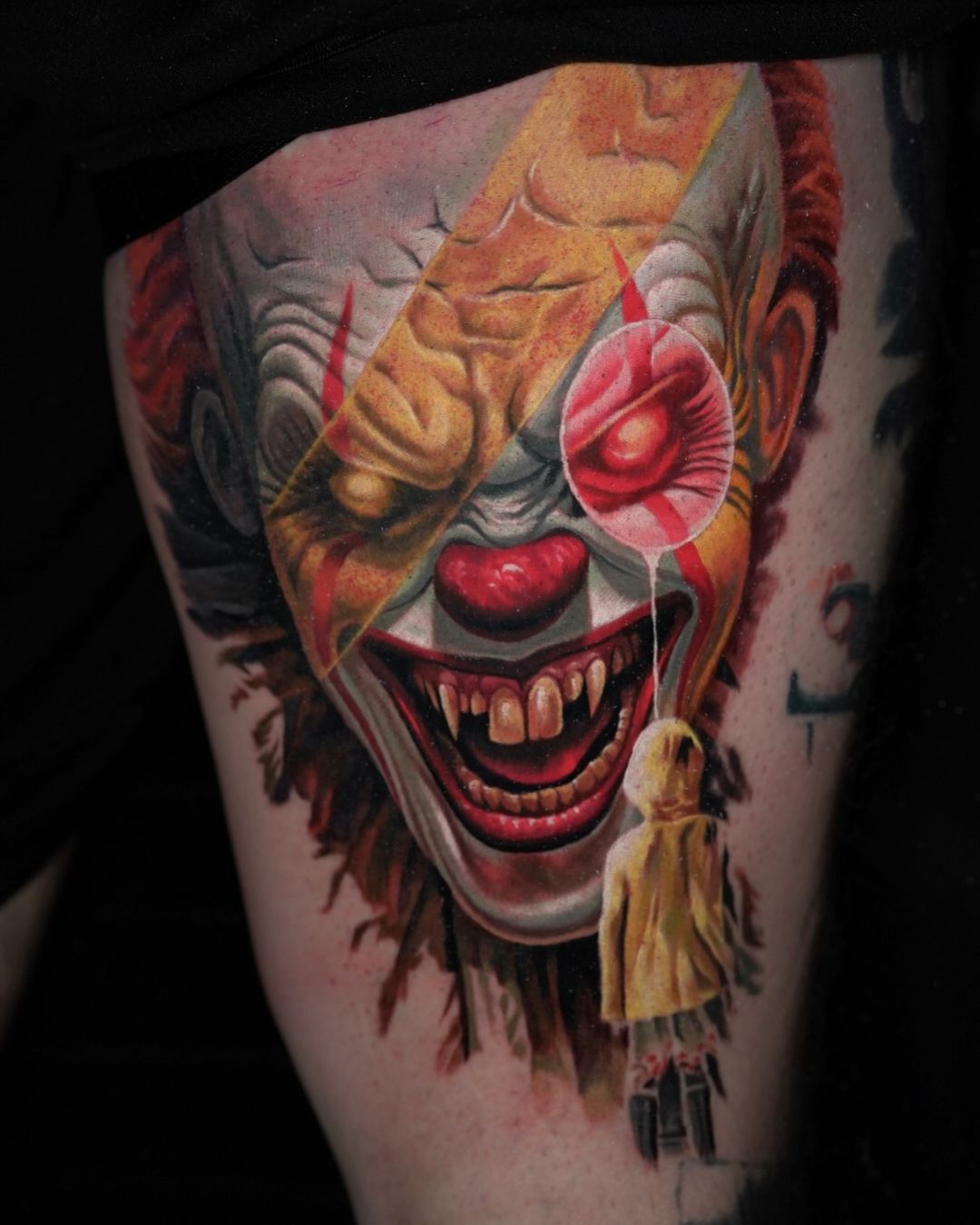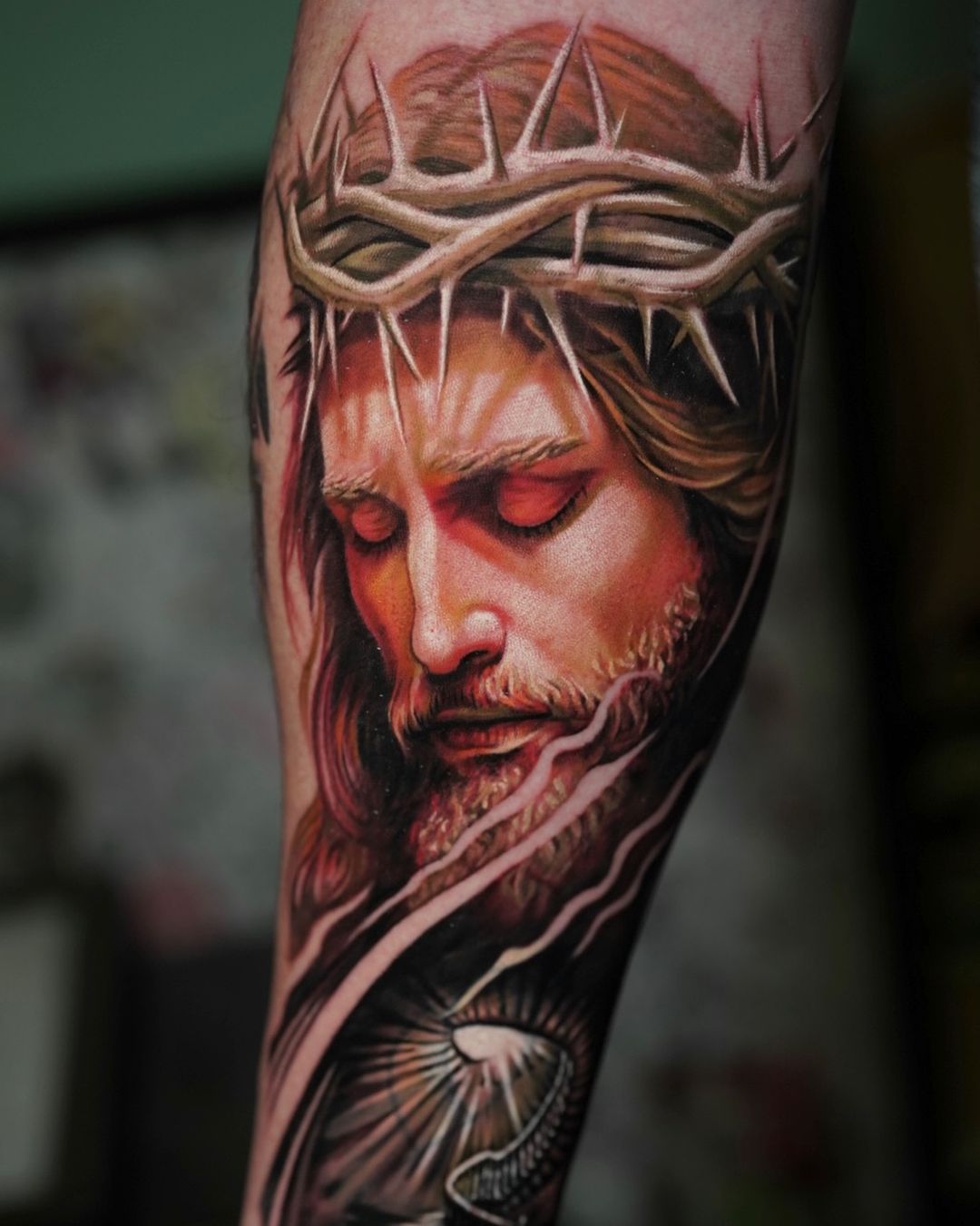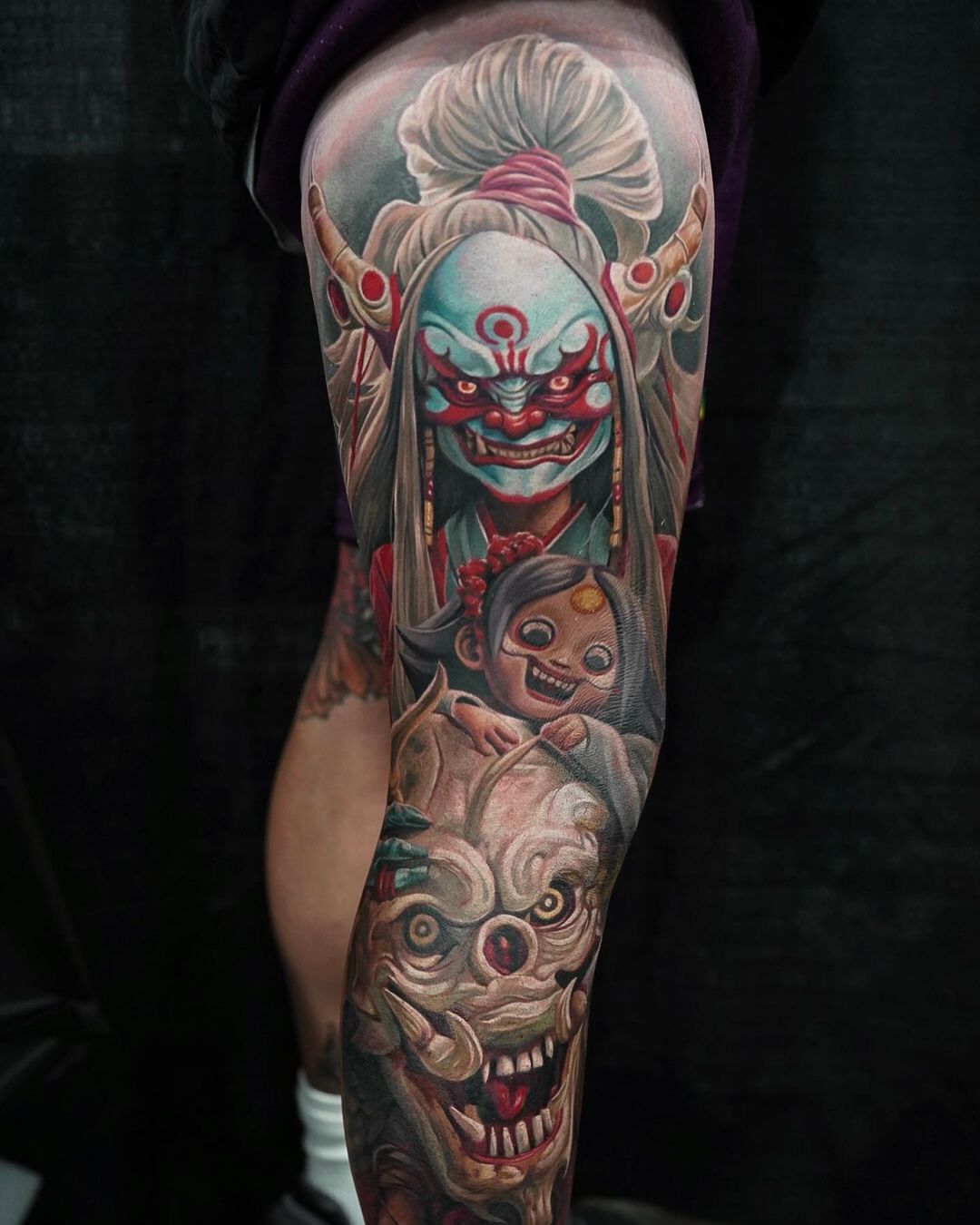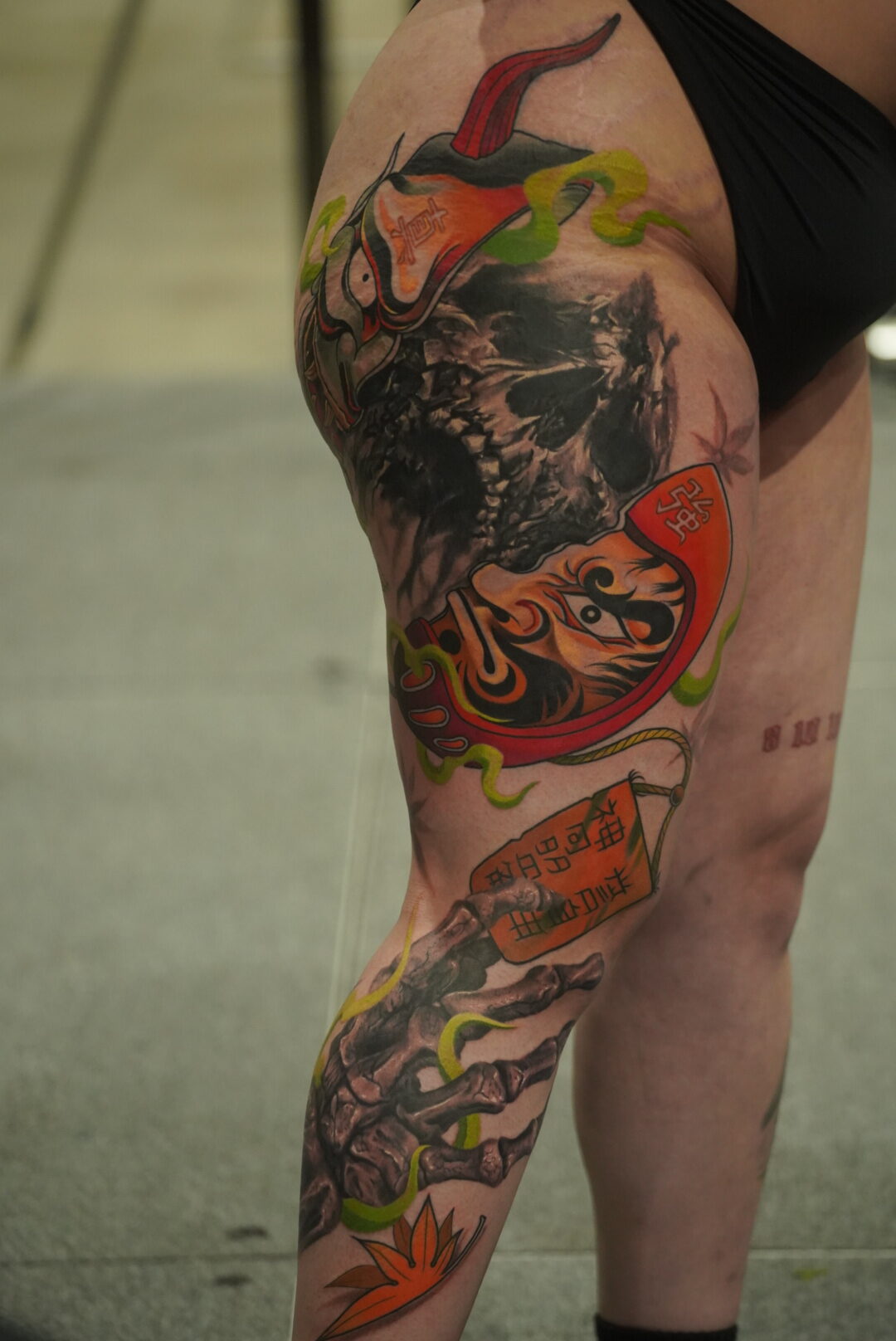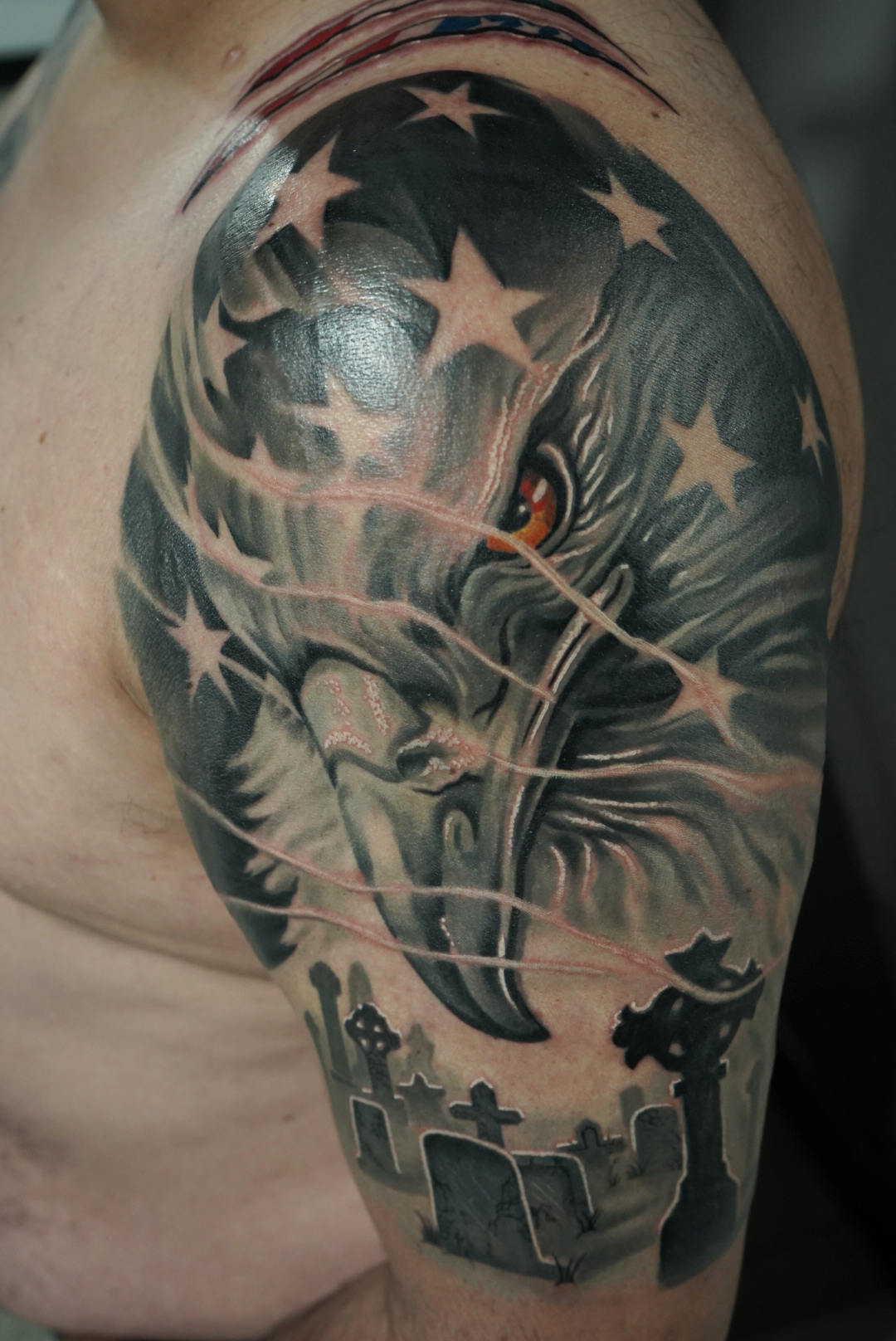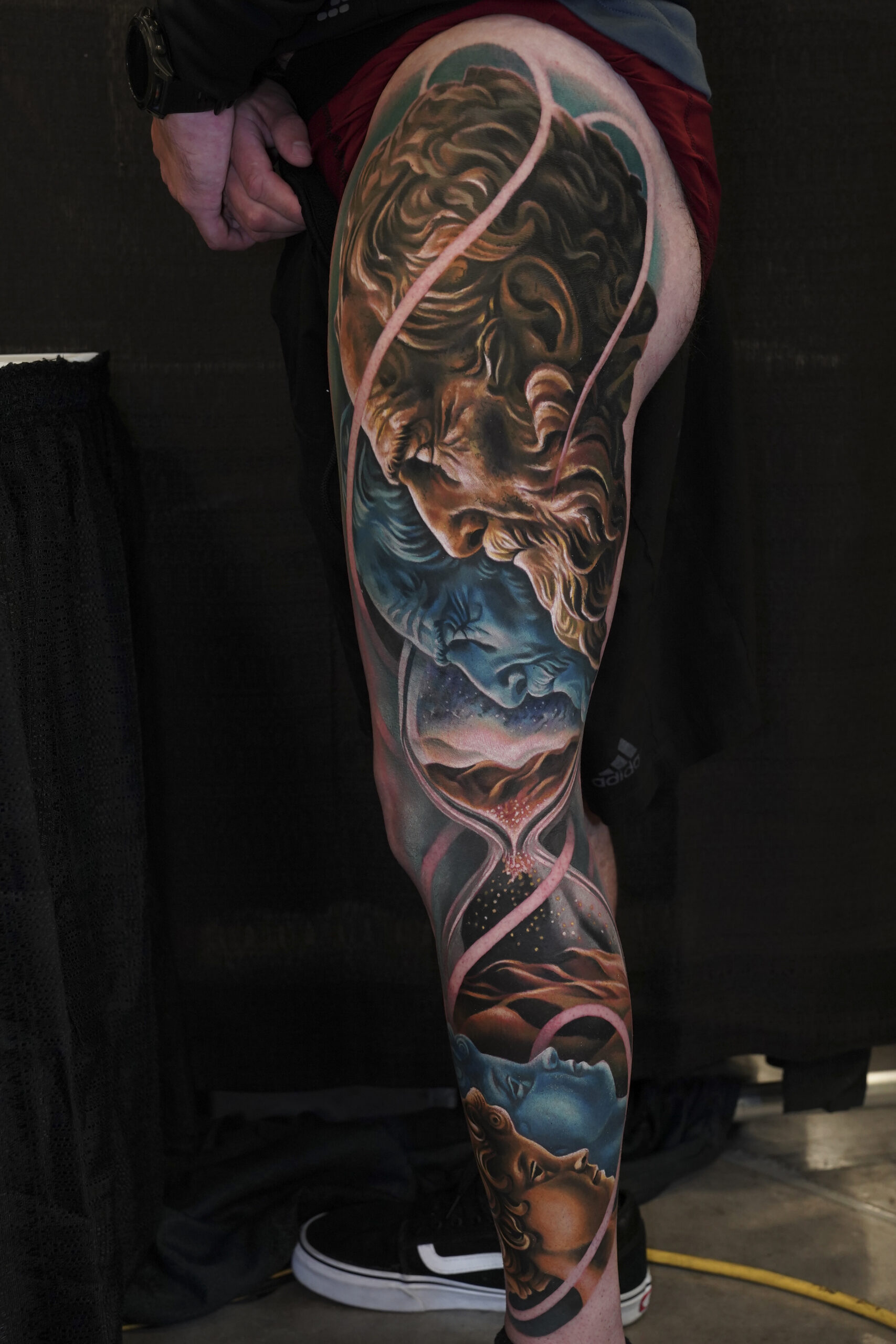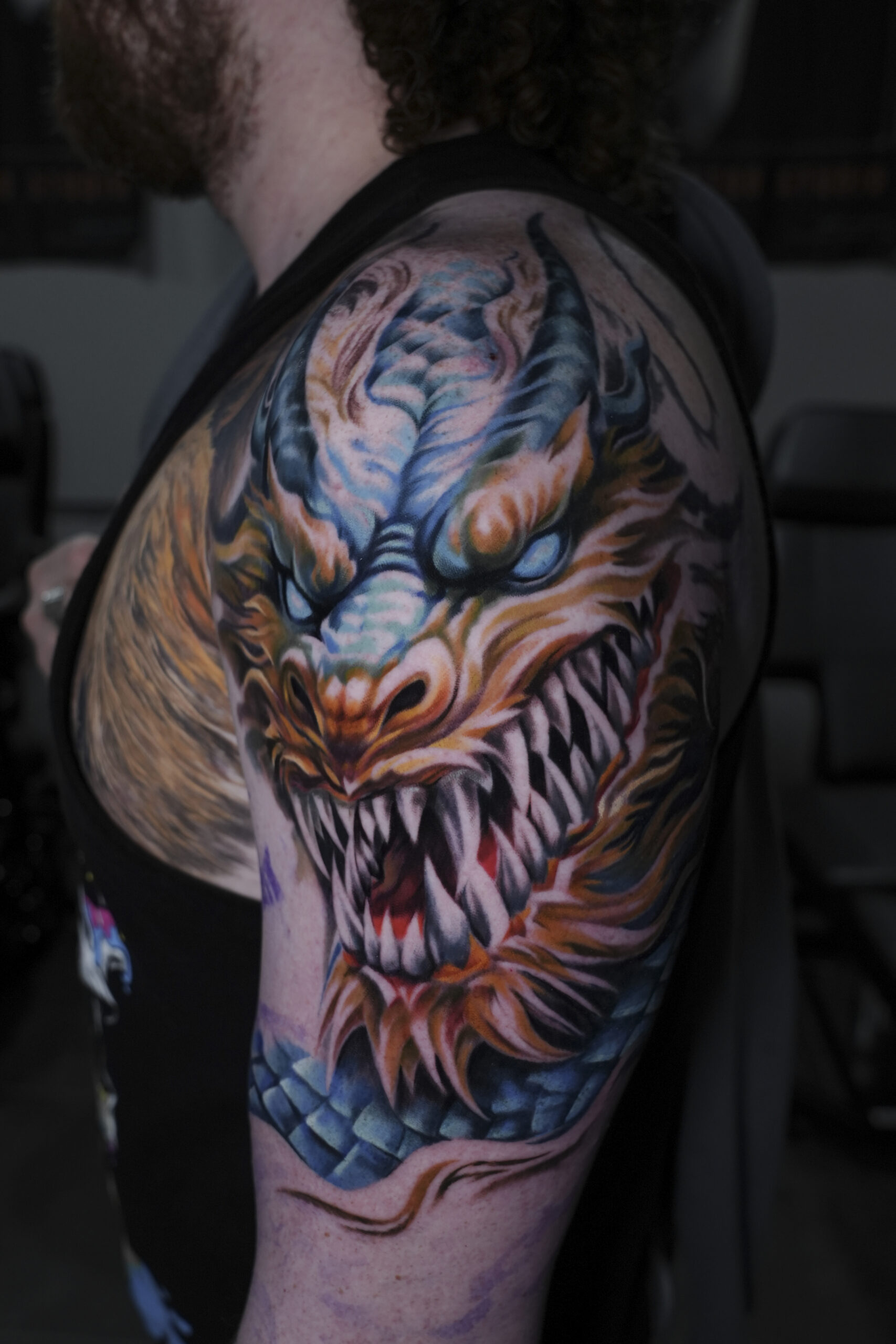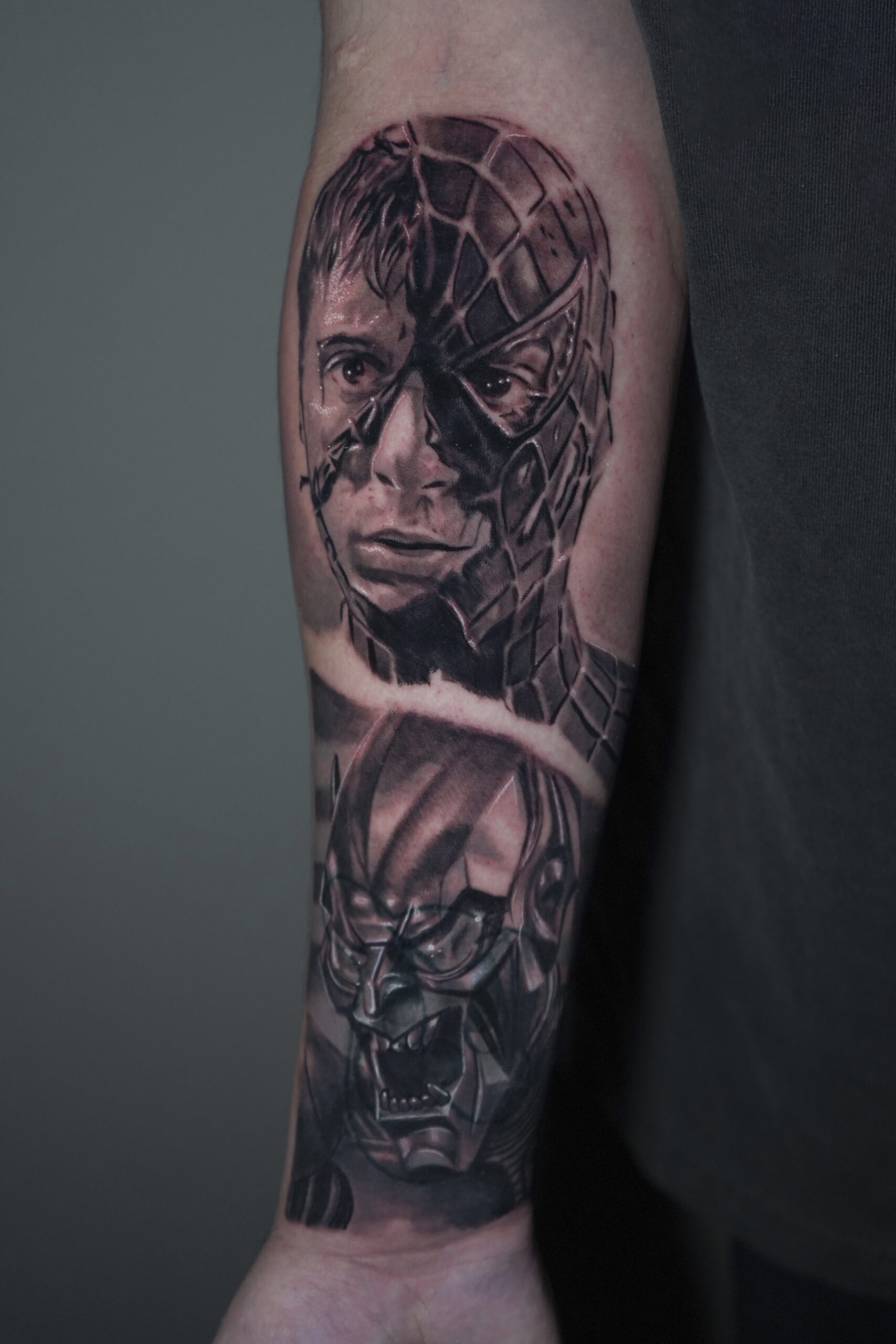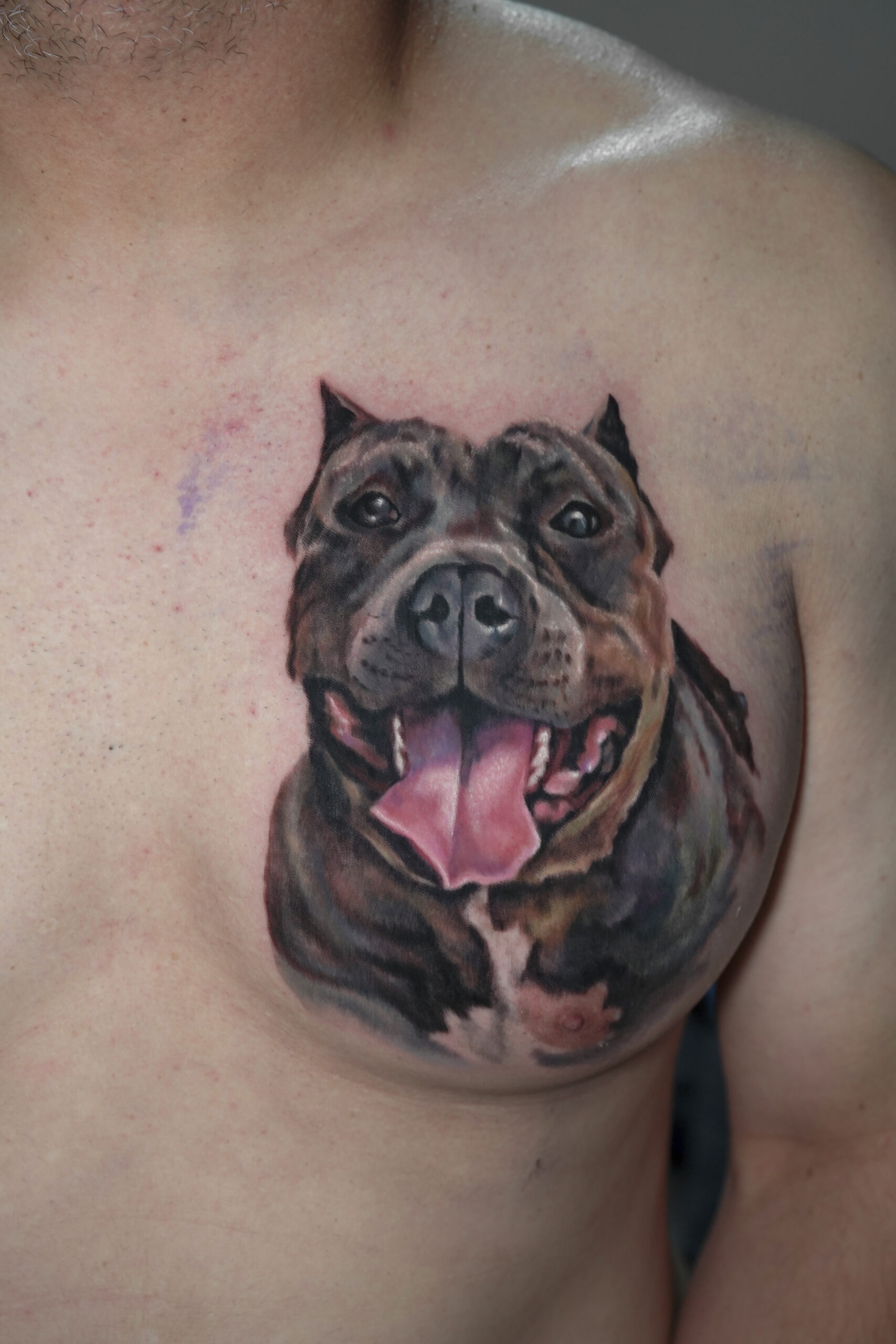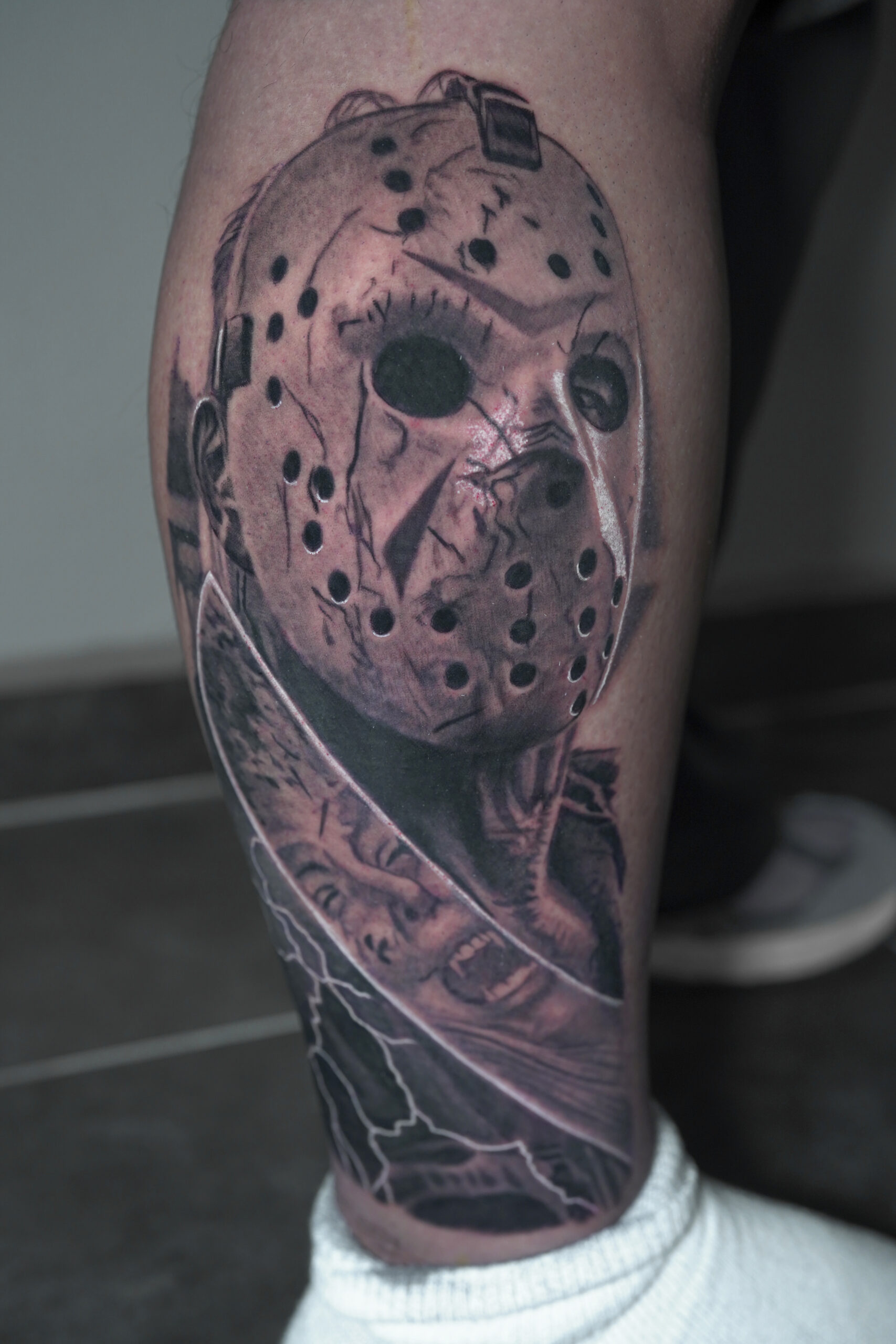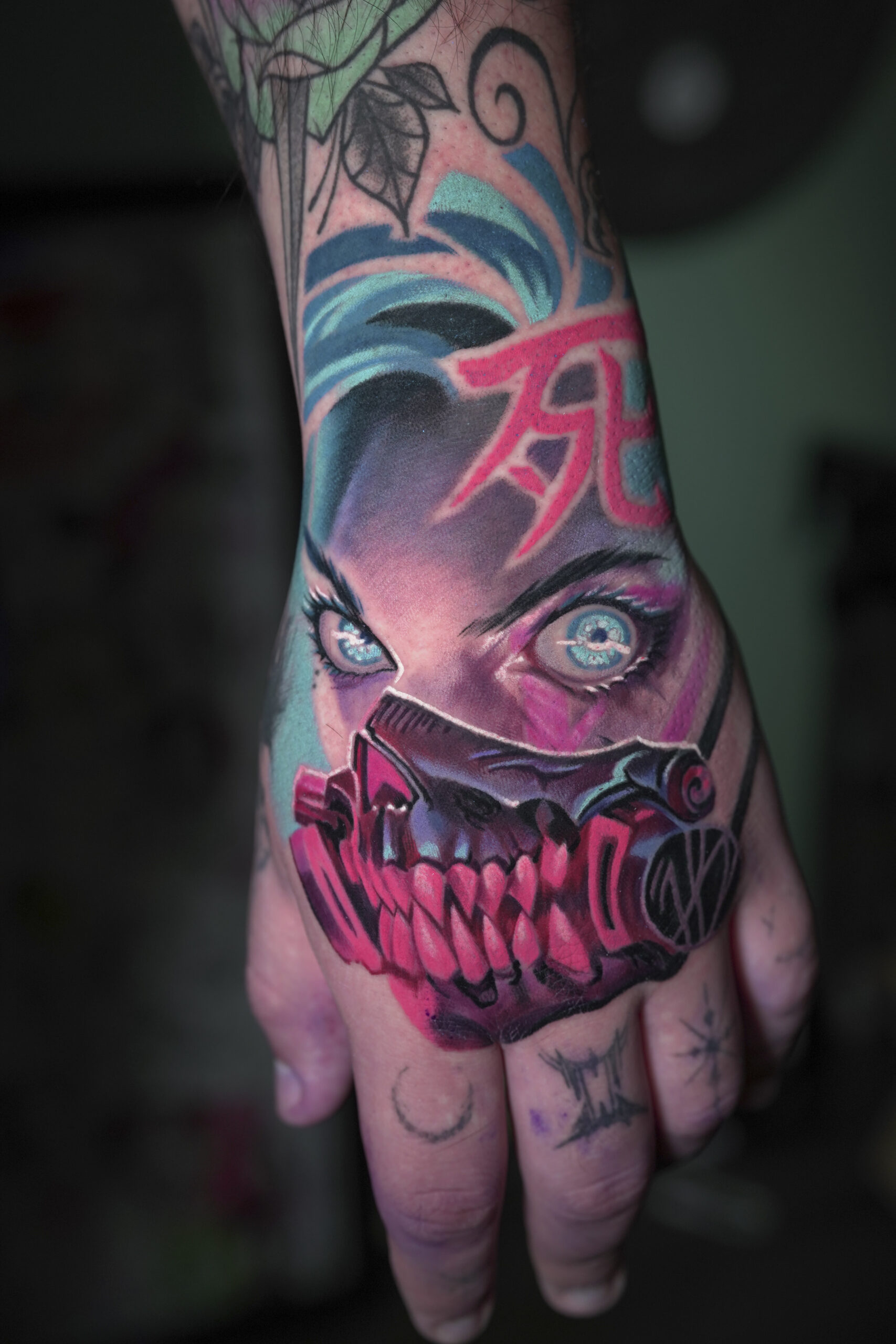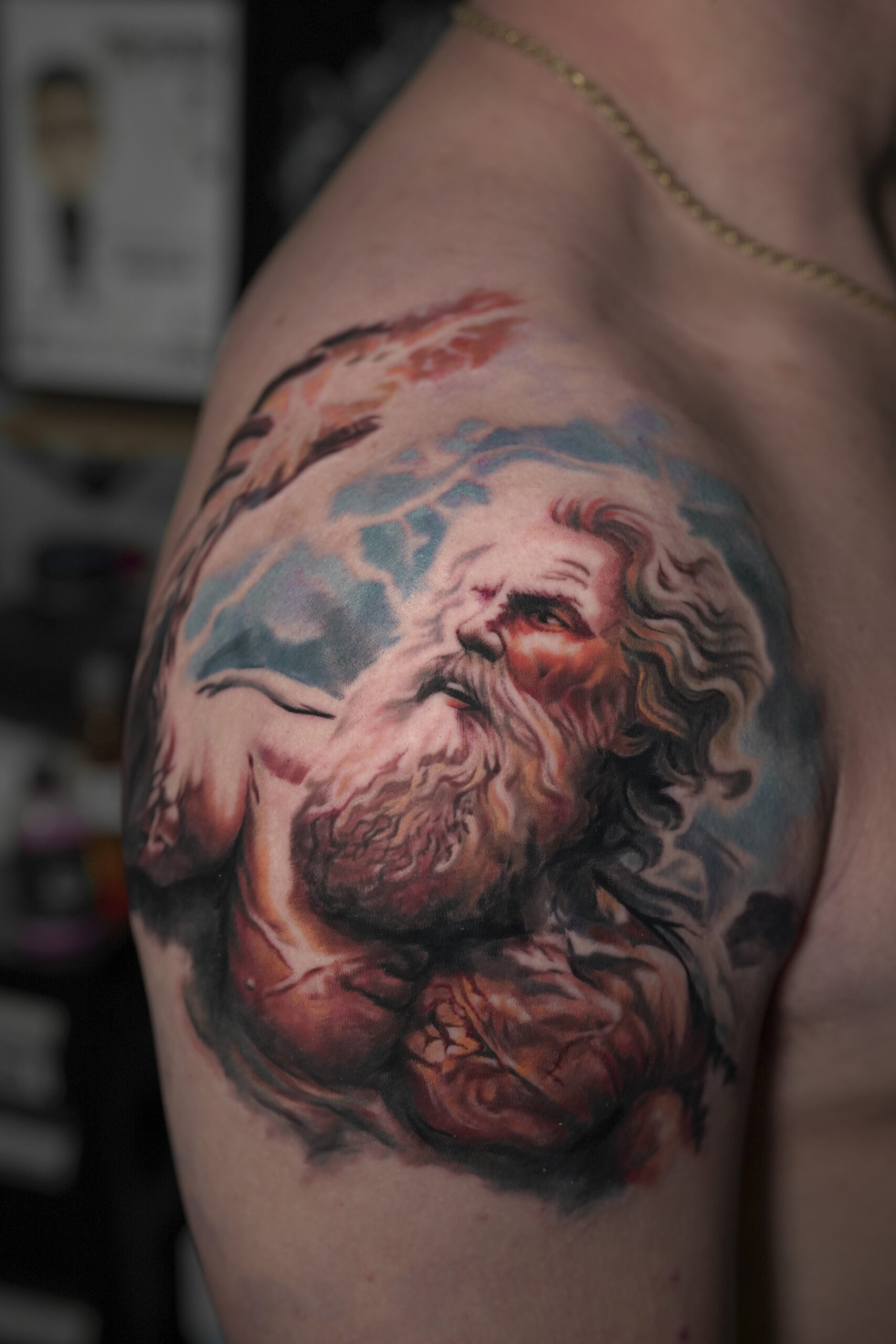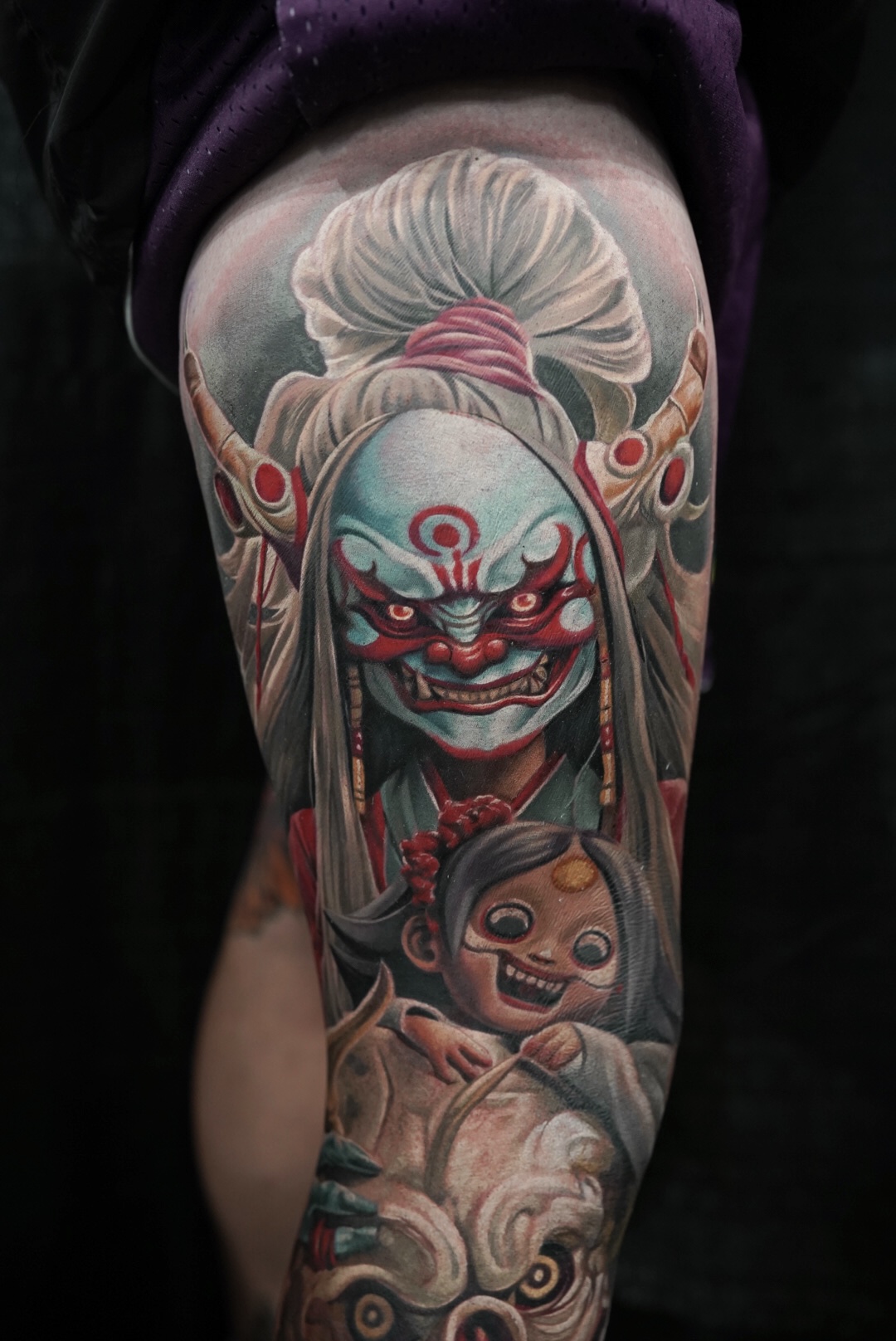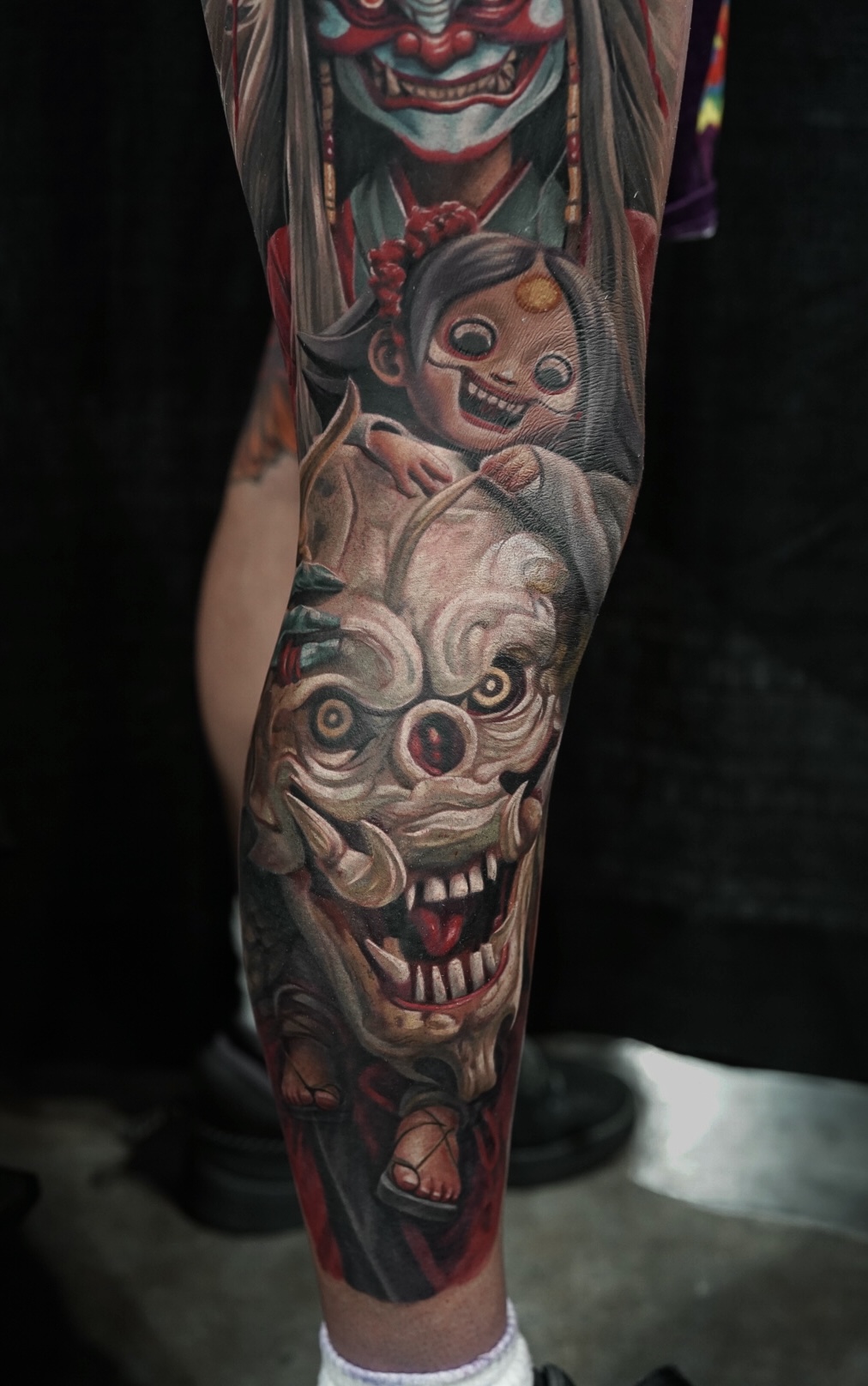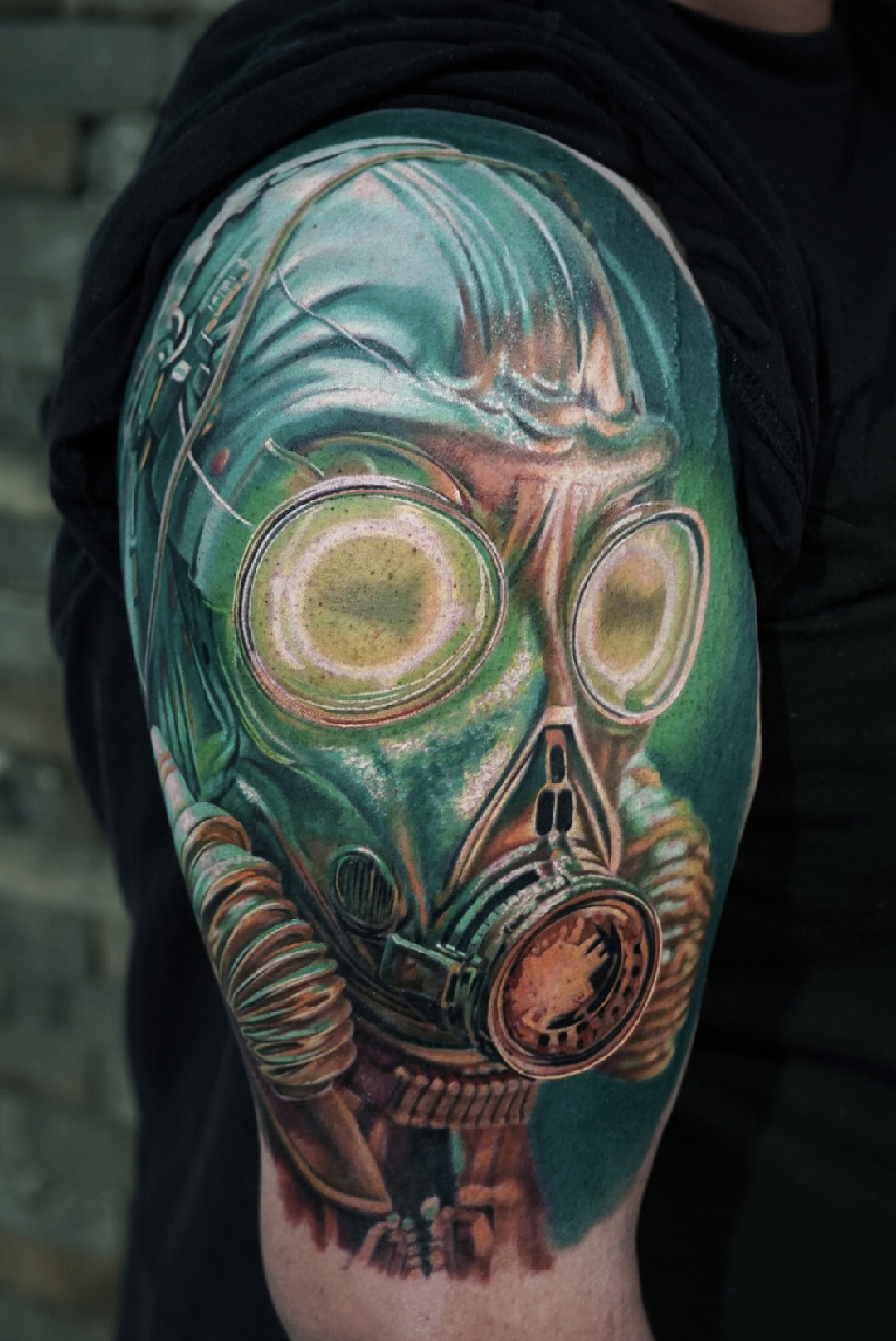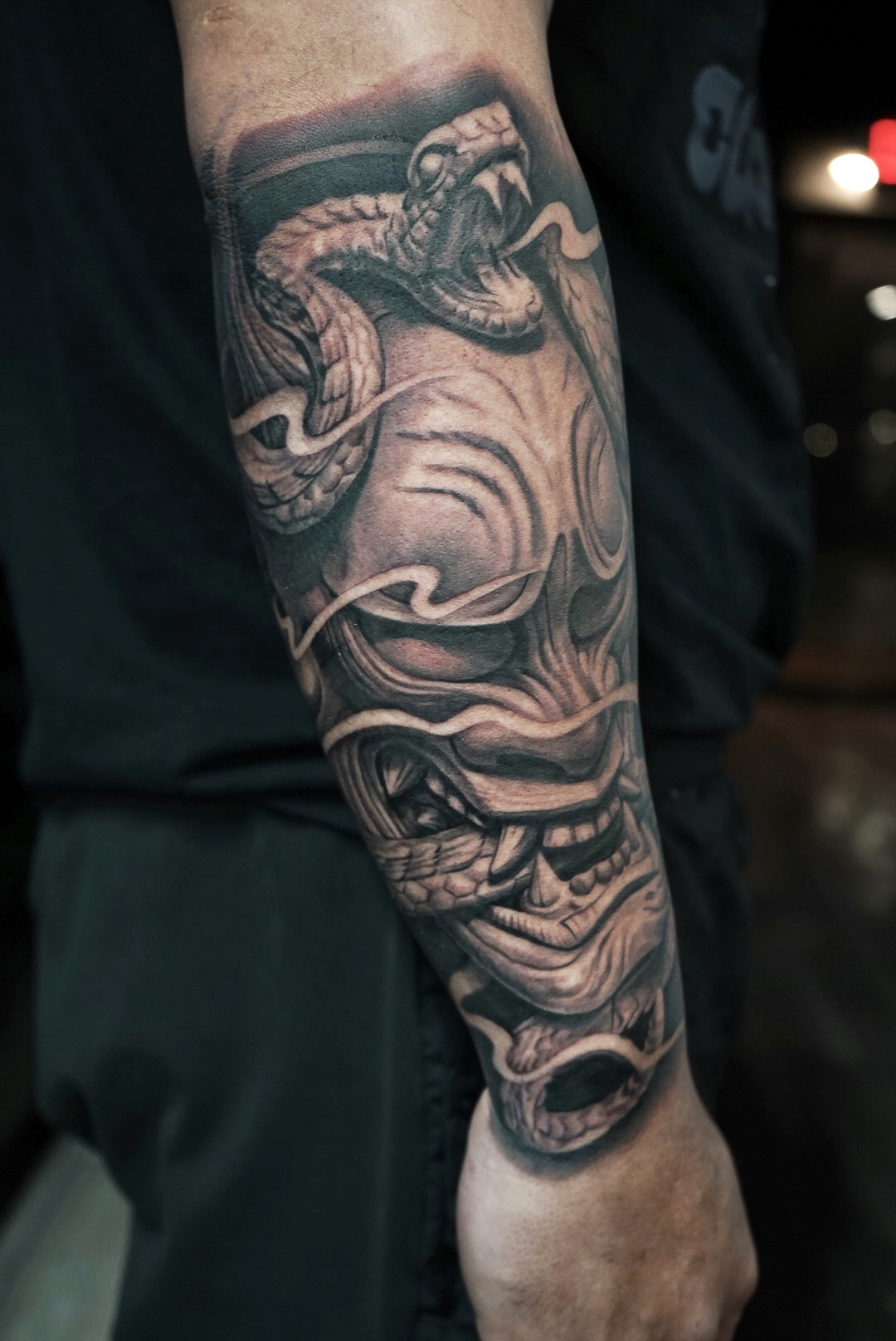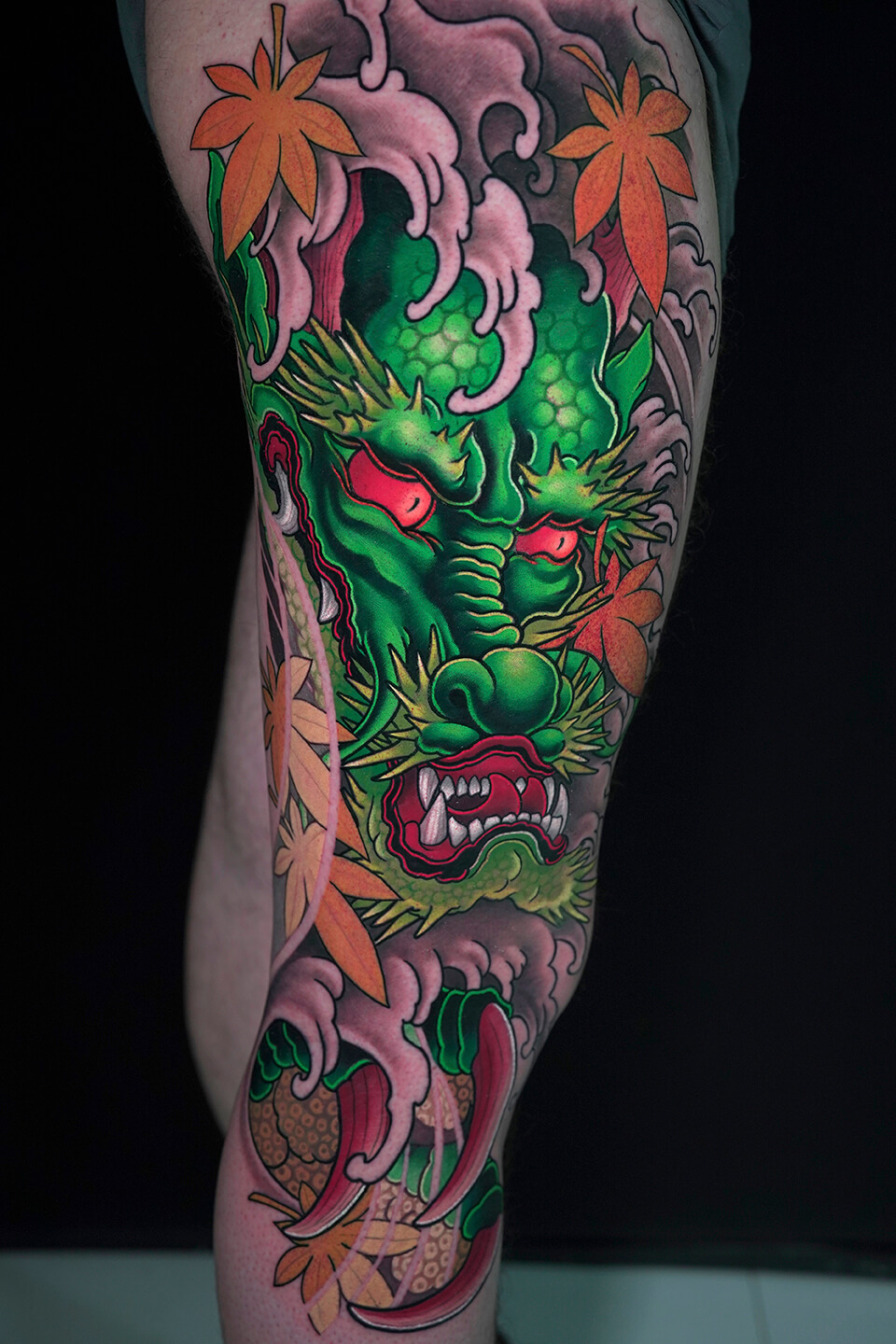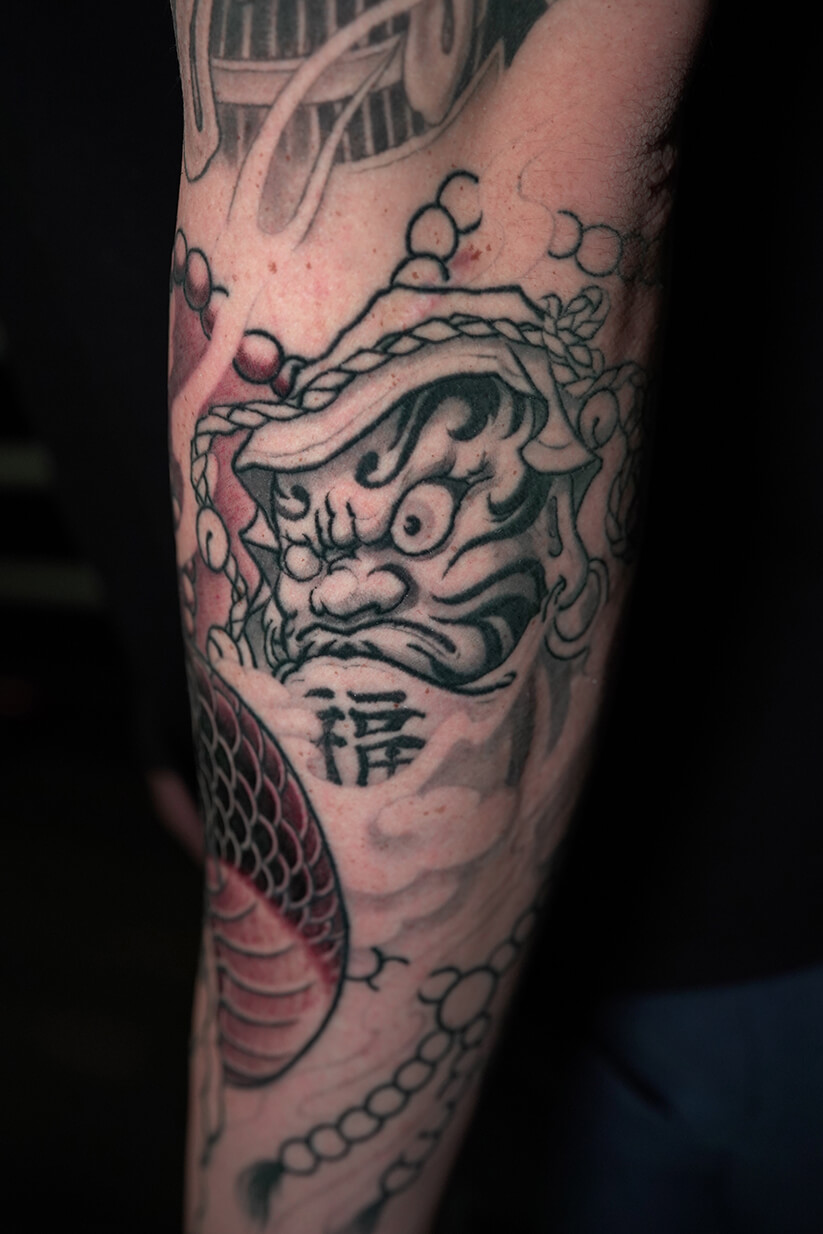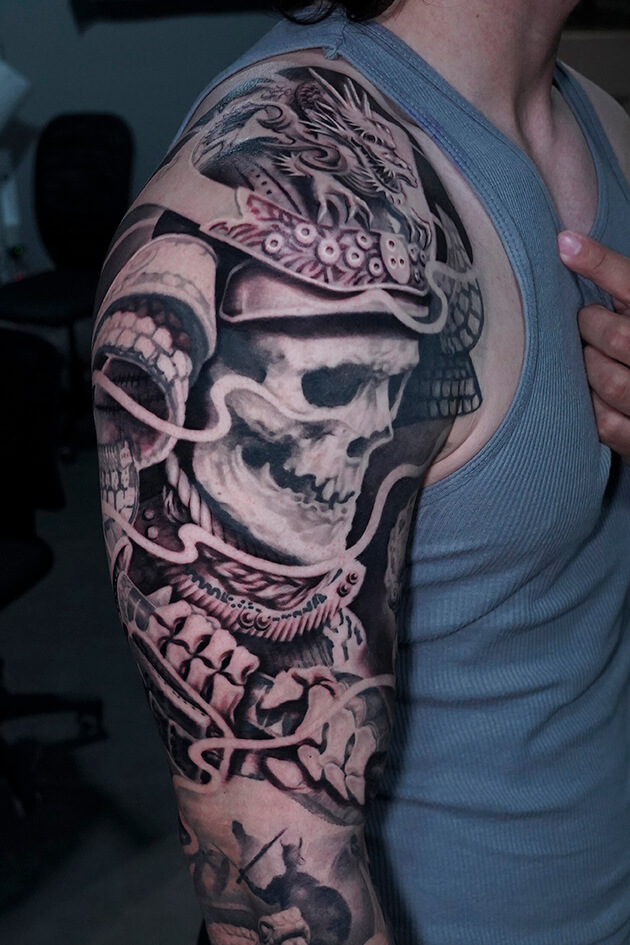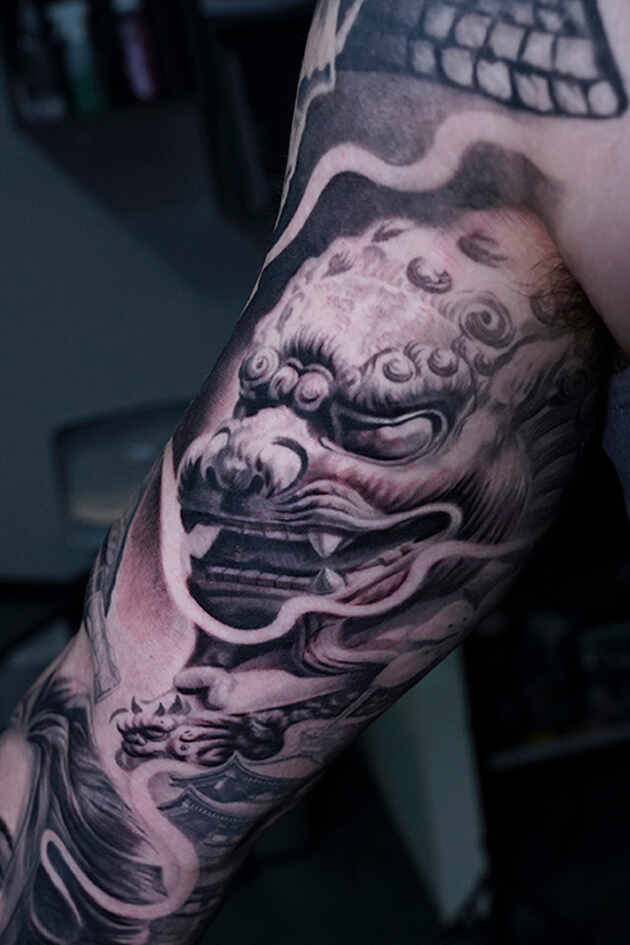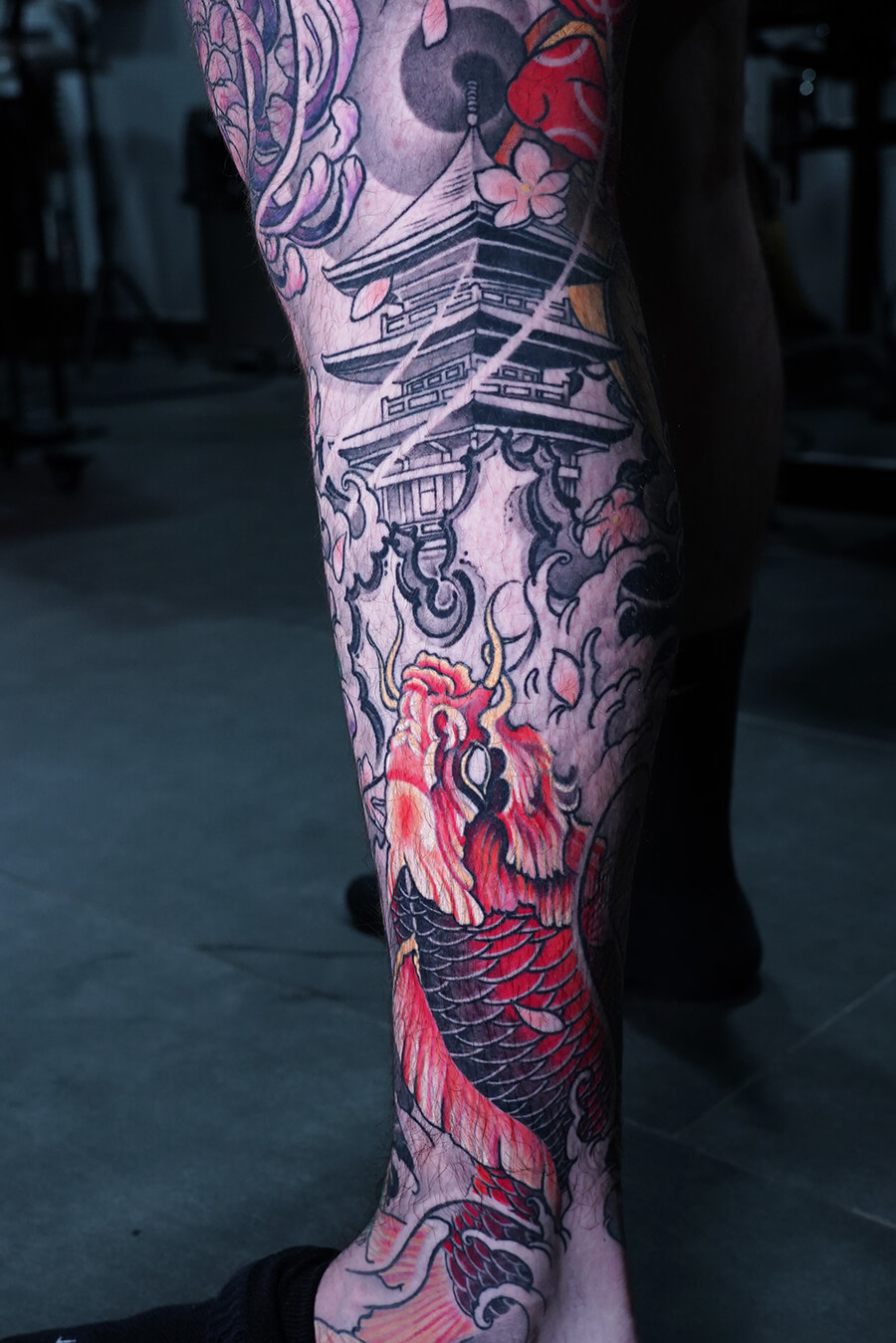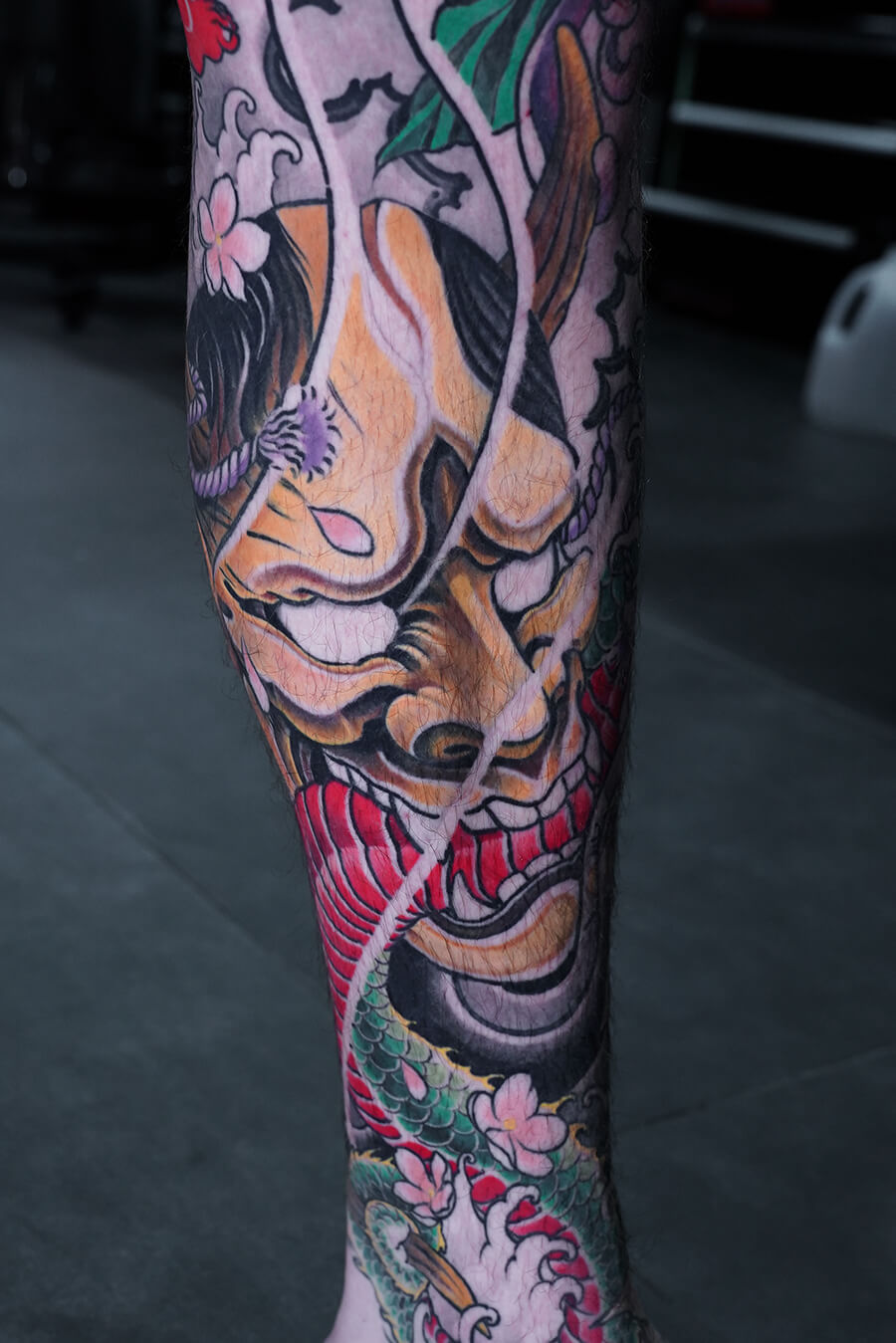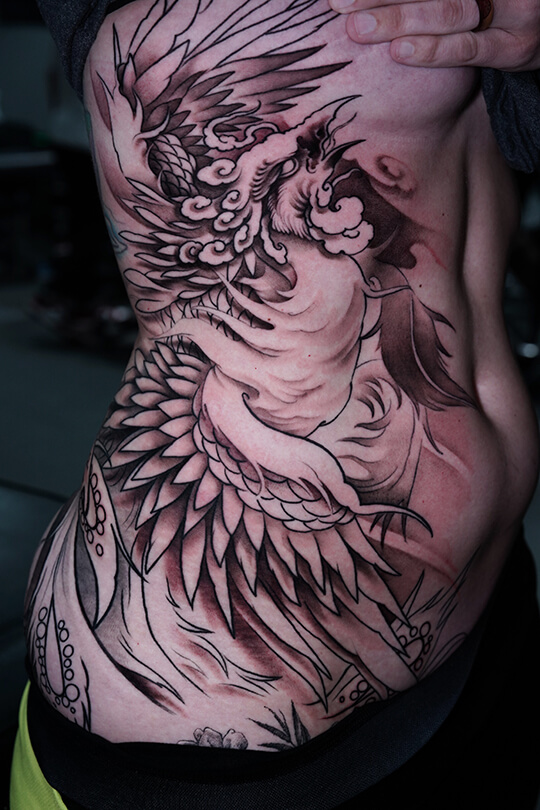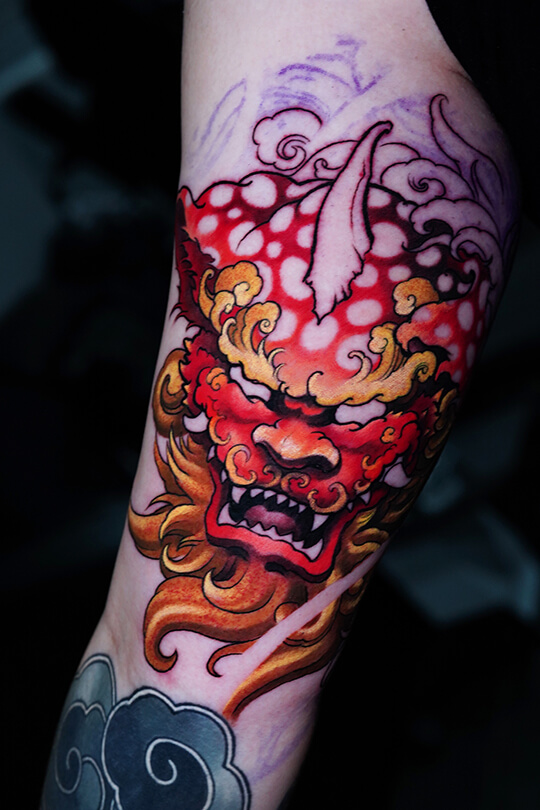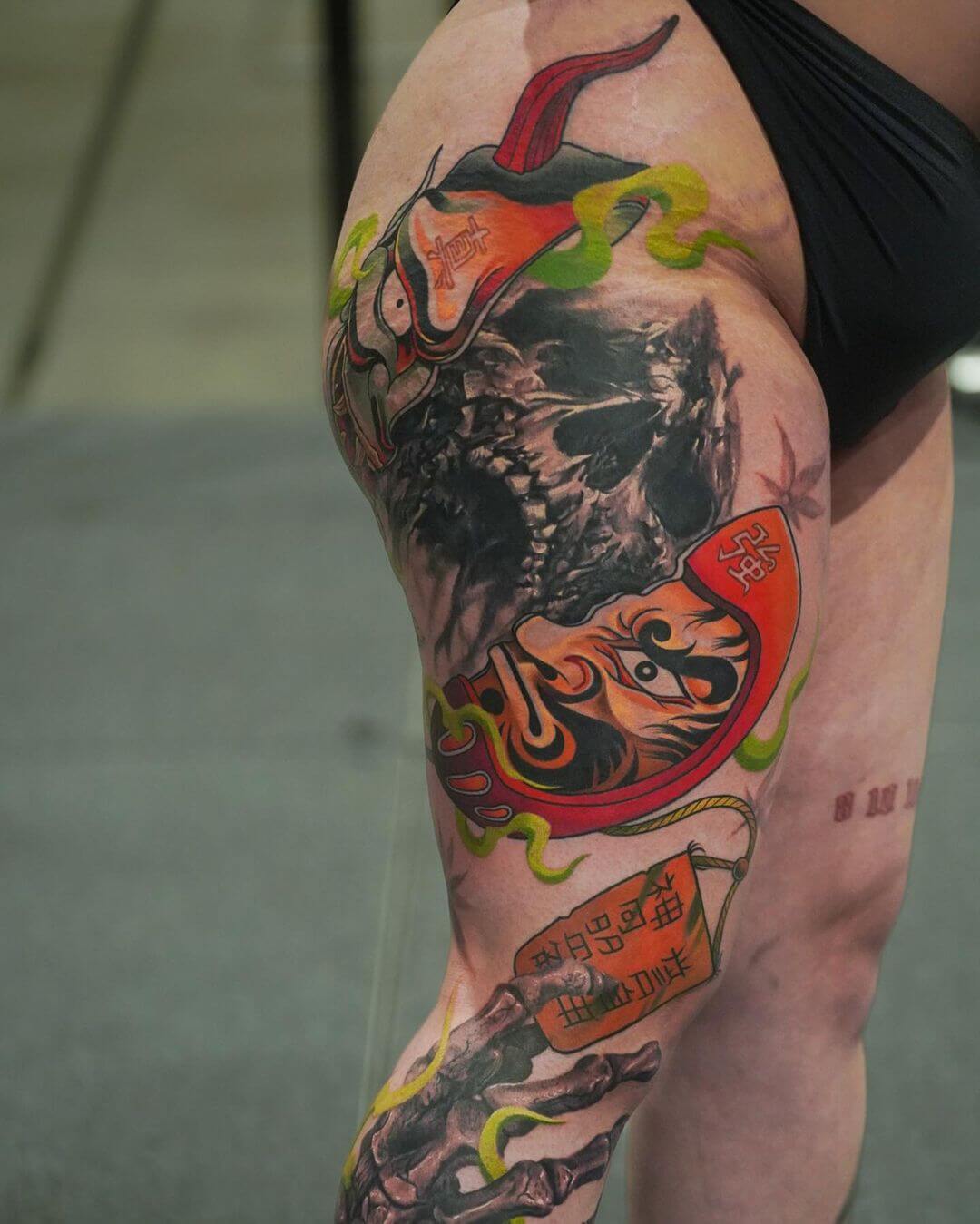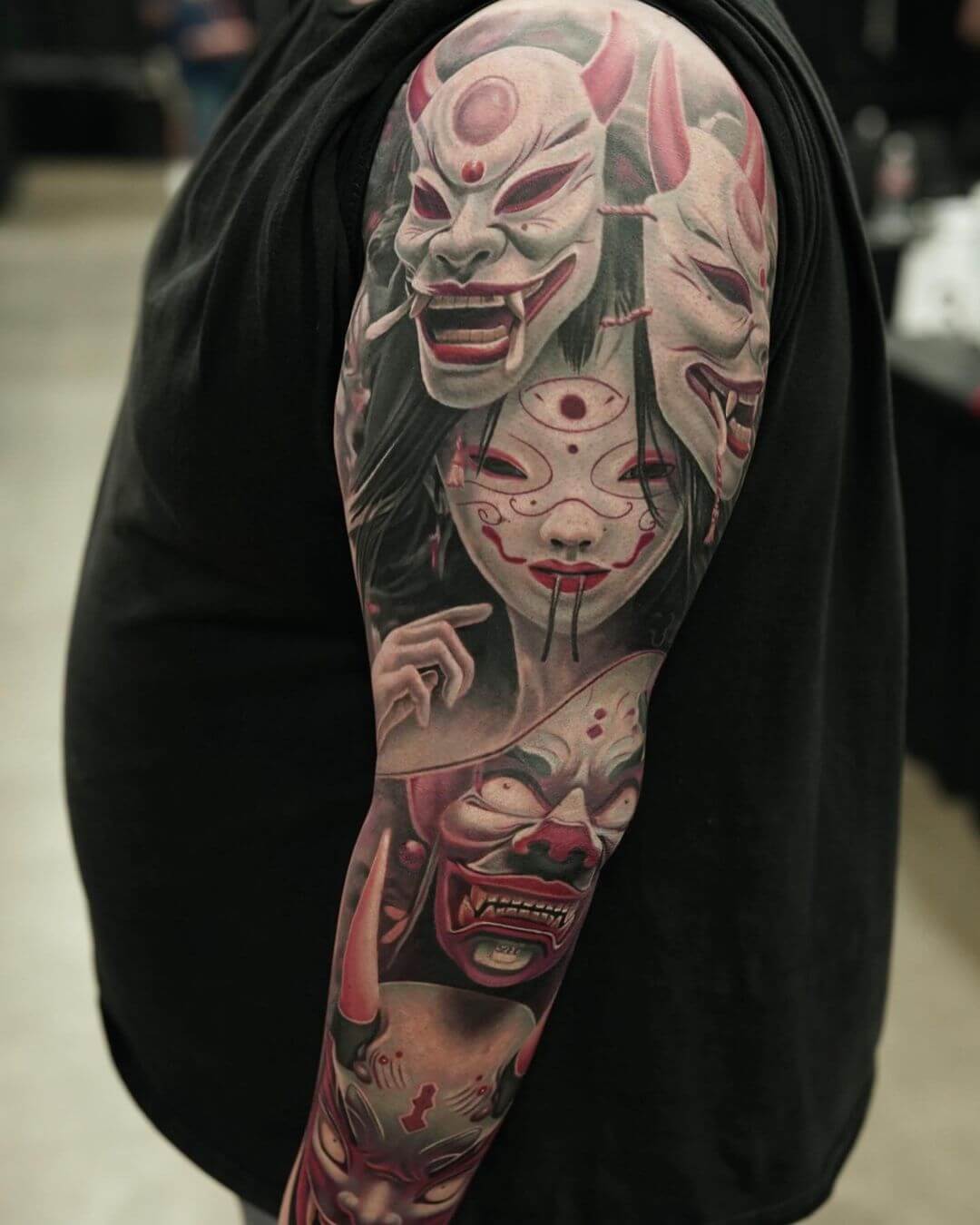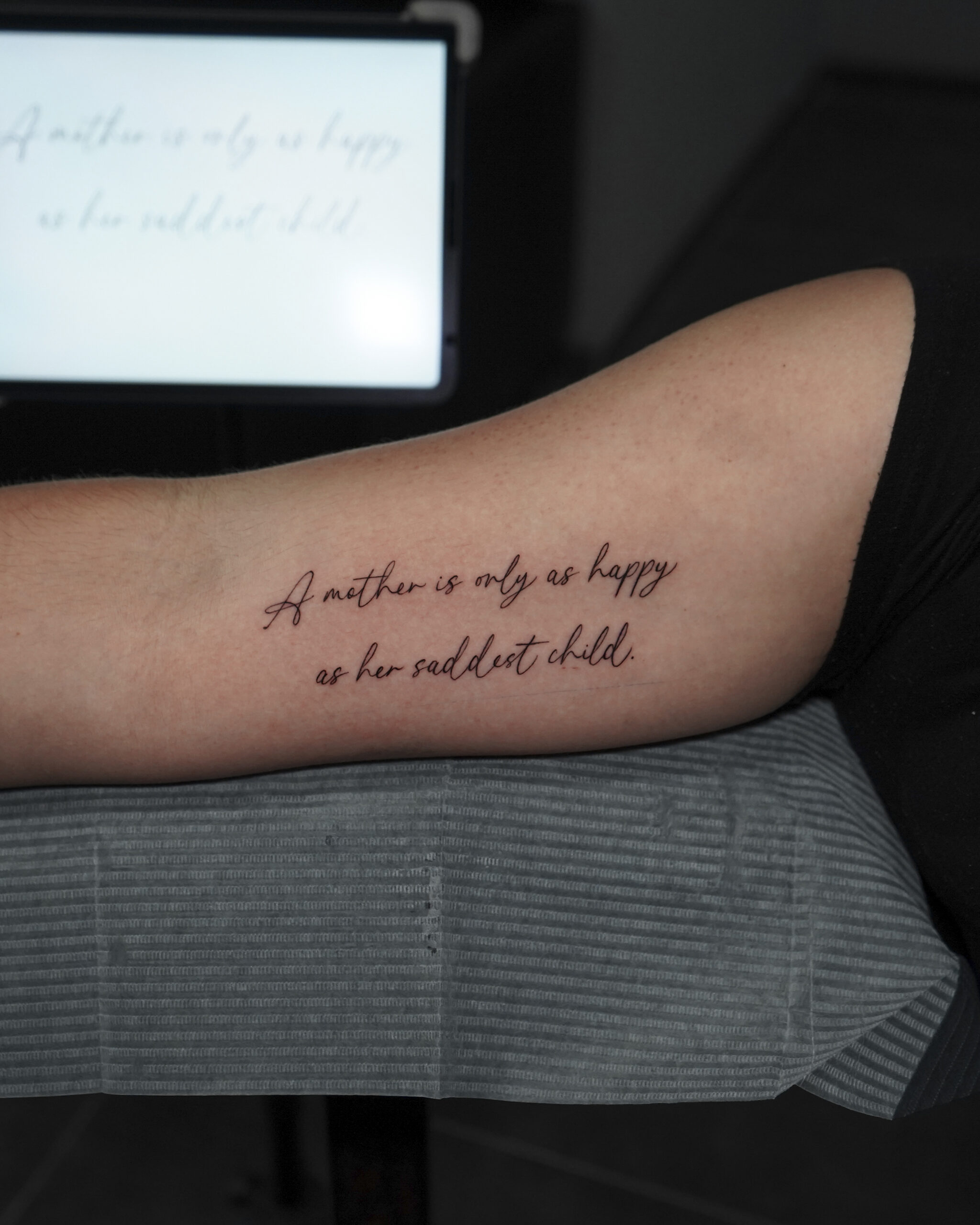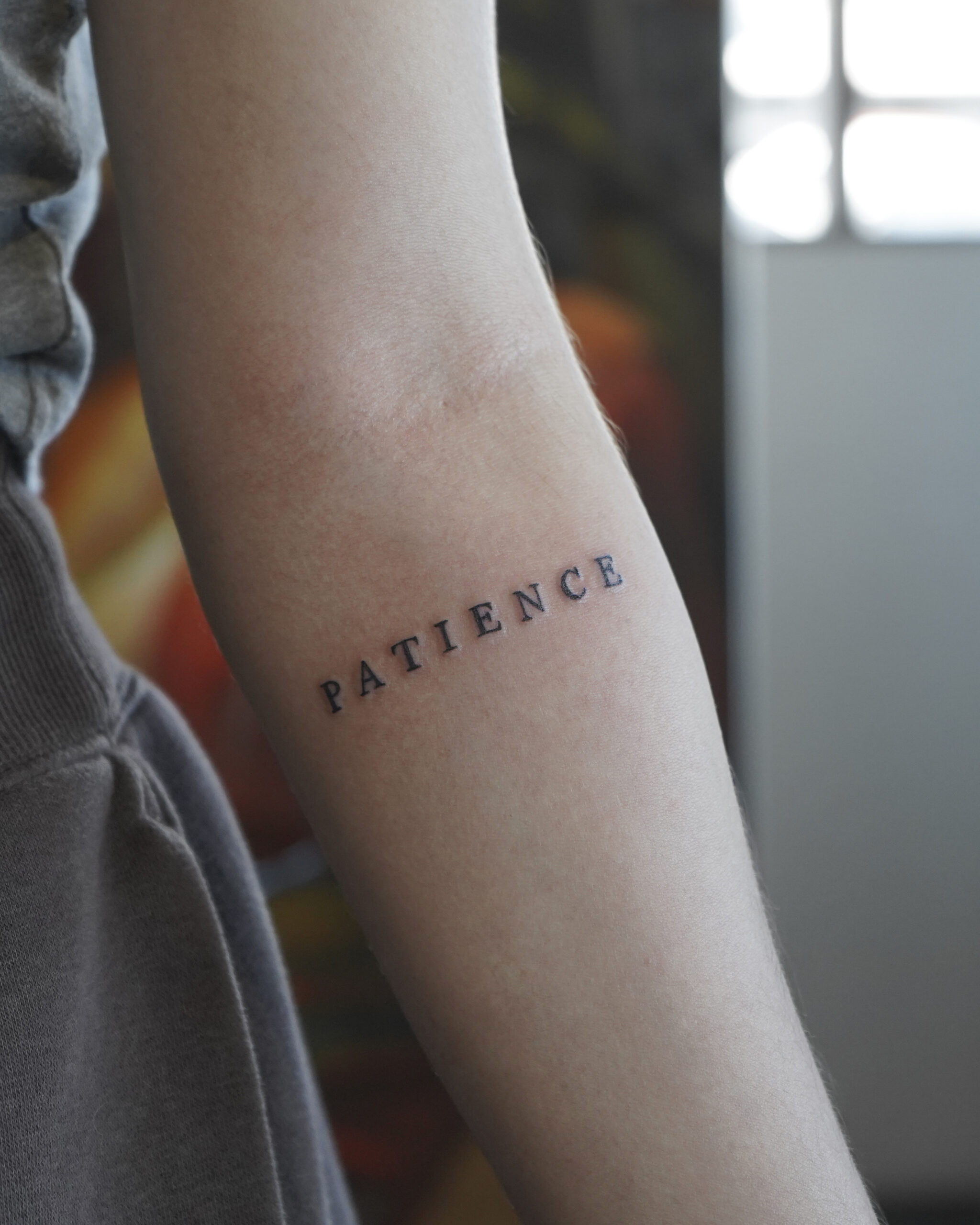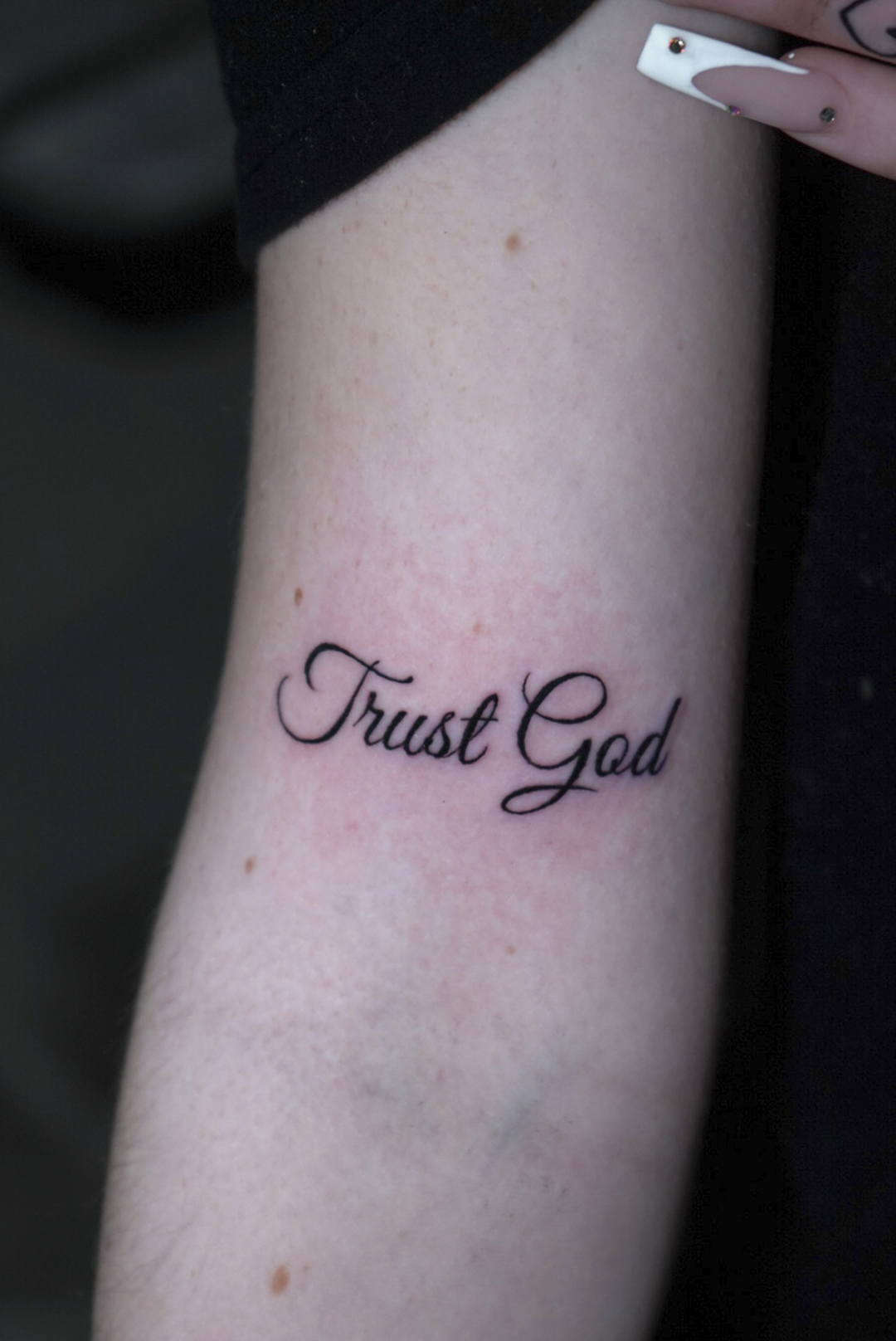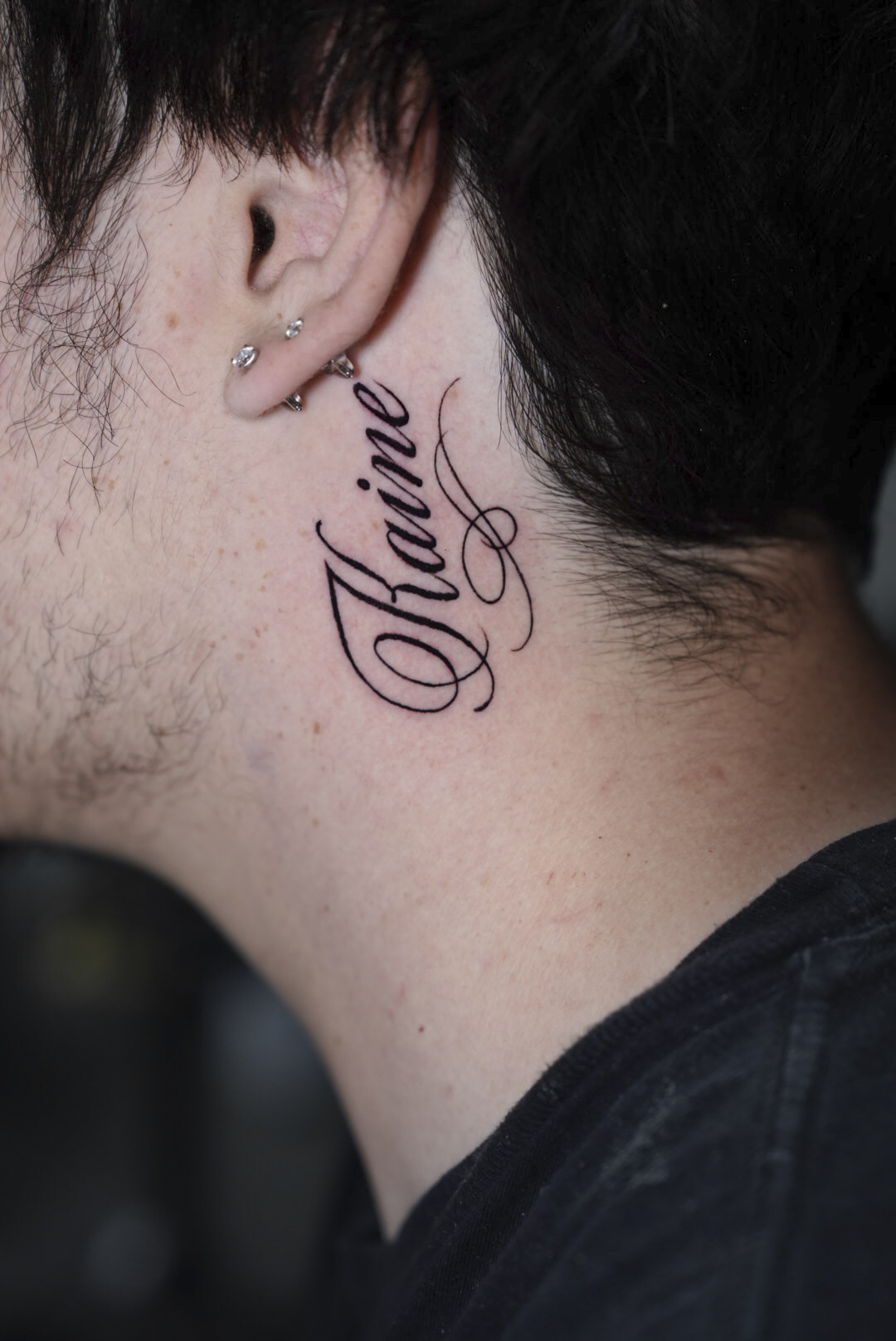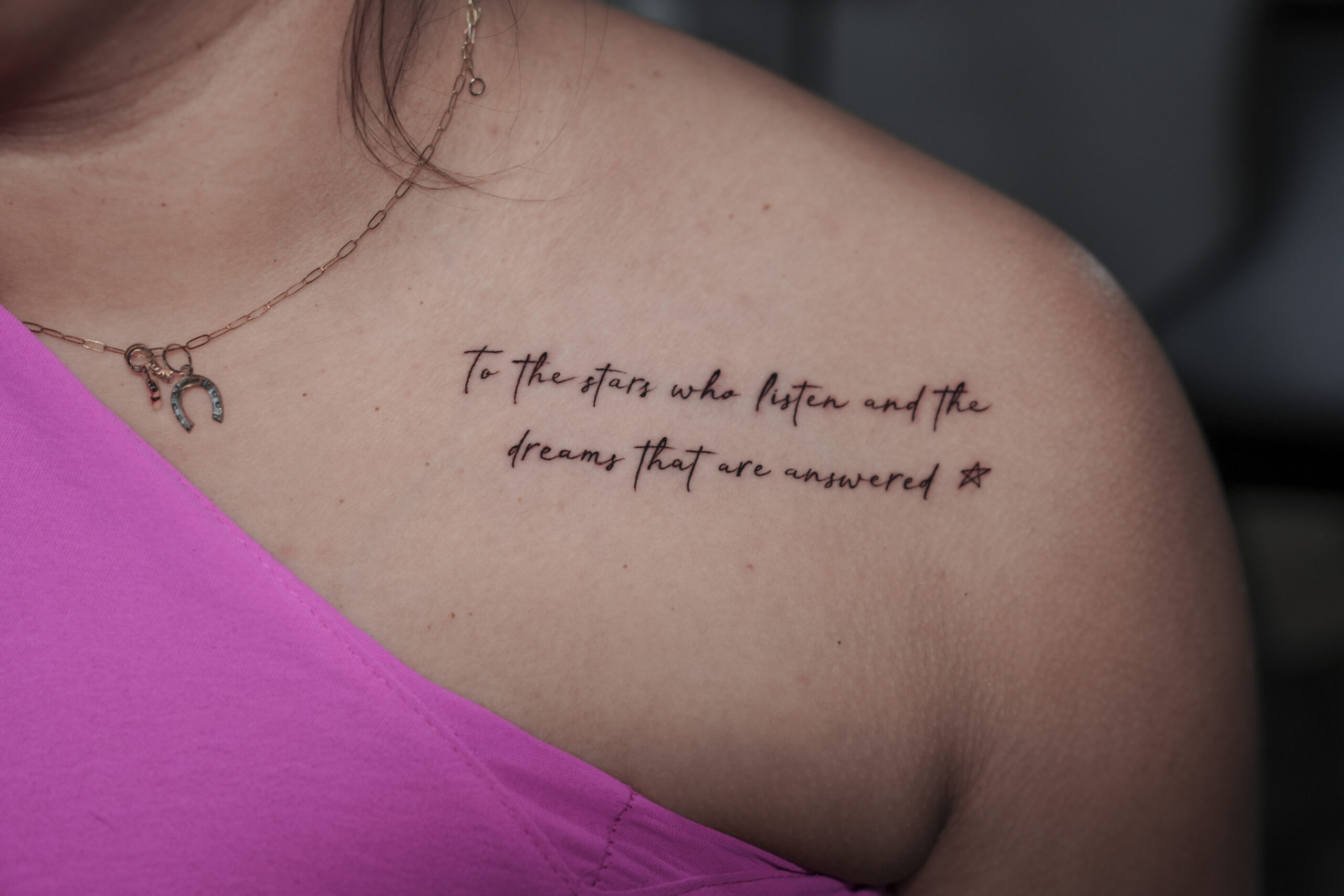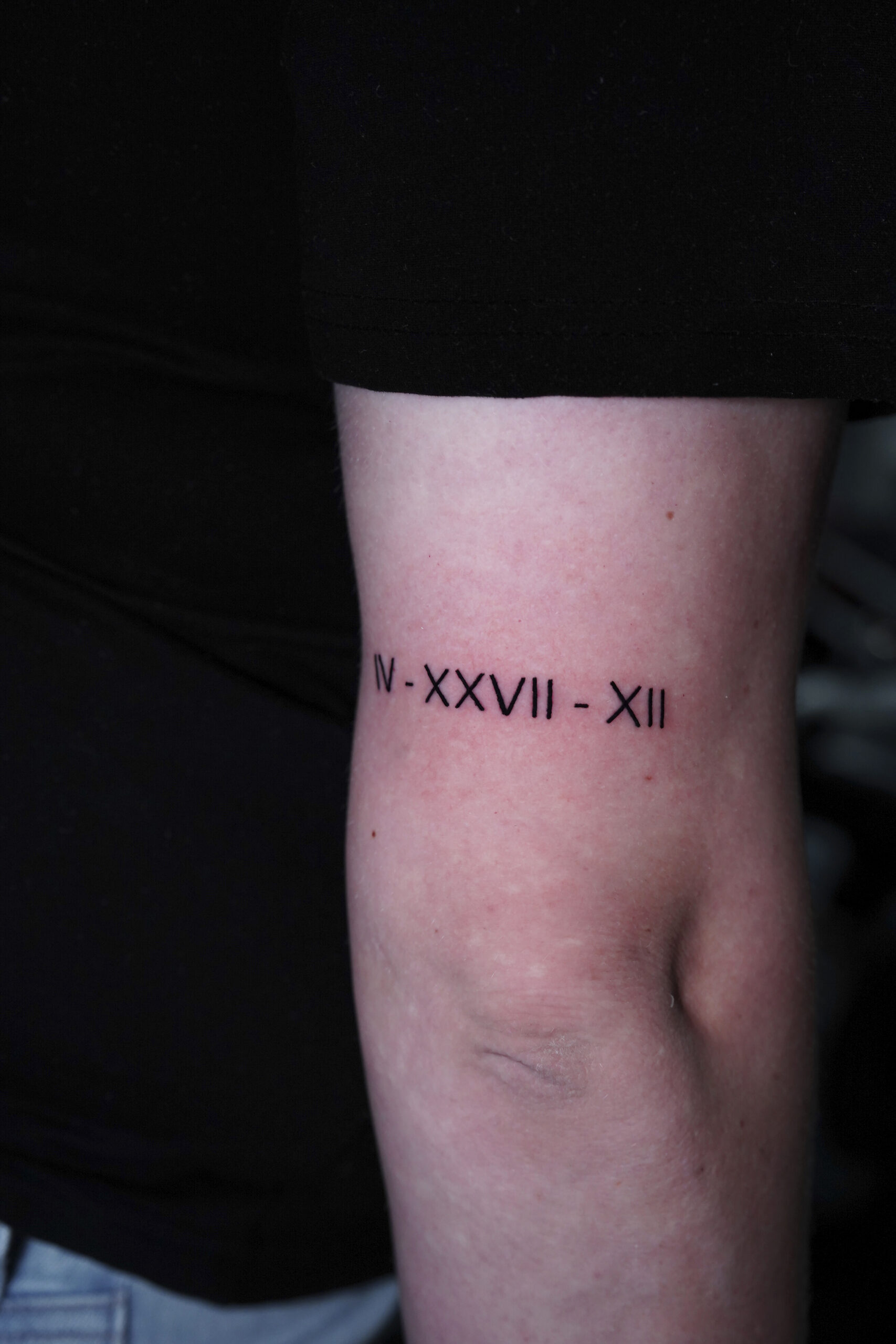Tattoo alterations is the process of modifying, enhancing, or partially covering existing tattoos.
People seek alterations for various reasons, including expanding a design, updating outdated styles, fixing uneven lines or patchy coloring, or adding new personal meaning. Knowing how to properly communicate with your tattoo artist can make the difference between a disappointing modification and achieving the exact changes you desire. This article guides you on how to ask your tattoo artist to alter your tattoo respectfully.

Understanding What Can Be Altered in a Tattoo
Before scheduling a modification consultation with your tattoo professional, it’s essential to have realistic expectations about what design changes are possible. The feasibility of tattoo alterations depends on factors including the ink age, the technical quality of the original work, the pigment types used, and your skin characteristics.
The feasibility of tattoo modifications varies significantly depending on your existing design and desired changes. Here’s what you should know about possible tattoo modification options:
- Adding details: Adding details, extending designs, or incorporating new elements into existing tattoos is generally the most straightforward type of alteration.
- Color modifications: Changing or refreshing colors is typically feasible, especially when going from lighter to darker shades. However, completely changing color schemes may have limitations.
- Size expansions: Expanding a tattoo by adding to its borders is generally achievable and can transform a smaller piece into part of a larger composition. However, size reduction is generally not possible without removal techniques.
- Cover-Ups: Completely hiding an existing tattoo with a new design requires specific techniques and is more complex. The success rate depends significantly on the darkness, size, and age of the original tattoo.
More challenging or potentially impossible alterations include:
- Complete removal through cover-up: Large, dark, or densely inked tattoos may not be fully concealable with new designs.
- Dramatic lightening: While some colors can be adjusted, significantly lightening dark ink typically requires laser treatments before a cover-up can be stenciled and applied.
- Precise removal of specific elements: Selectively removing certain parts while preserving others is extremely difficult without affecting the entire piece due to needle depth and ink dispersion in the dermal layer.

Things to Prepare Before Talking to a Tattoo Artist
Before scheduling a design consultation, consider the following preparation steps:
Clarify Your Vision: Be specific about what design elements you want changed. The more precise you can be about your aesthetic desires (whether it’s adding intricate details, covering unwanted portions, or changing color schemes), the better your tattoo professional can assess technical feasibility and artistic approach. Understanding how to choose a tattoo design becomes particularly important when considering alterations, as you’ll need to evaluate which elements complement your existing ink and which may conflict with the current composition.
Find visual examples of what you want: Collect reference images that illustrate the style, elements, or techniques you’d like incorporated into your altered tattoo. These visual aids are invaluable for communicating your vision clearly to your artist.
Document the Current State: Take clear, well-lit photographs of your existing body art from multiple angles. This provides a reference point for both you and your artist’s portfolio to discuss potential design modifications.Be prepared for additional costs and time – Alterations often require as much (or more) time and skill as original pieces, and pricing will reflect this. Budget accordingly and understand that quality modifications are an investment.
Learn more: What is a tattoo consultation will help you prepare more effectively for this crucial meeting

How to Ask Your Tattoo Artist to Alter Your Tattoo Respectfully
The communication approach you take when requesting design modifications can significantly impact your tattoo professional’s willingness to work with you and the overall studio experience. Licensed artists are skilled professionals who take pride in their creative work, and acknowledging this artistic integrity is crucial to maintaining a positive client-artist relationship. Here’s how to have this conversation respectfully:
- Start with appreciation: Begin by expressing genuine appreciation for their origin#image_titleal artwork. For example:”I really value your work and have enjoyed having this tattoo, but I’ve been thinking about making some adjustments to it.”
- Use “I” statements to avoid sounding accusatory: Frame your request in terms of your evolving aesthetic preferences rather than suggesting technical mistakes were made. Instead of “You didn’t make this part right,” try “I feel like this area could be enhanced to better match my vision.”. Or instead of “The shading technique looks wrong,” try “I’ve been thinking I’d prefer a different approach to the shadow work in this area.”
- Offer visuals to explain changes clearly: “I’ve brought some reference images that show the kind of details I’m hoping we could add to this section.”
- Ask for their professional perspective: Phrases like “What tattooing technique would work best to achieve this visual effect?” acknowledge their specialized knowledge and invite artistic partnership. Coming prepared with the right questions to ask your tattoo artist will demonstrate your commitment to the collaborative process and help ensure both of you are aligned on expectations and technical feasibility.
Sample polite request:
“Hi [Artist’s Name], thanks again for the amazing craftsmanship you put into my tattoo. I’ve been living with this body art for a while now, and I was wondering if we could discuss some subtle design enhancements that I think would make the composition even better.”
“I’ve been thinking about evolving the concept of my tattoo to reflect some new symbolic elements in my life. Would you be open to exploring some artistic additions to the original design layout?”
Things to avoid during this conversation: blaming or criticizing harshly, comparing them to other artists and expecting free work.

Things to Consider Before Altering Your Tattoo
Before proceeding with tattoo alterations, take these important factors into consideration:
- Age of the tattoo – Newer tattoos (less than a year old) may still be settling, while very old tattoos might require different approaches due to fading or spreading.
- Skin condition – The quality and condition of your skin in the tattooed area will affect what modifications are possible.
- Realistic expectations – Understand that some dramatic changes may not be fully achievable; be open to compromise solutions.
- Artist selection – If you’re not returning to the original tattoo creator, finding someone specialized in rework techniques and cover-up artistry is crucial.
- Future-proofing – Think about whether this alteration will satisfy you long-term or if you might want further changes later.
Why Choose Hyper Inkers for Your Tattoo Alterations
When you’re ready to transform your existing tattoo, Hyper Inkers stands among the best tattoo parlor in San Antonio Tx for professional modifications and alterations. Located at 8045 Callaghan Rd, just 10 minutes from the airport, our award-winning studio combines artistic excellence with the highest safety standards to deliver exceptional results for every client seeking tattoo enhancements.
- World-Class Artists: Our team boasts 15+ years of experience with 30+ international trophies and awards from prestigious conventions worldwide
- Artistic Excellence: Each artist brings unique expertise in blending traditional and modern techniques to create one-of-a-kind masterpieces
- Safety First: State-of-the-art sterilization and sanitation practices ensure a clean, secure environment for every procedure
- Proven Track Record: Over 10,000 completed tattoos demonstrate our commitment to quality and client satisfaction
Note: This article provides general guidance on tattoo modification options. Individual experiences may vary based on specific circumstances, ink characteristics, and artistic techniques. Always schedule a professional consultation with a licensed tattoo artist for advice tailored to your unique situation.
A successful tattoo modification balances your evolving personal vision with technical realities. Preparing thoroughly before the conversation, approaching your artist with respect and clarity, and carefully considering all factors involved in the modification process, you can successfully transform your tattoo into something that better aligns with your current vision. Remember that open communication and mutual respect between you and your tattoo artist are the foundations of achieving the best possible outcome for your altered tattoo.


